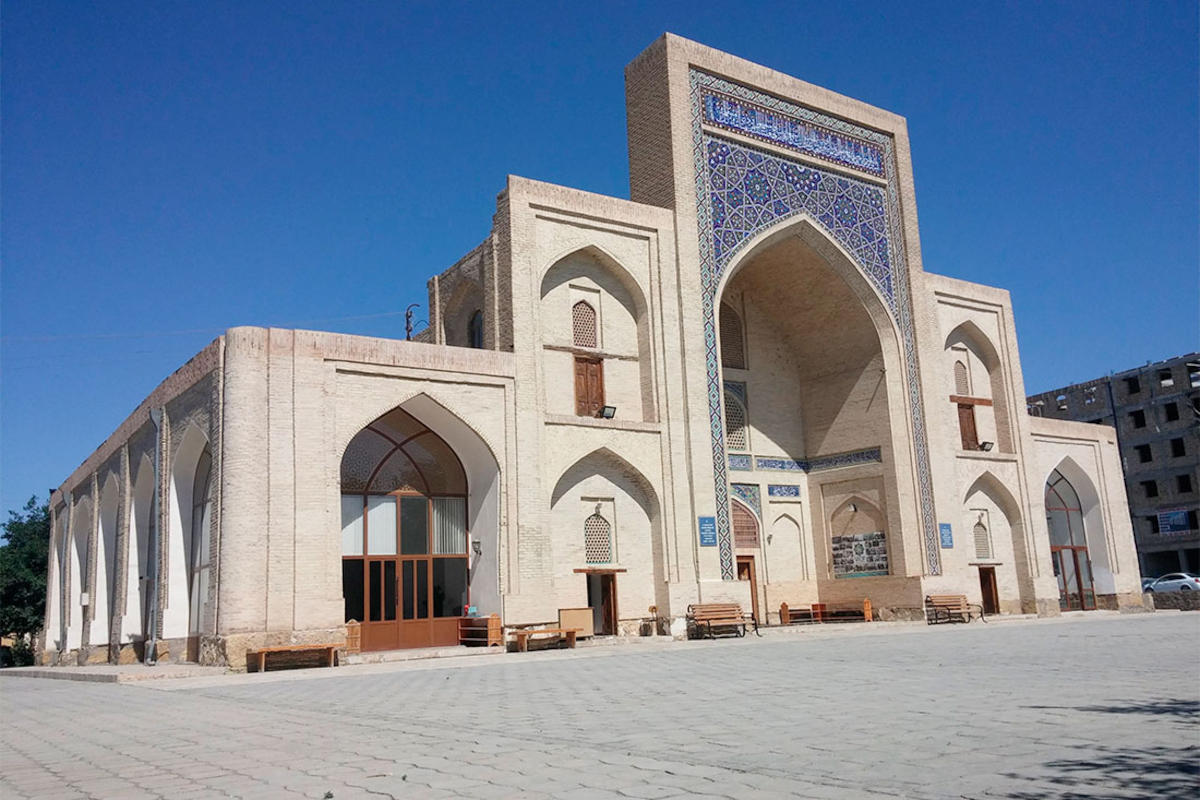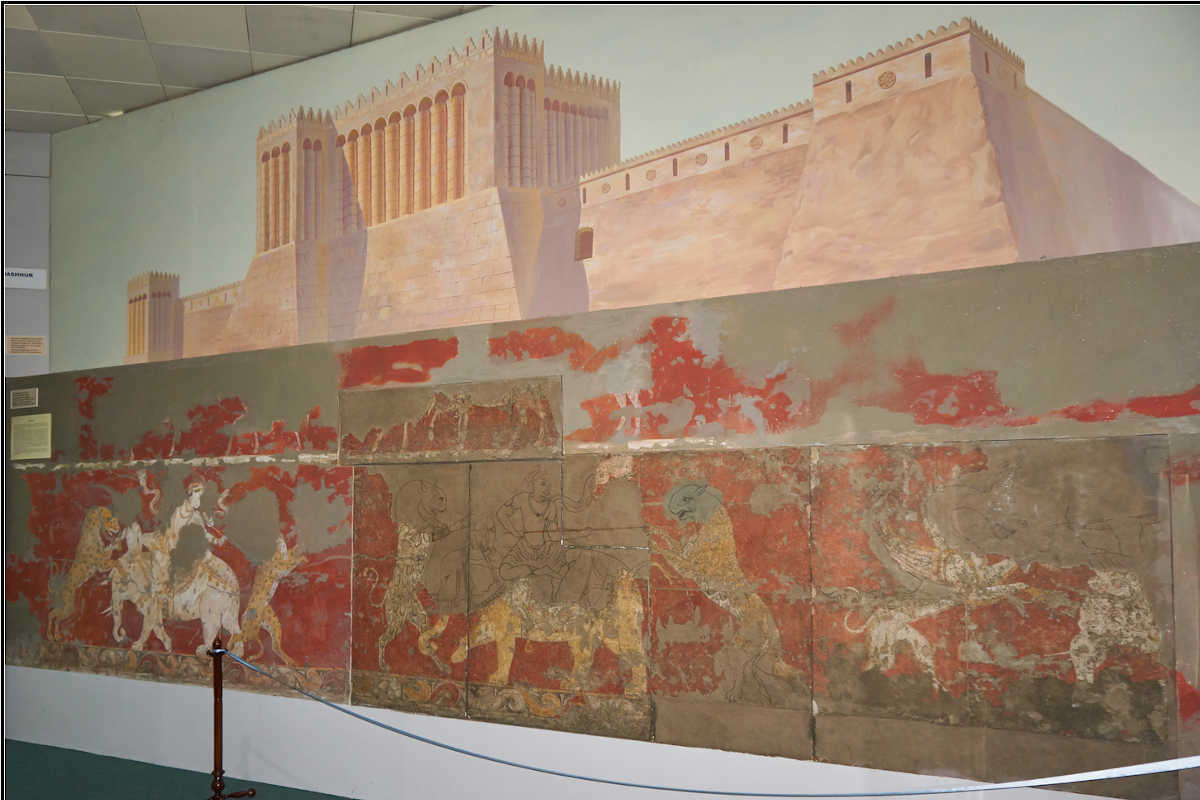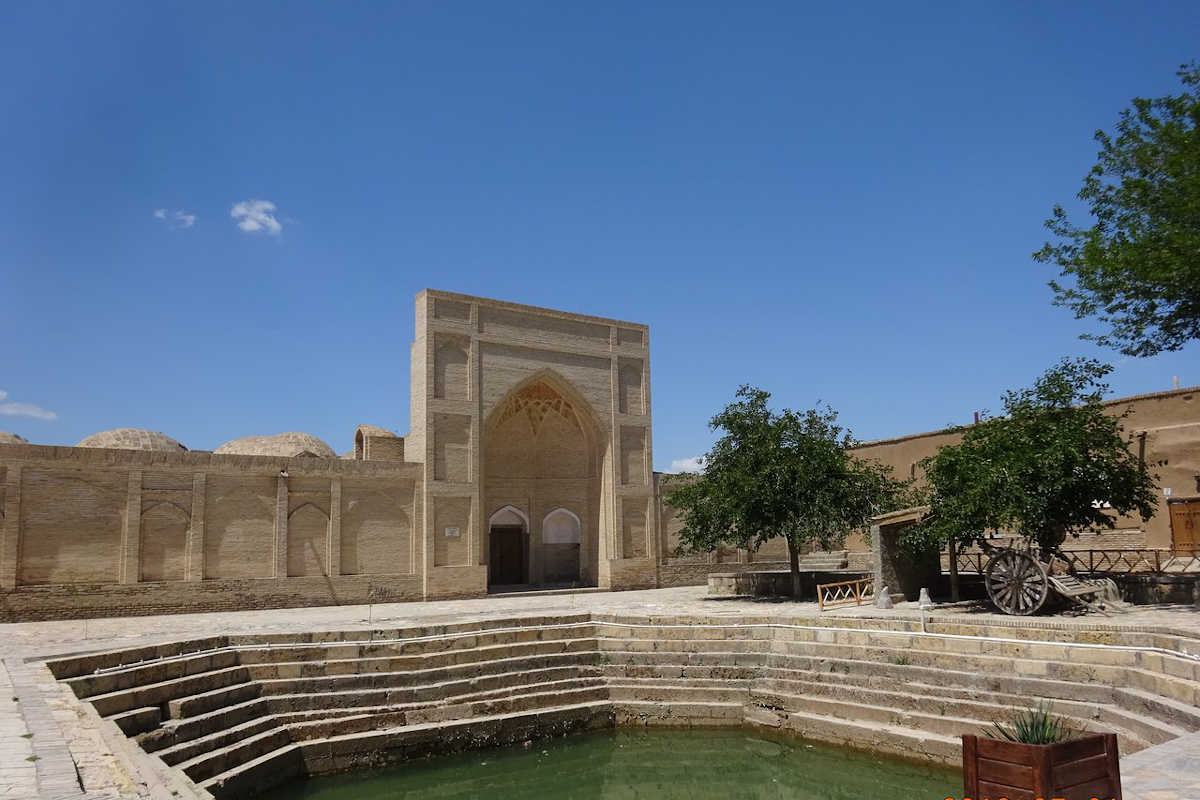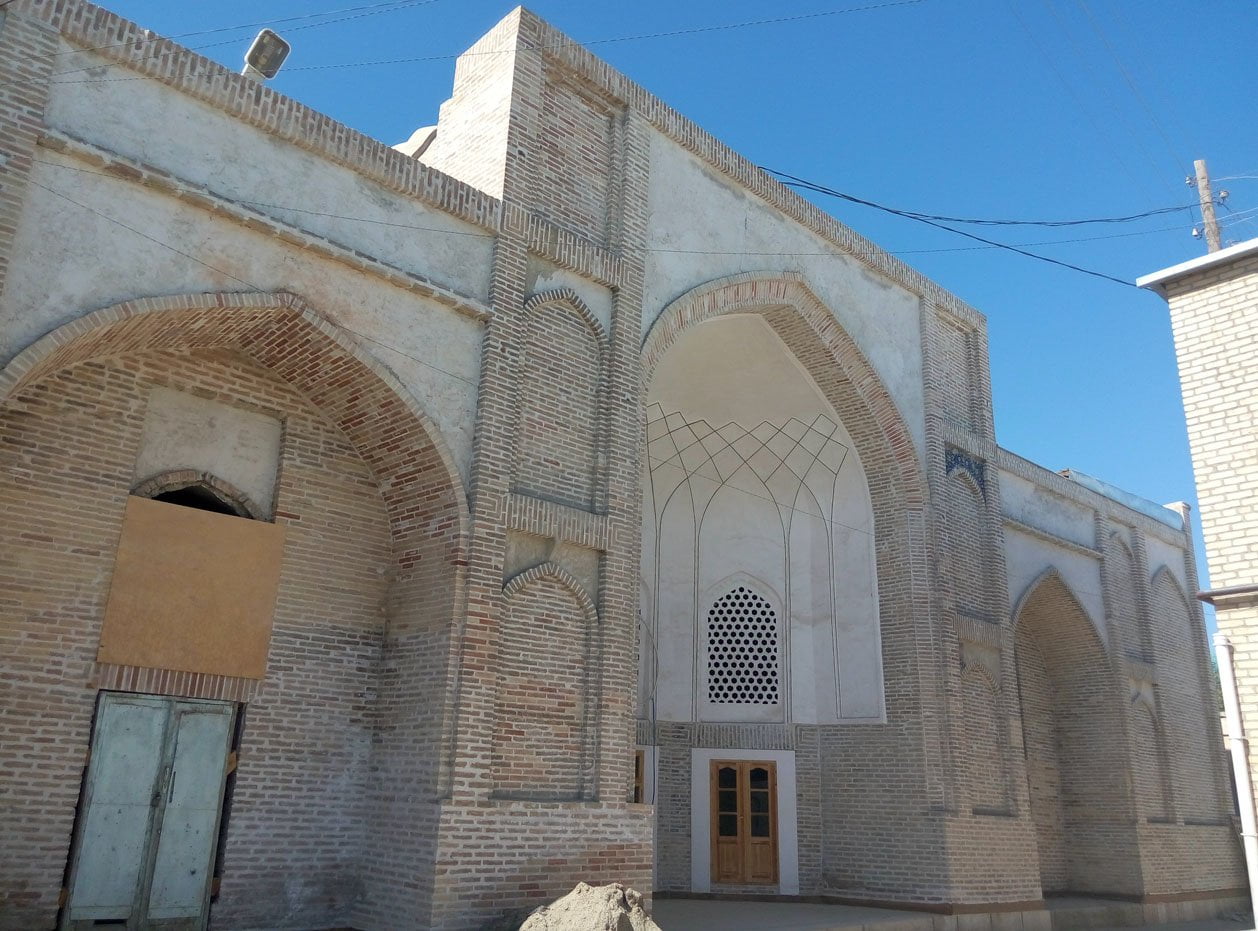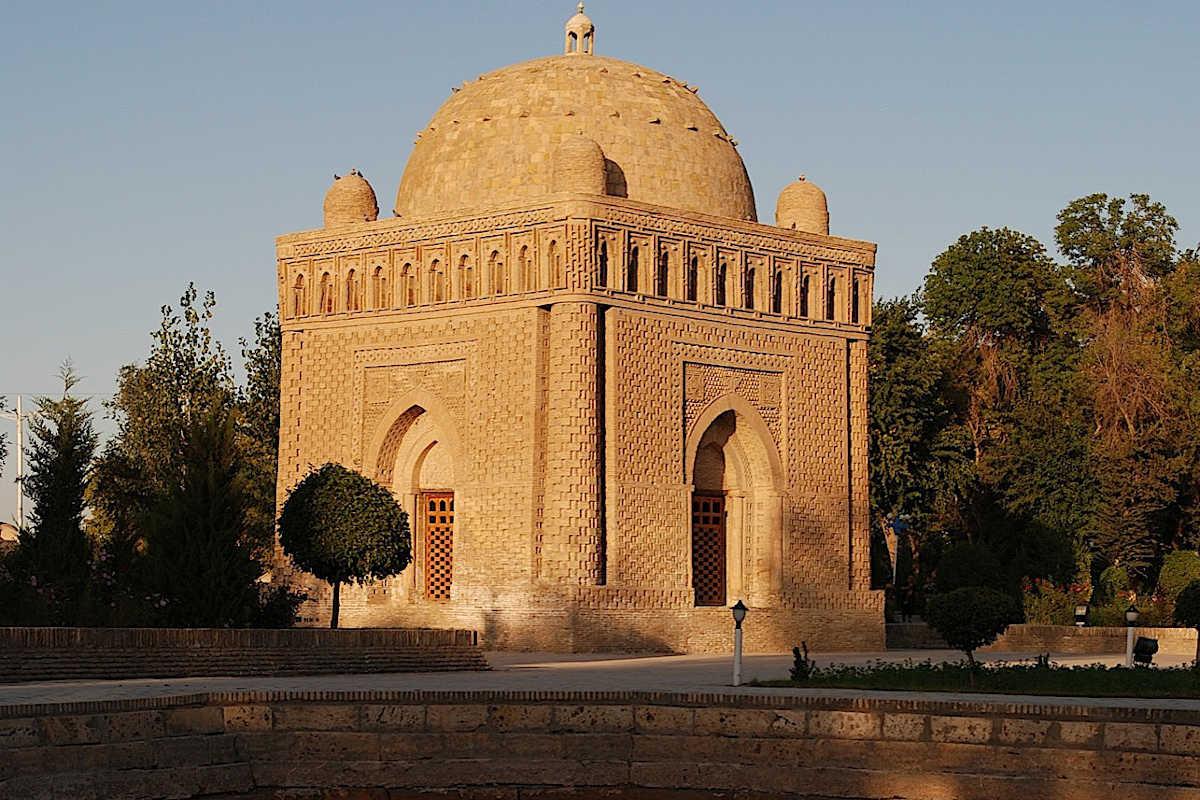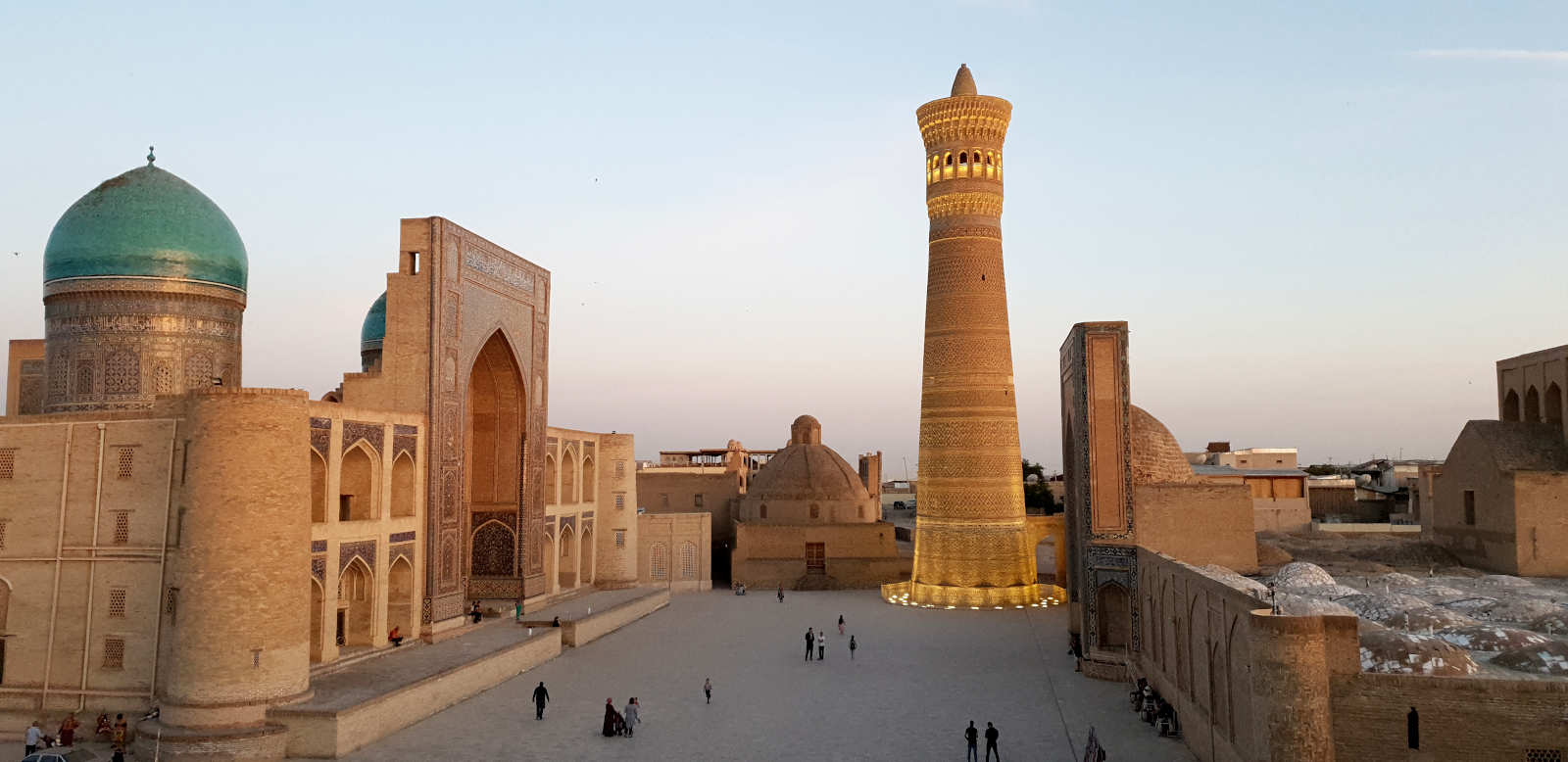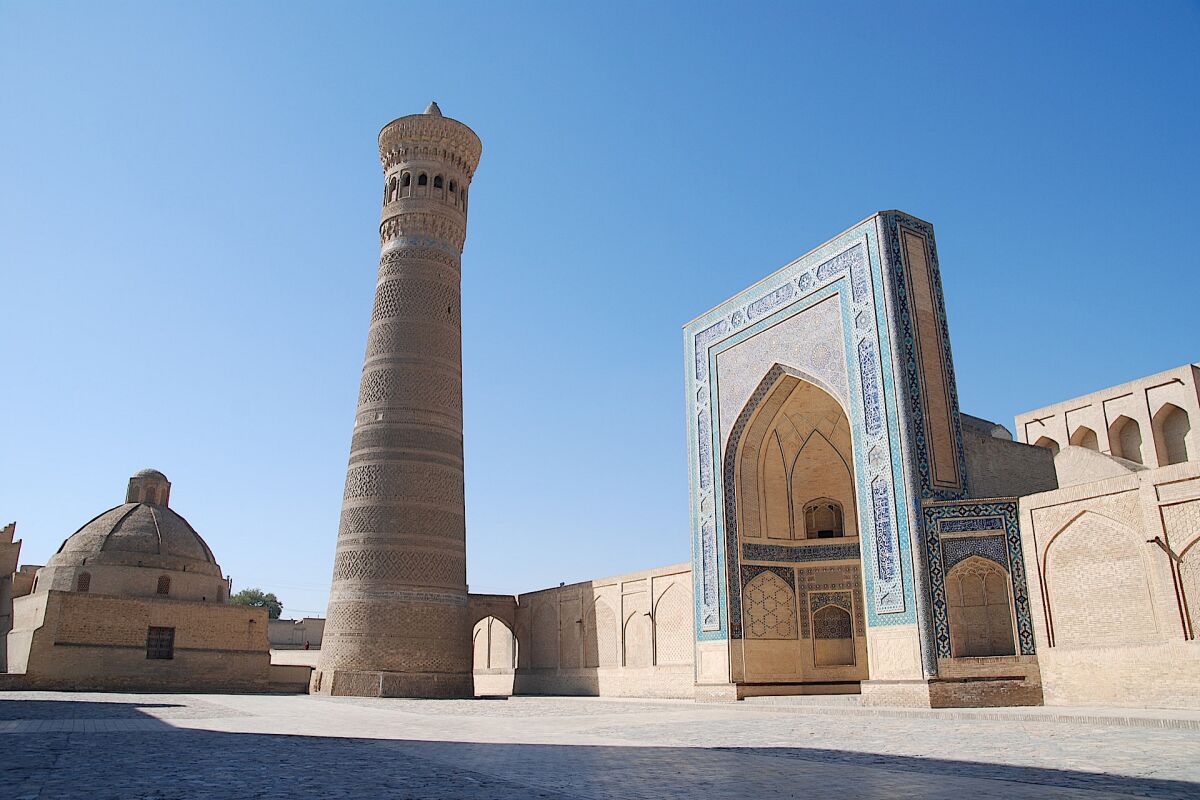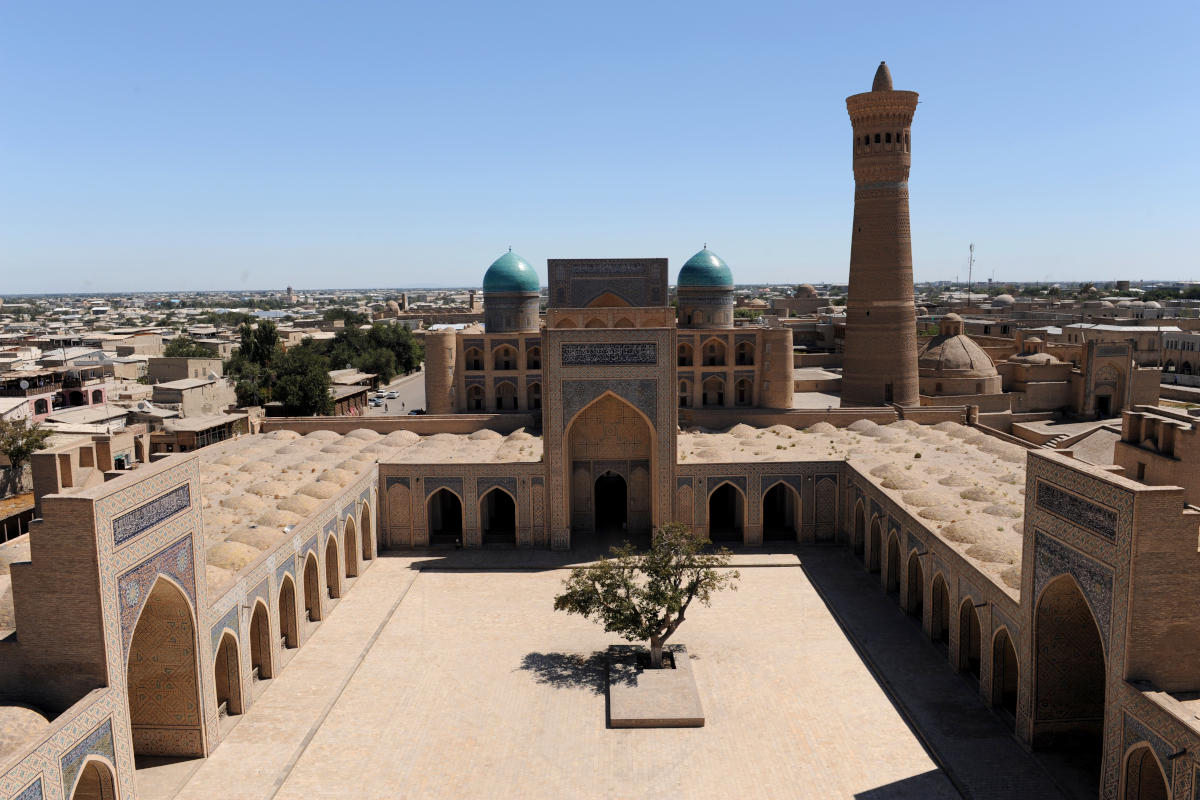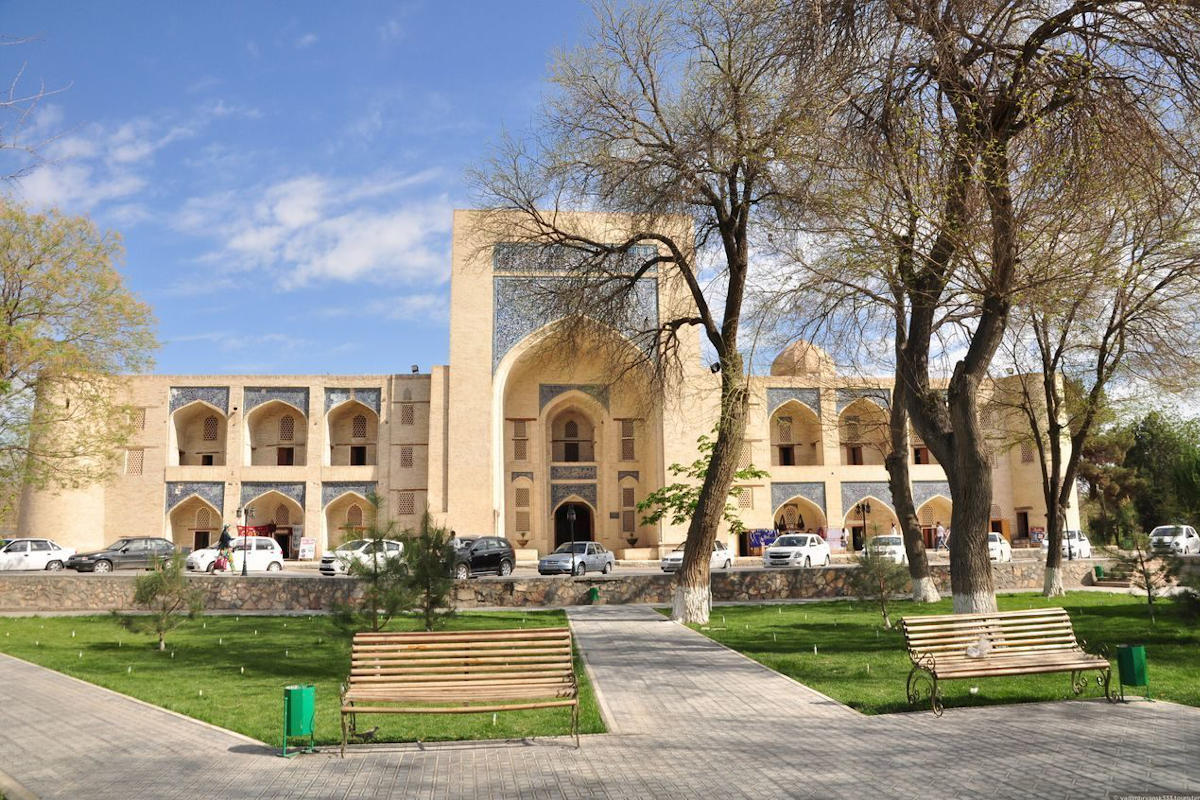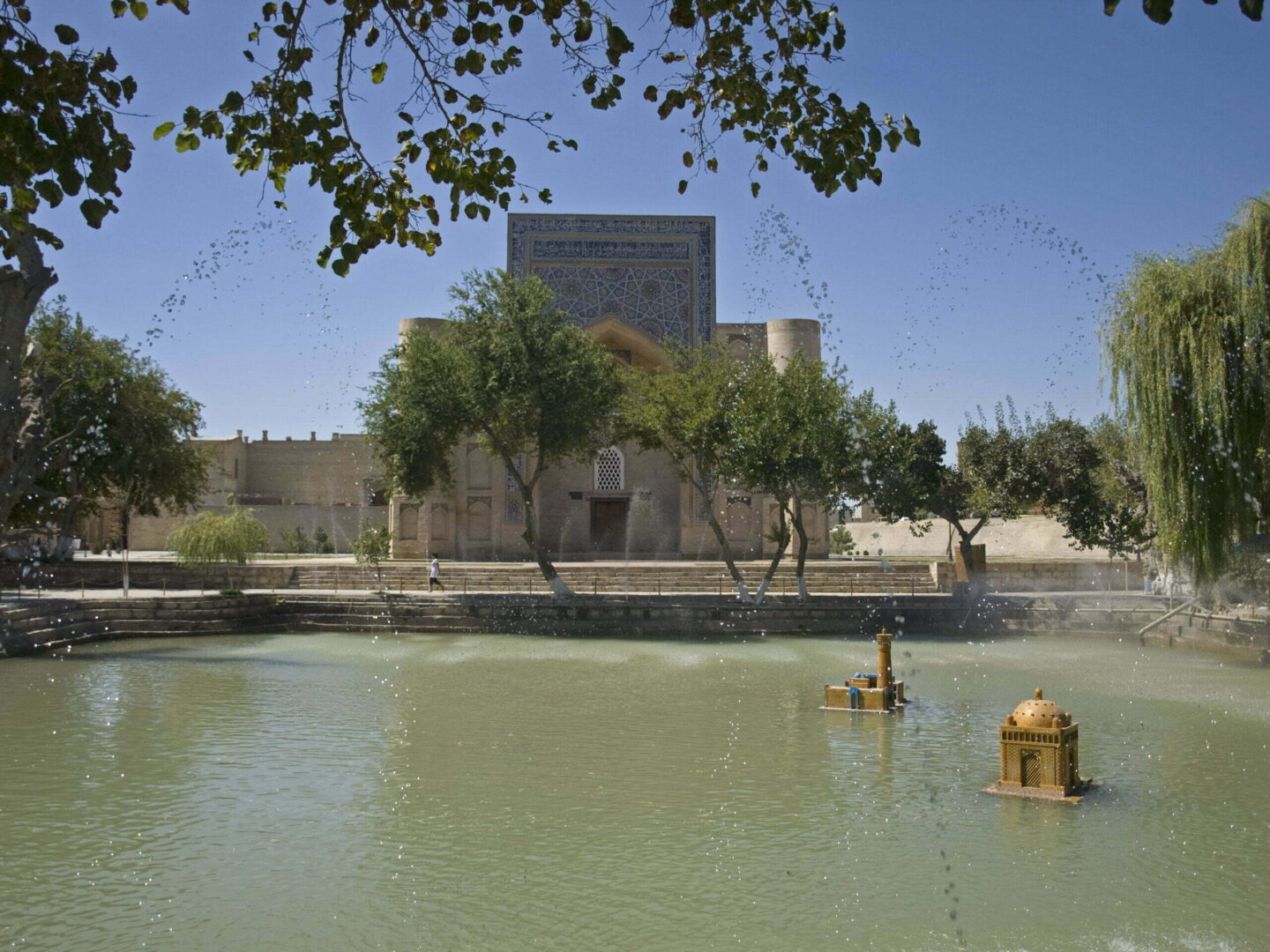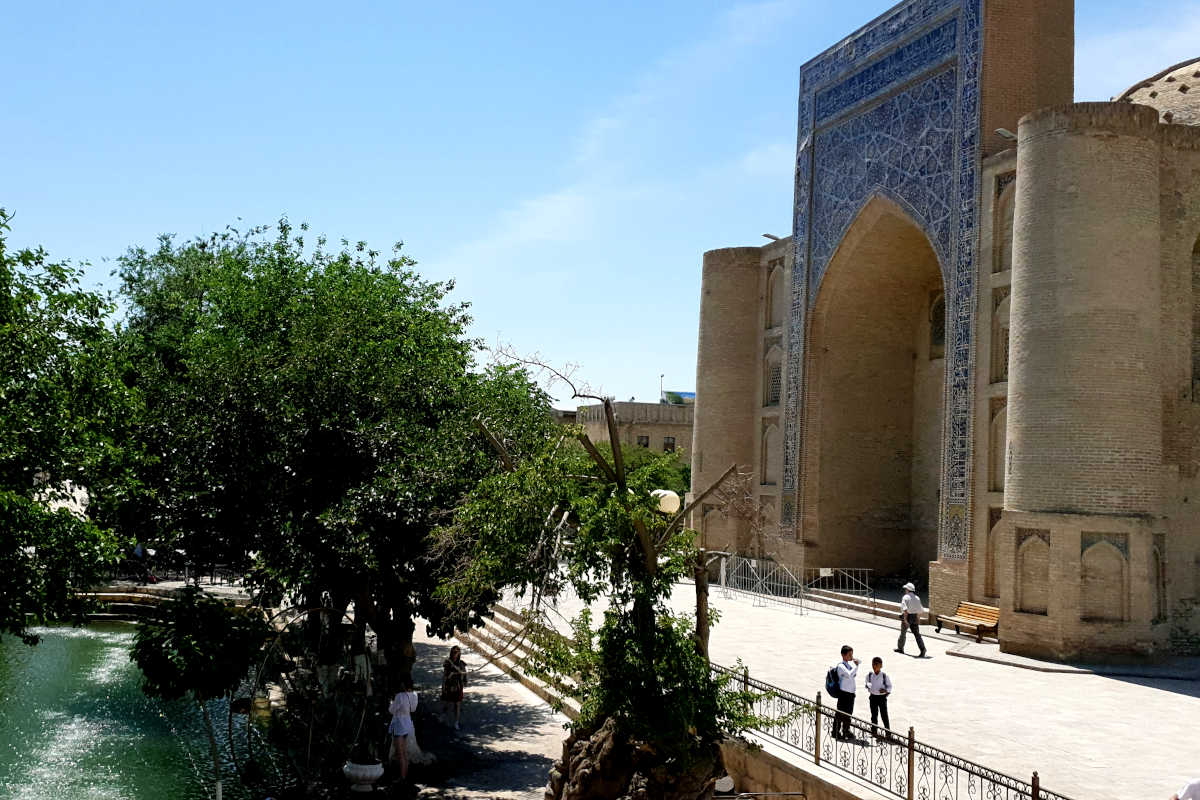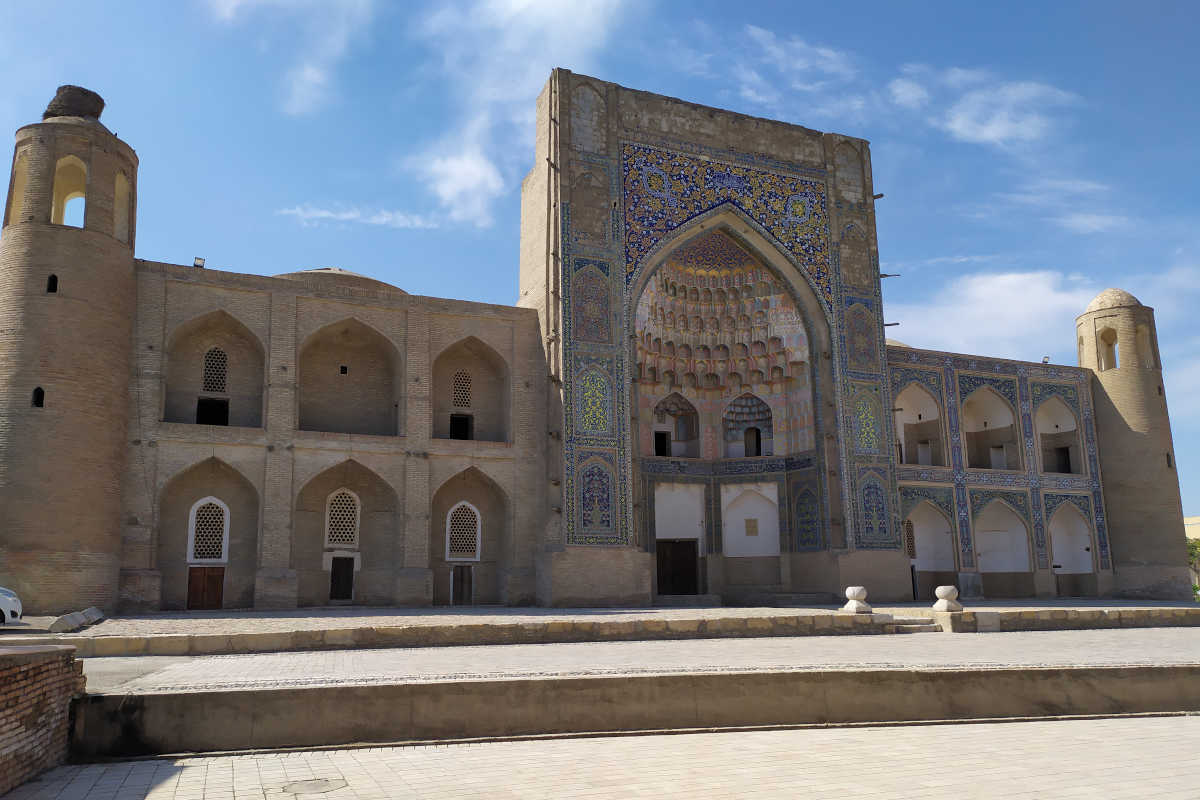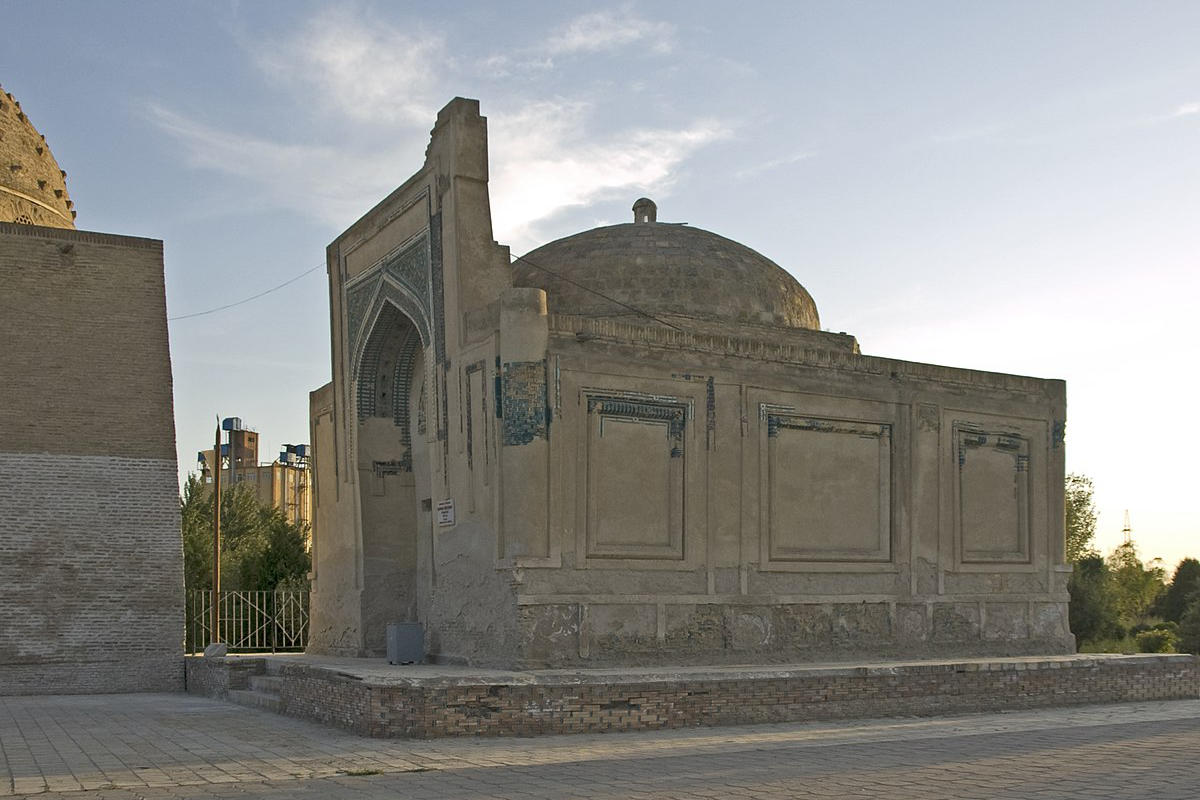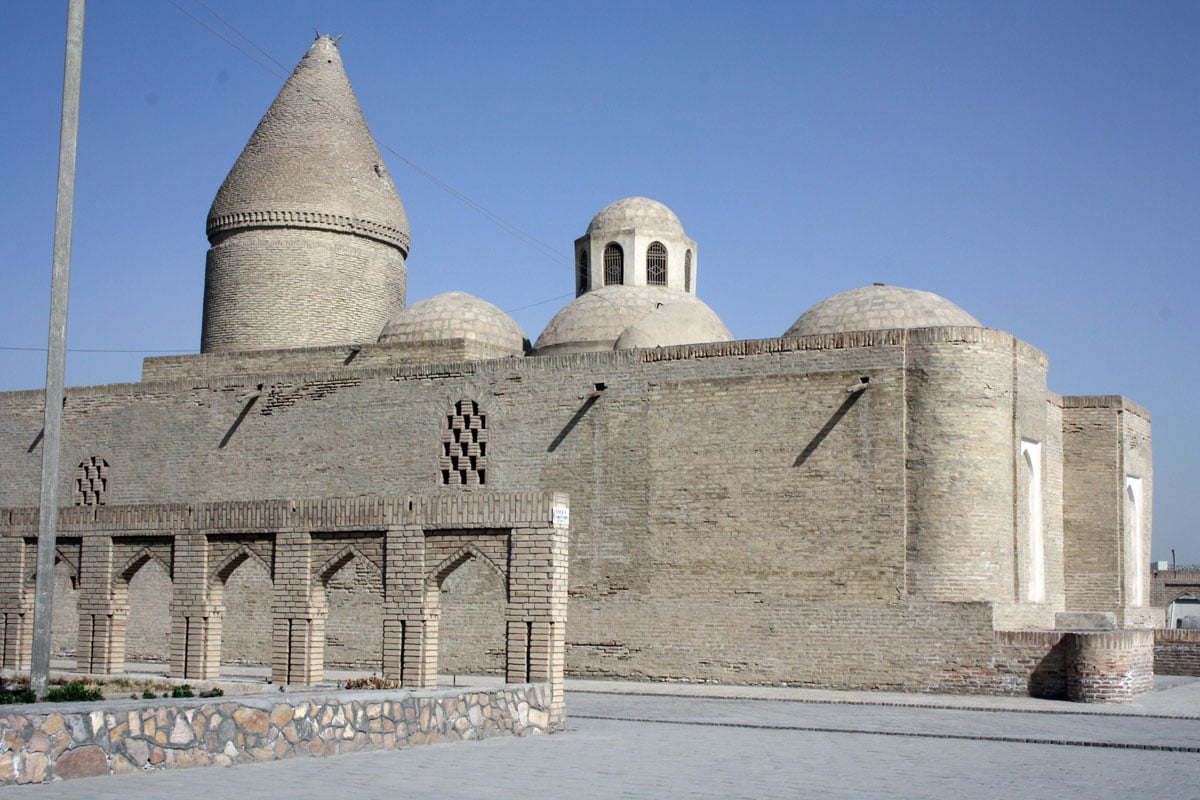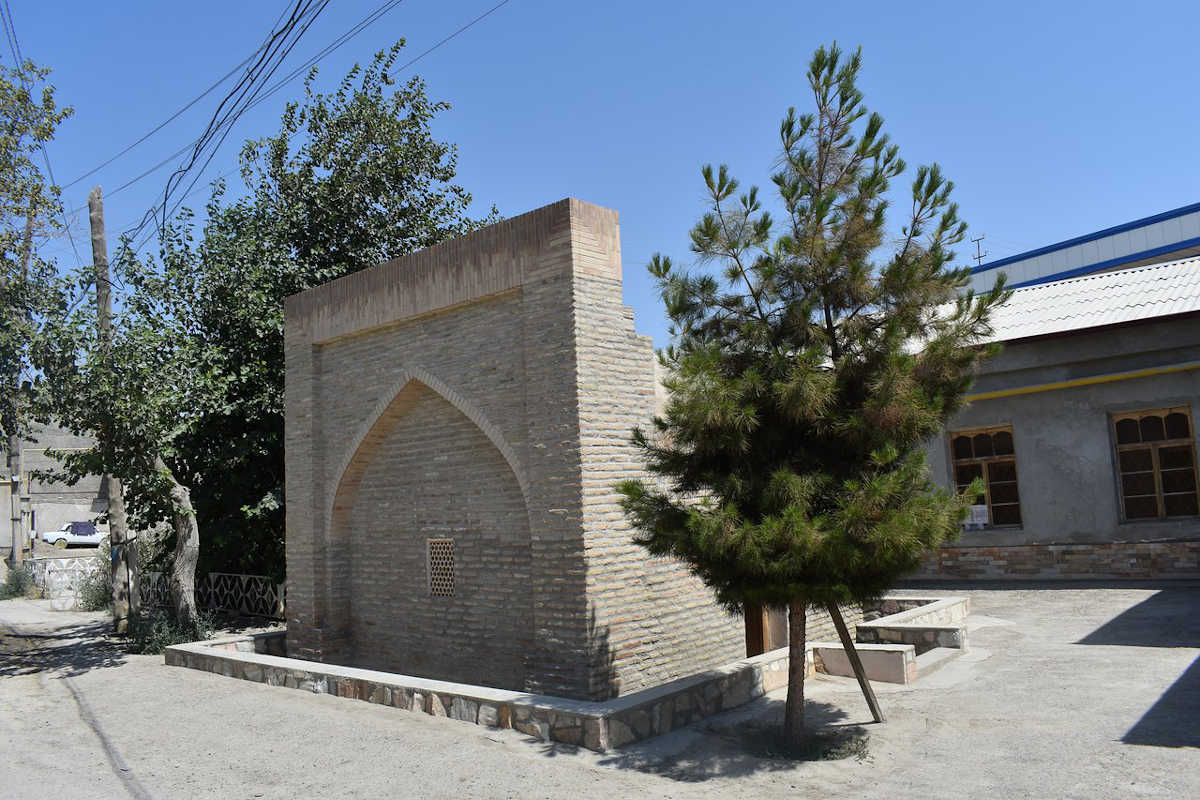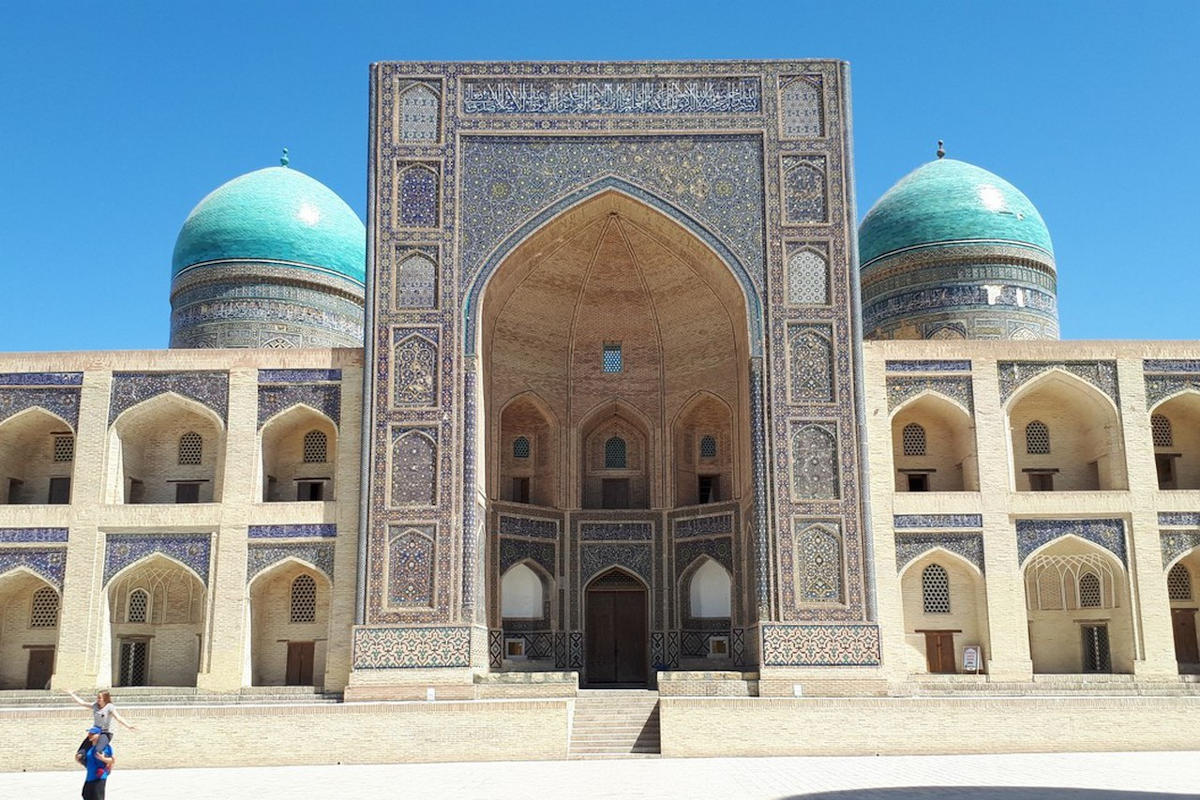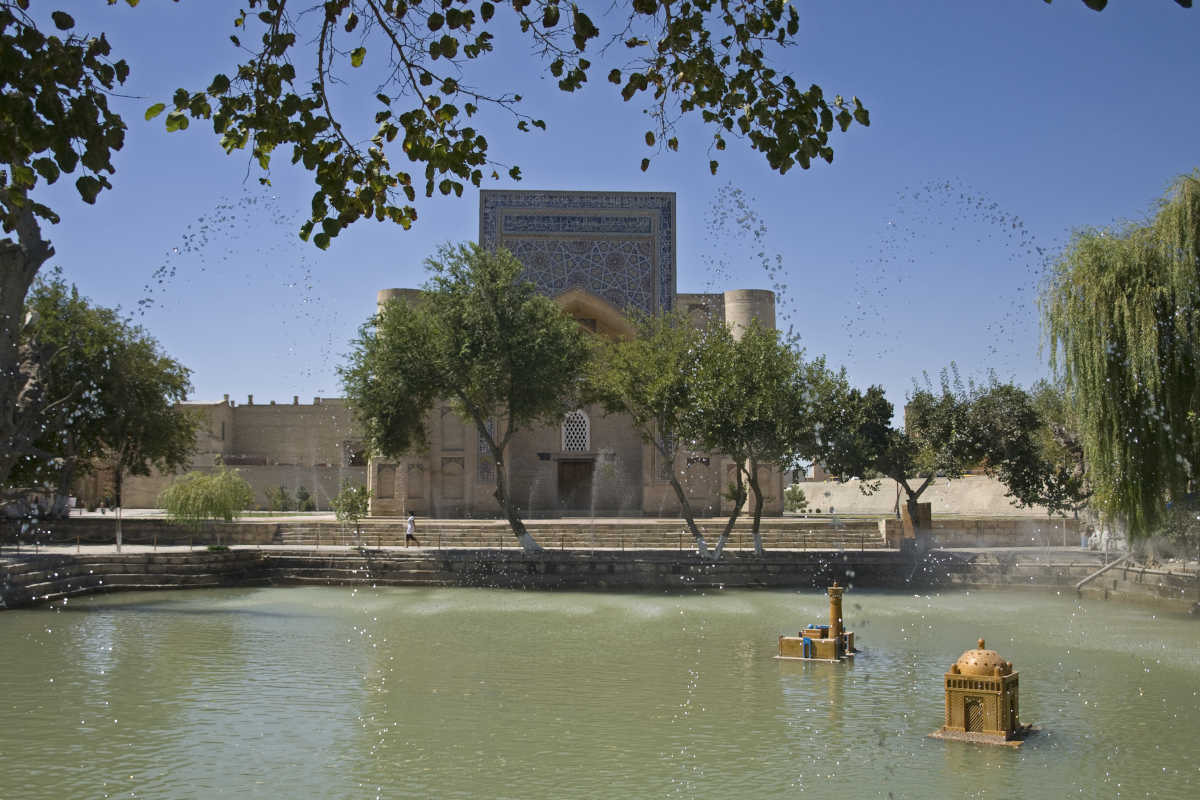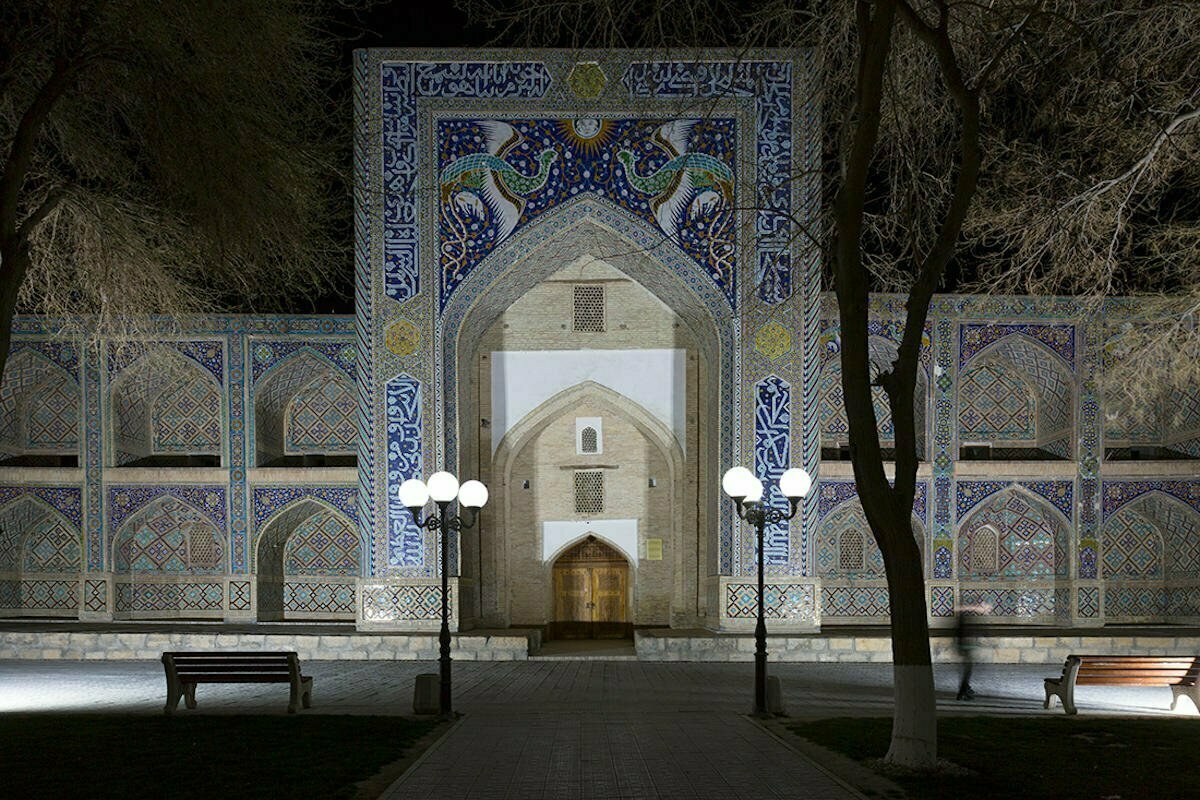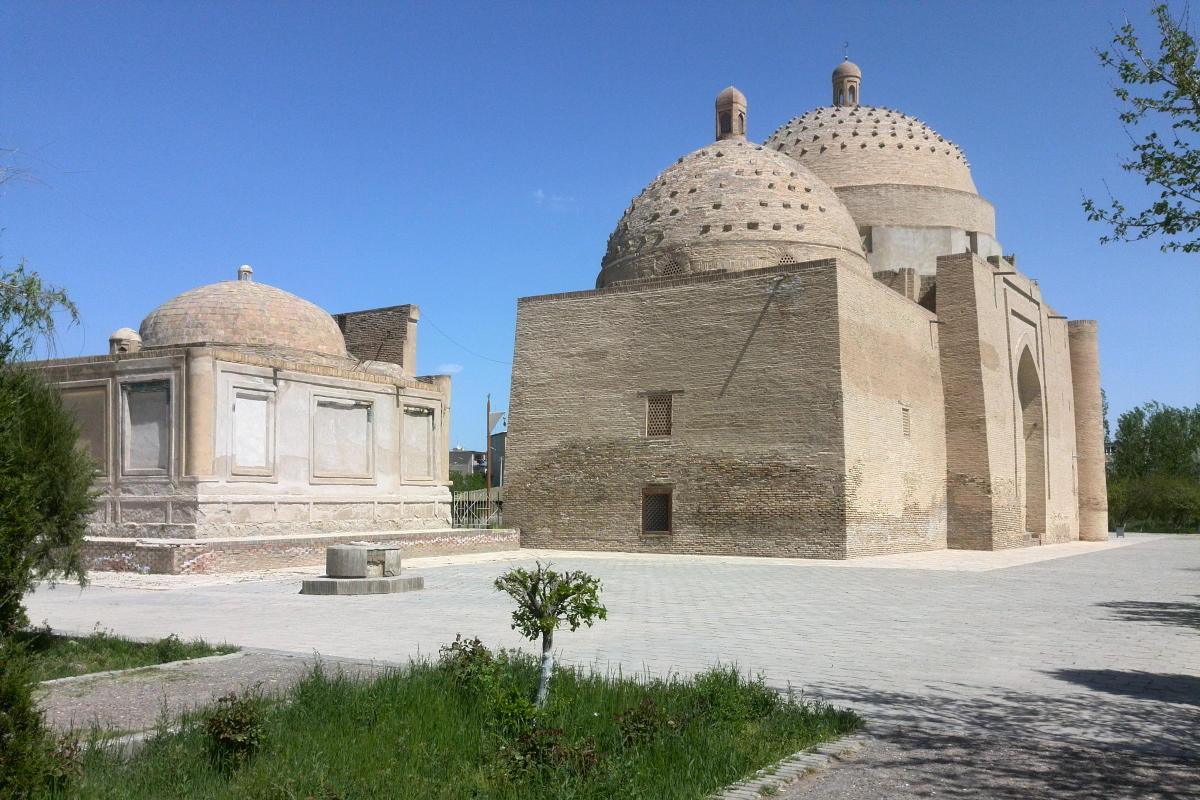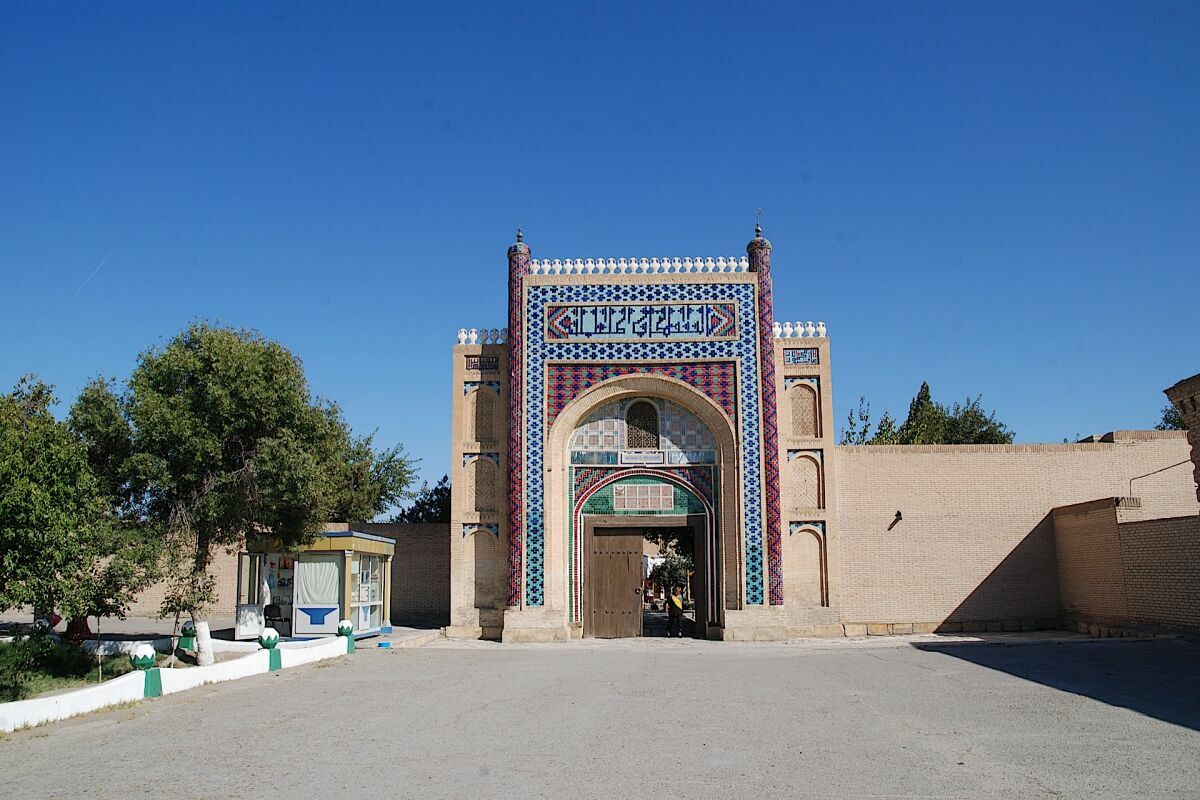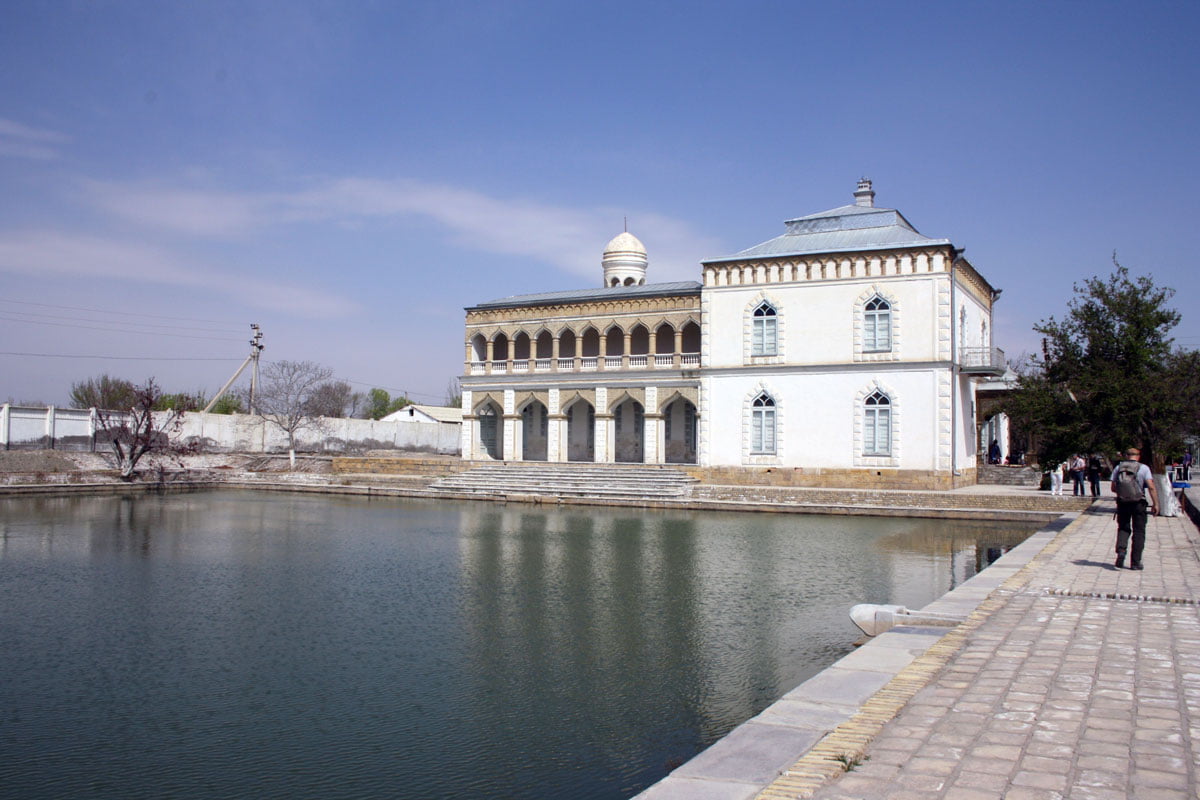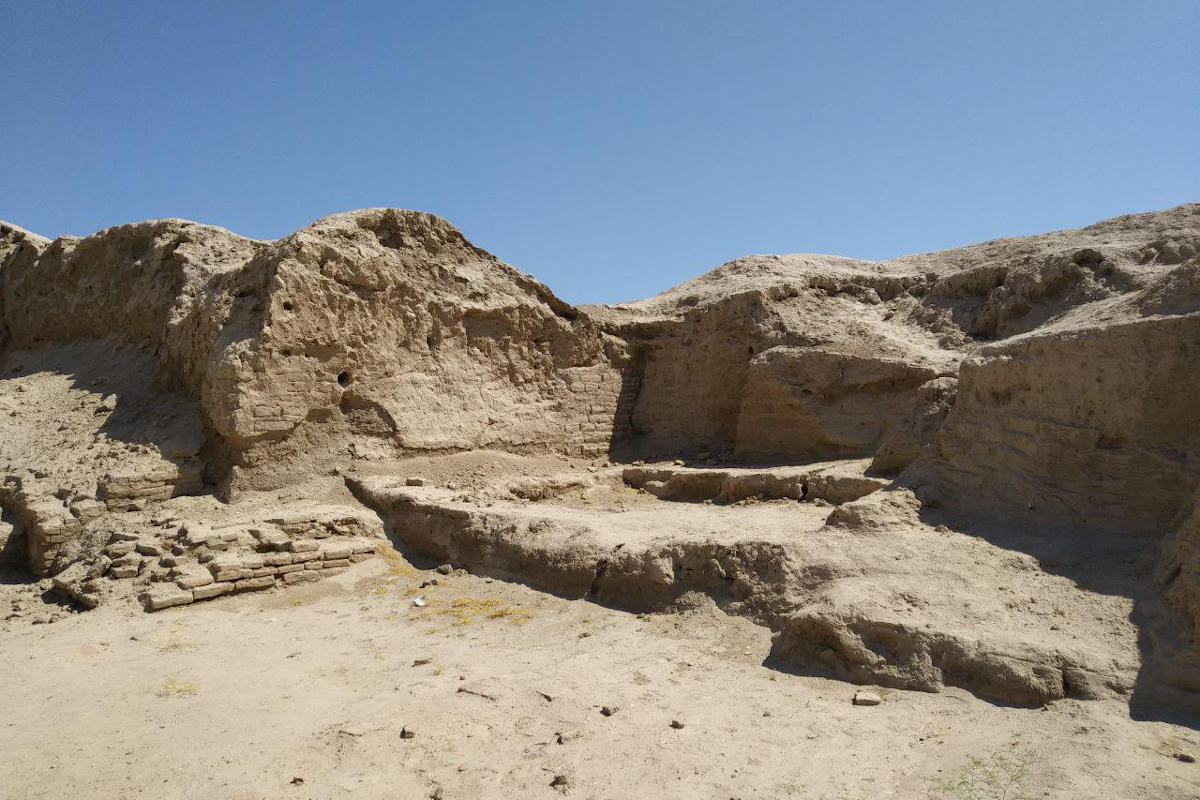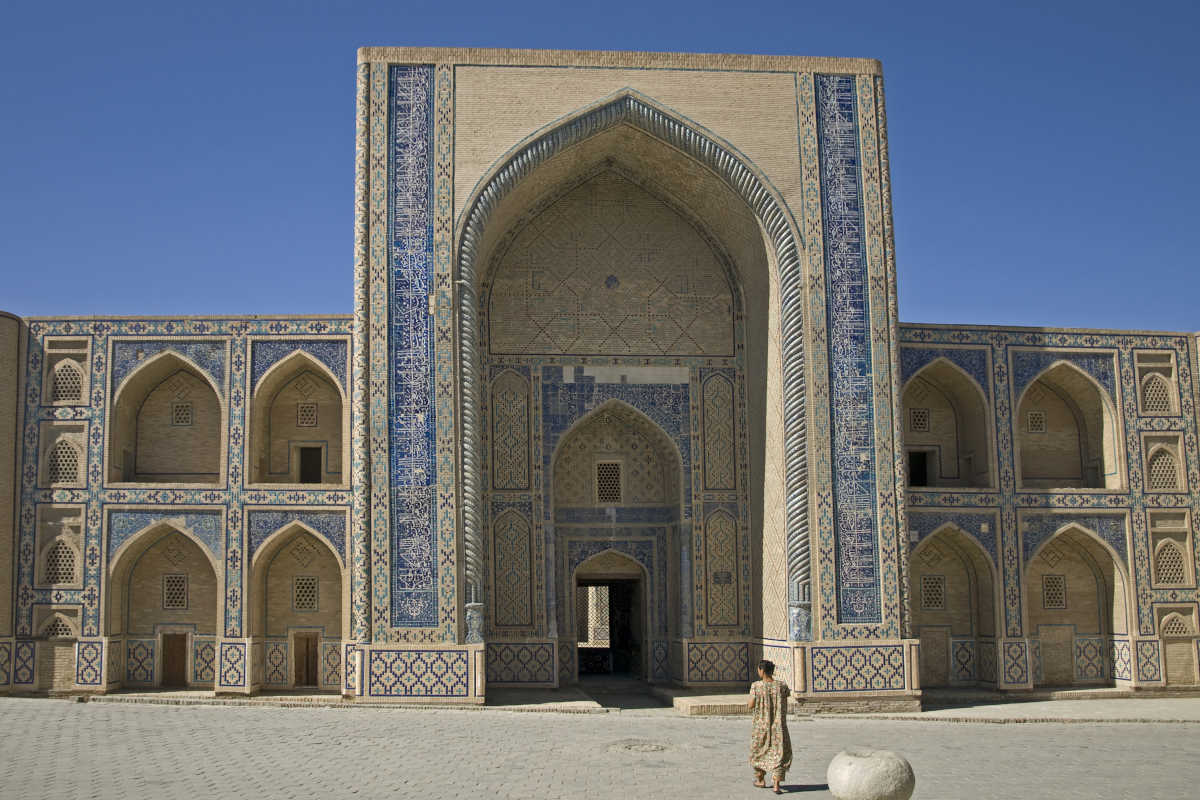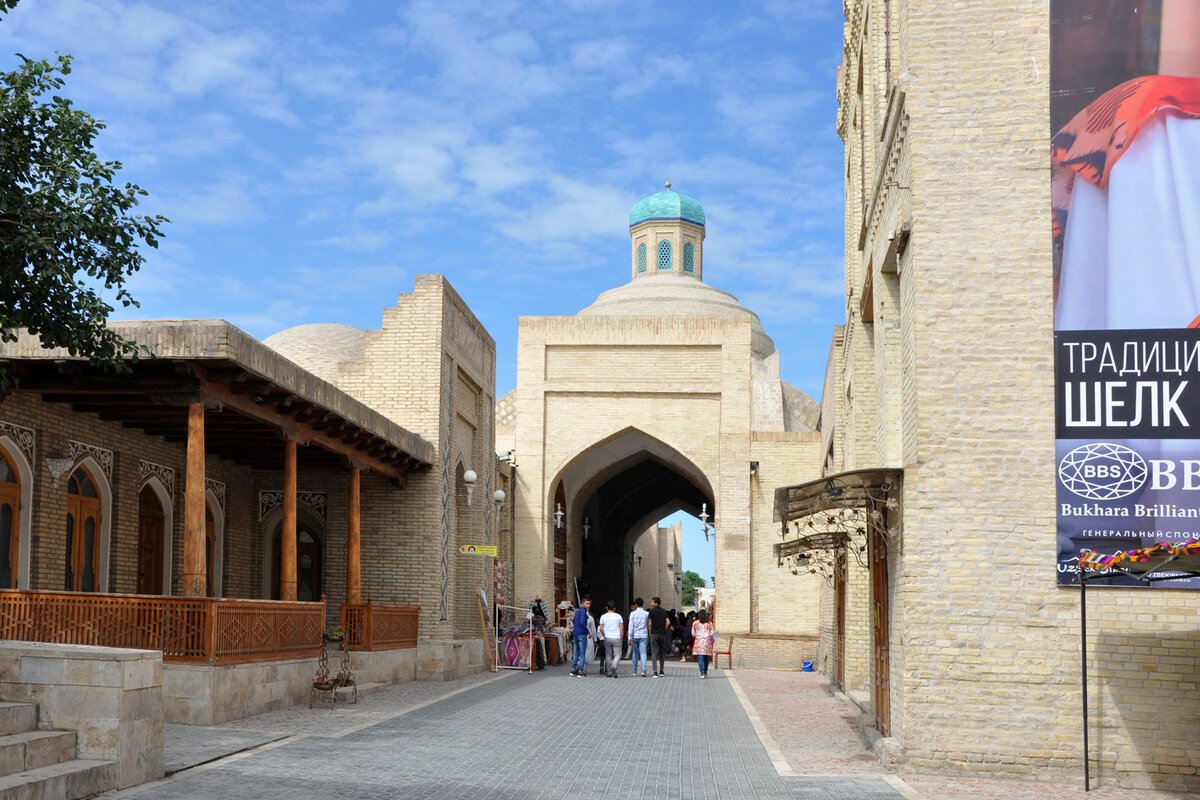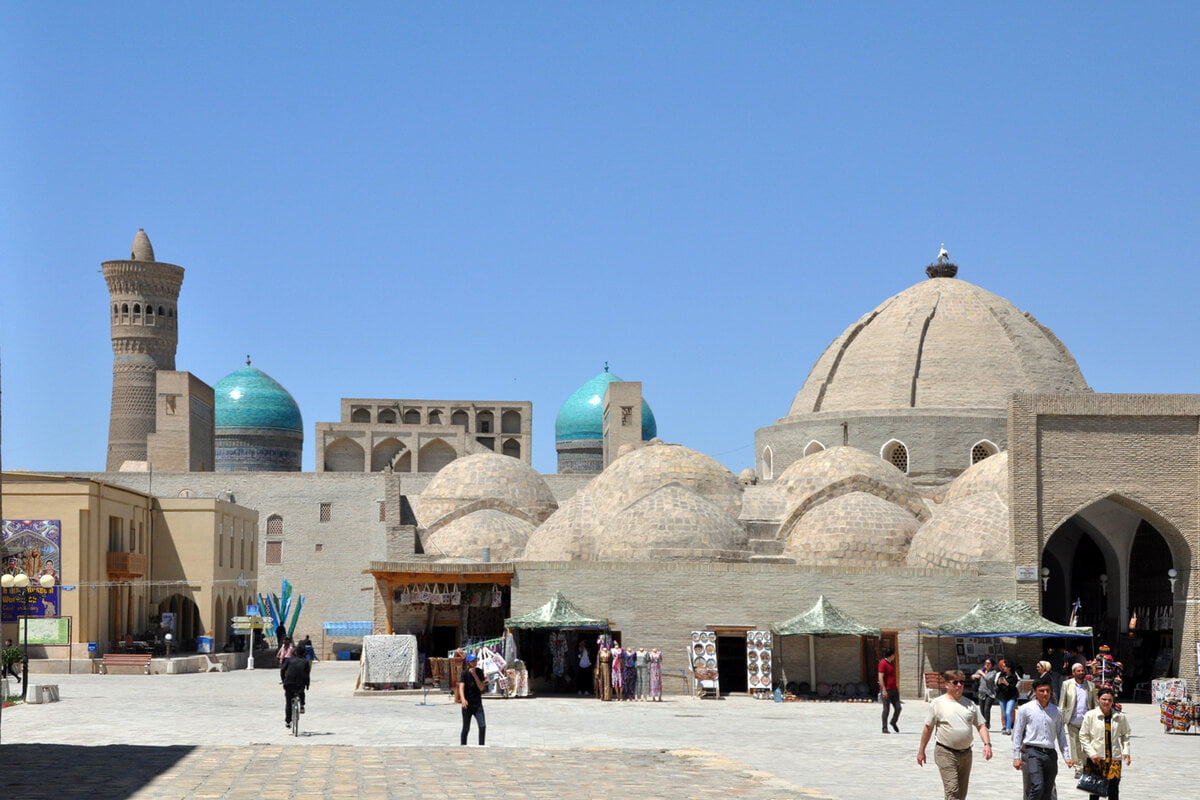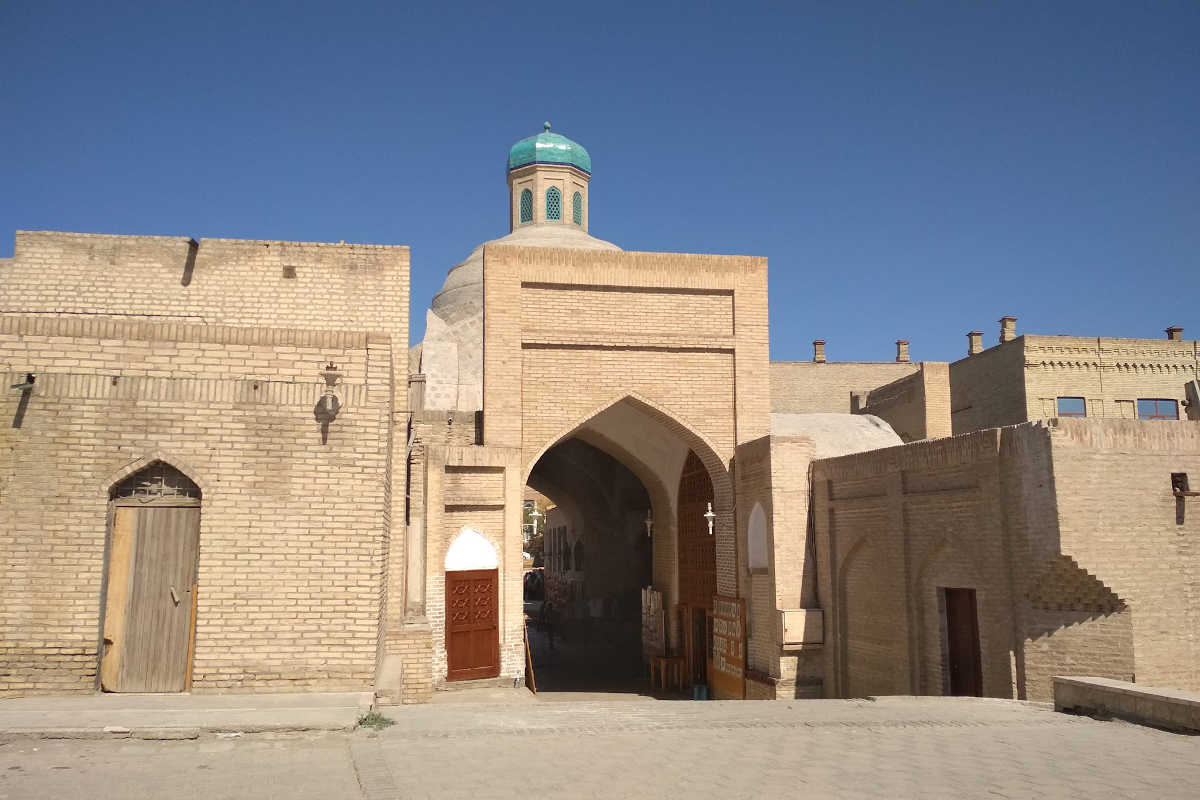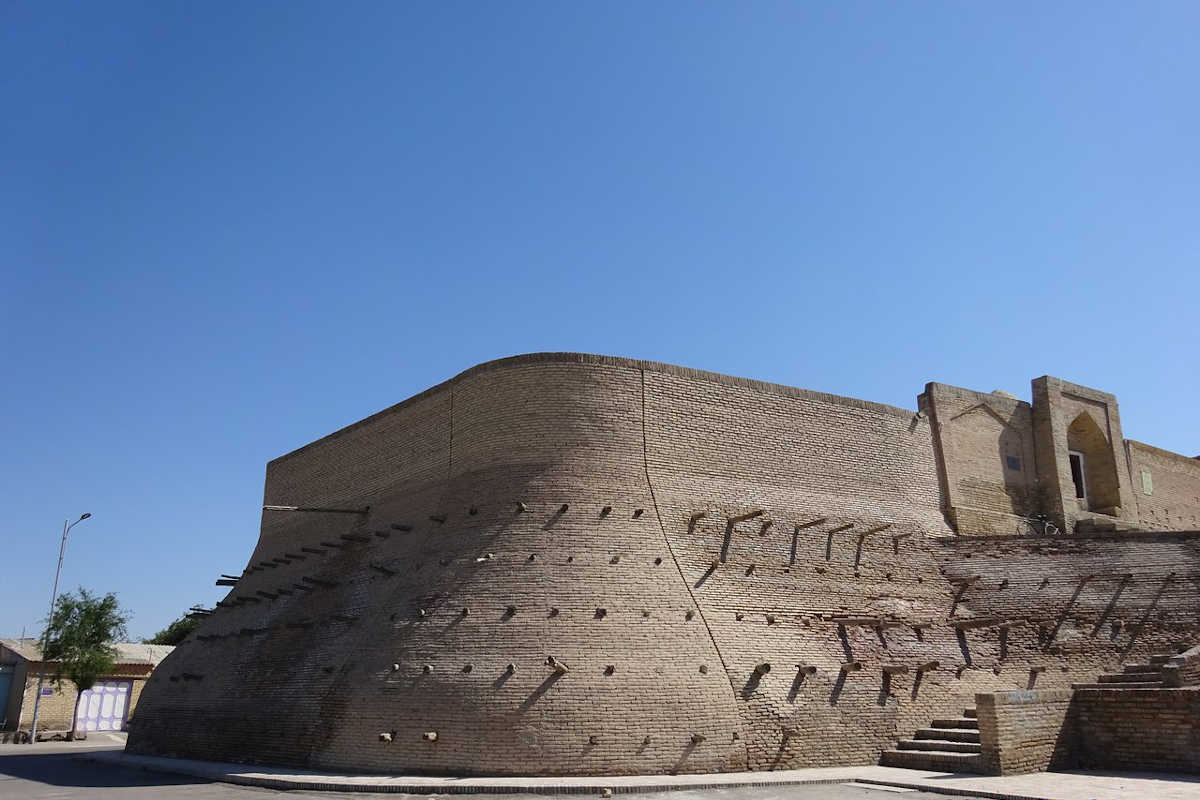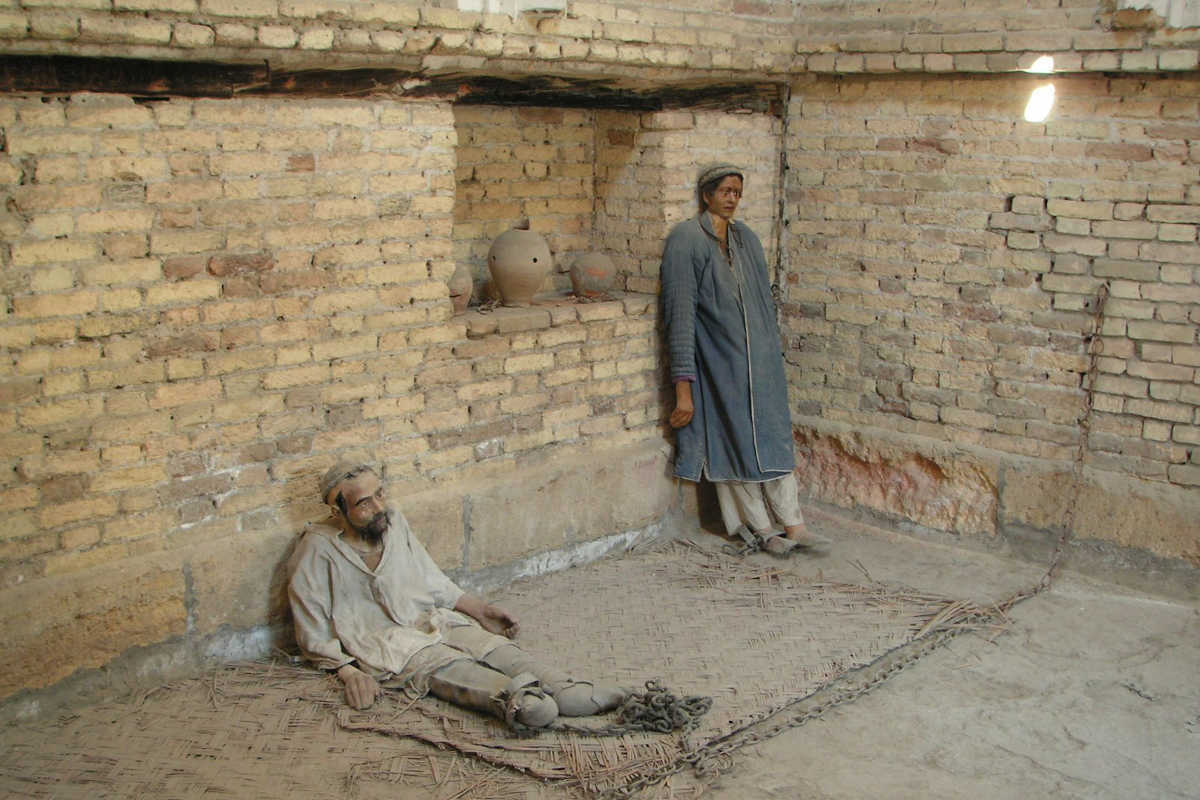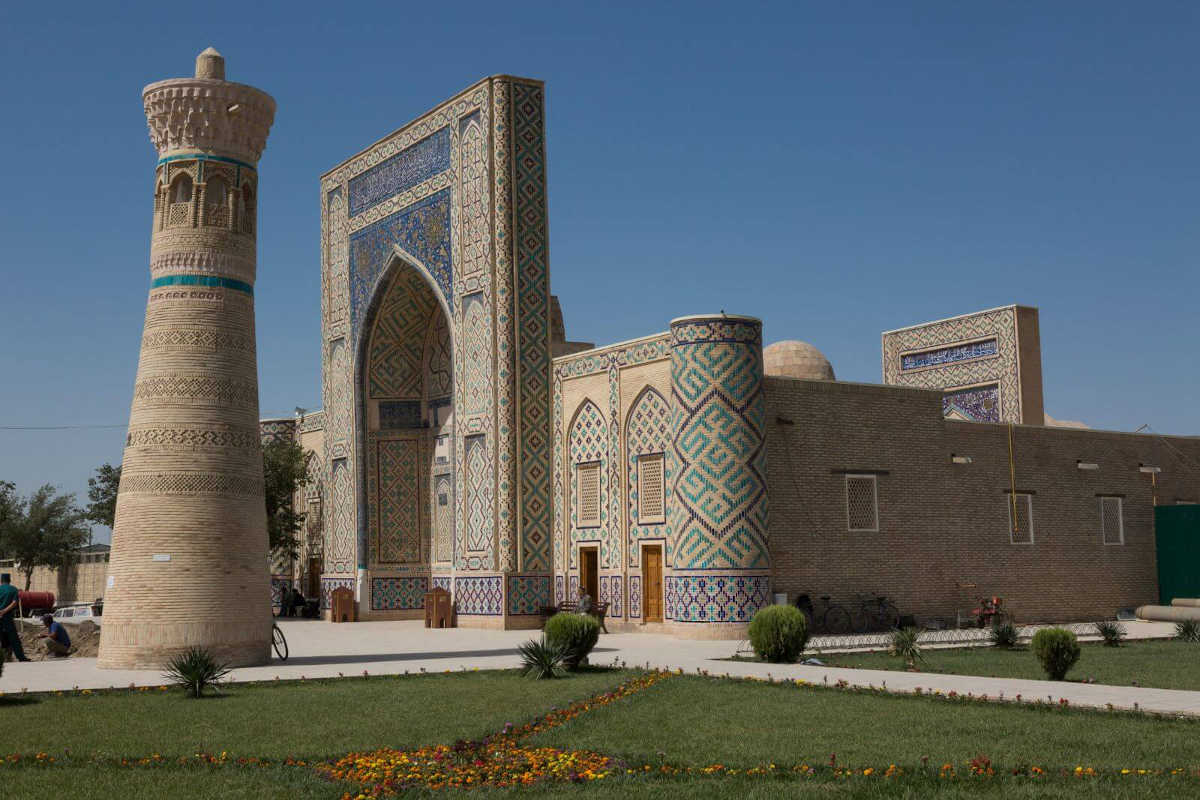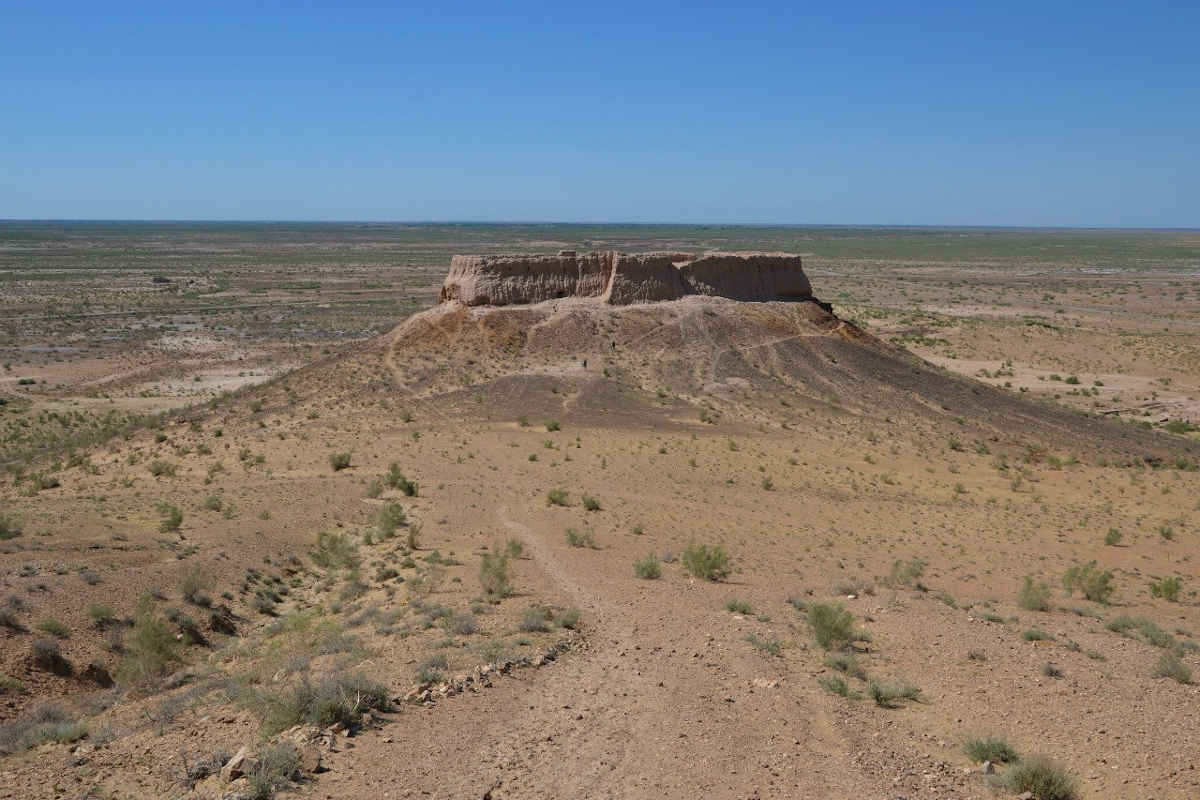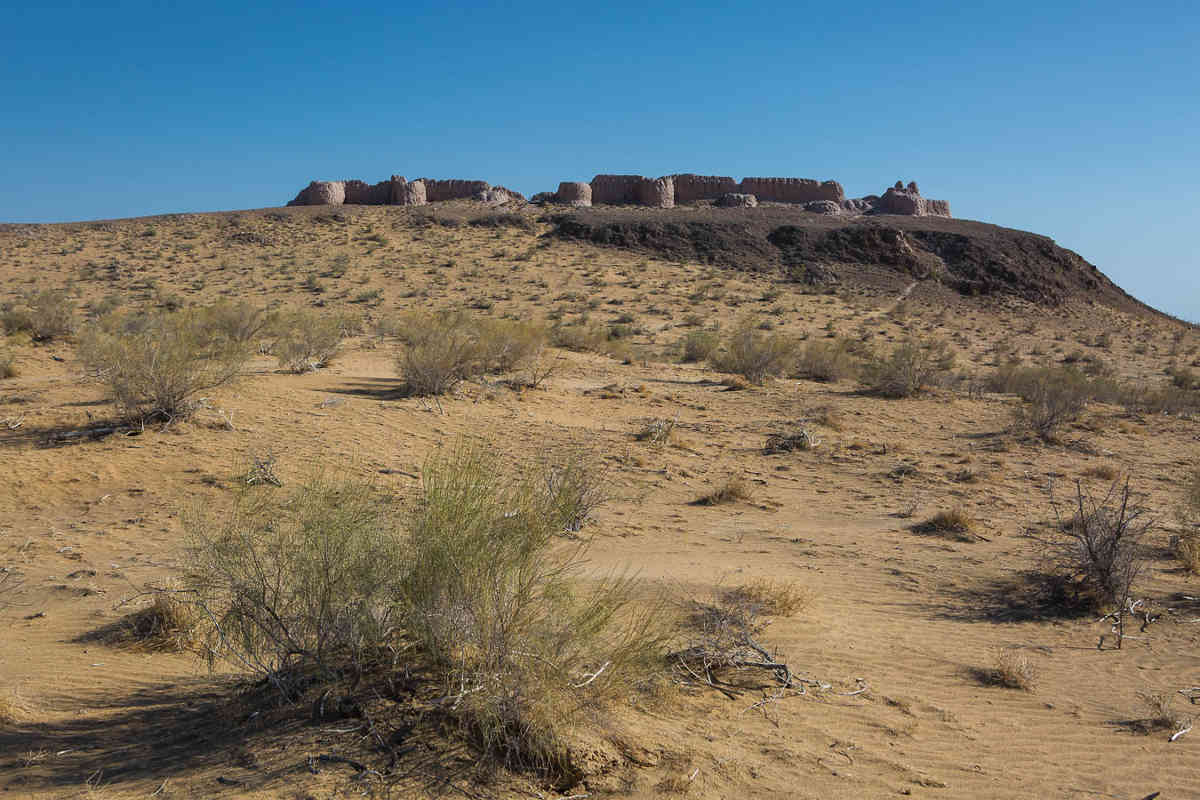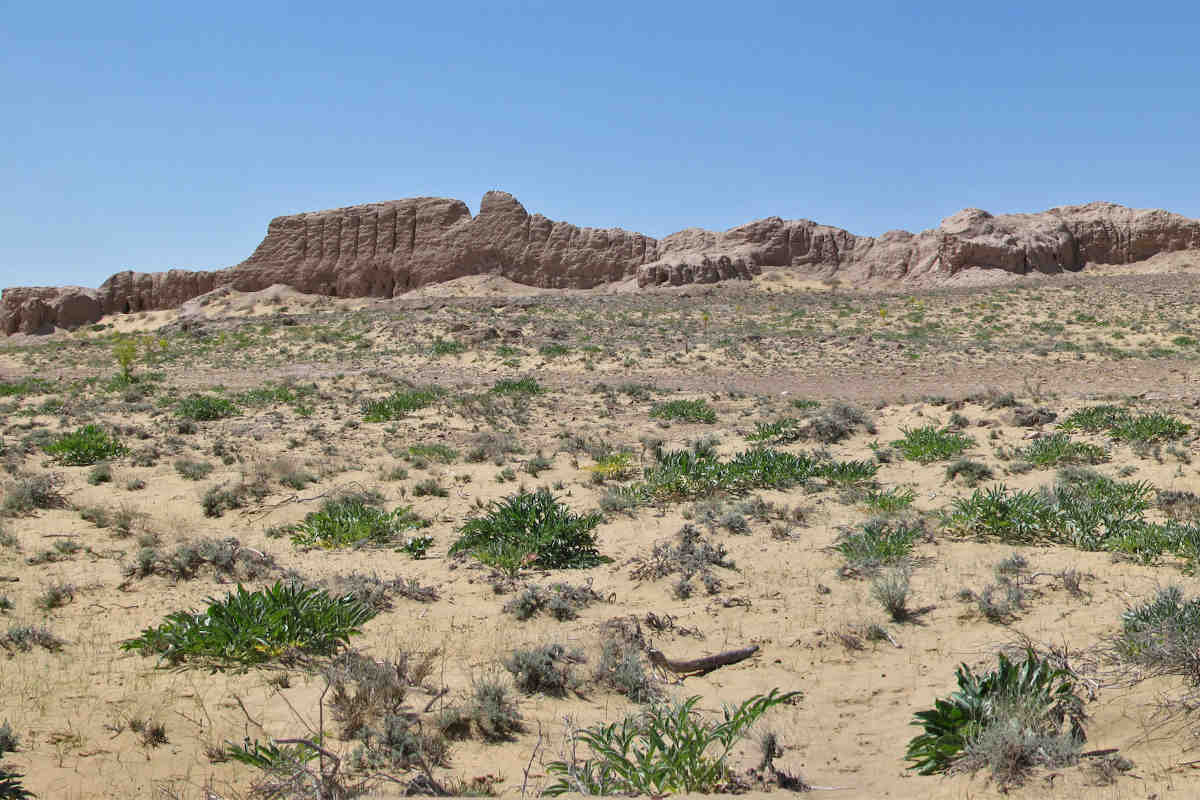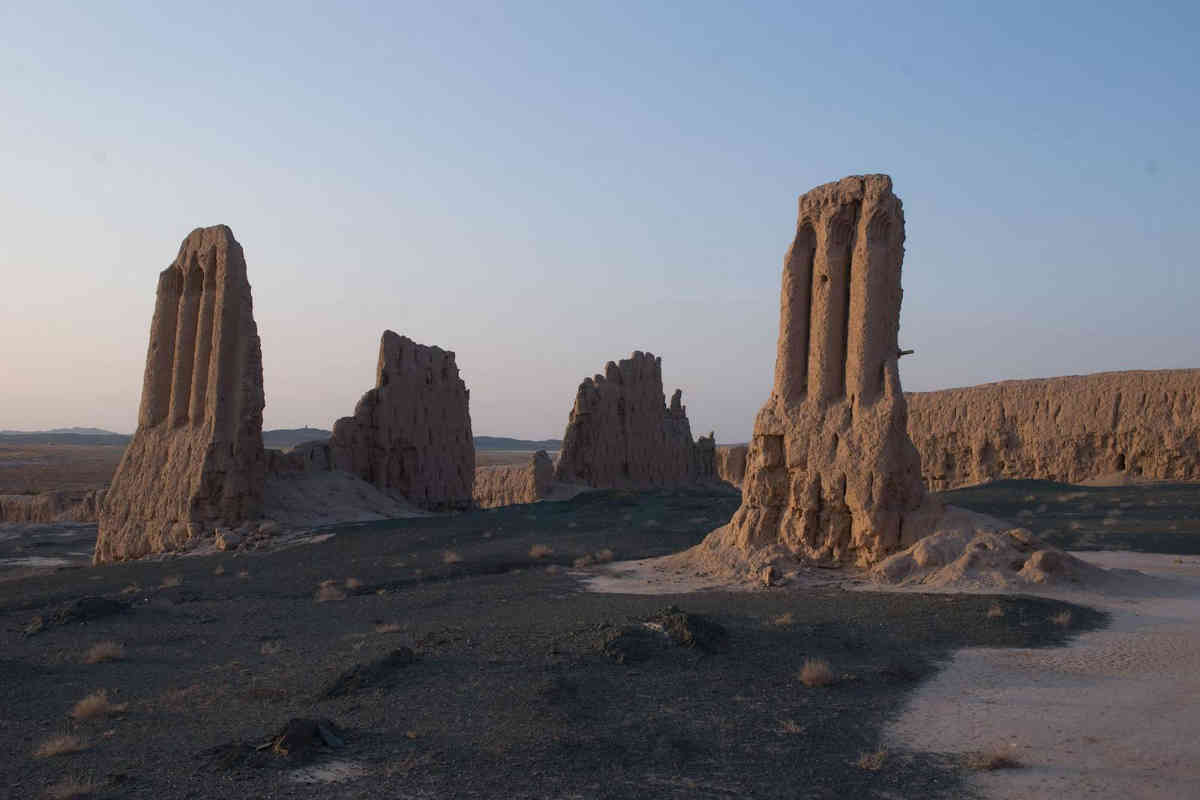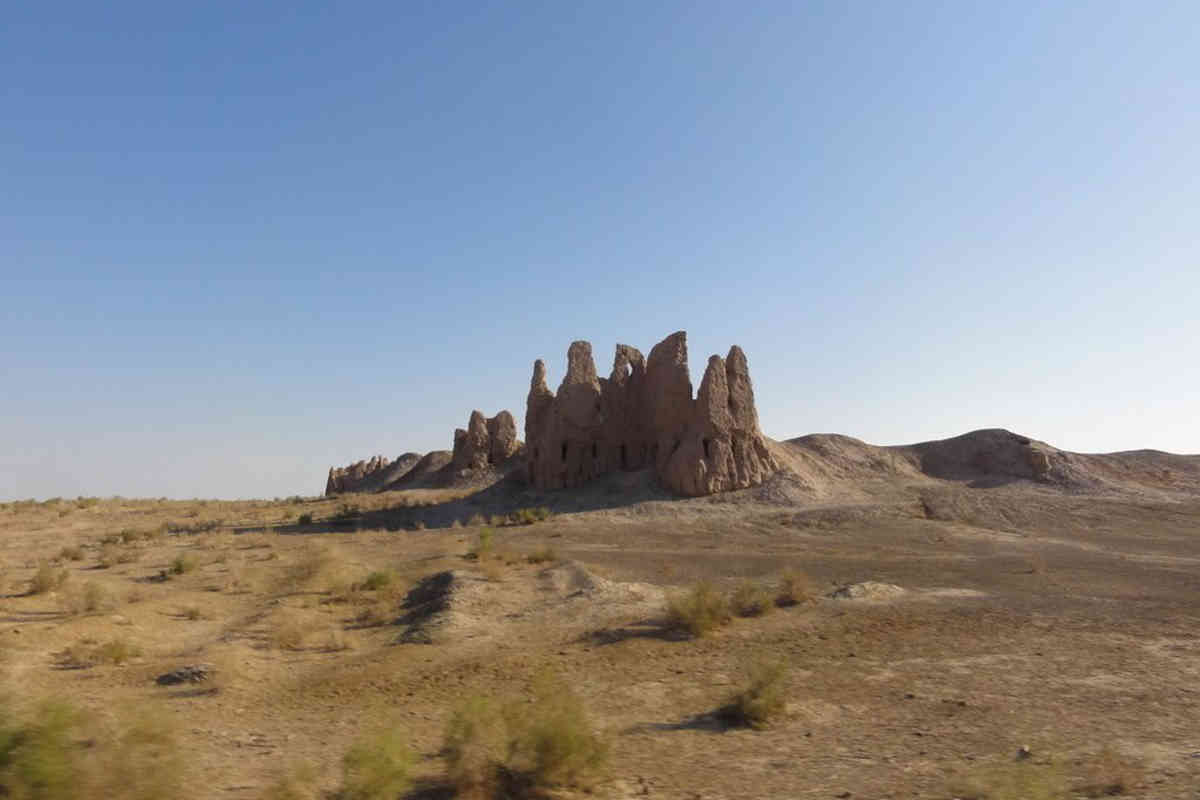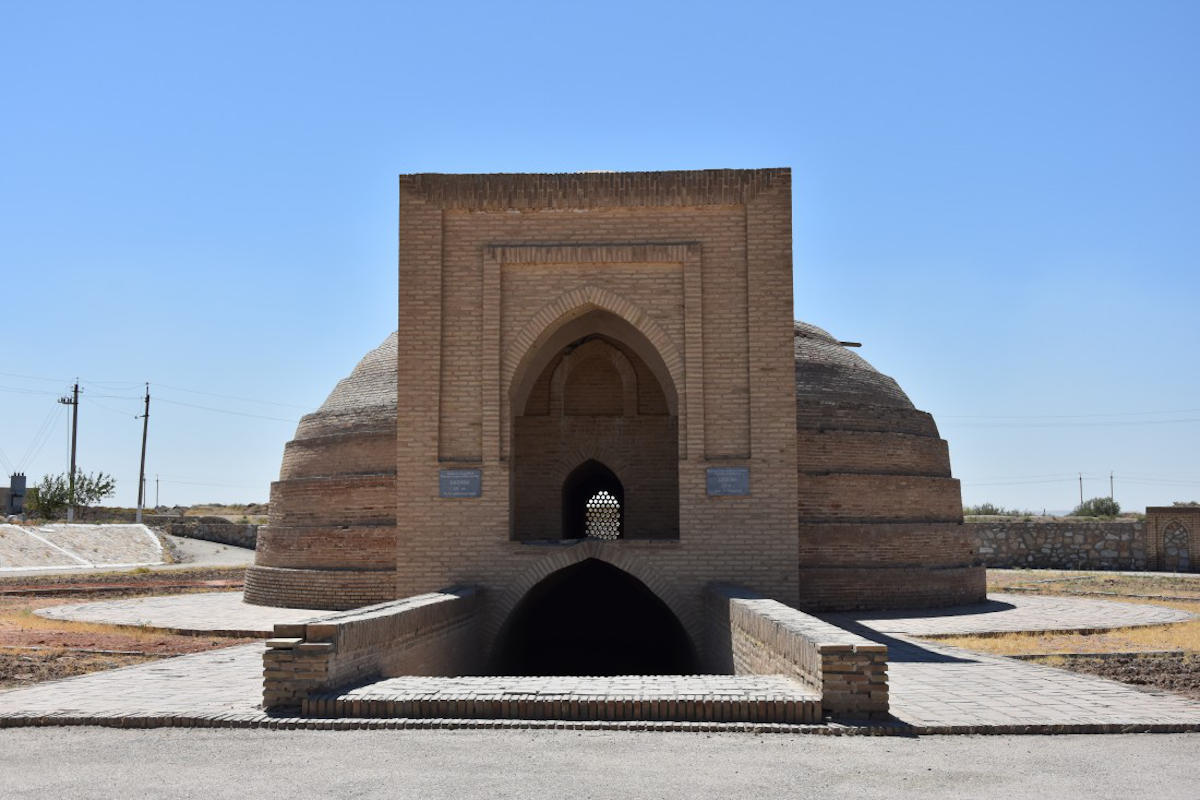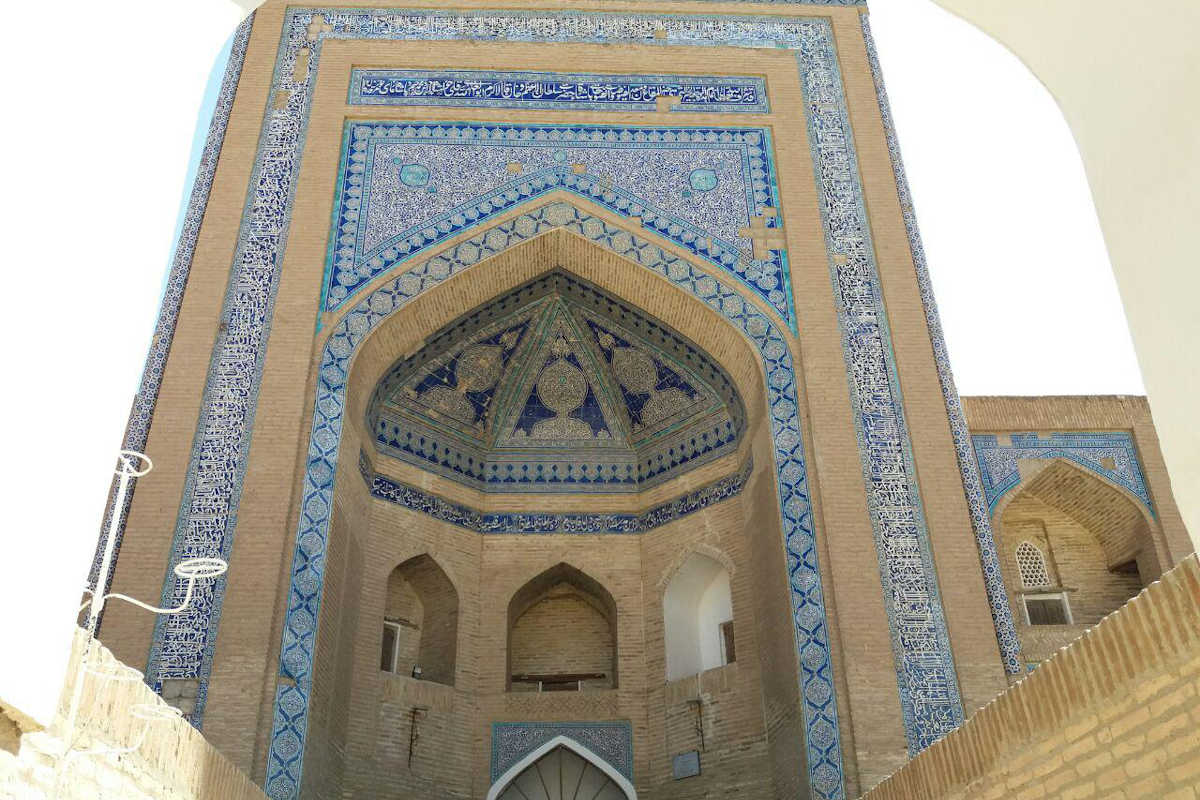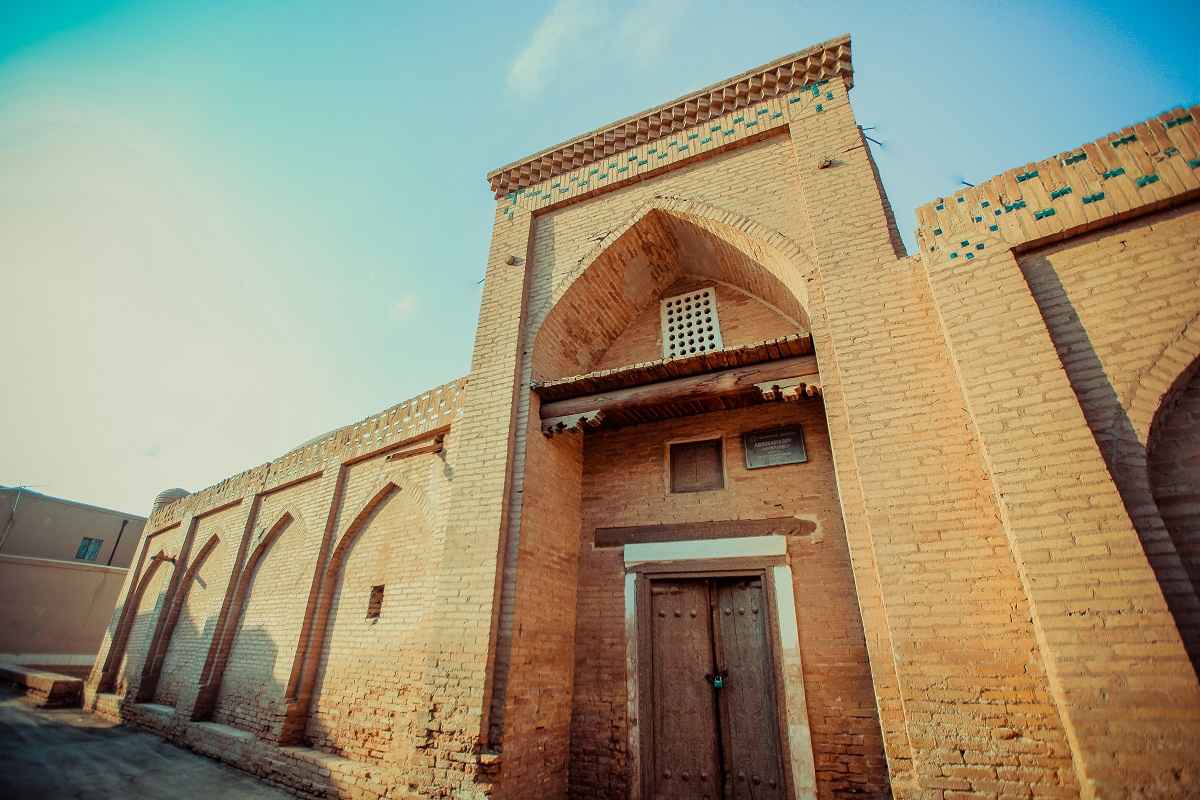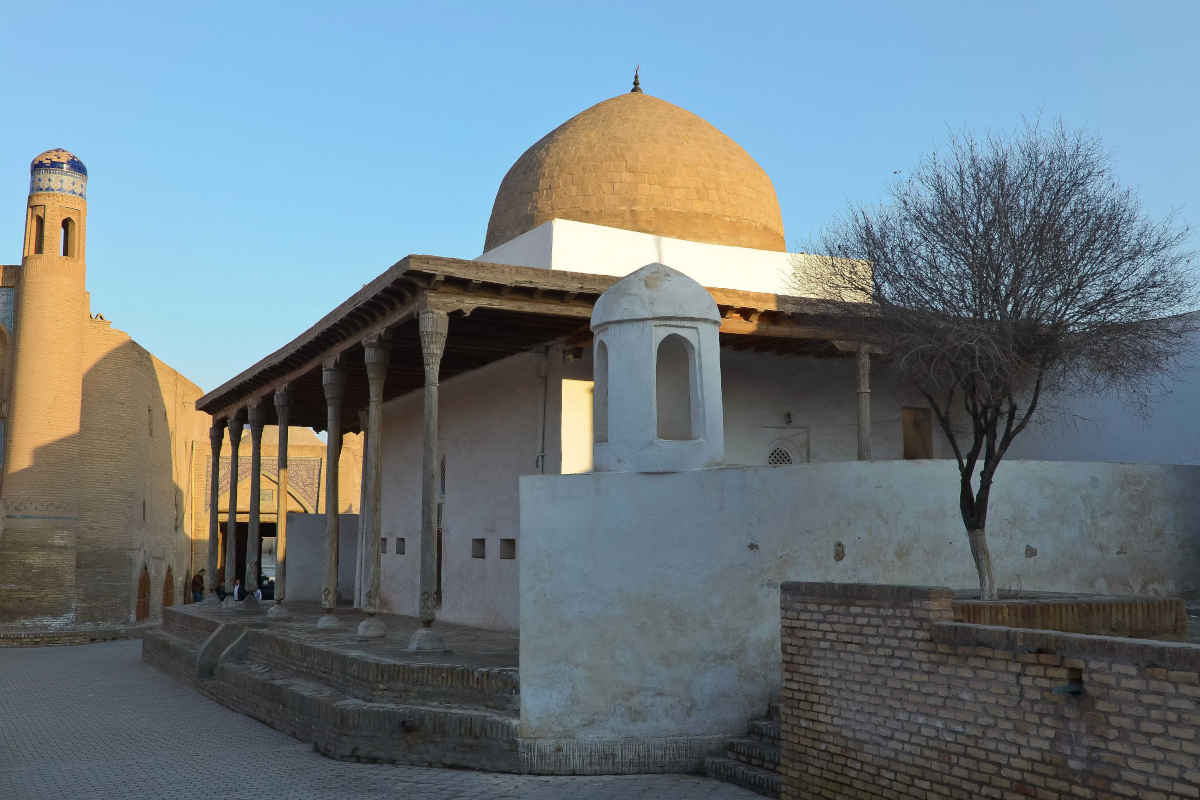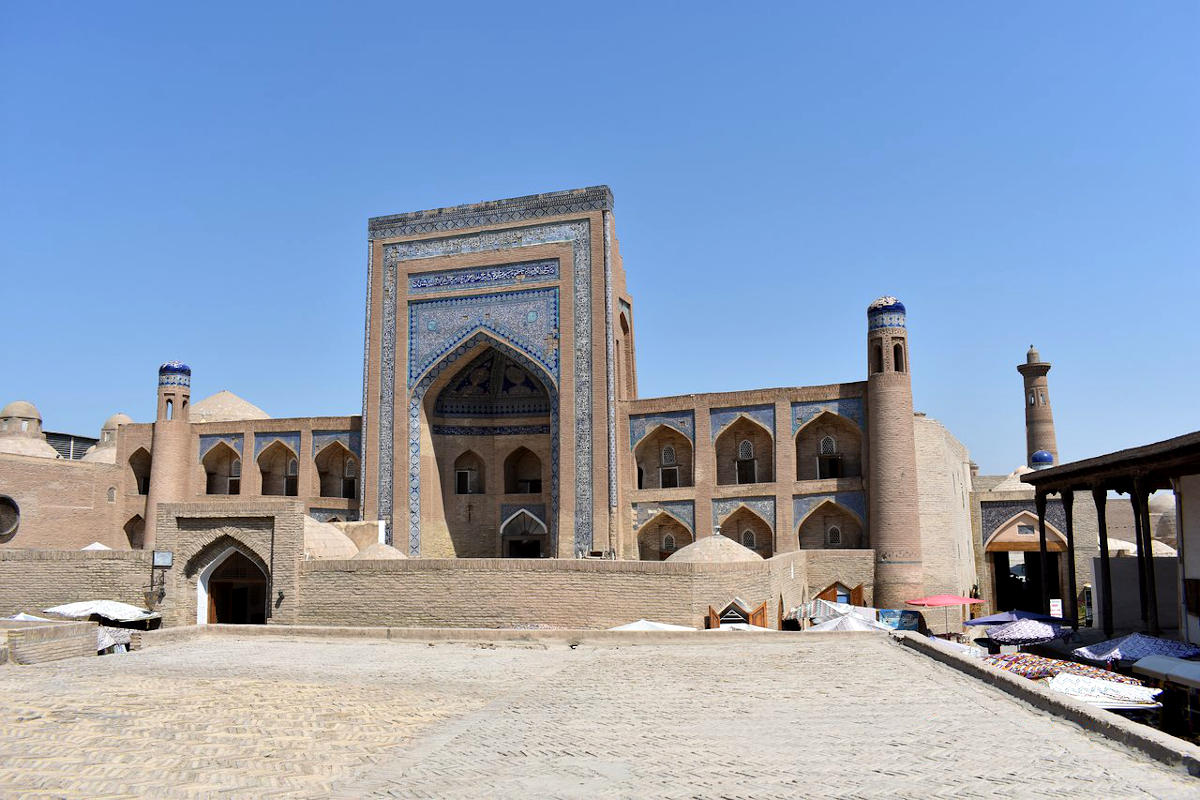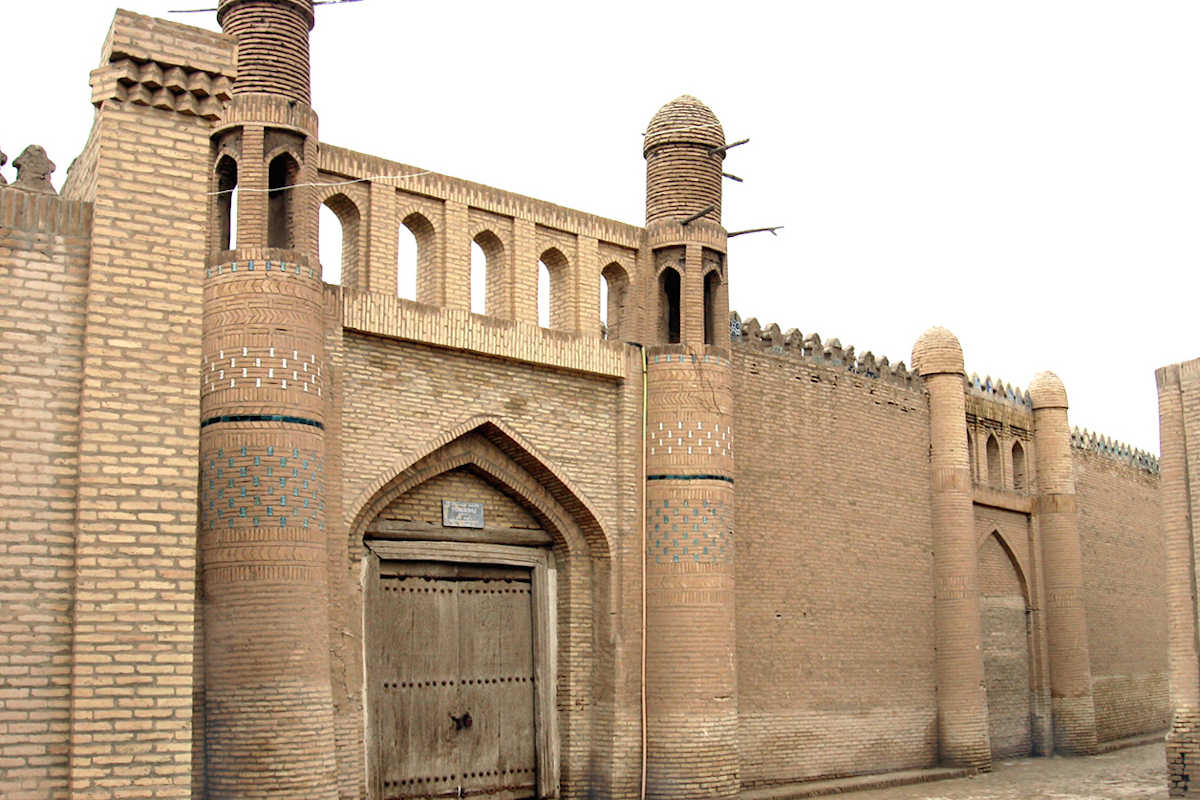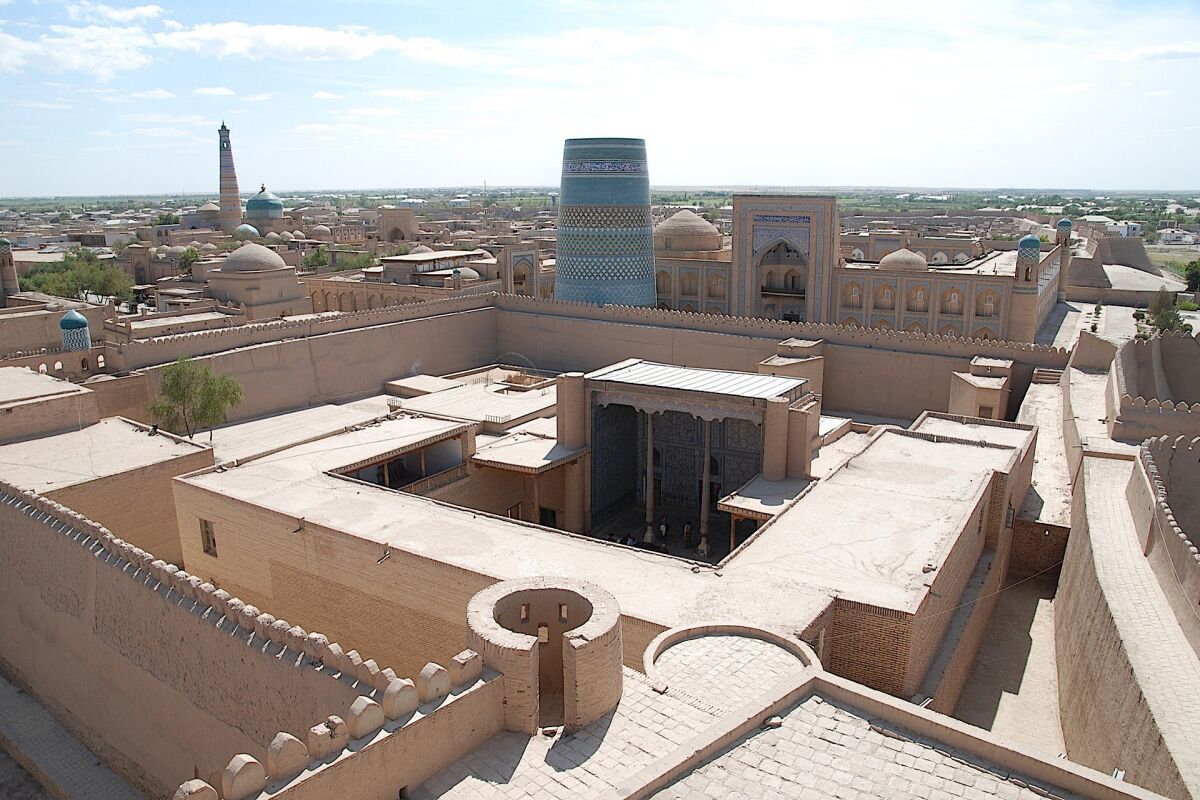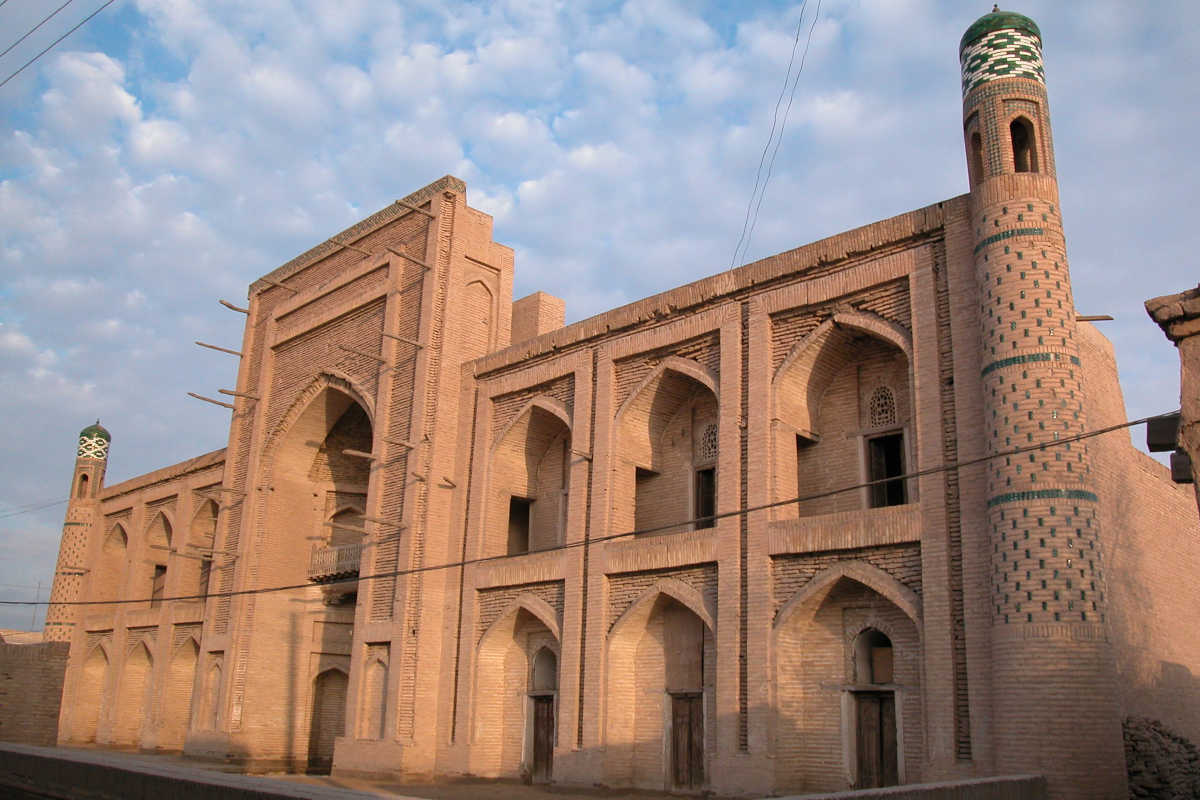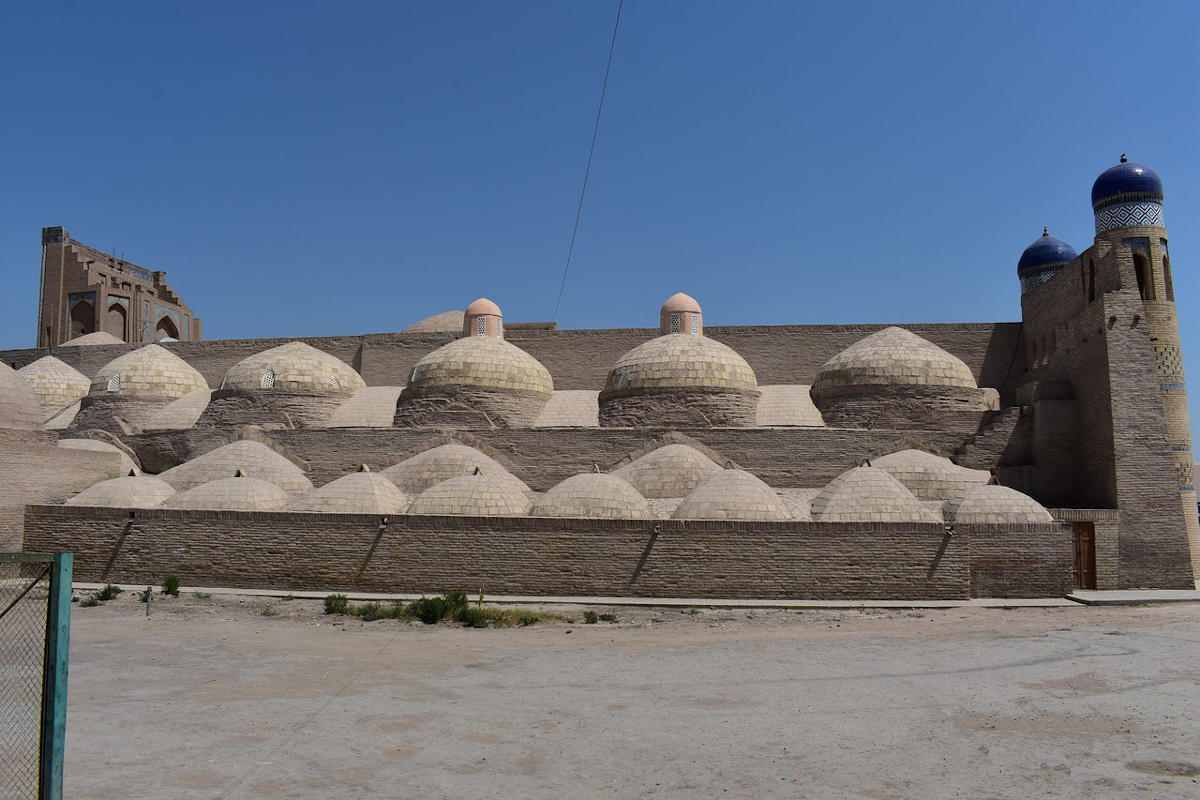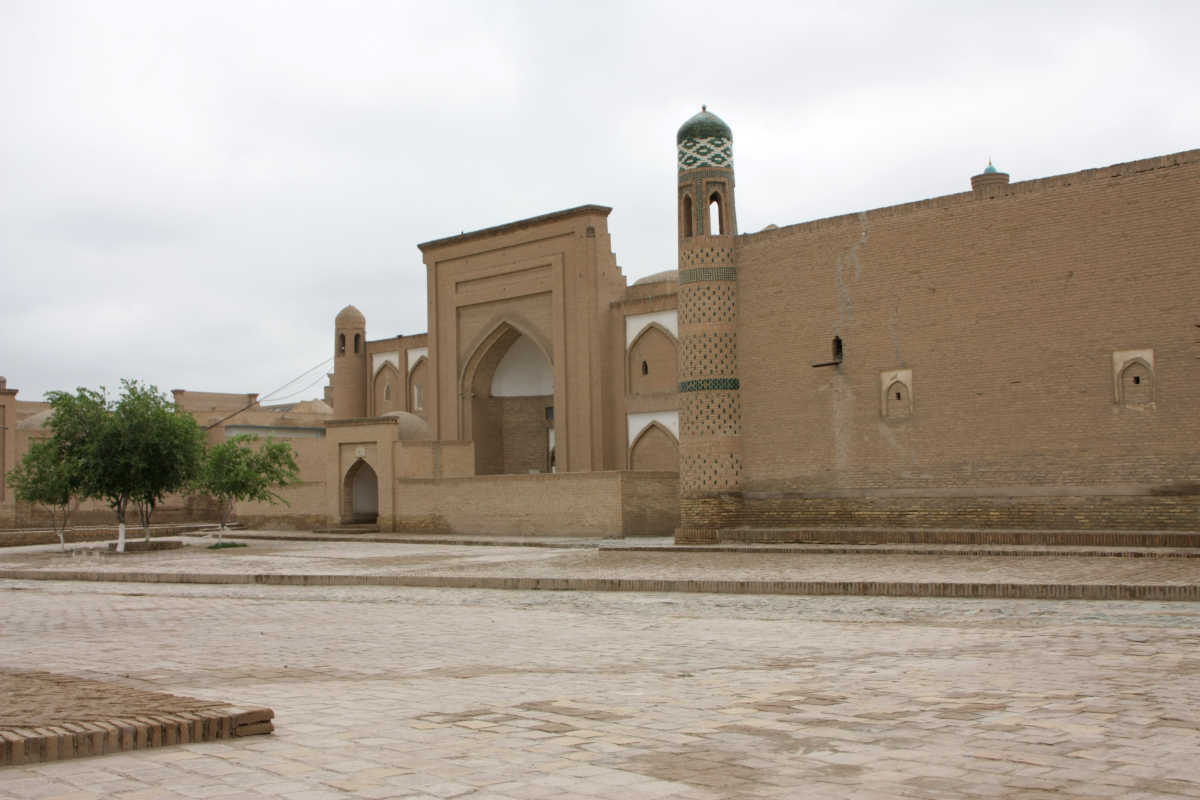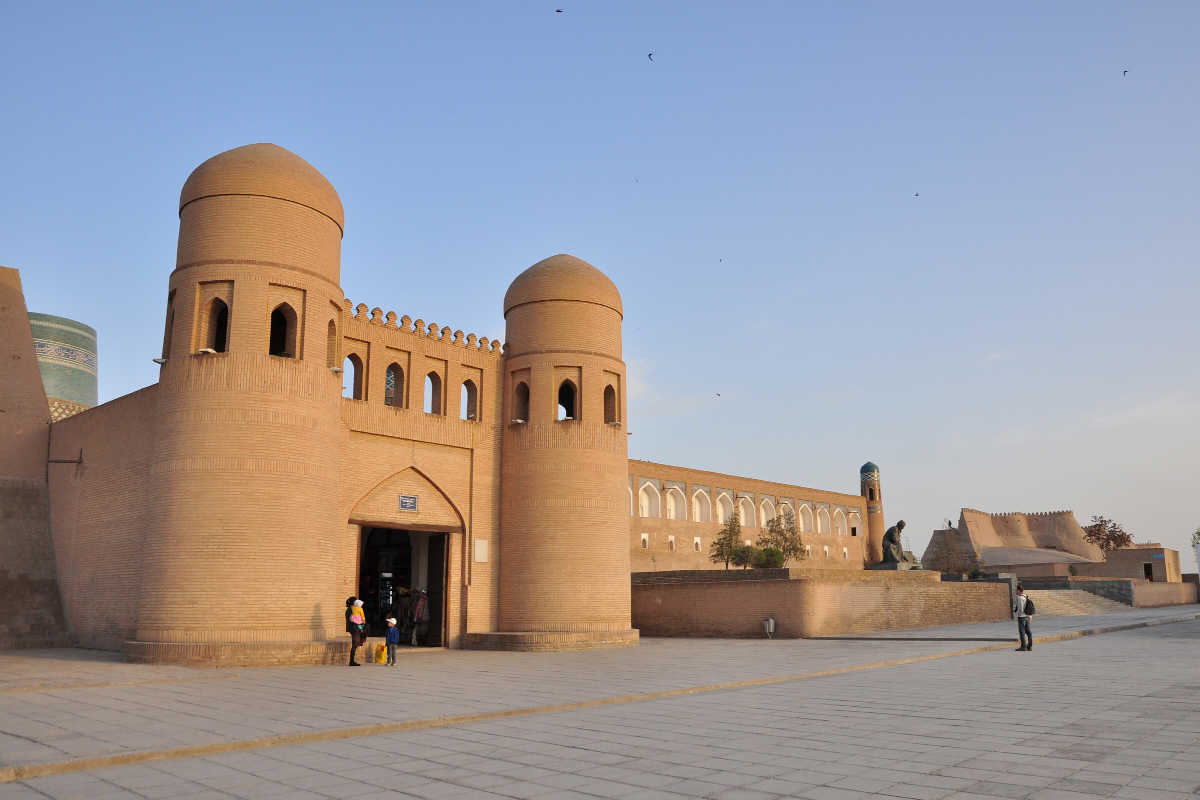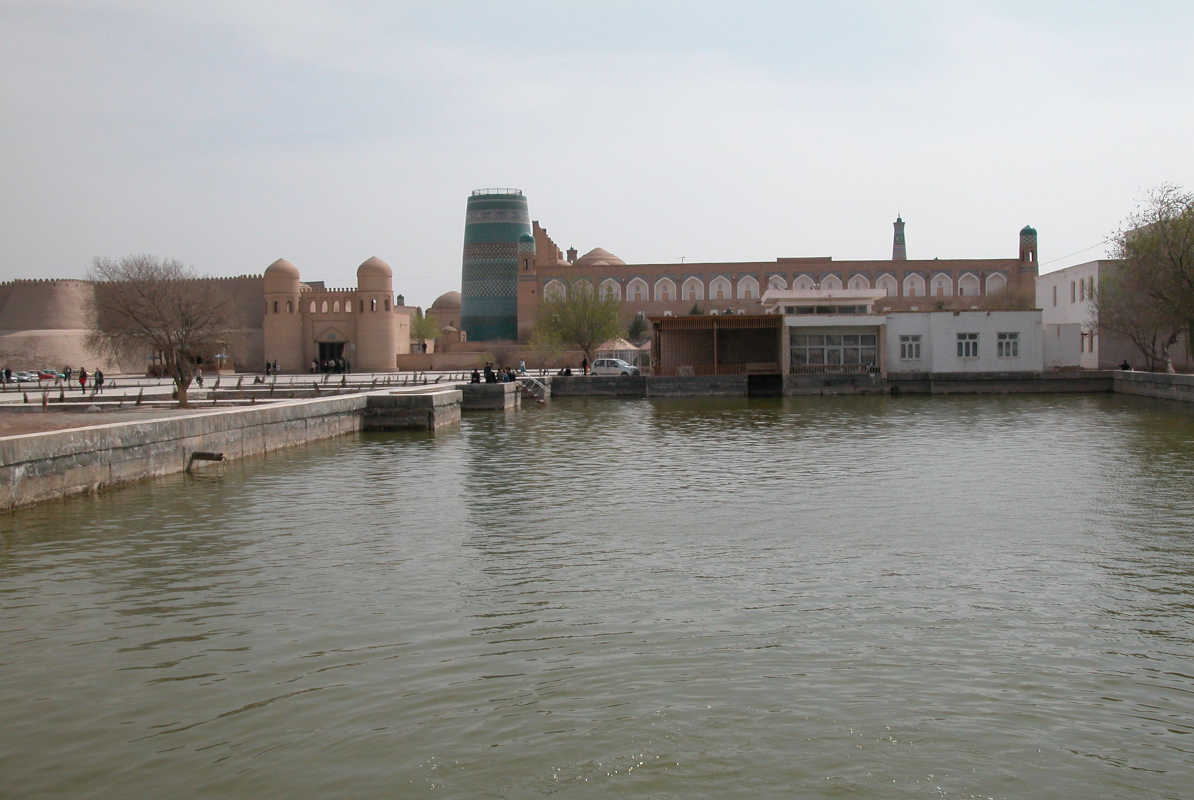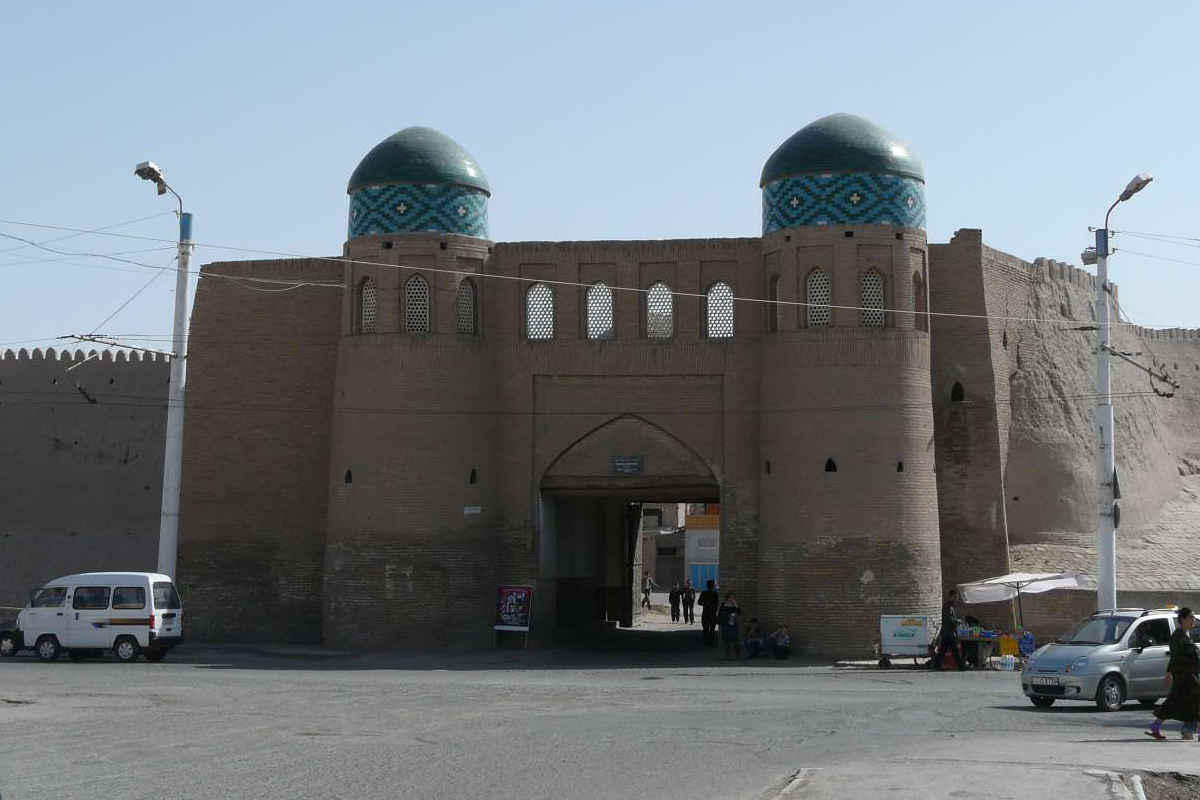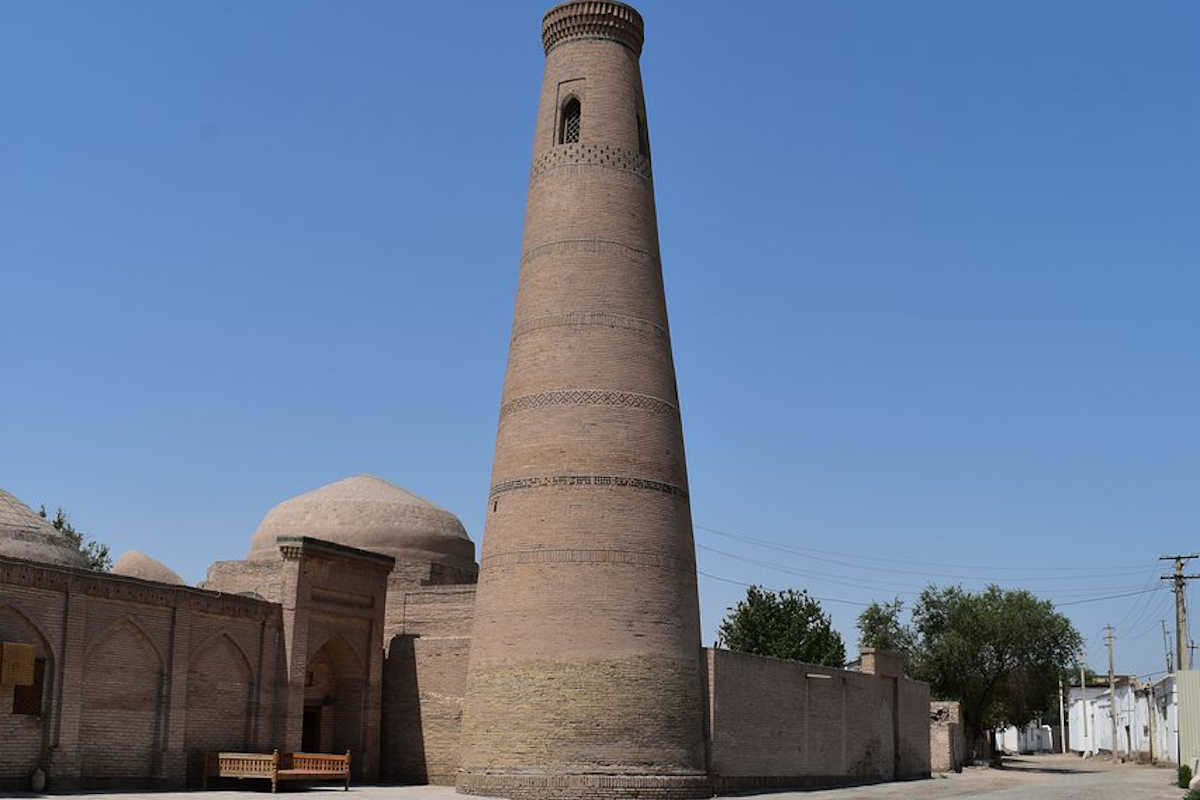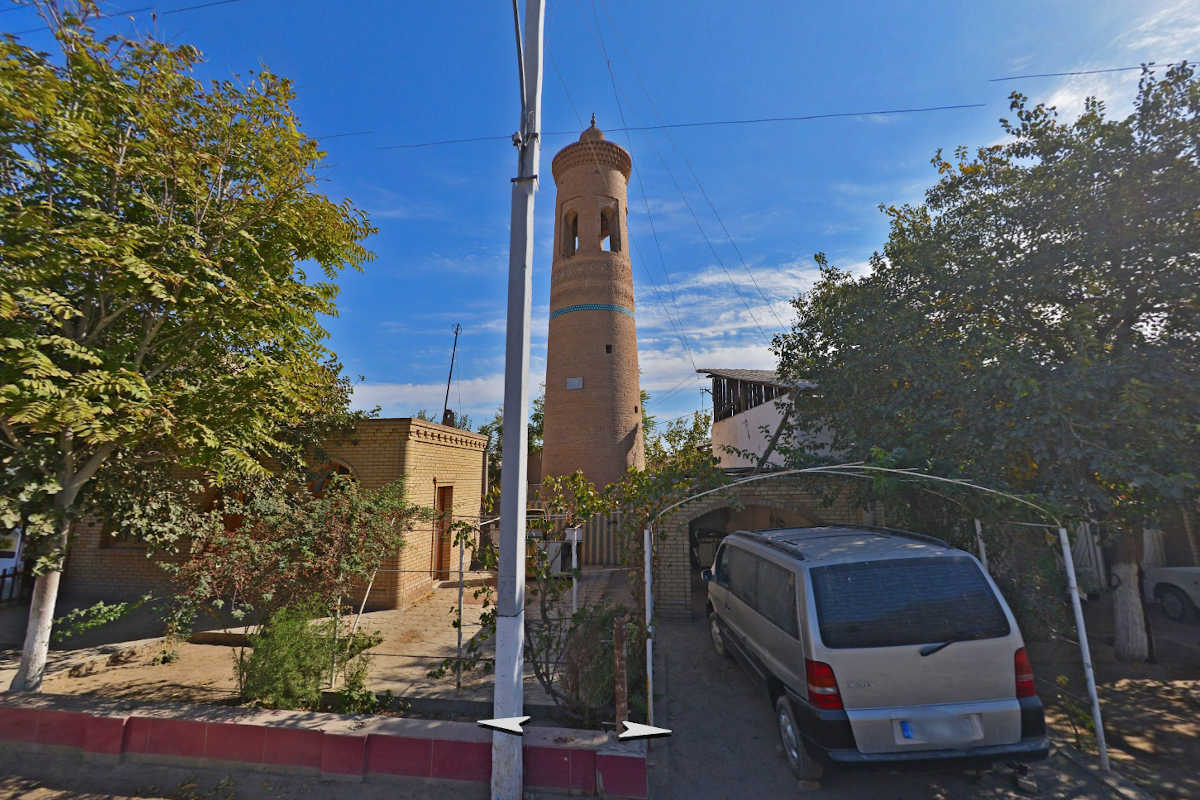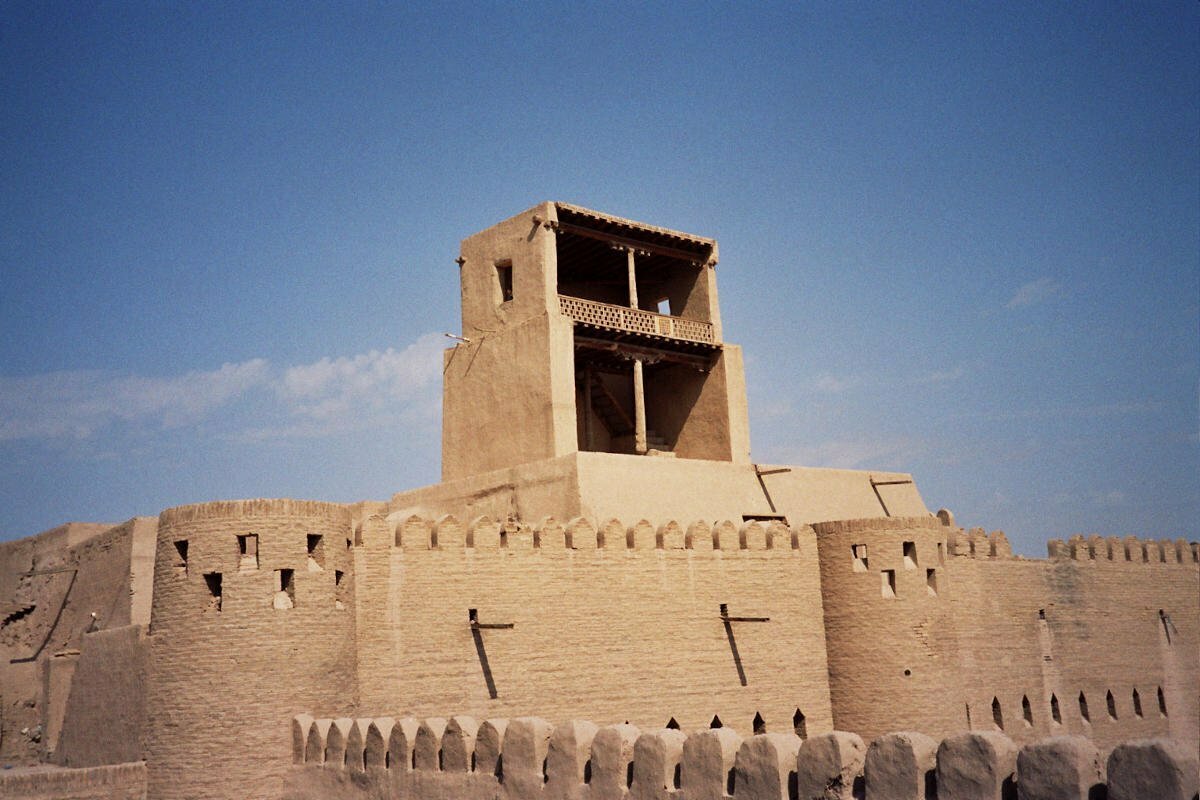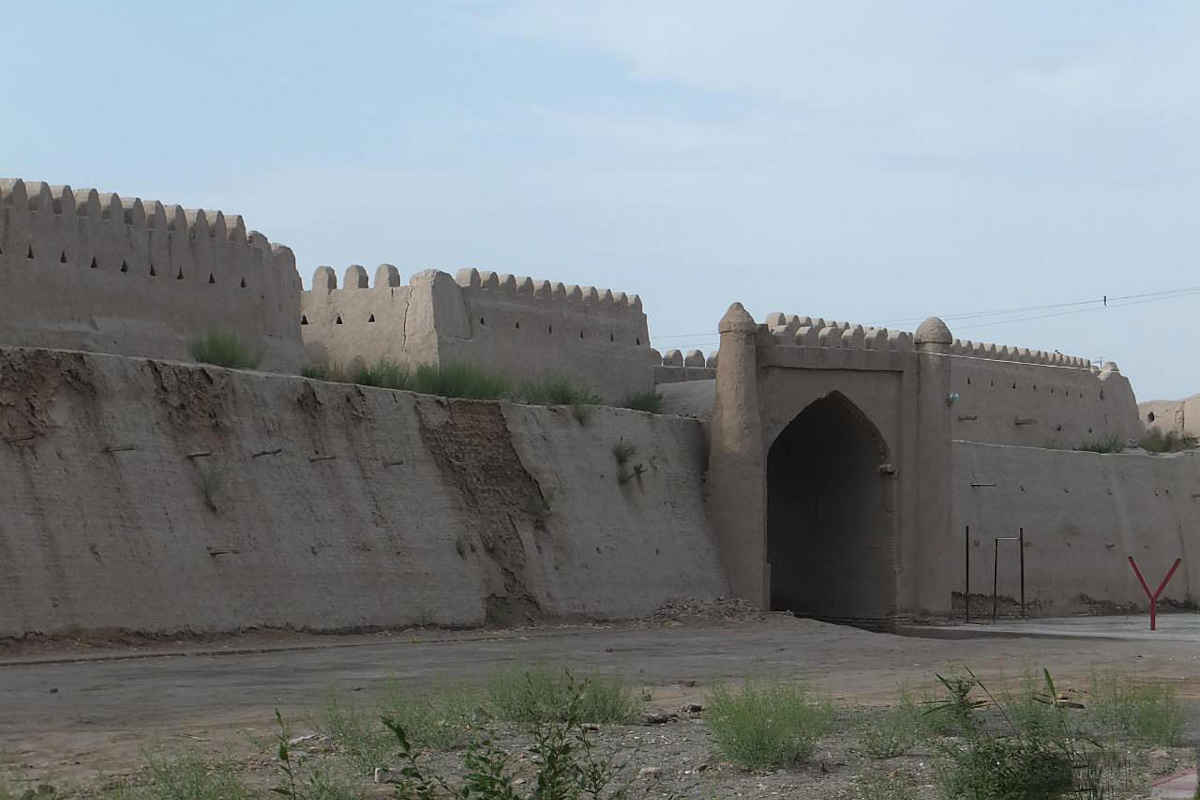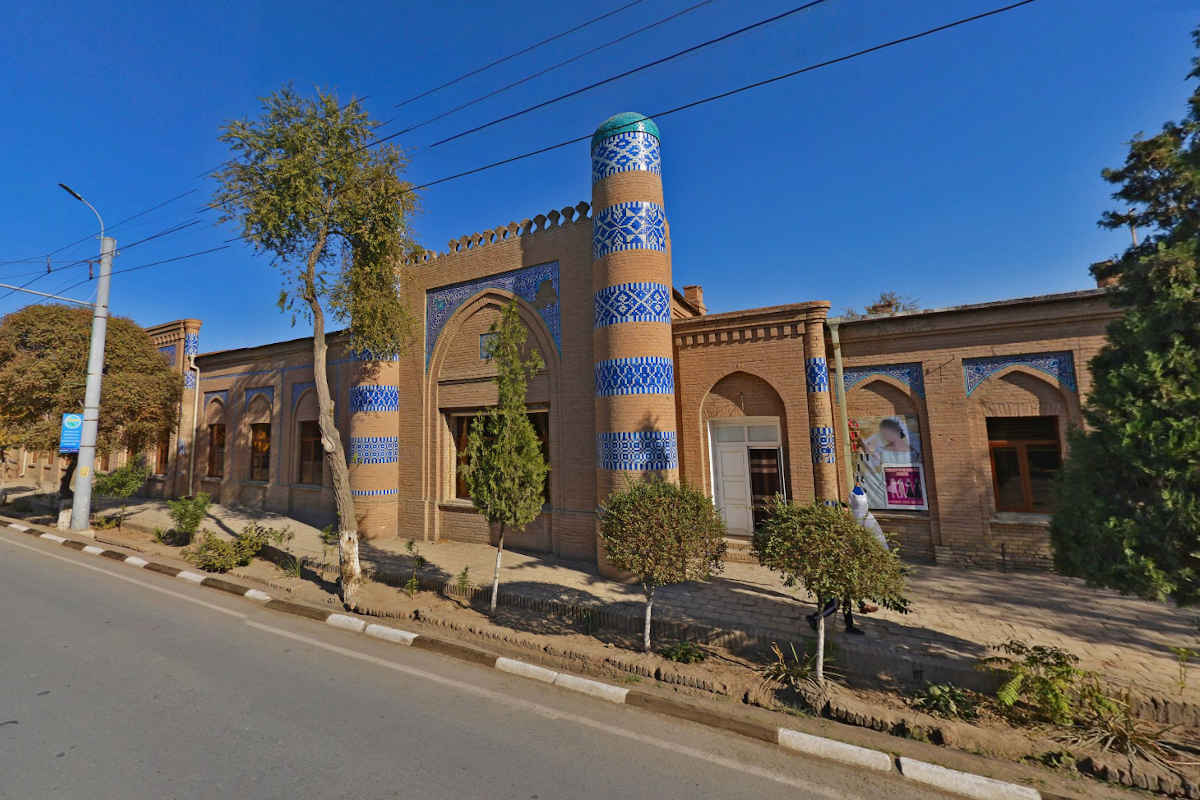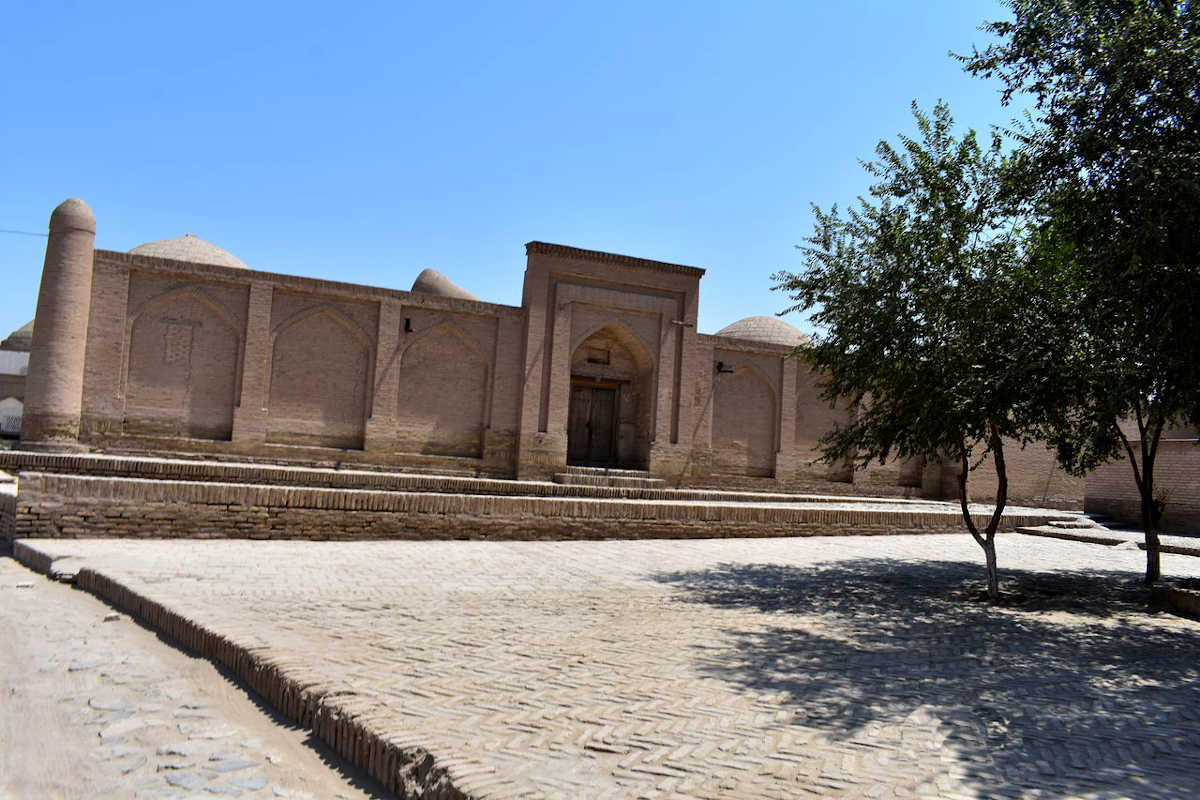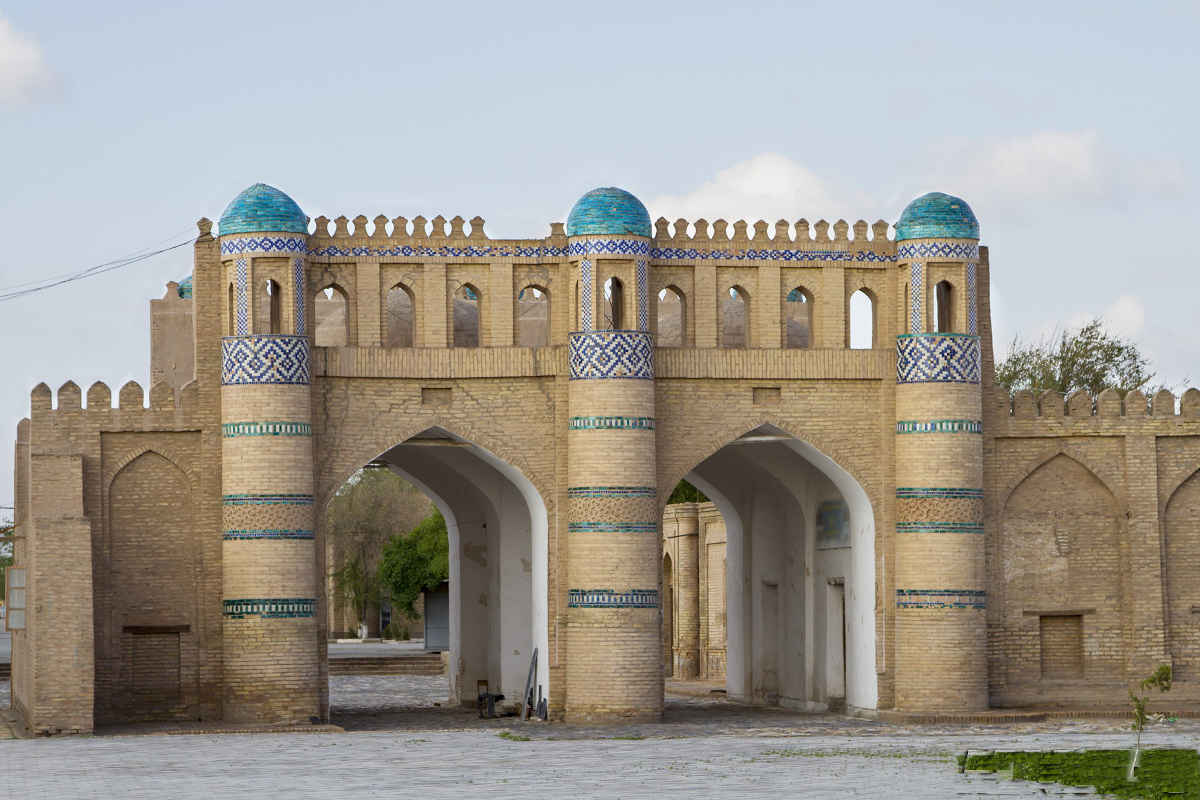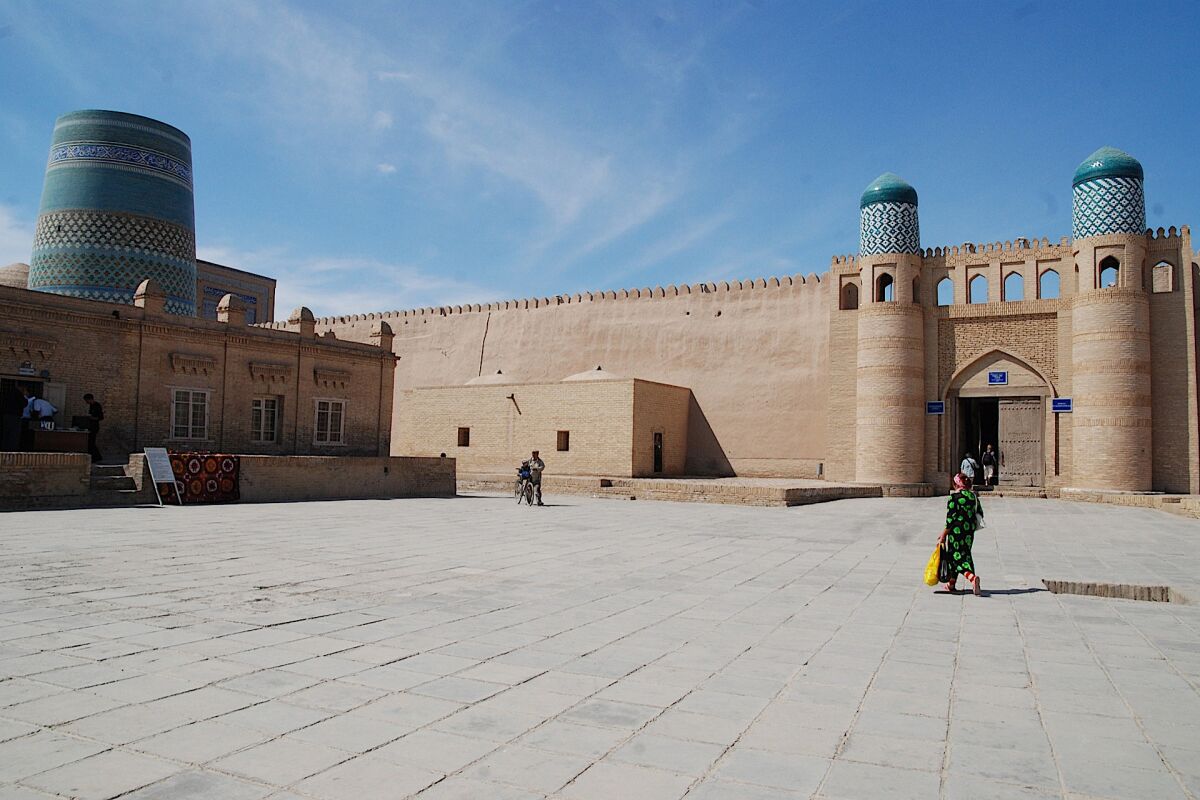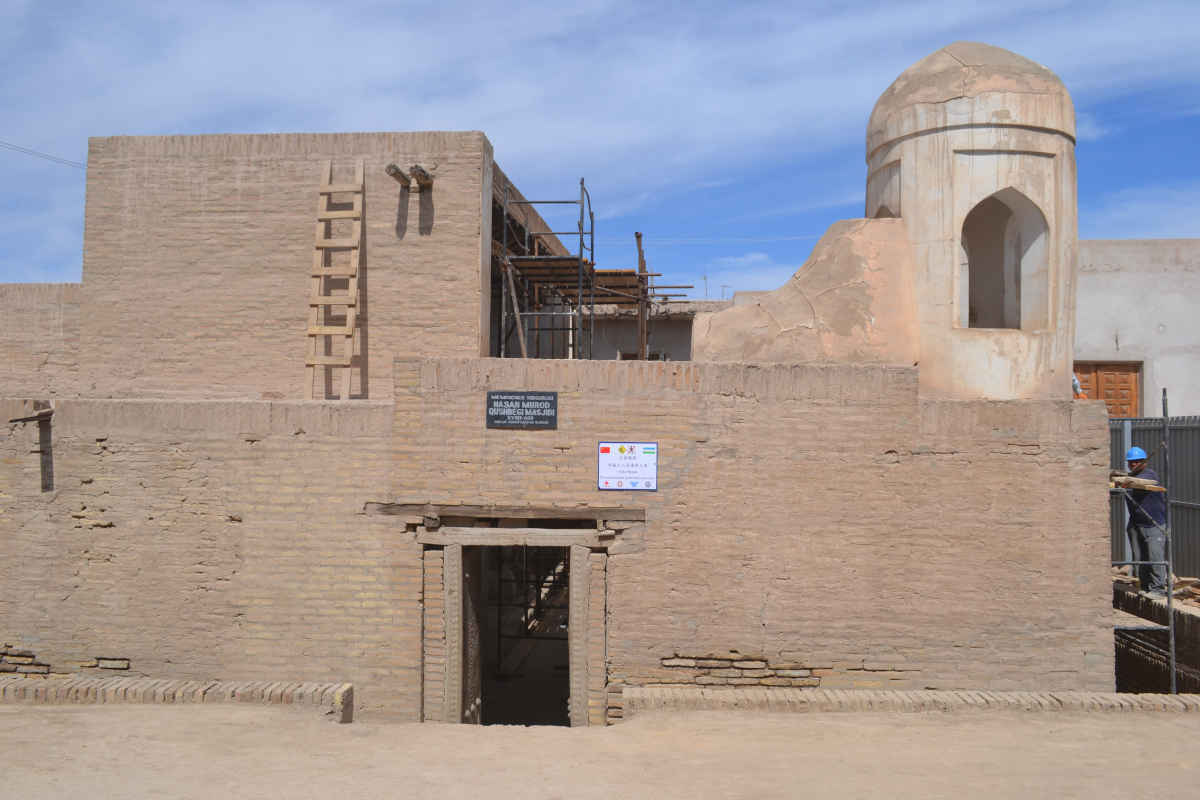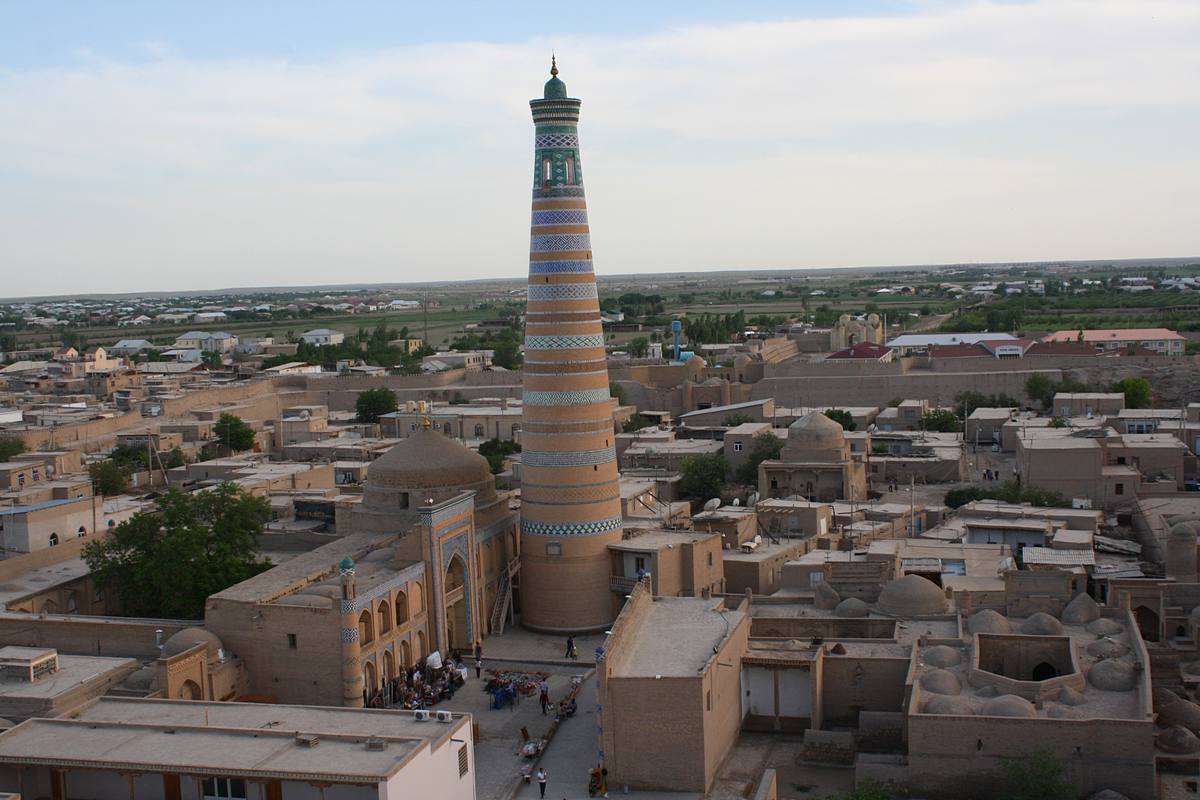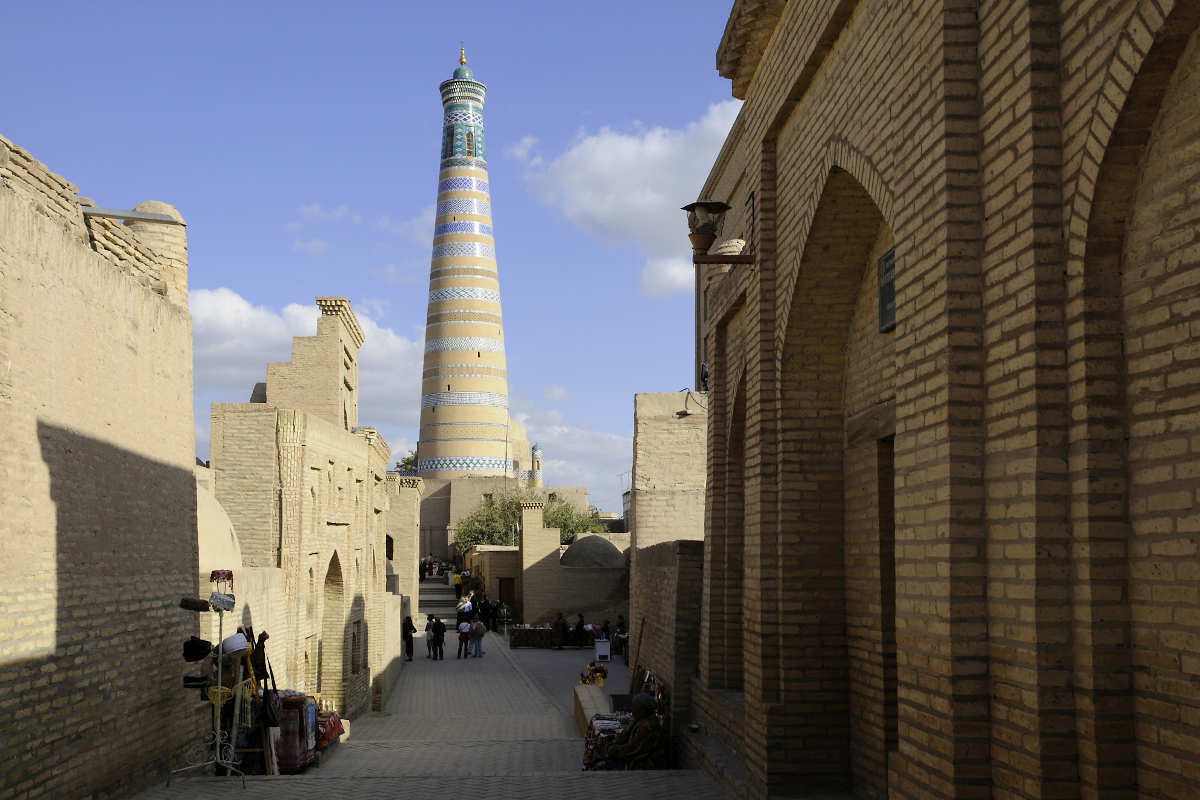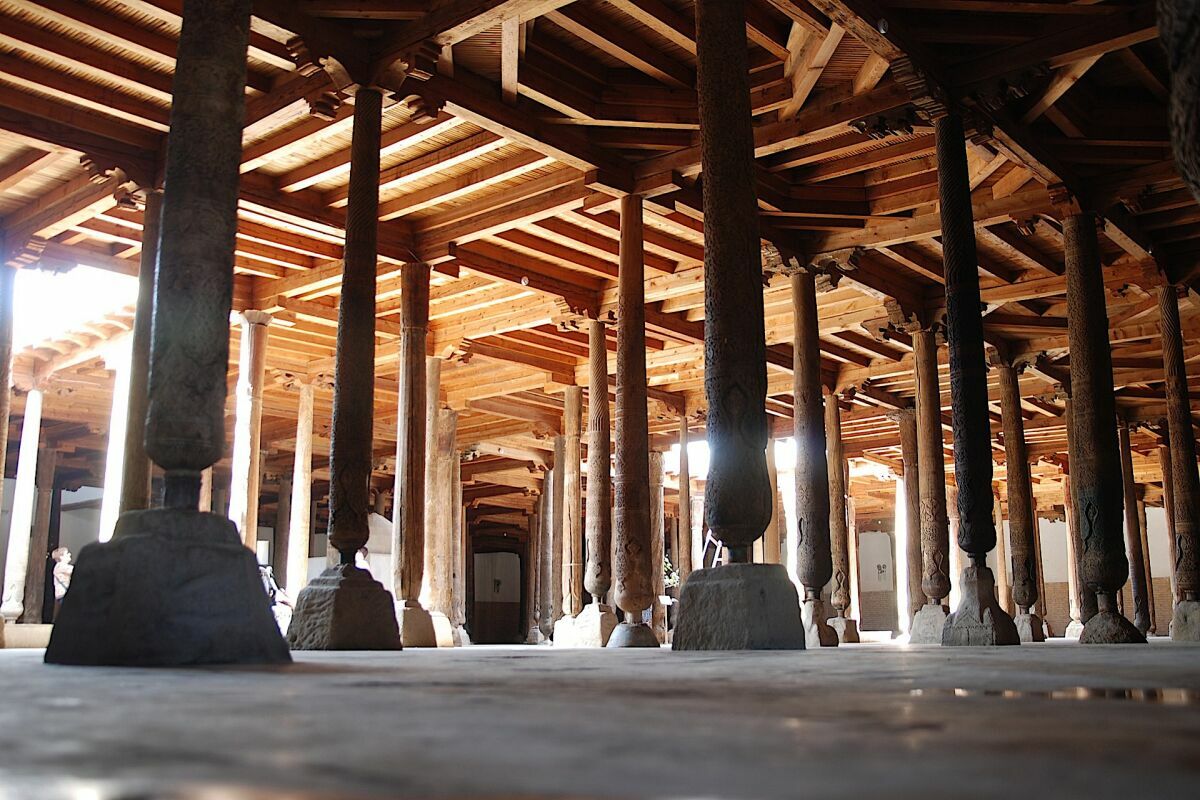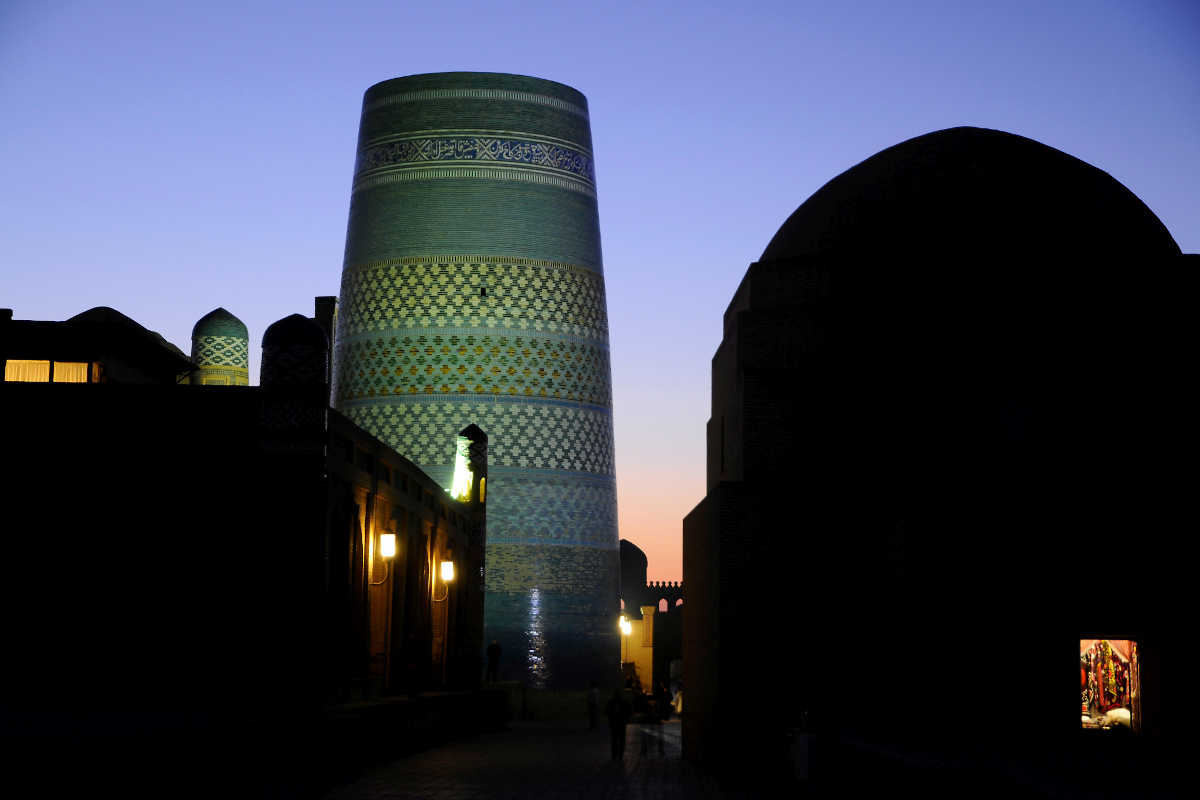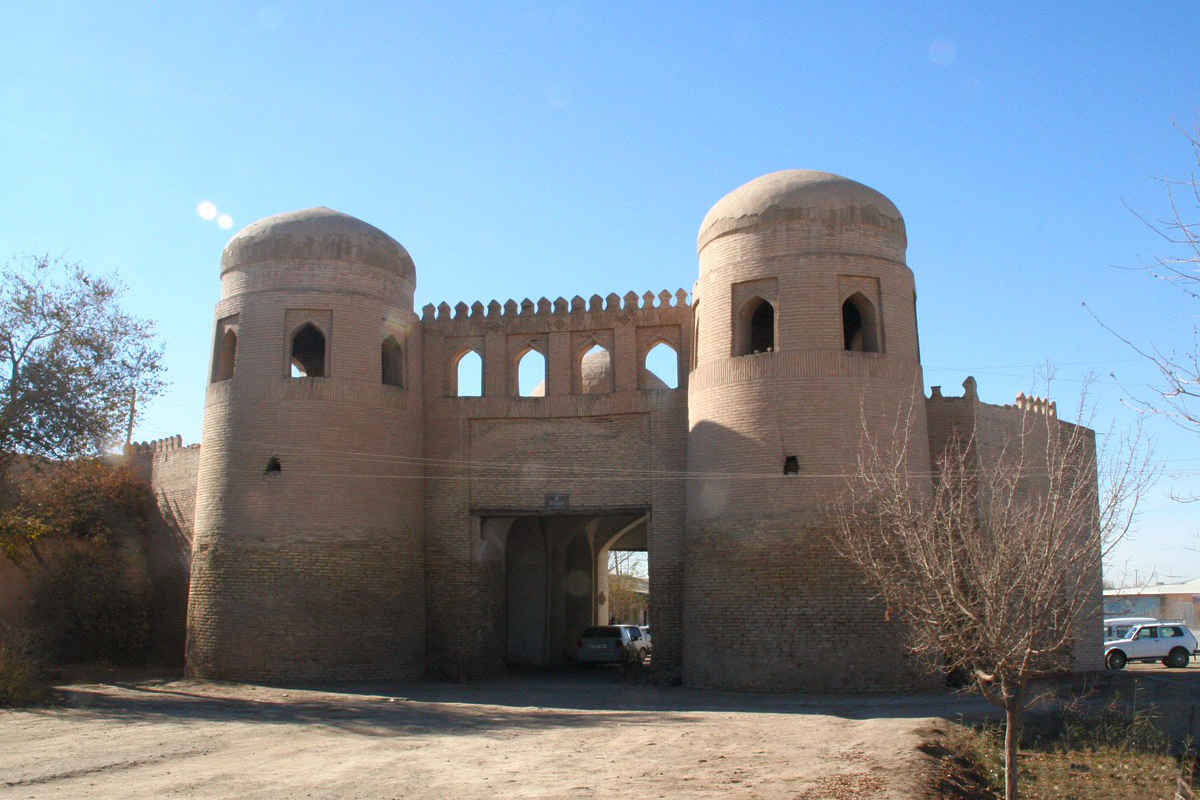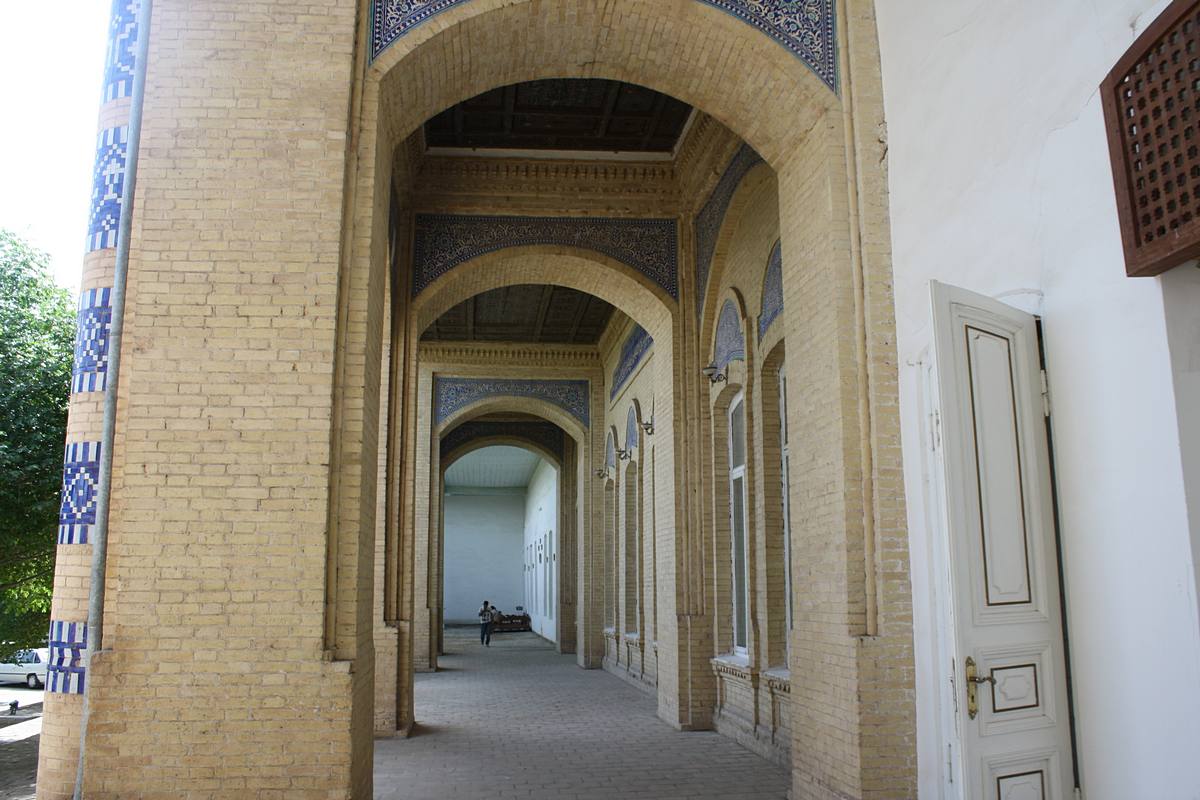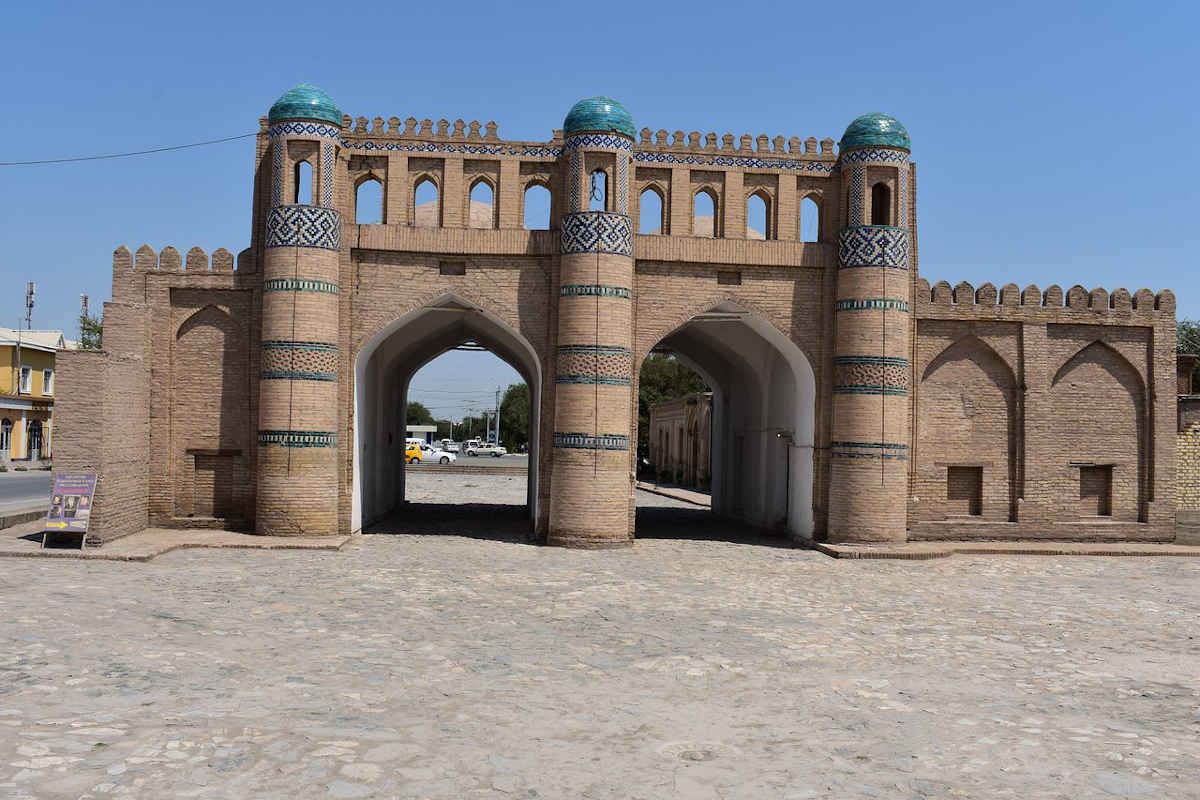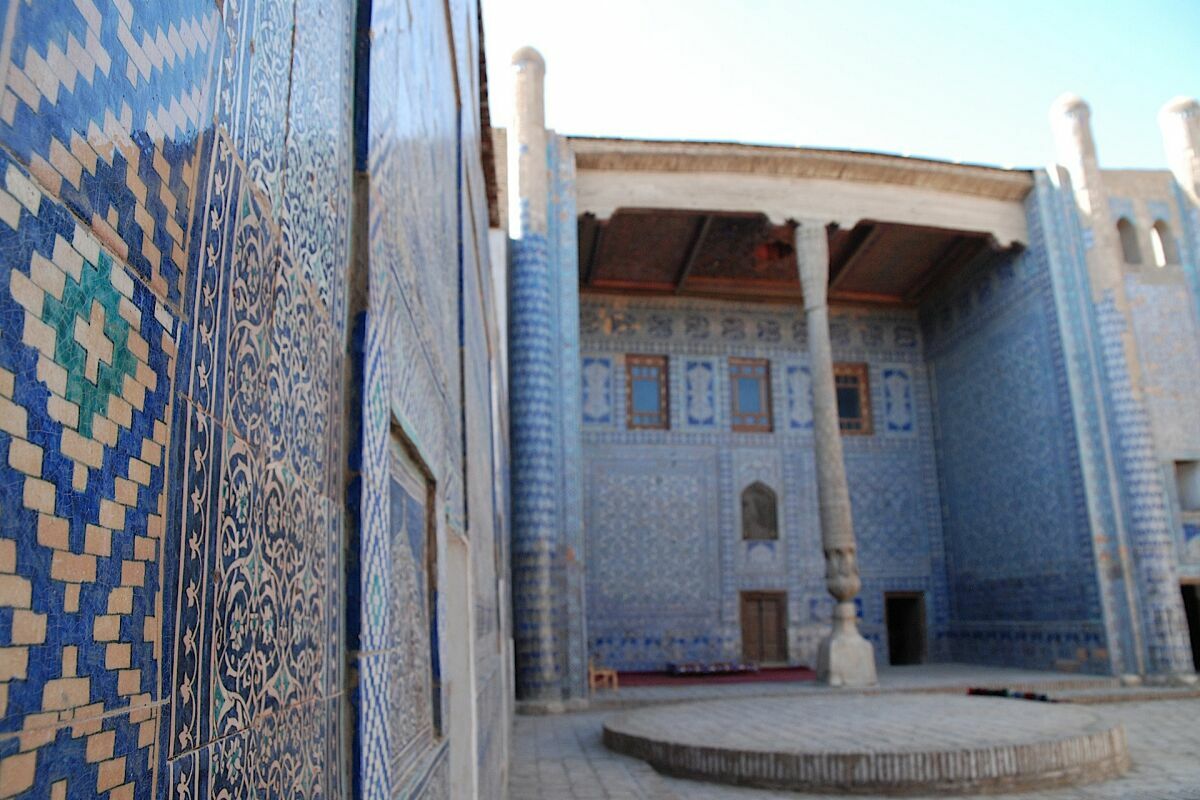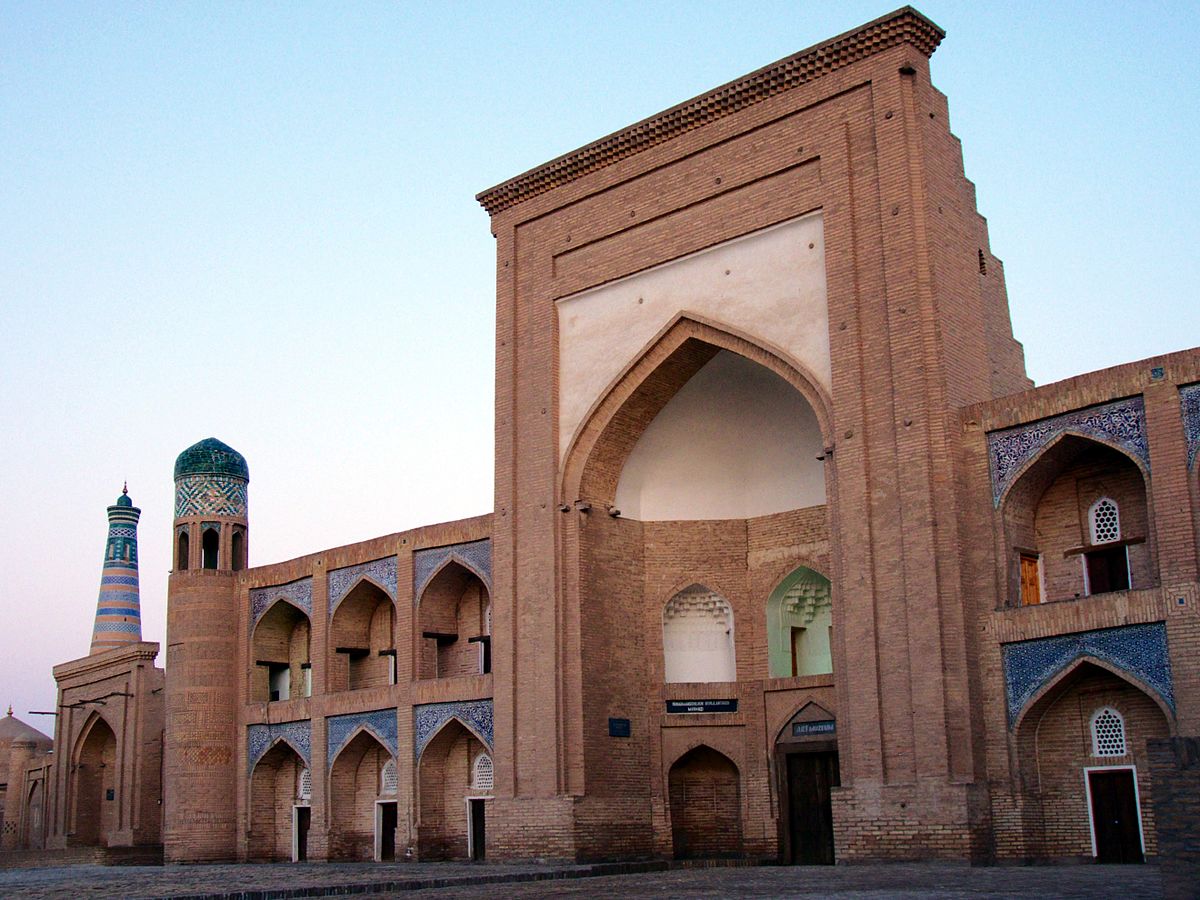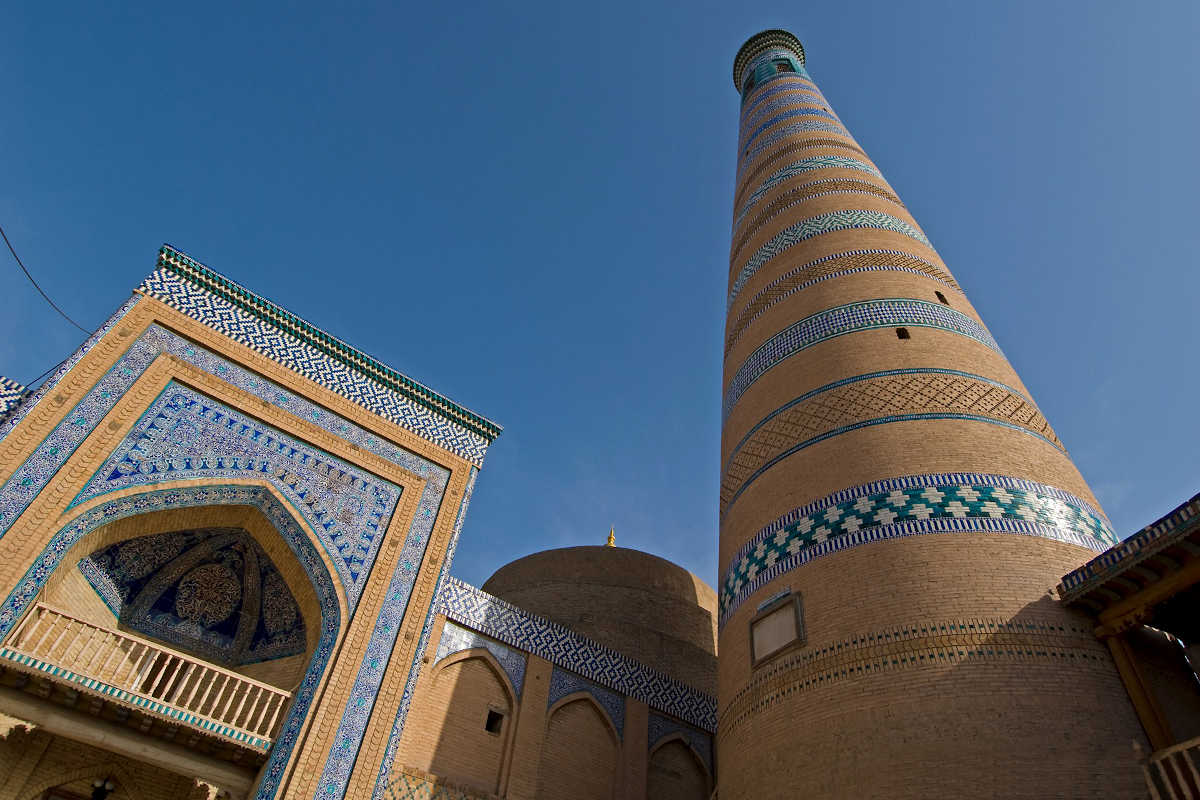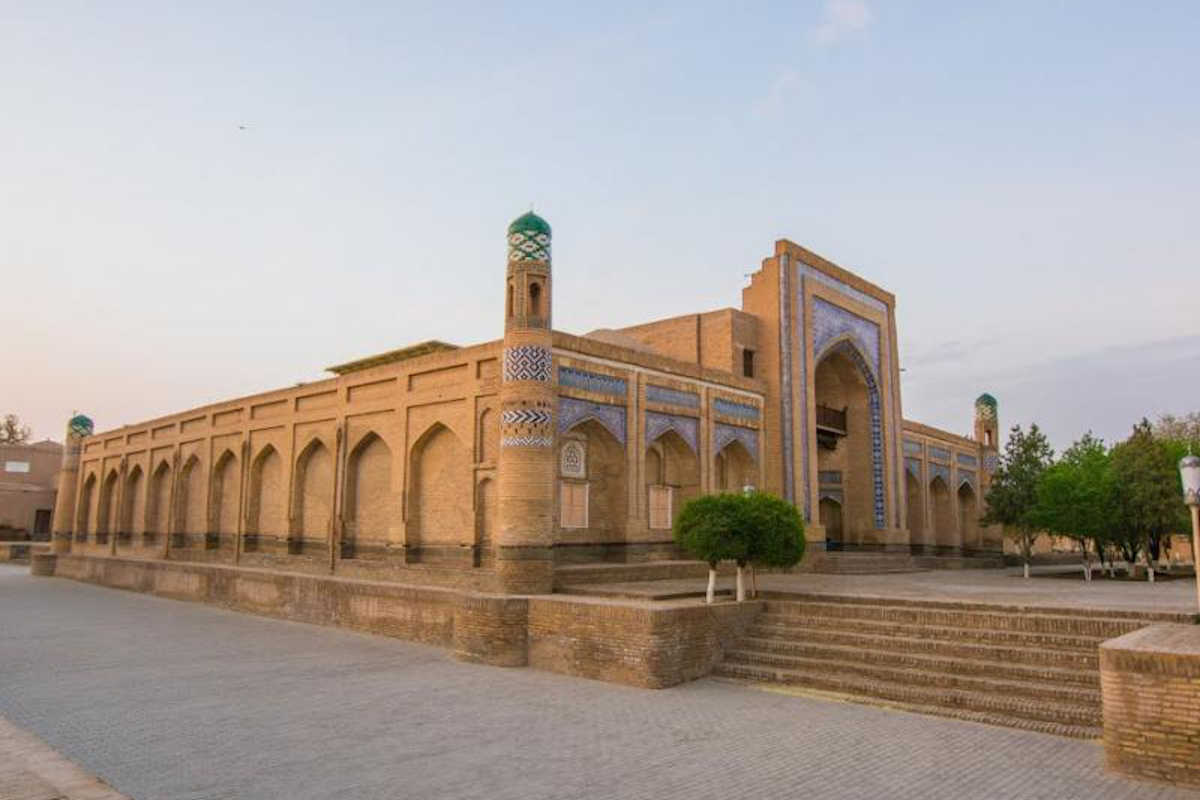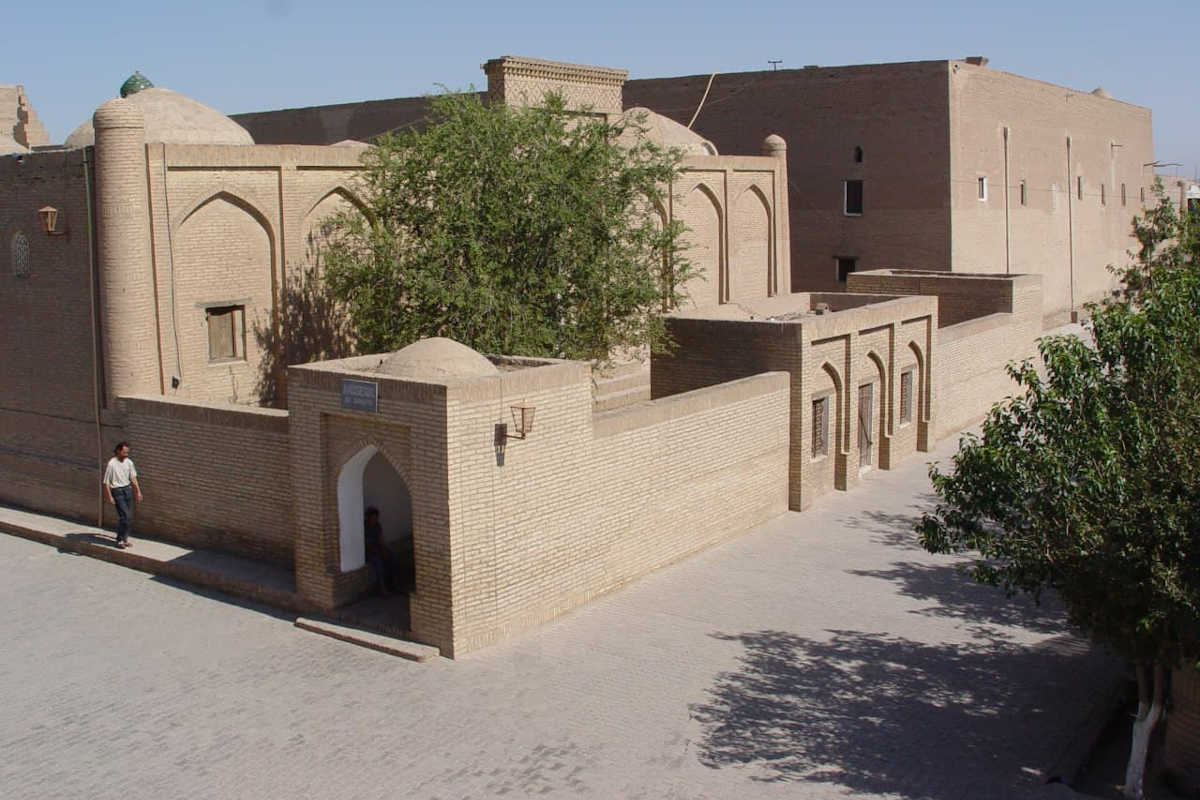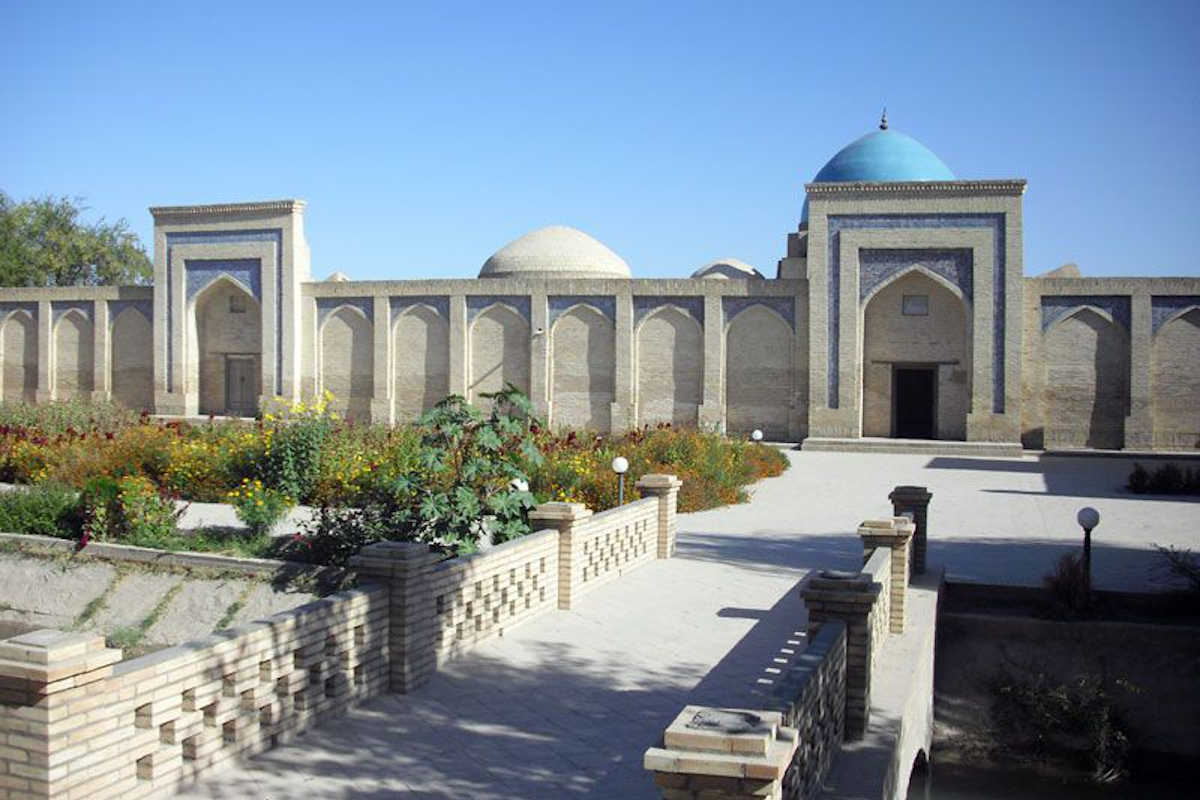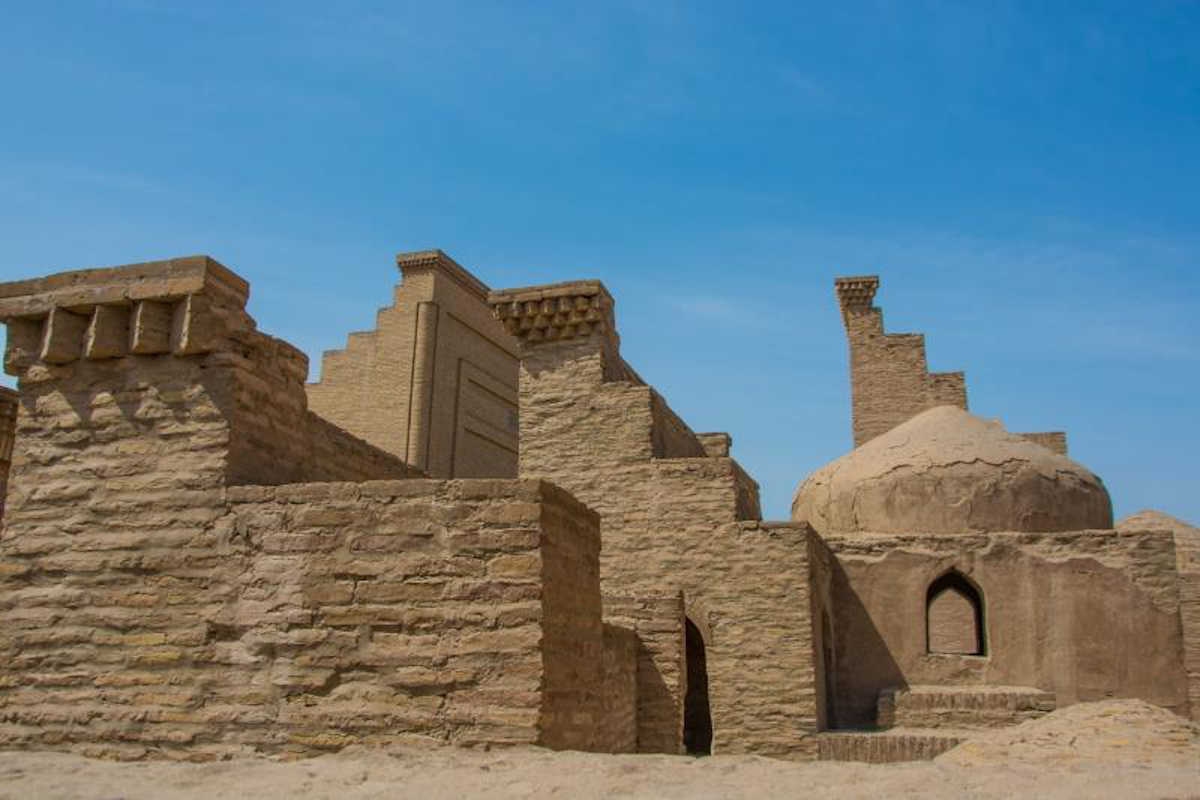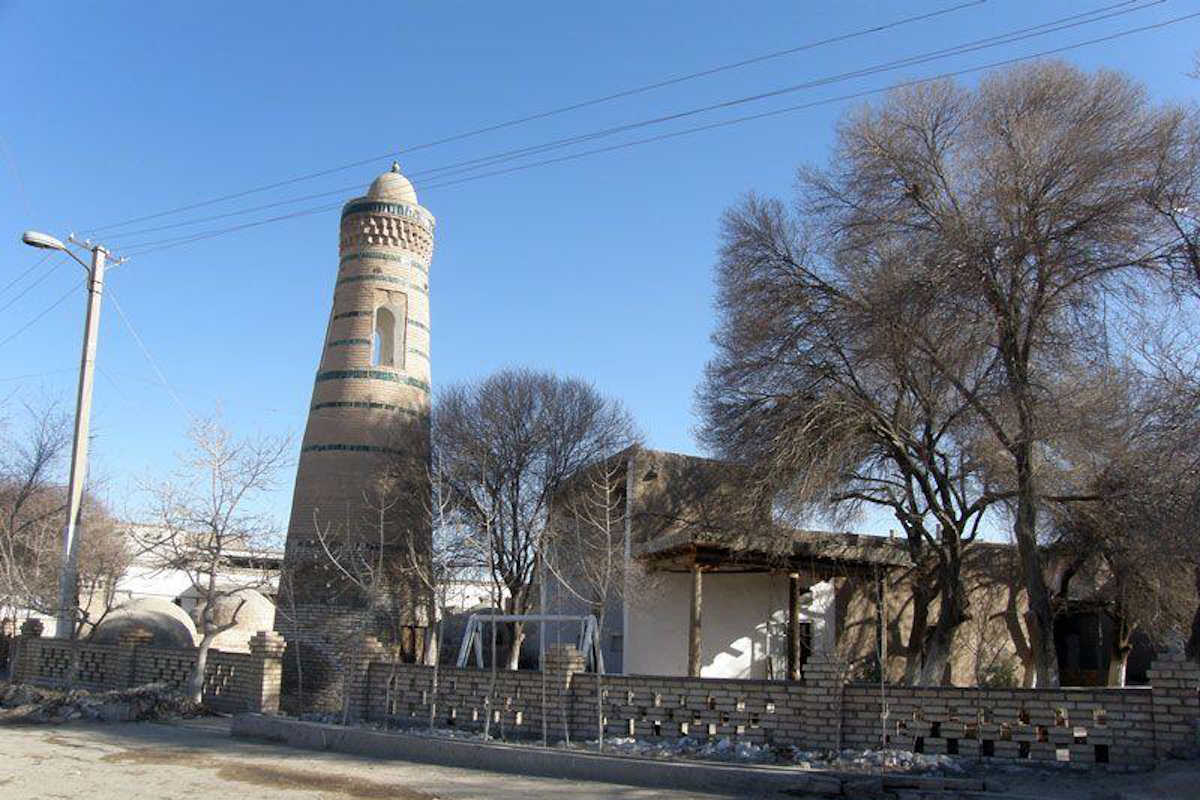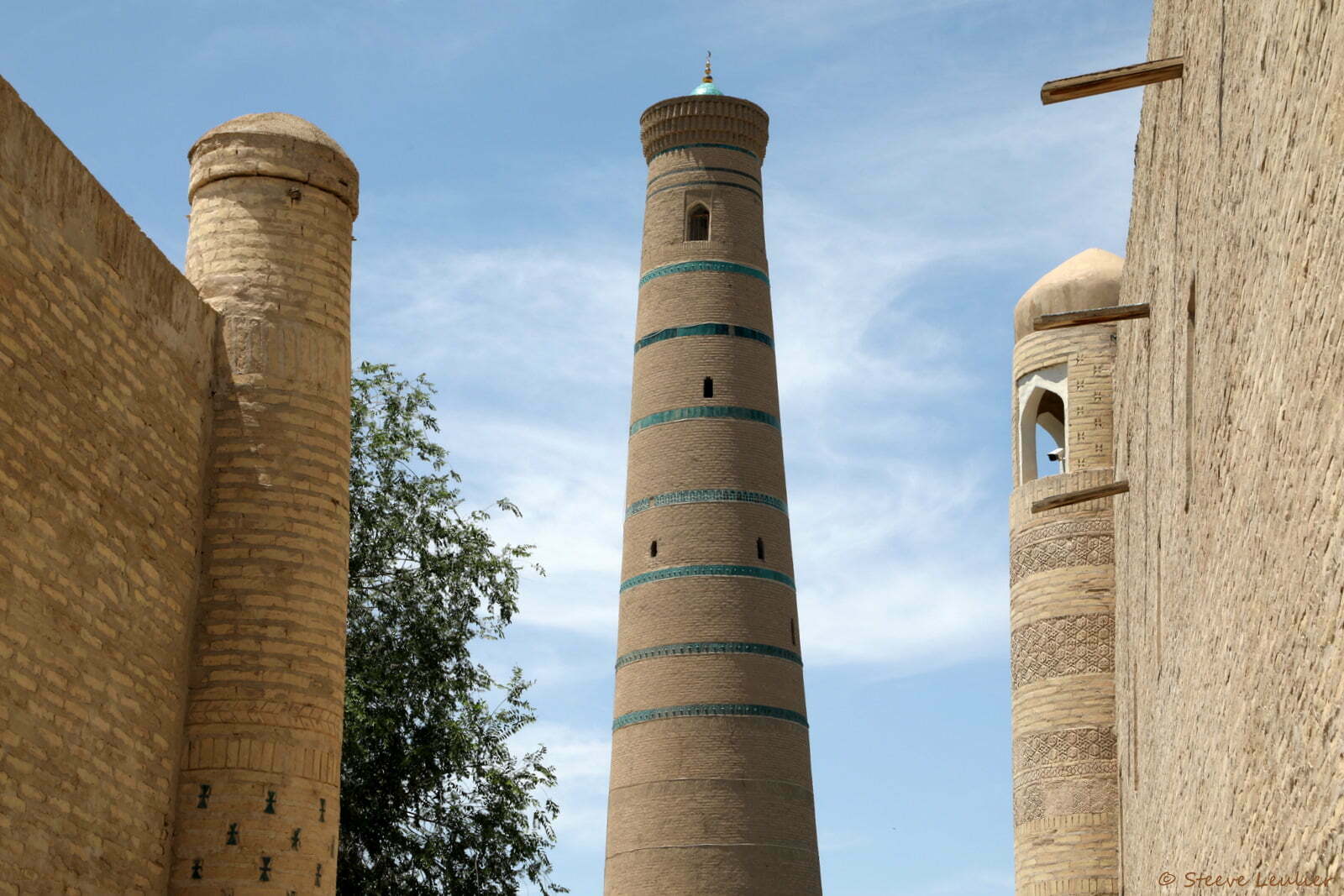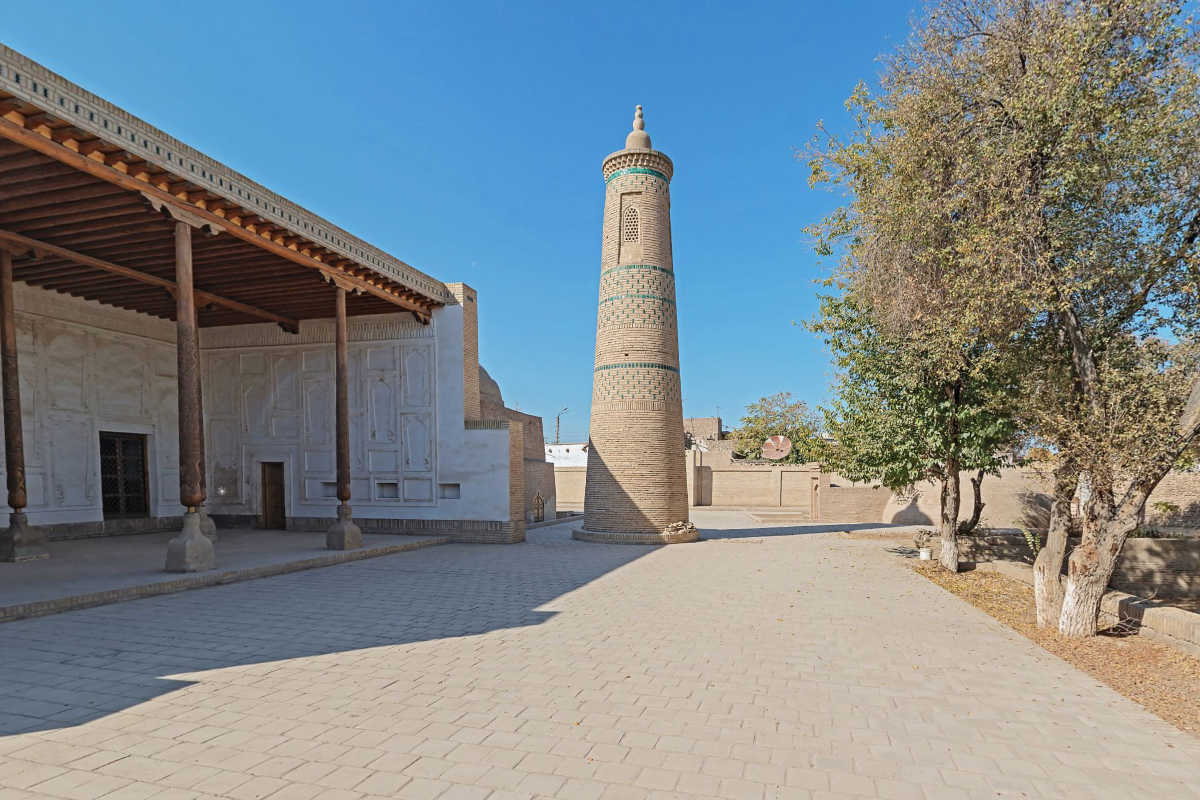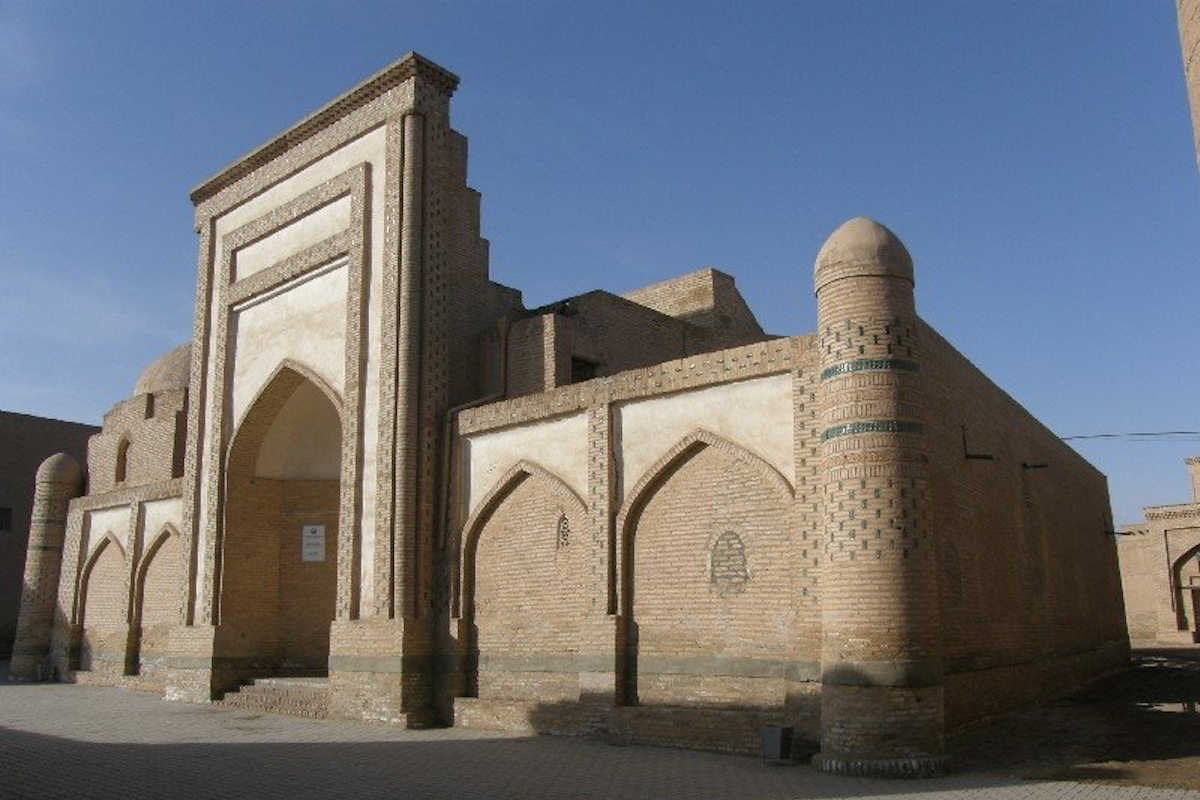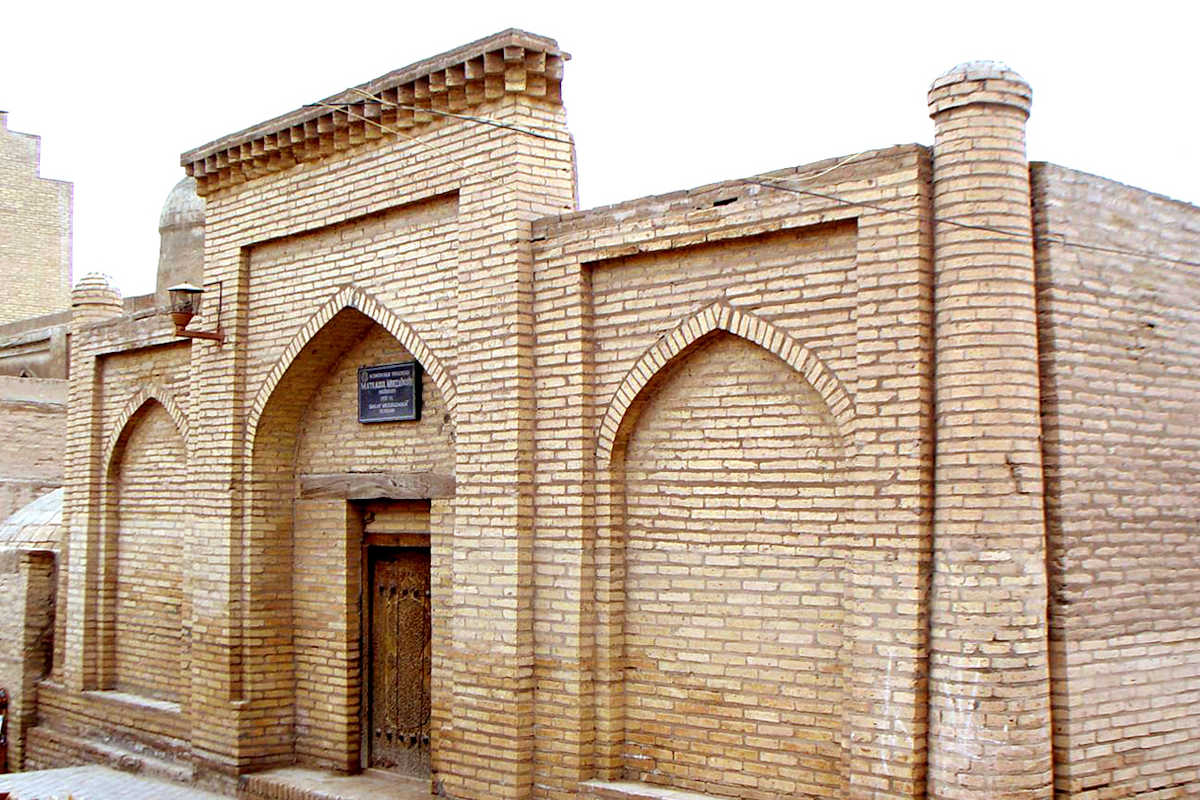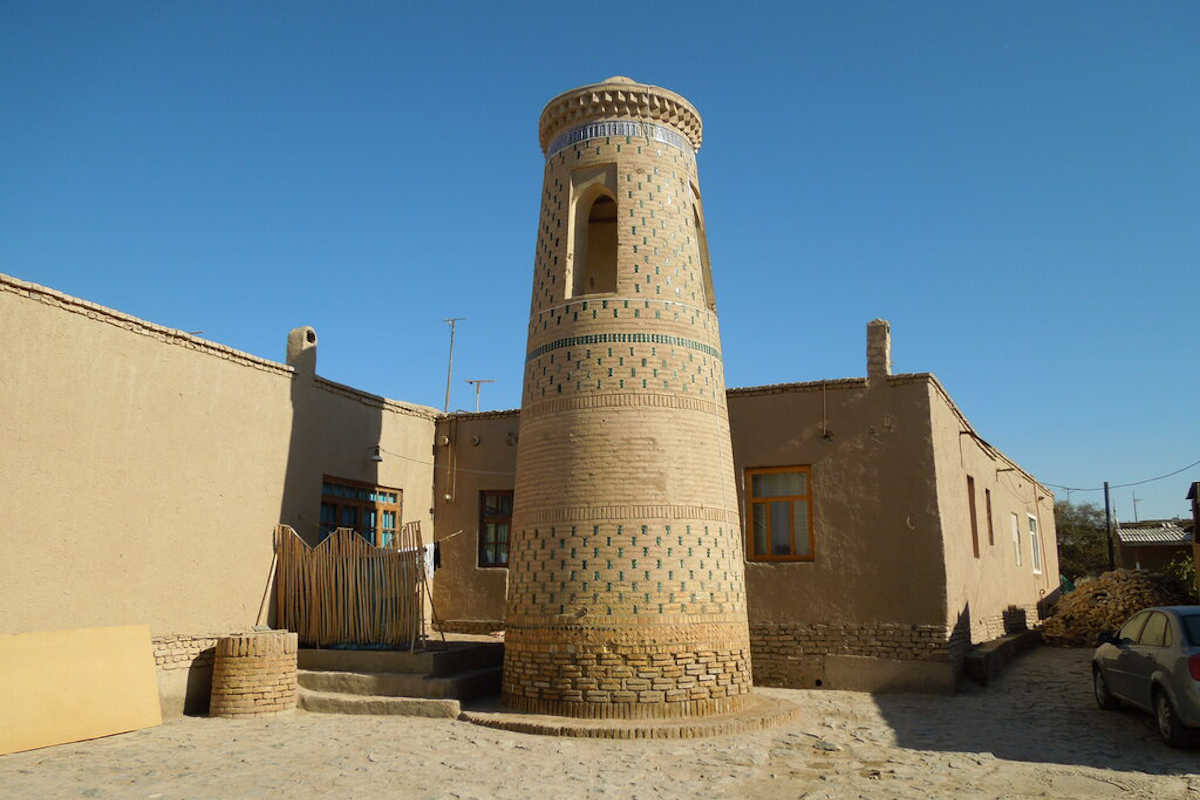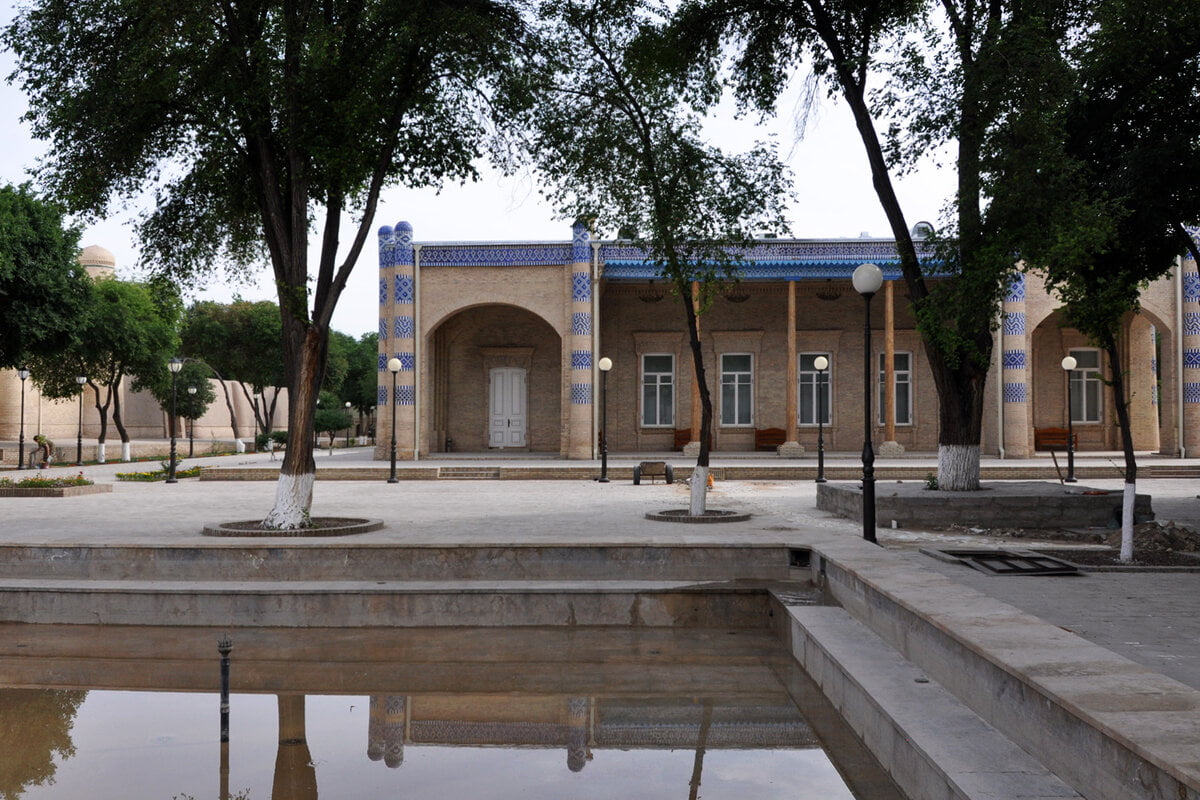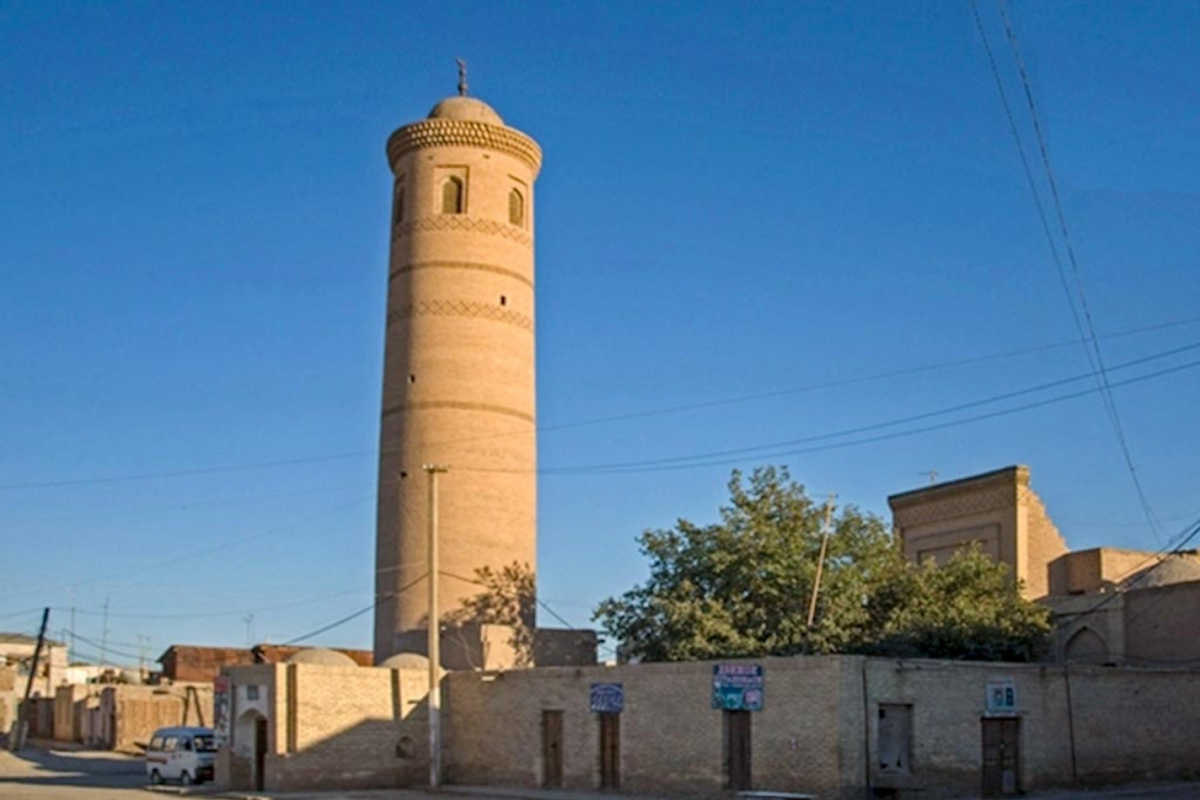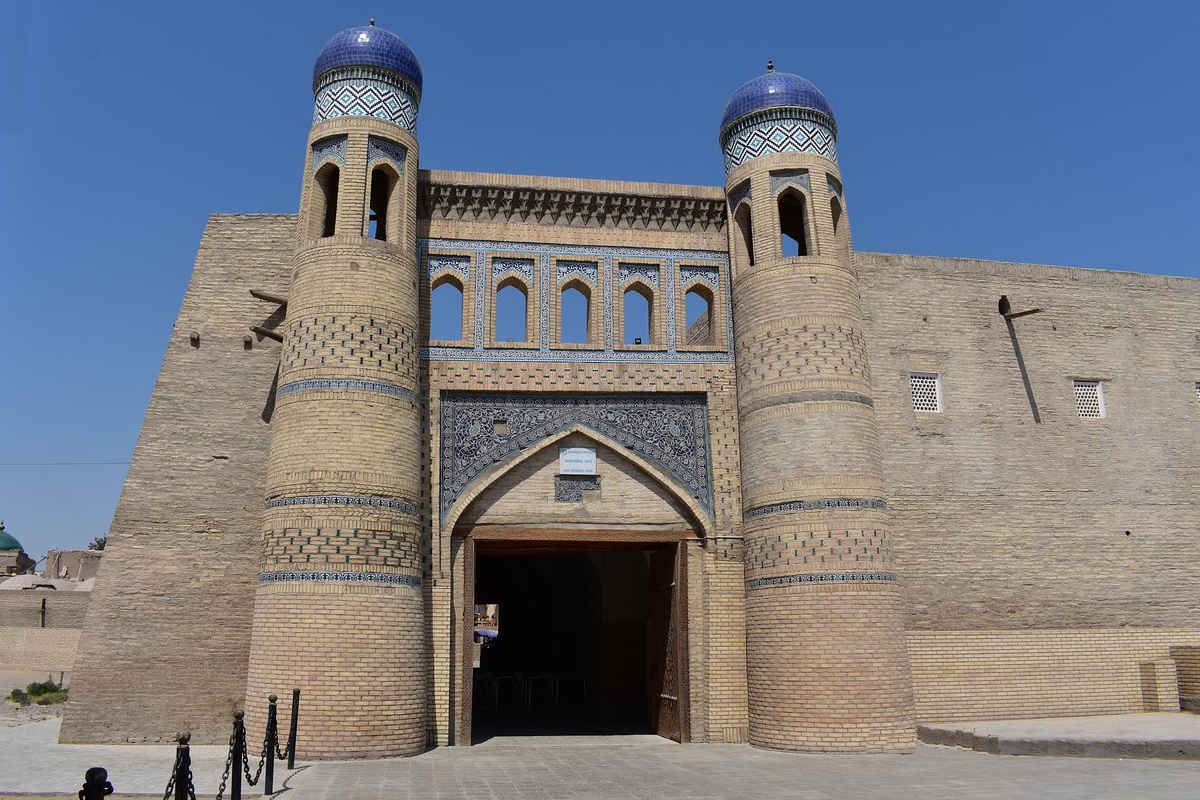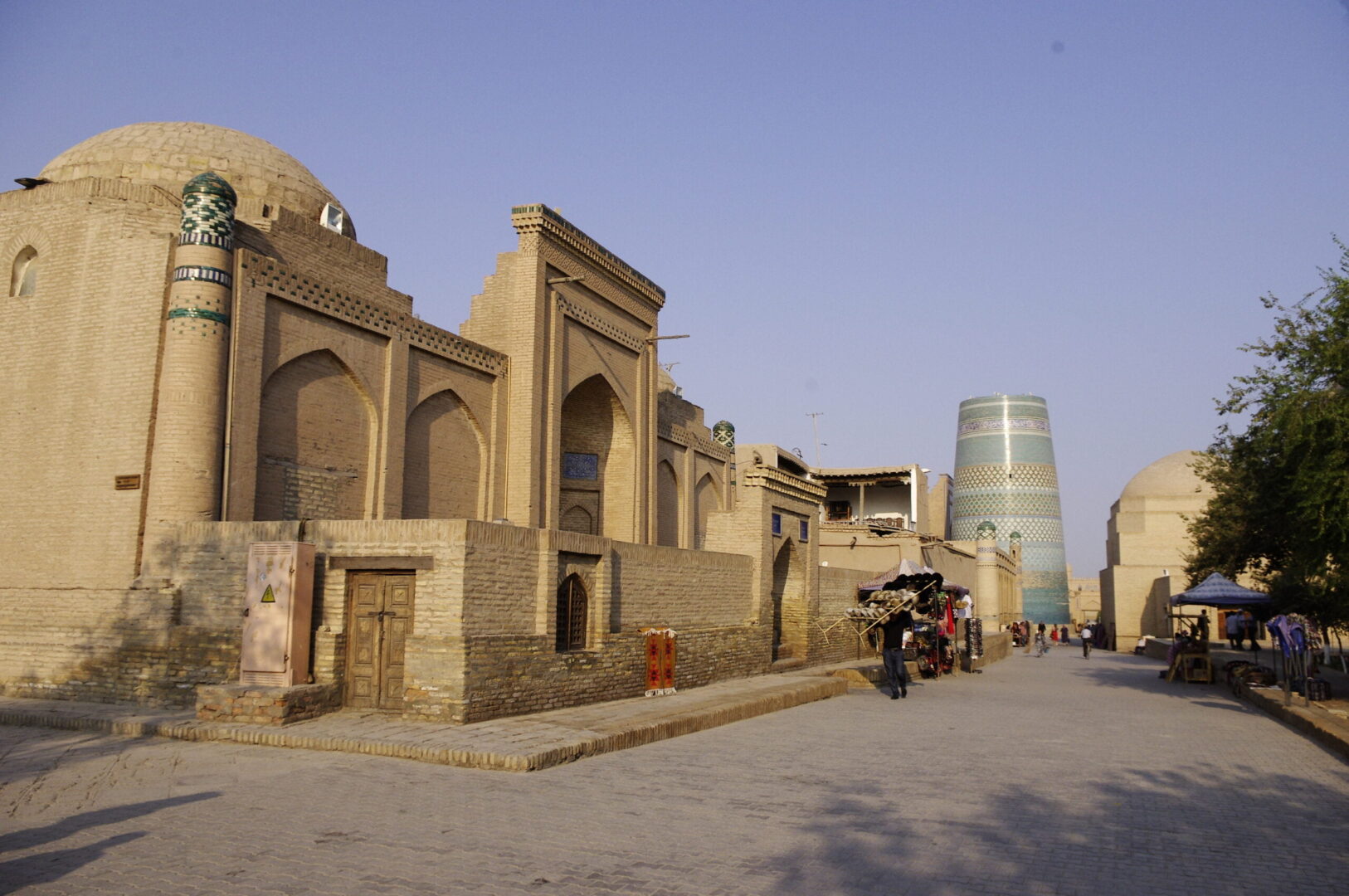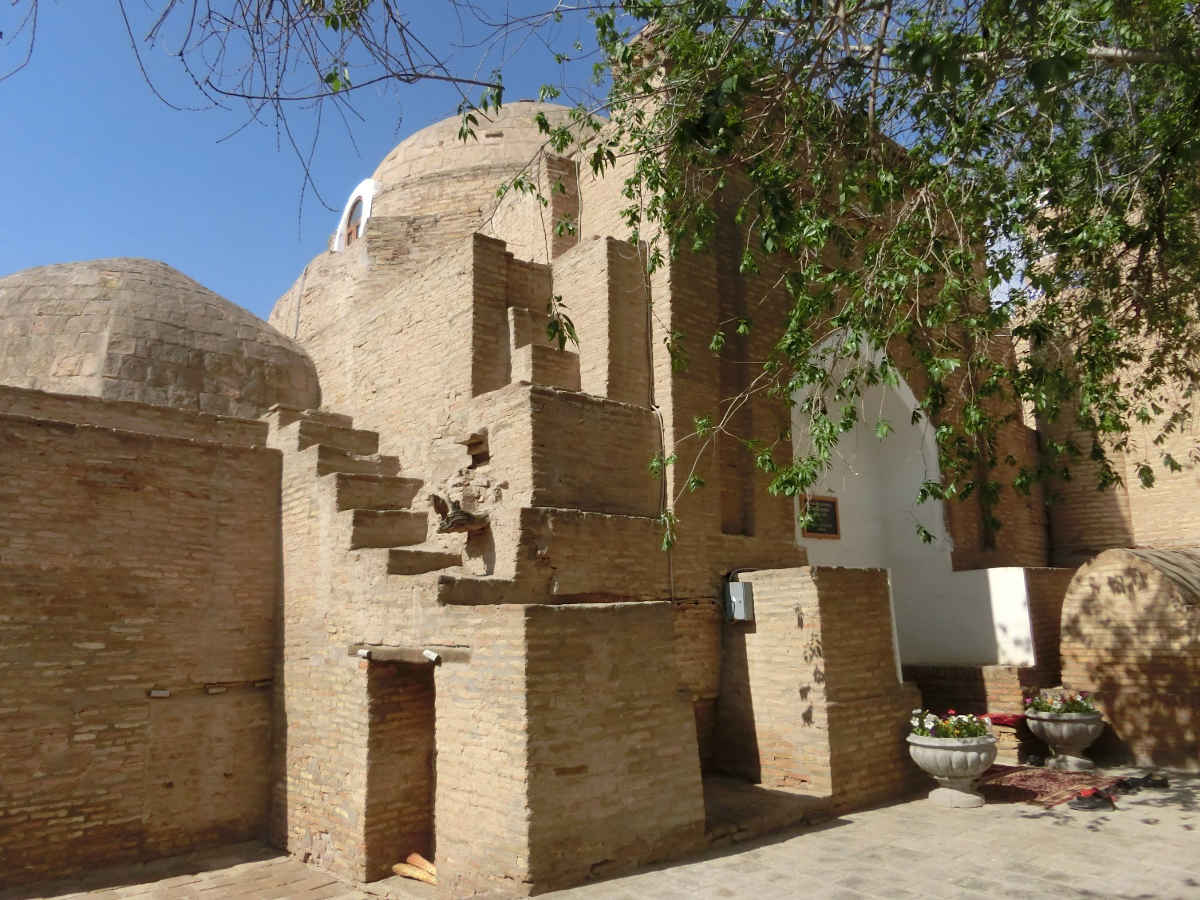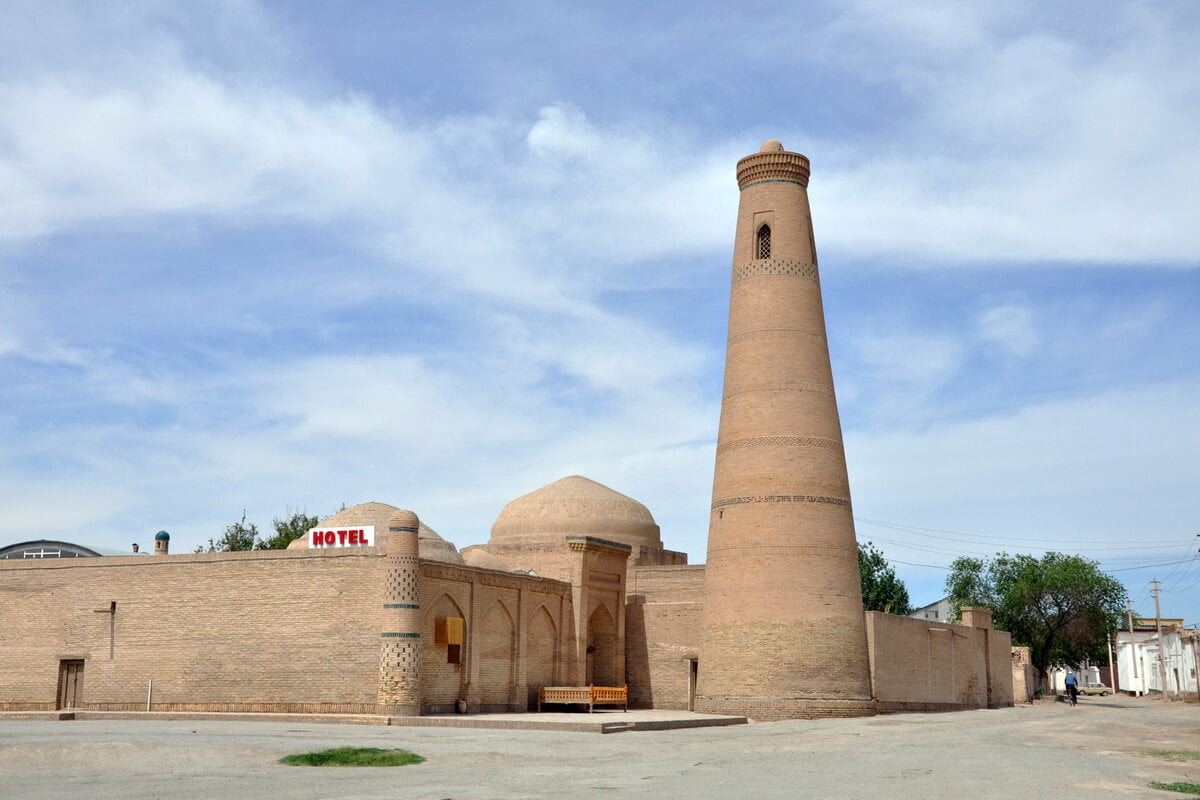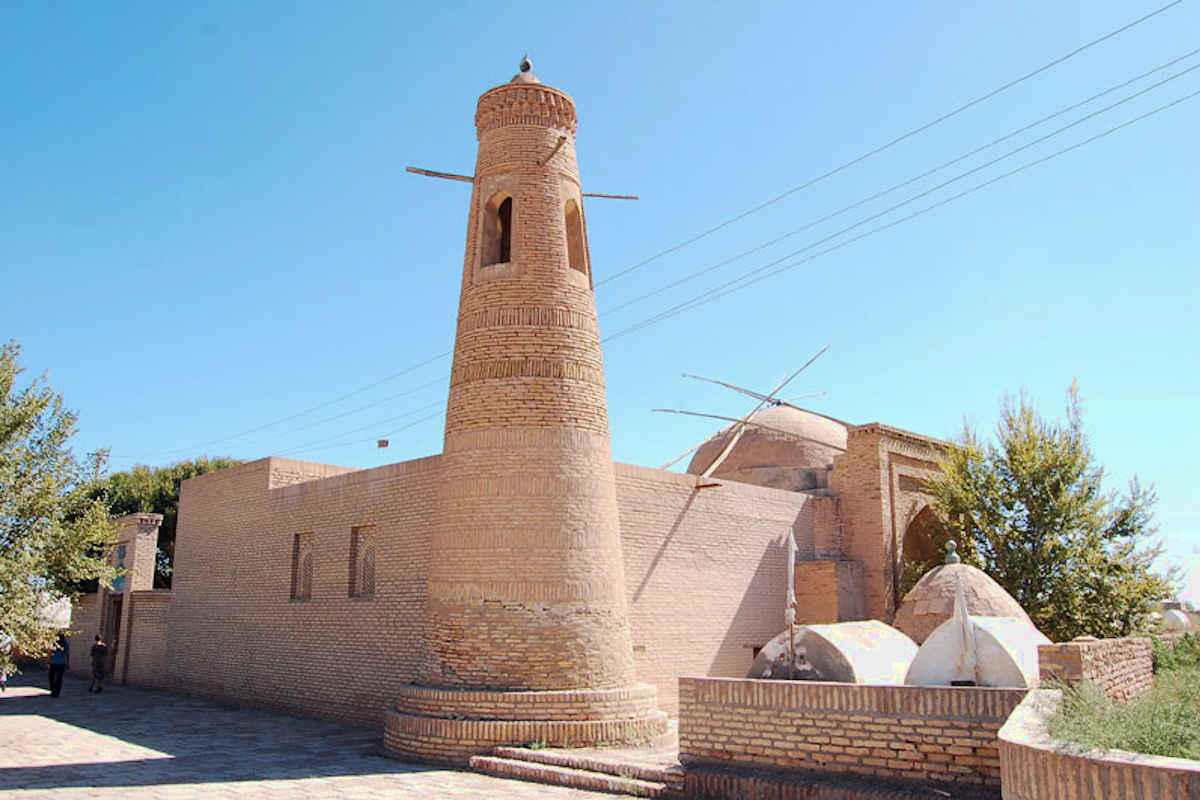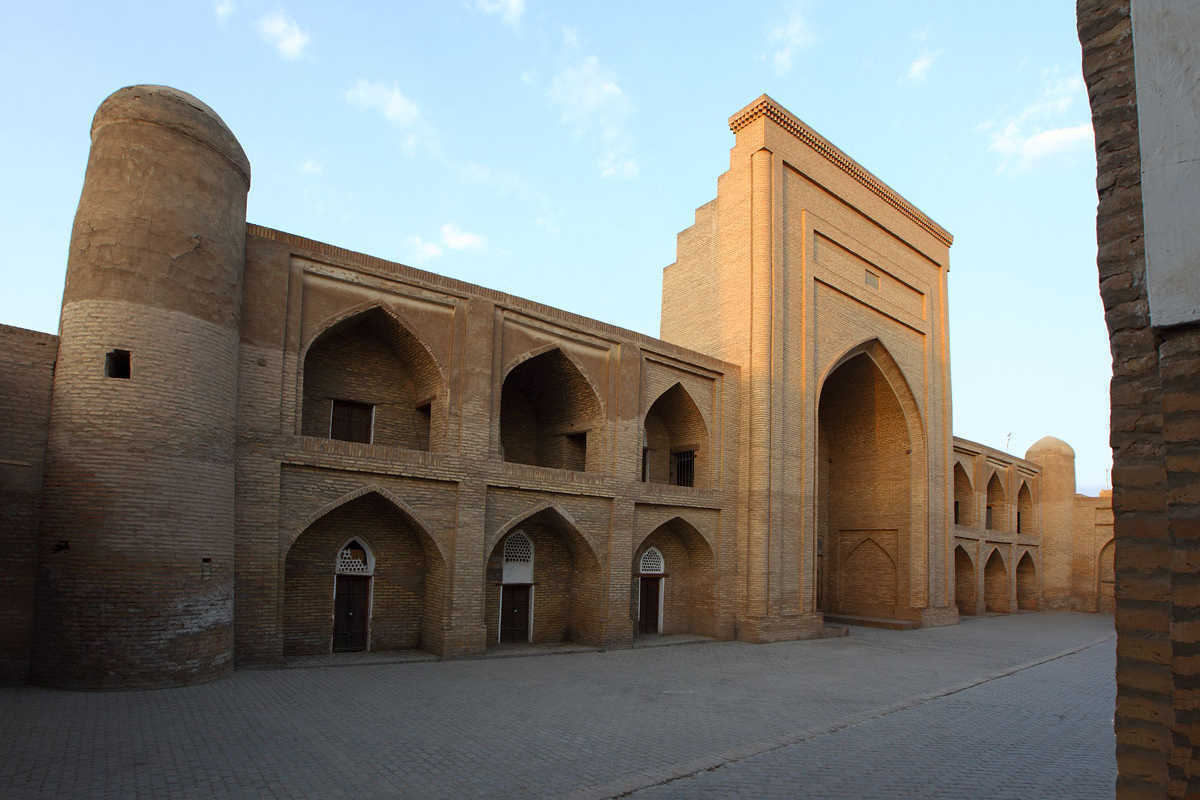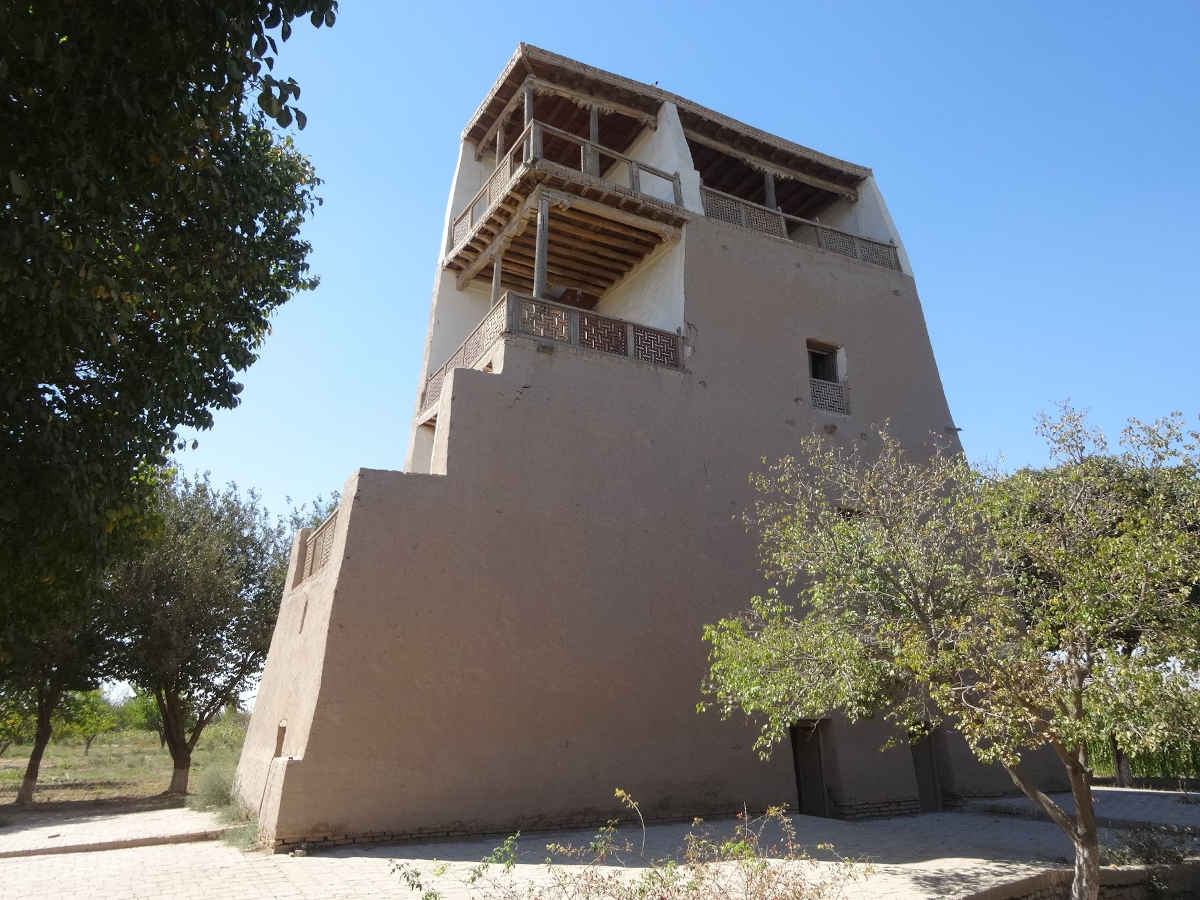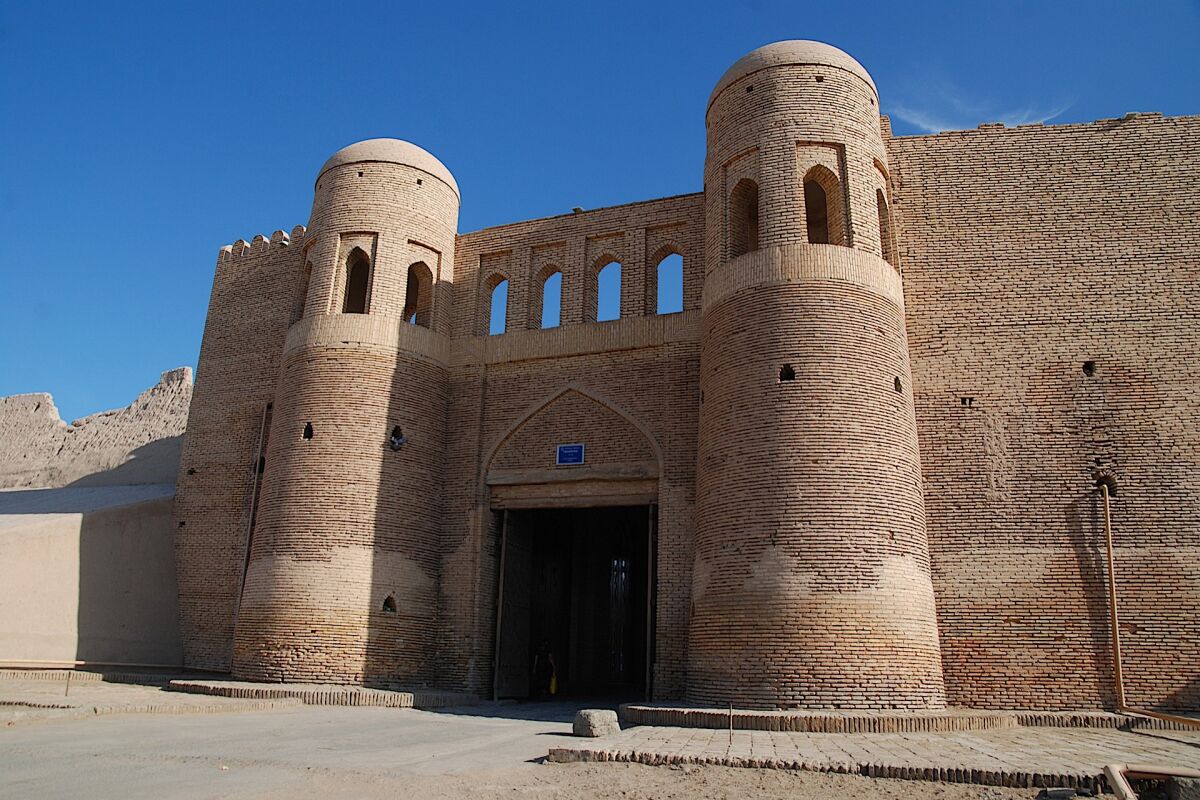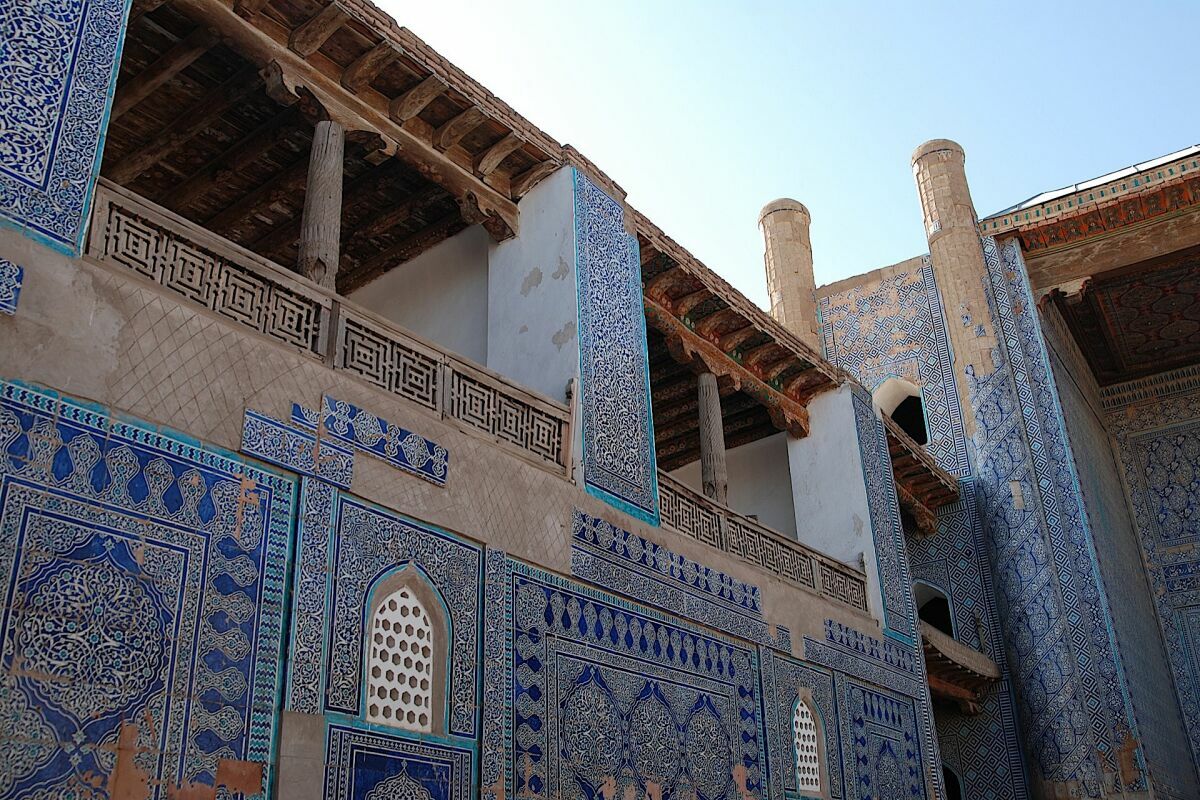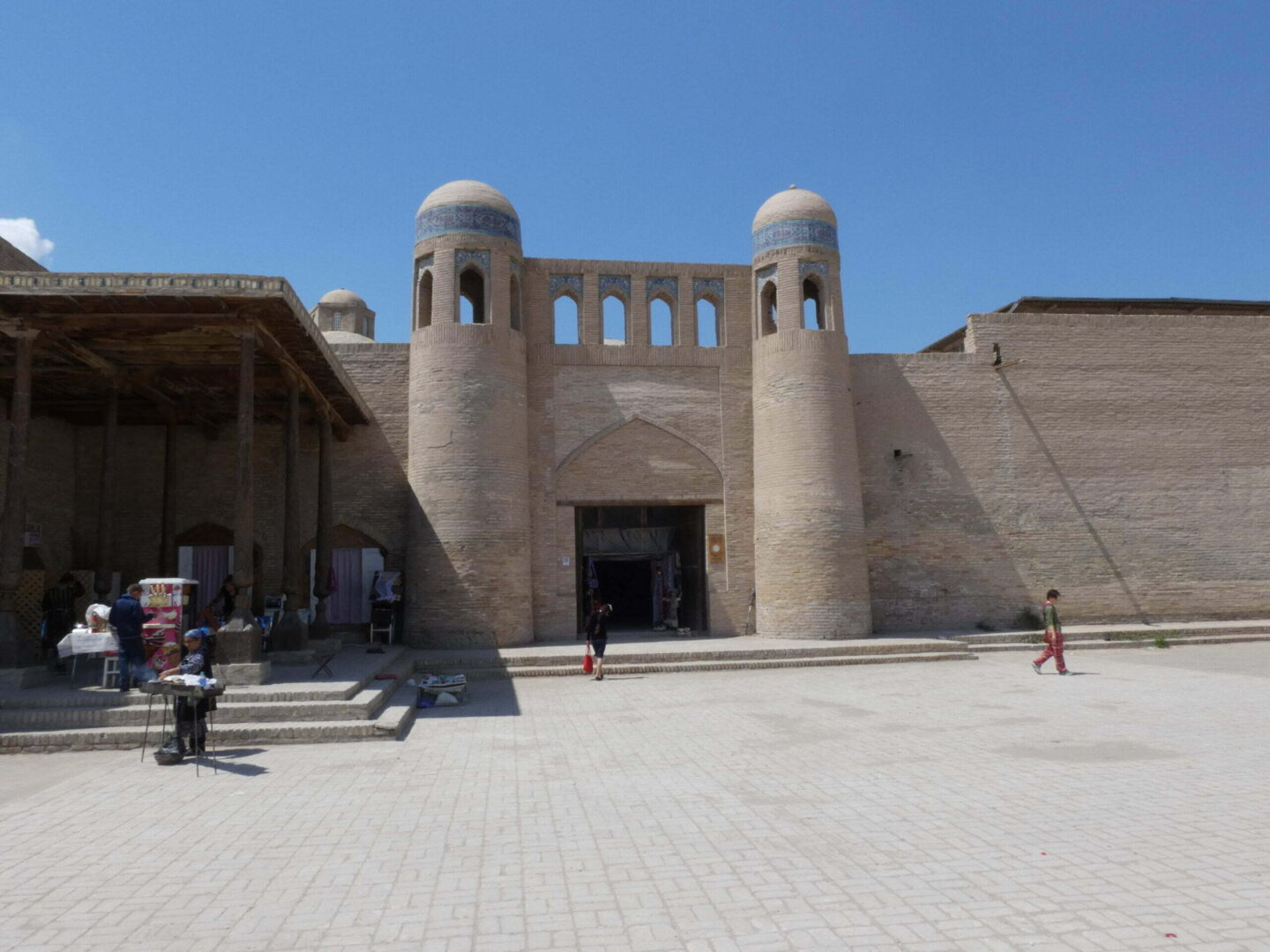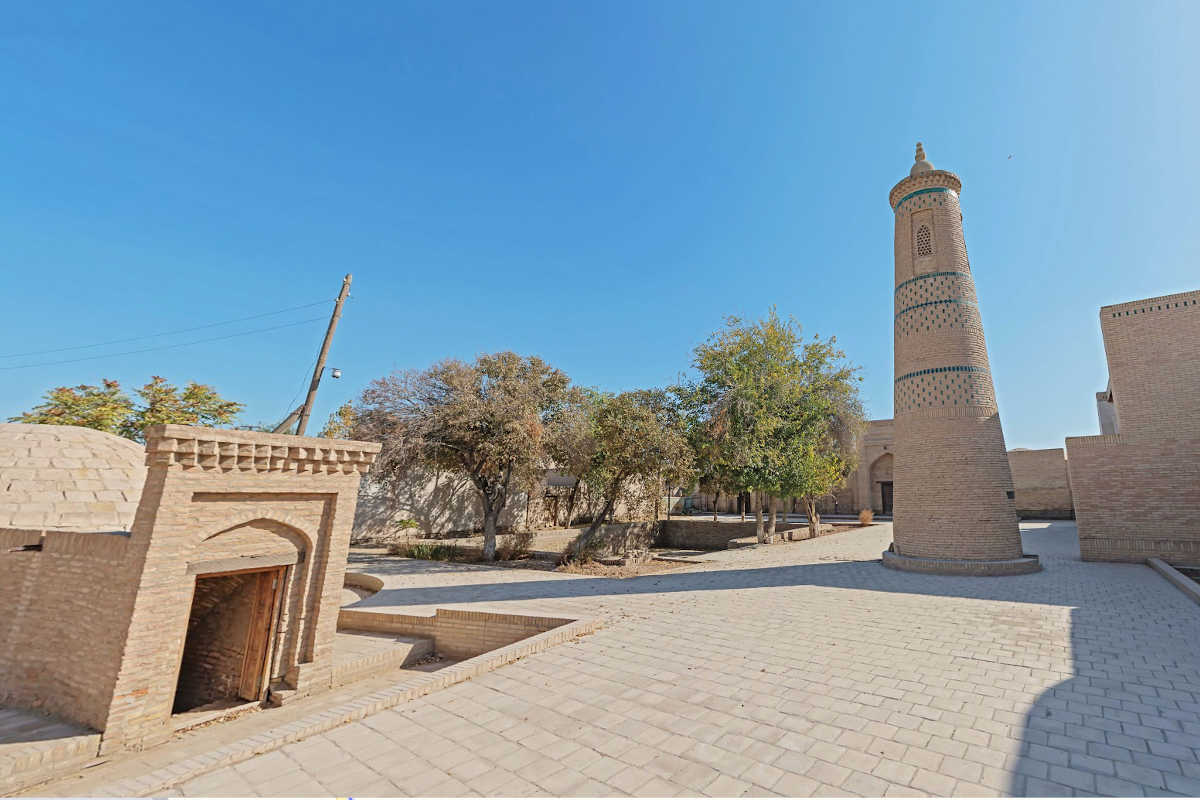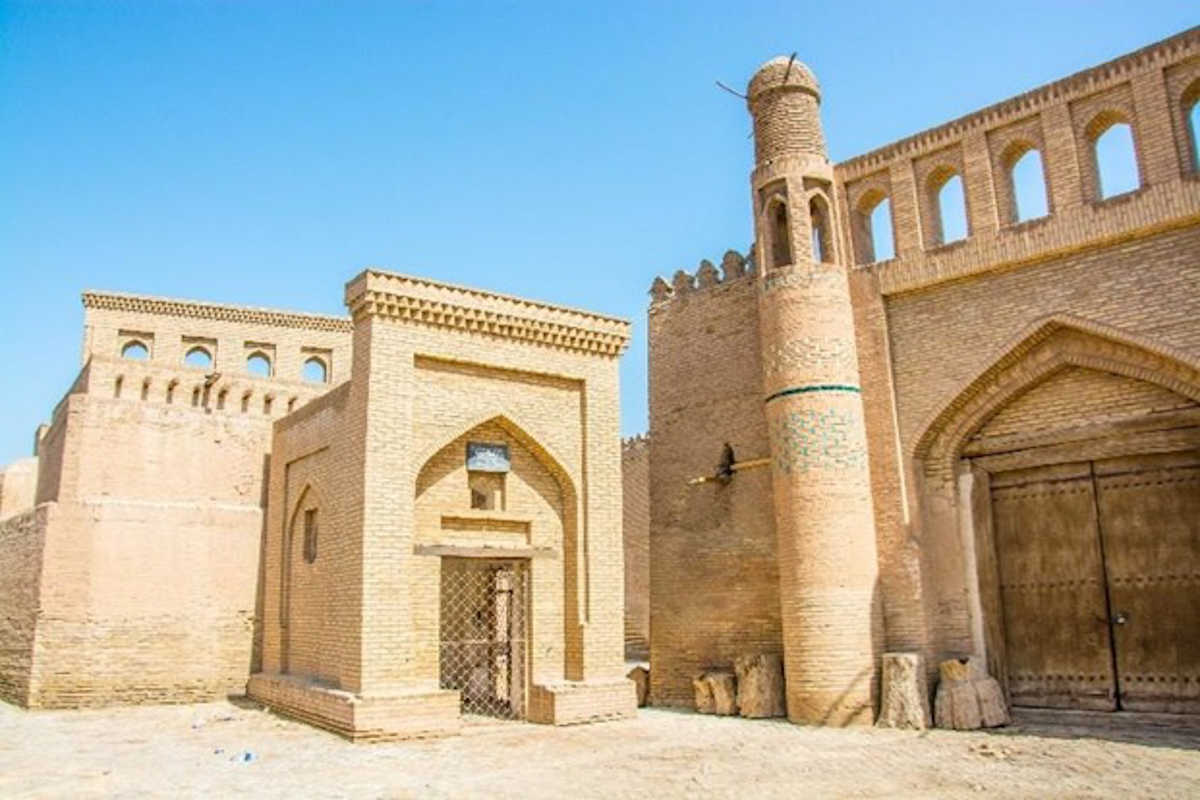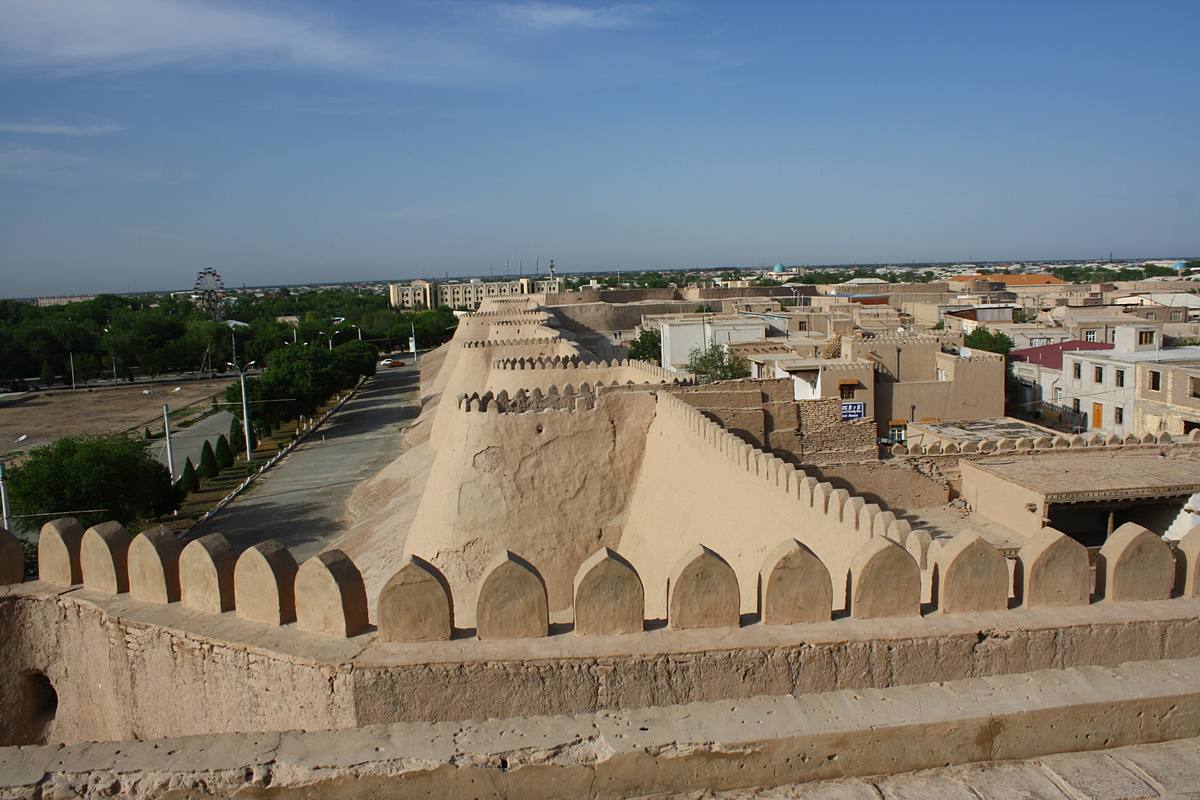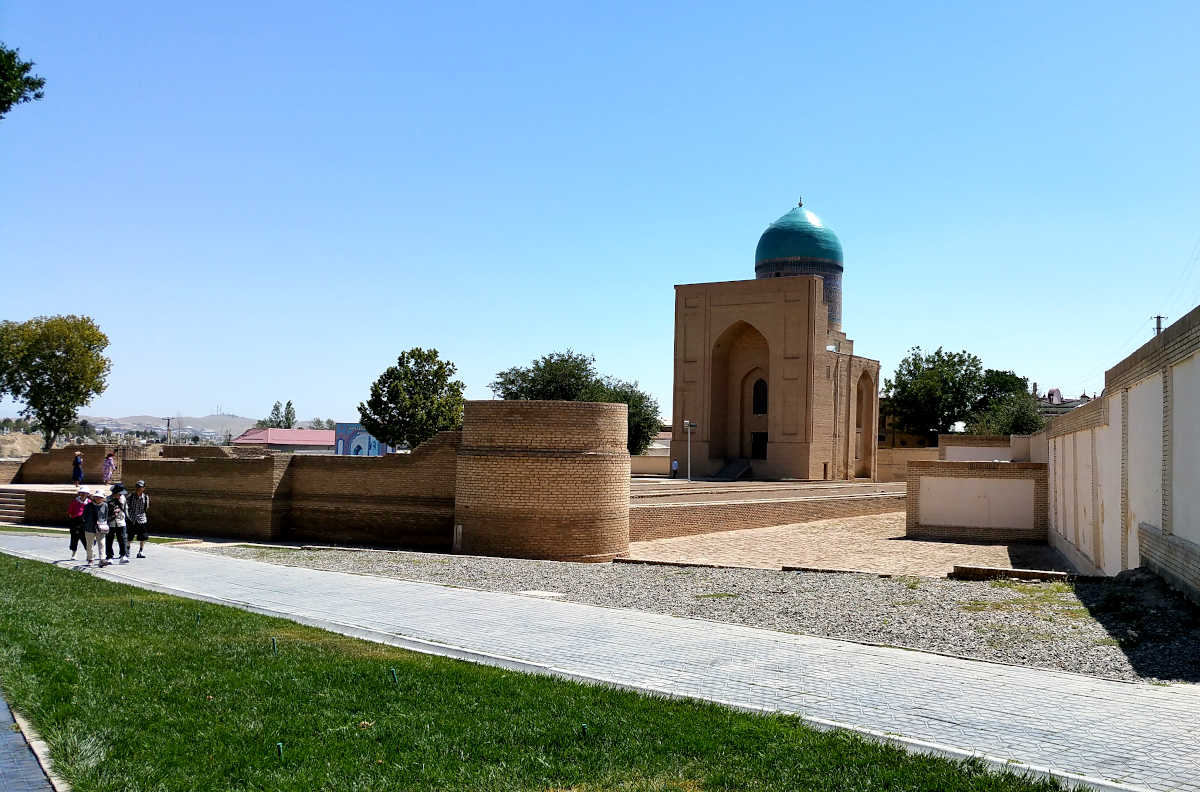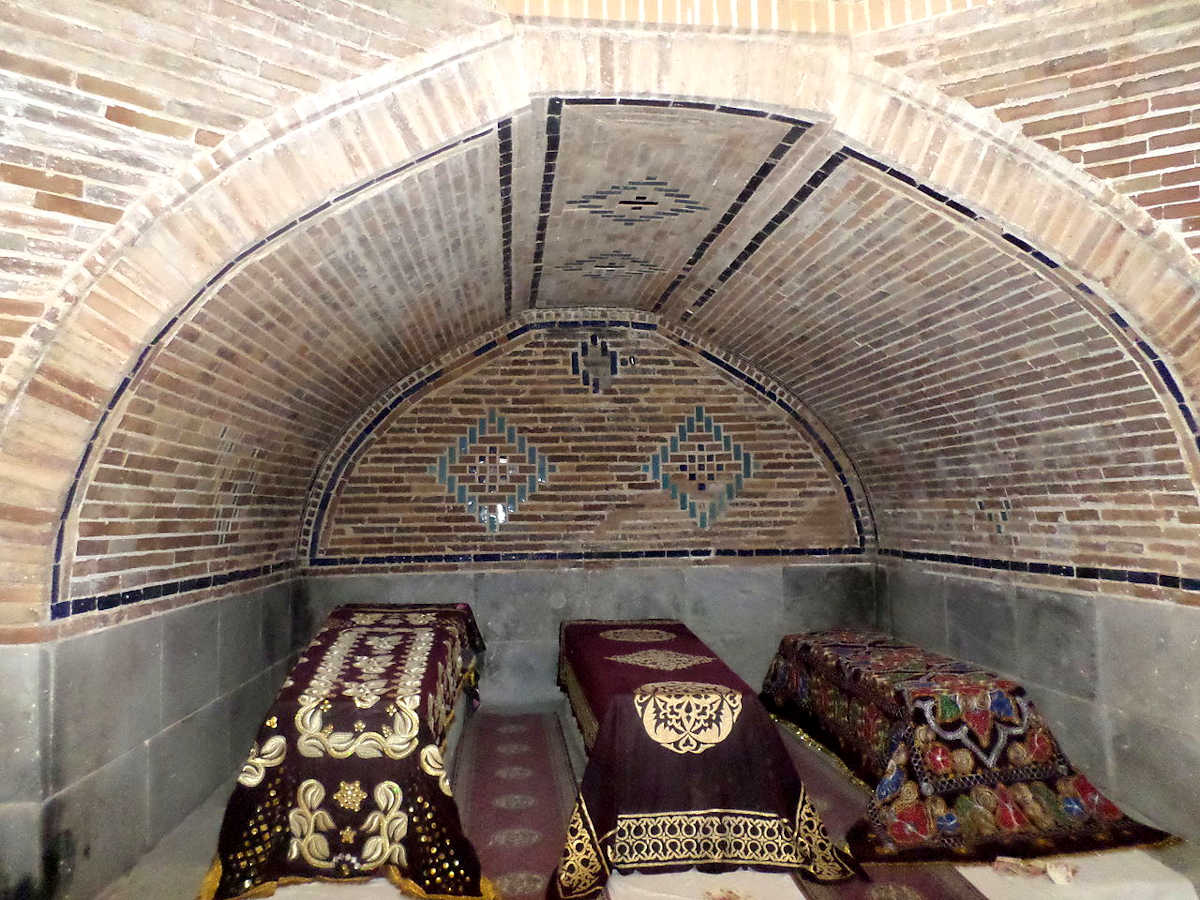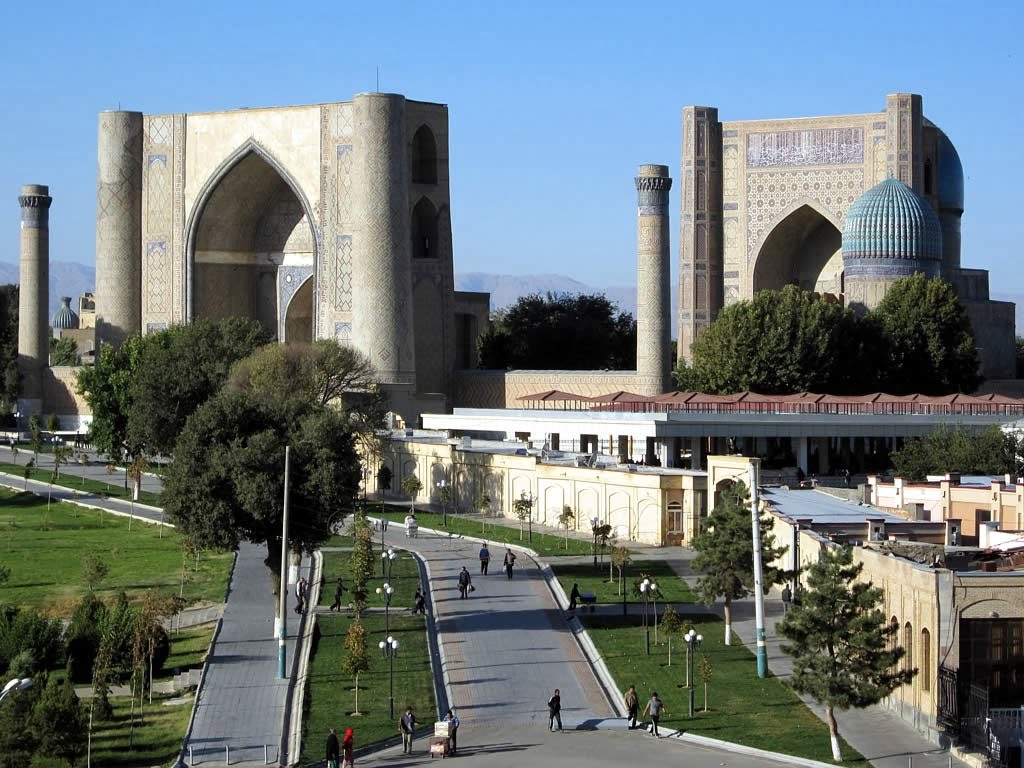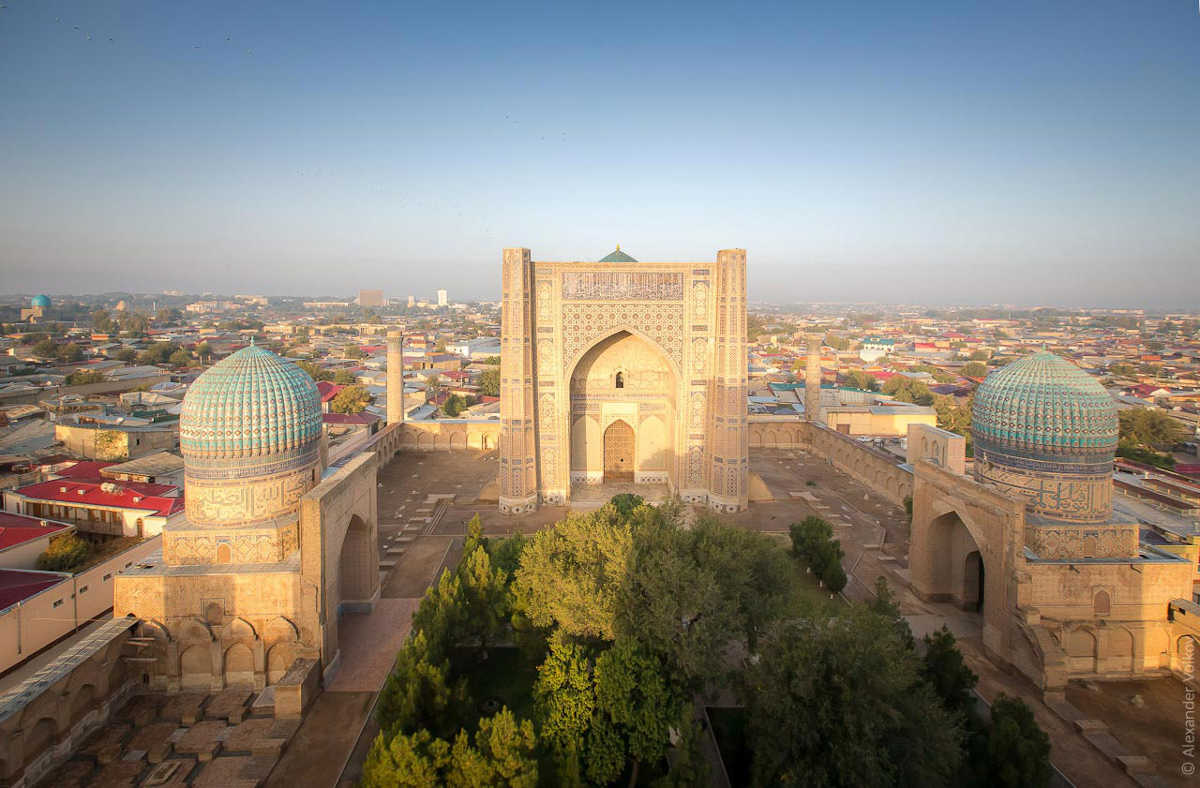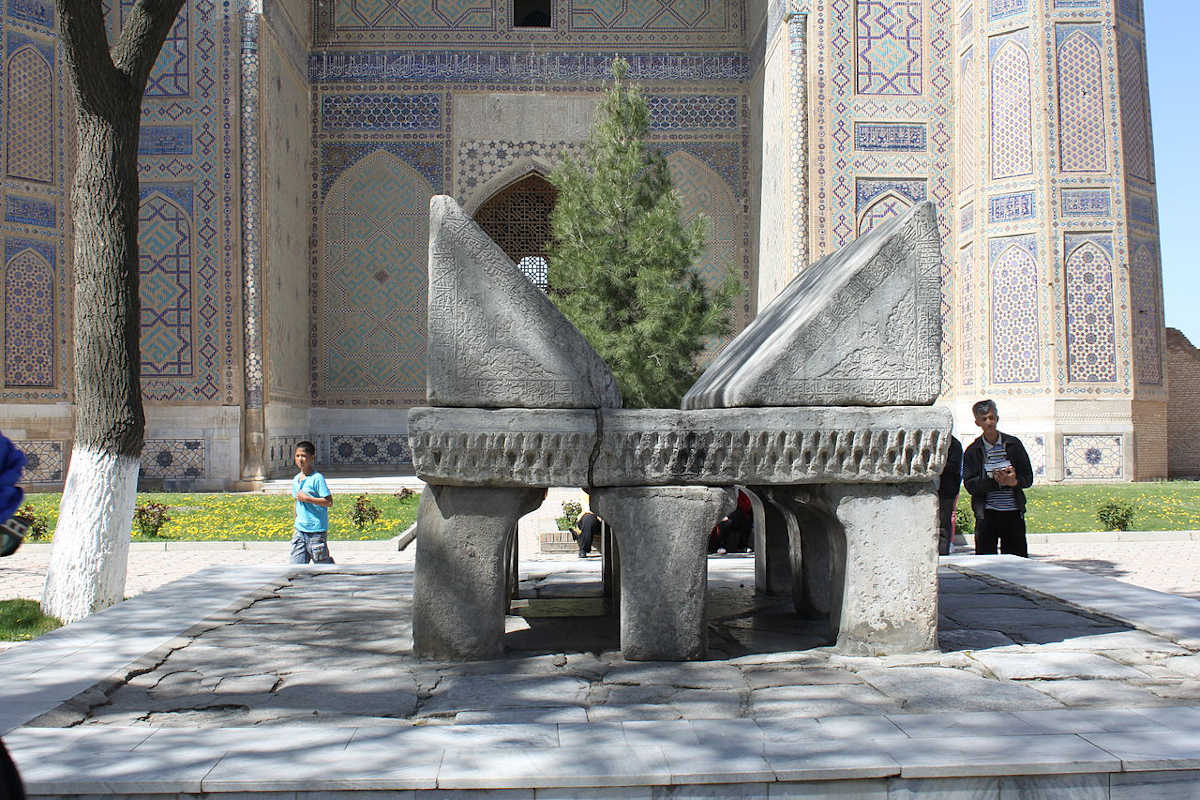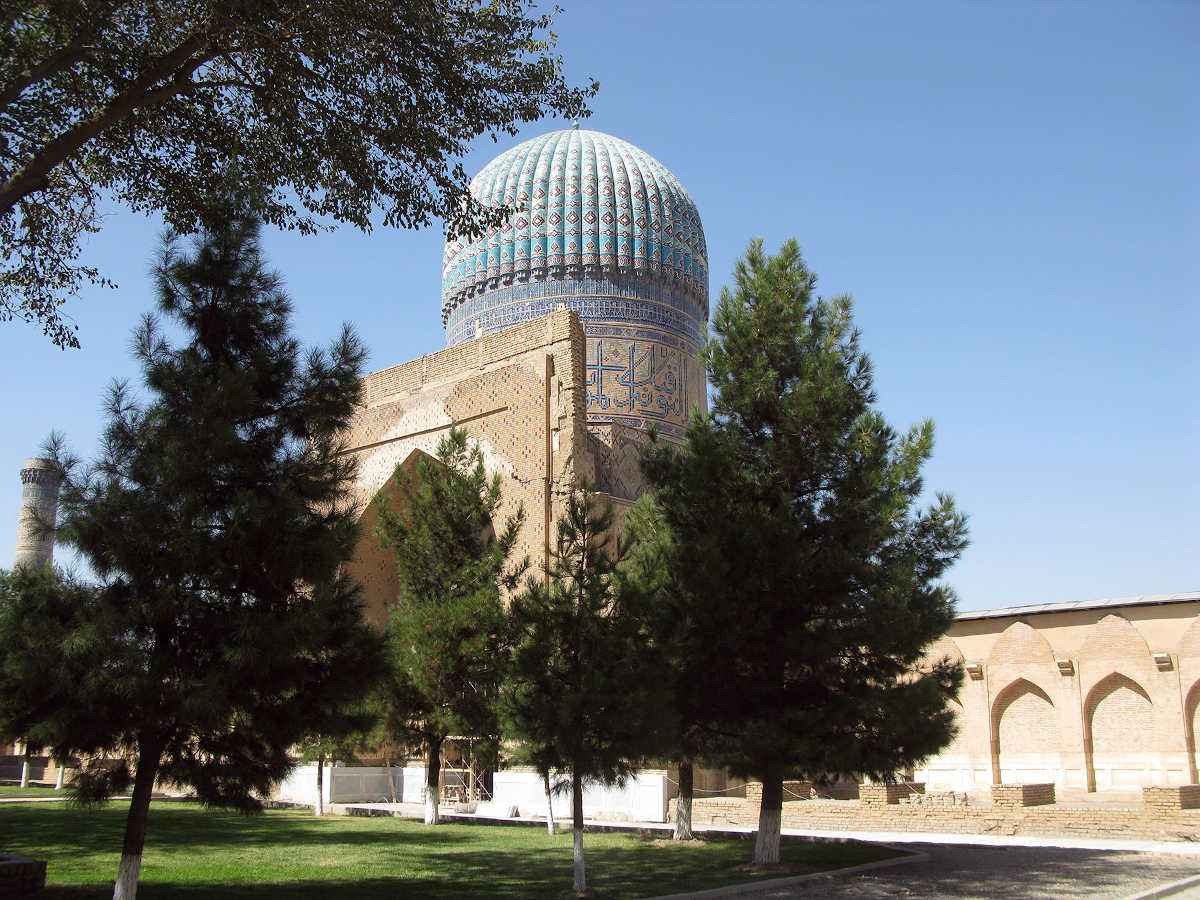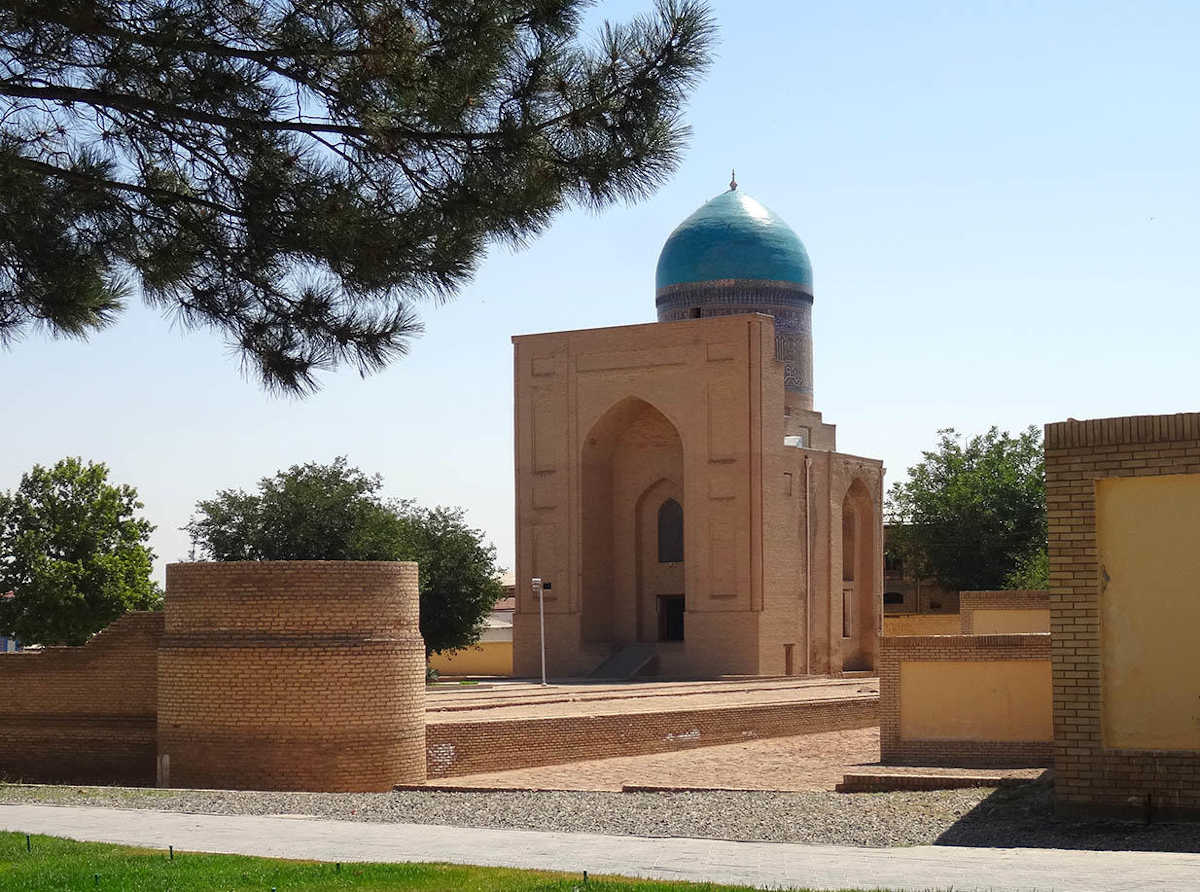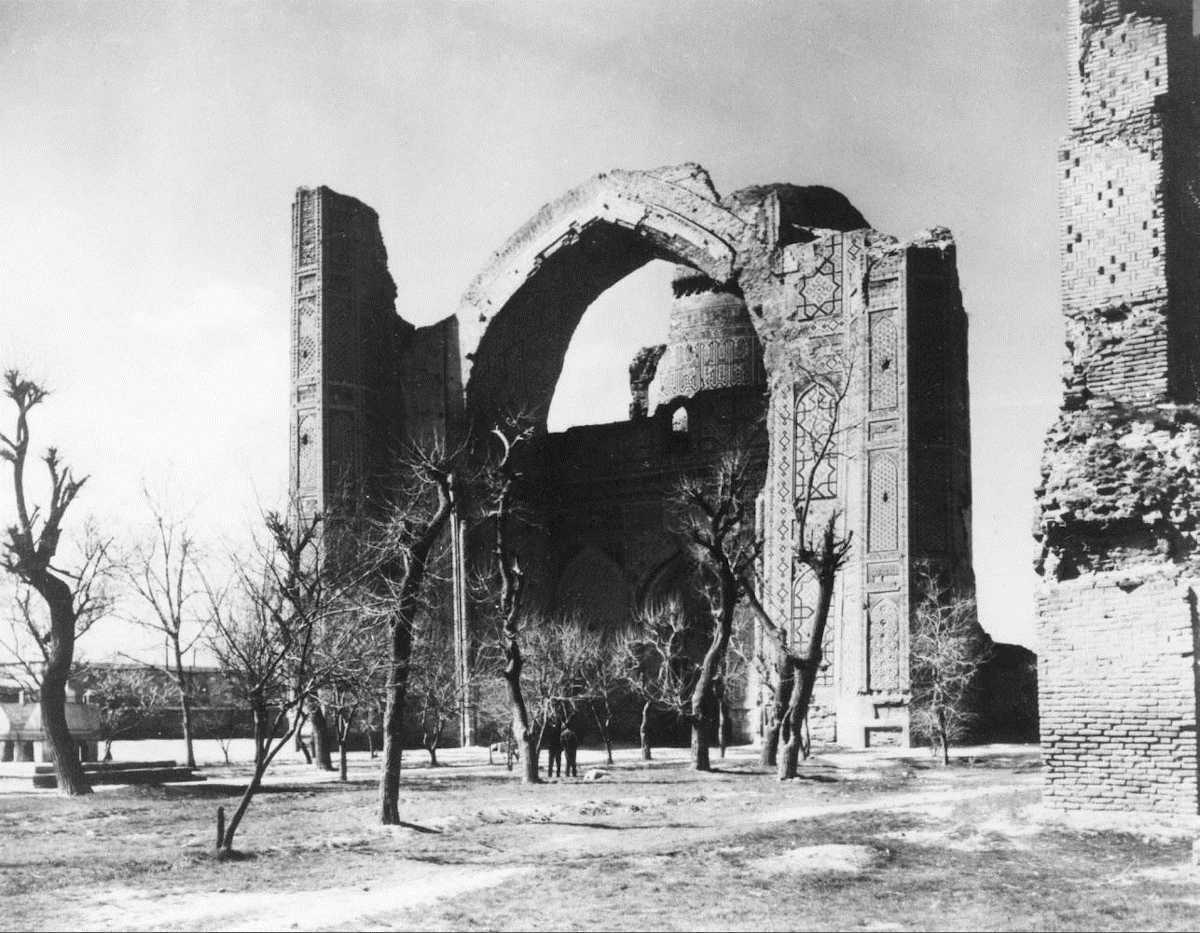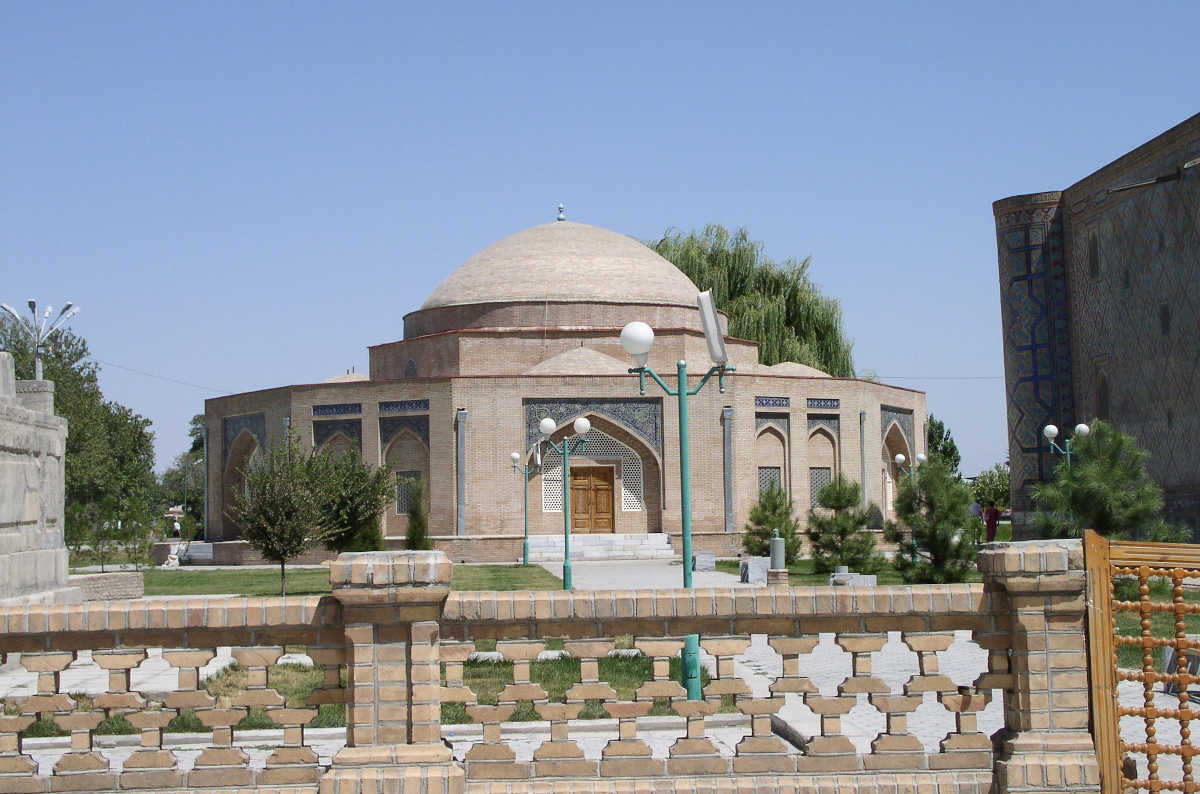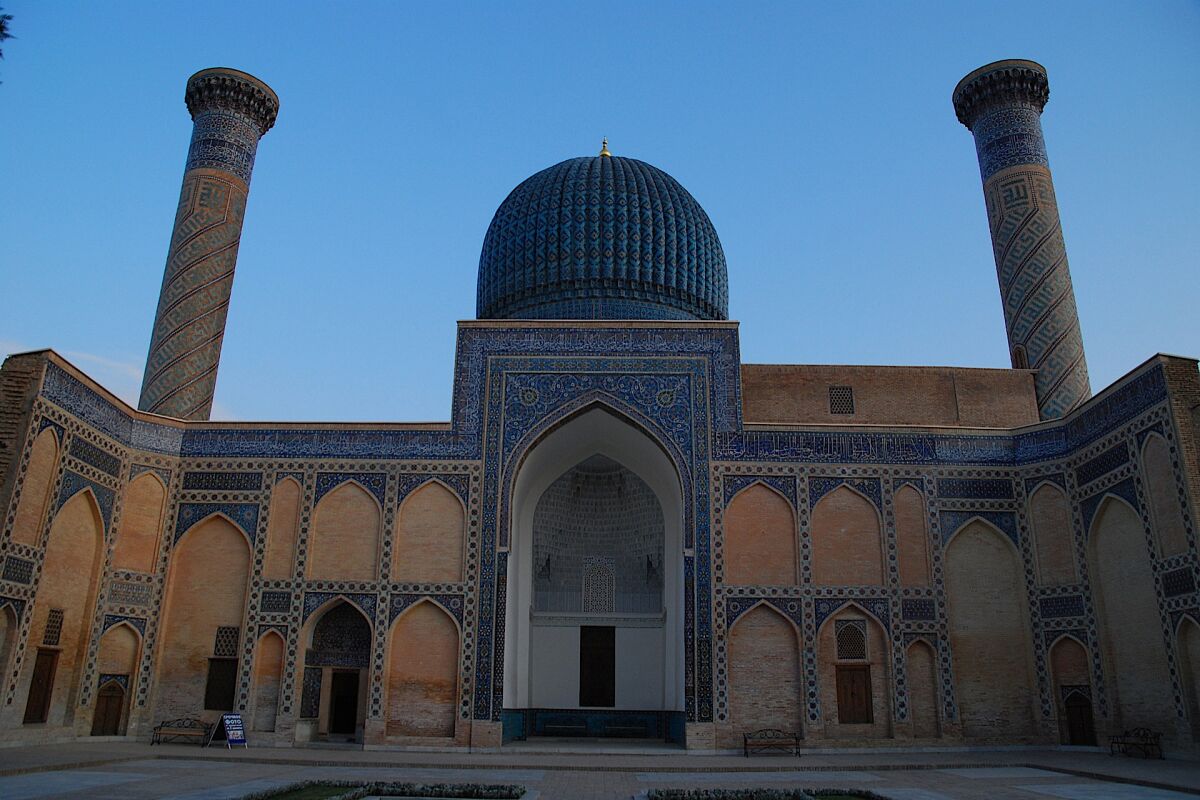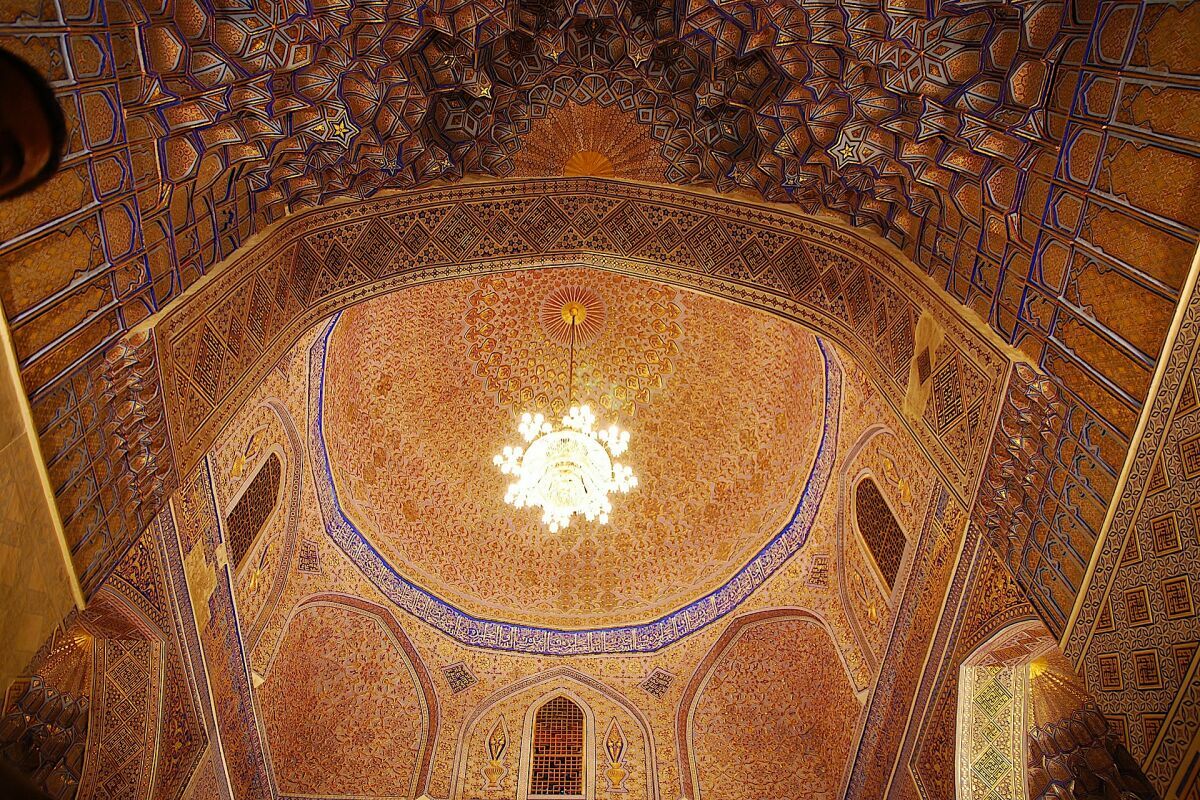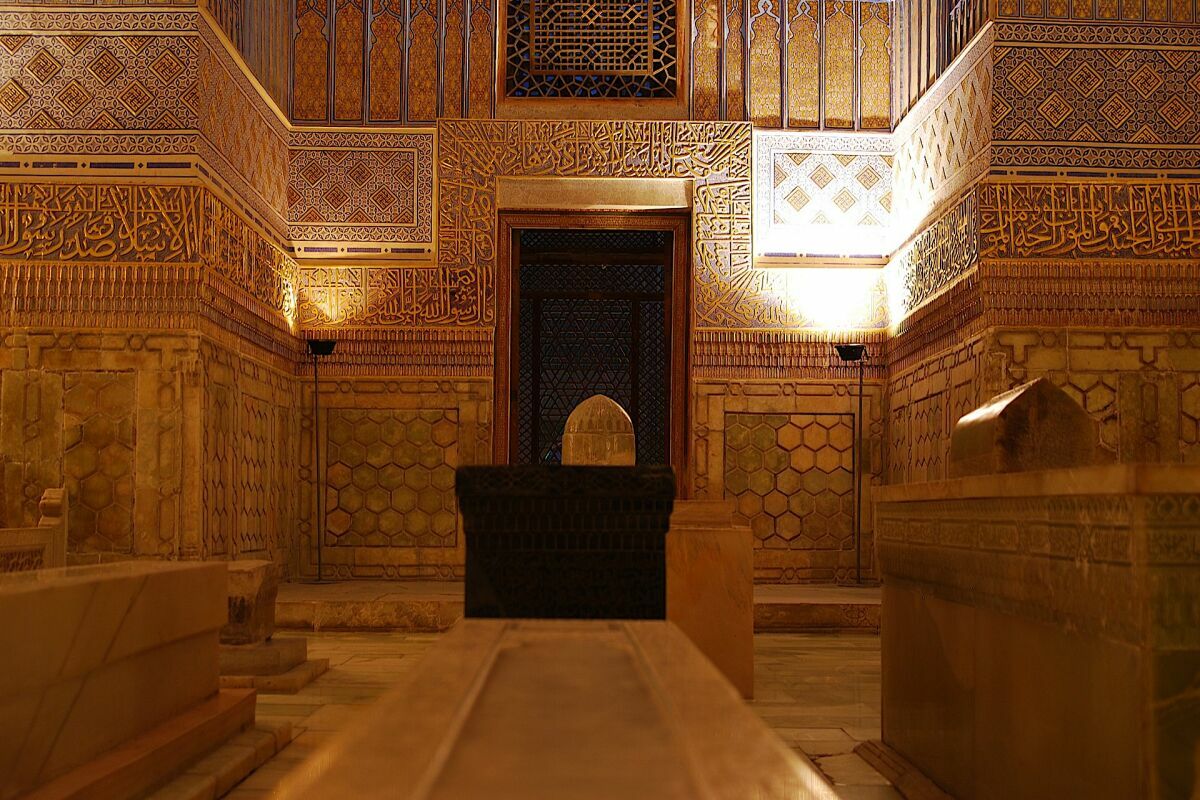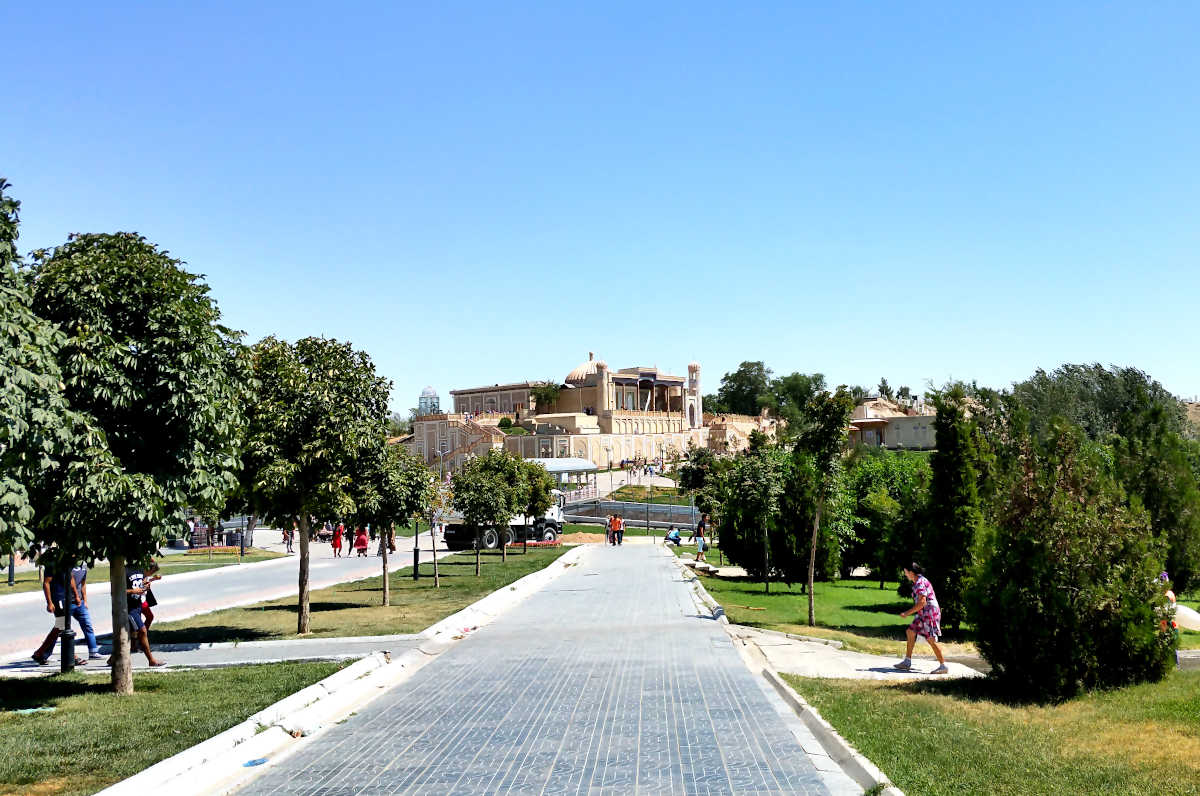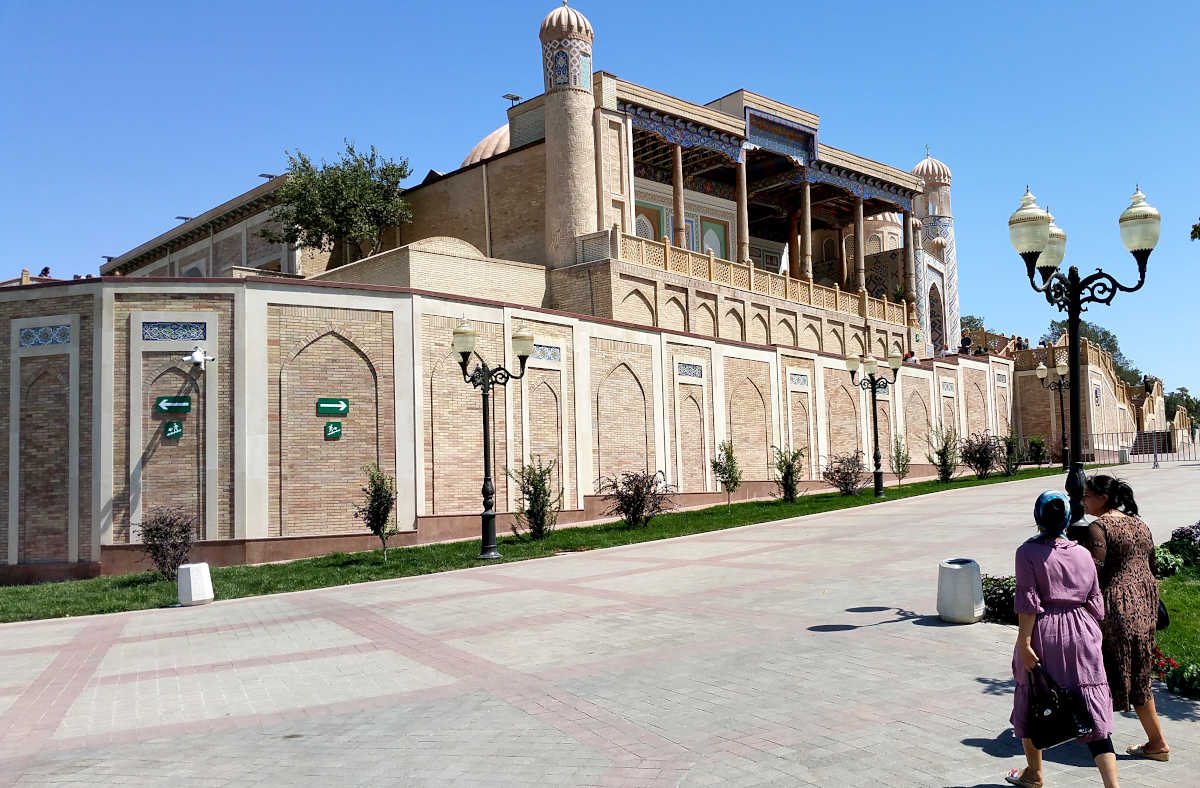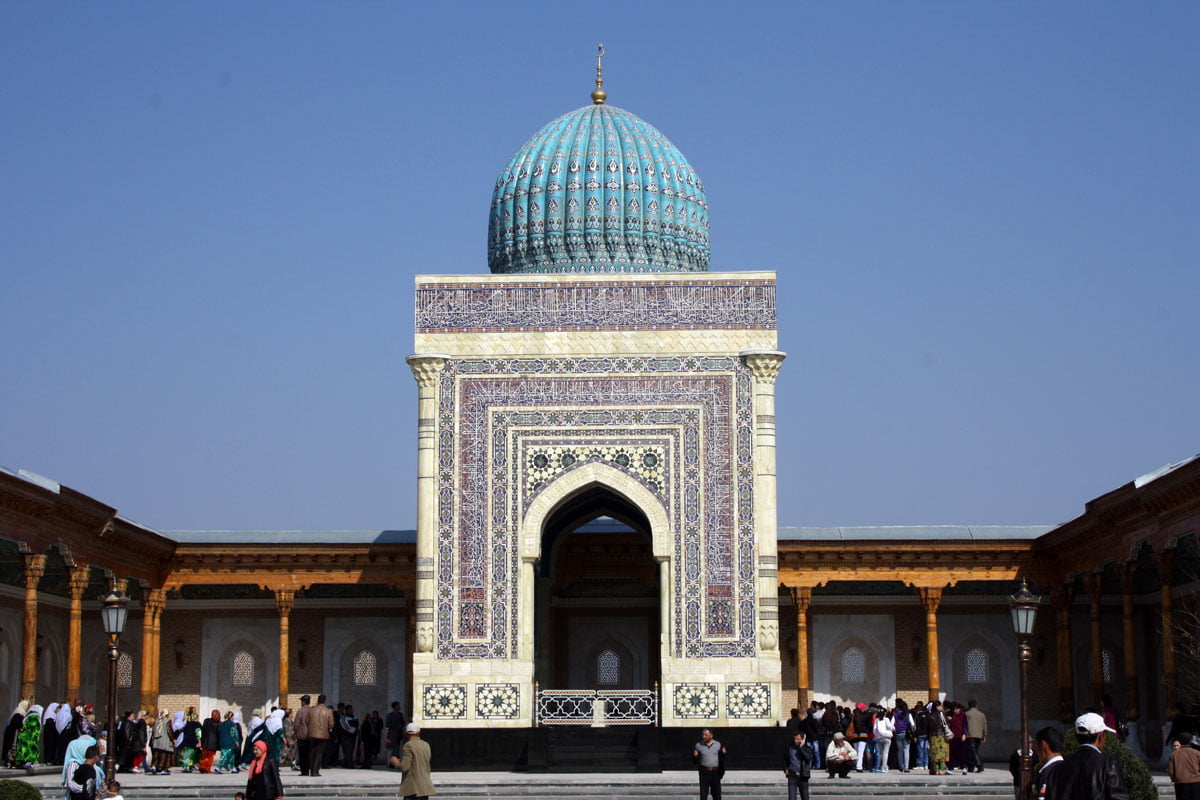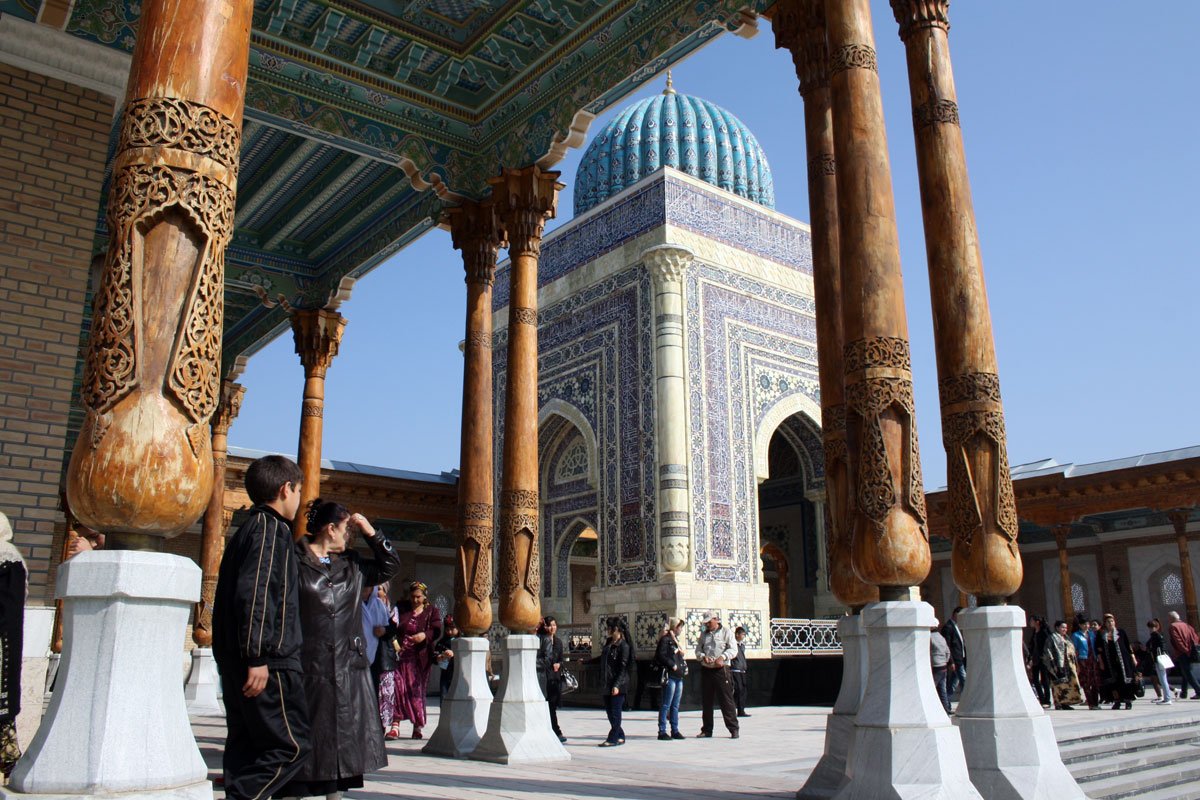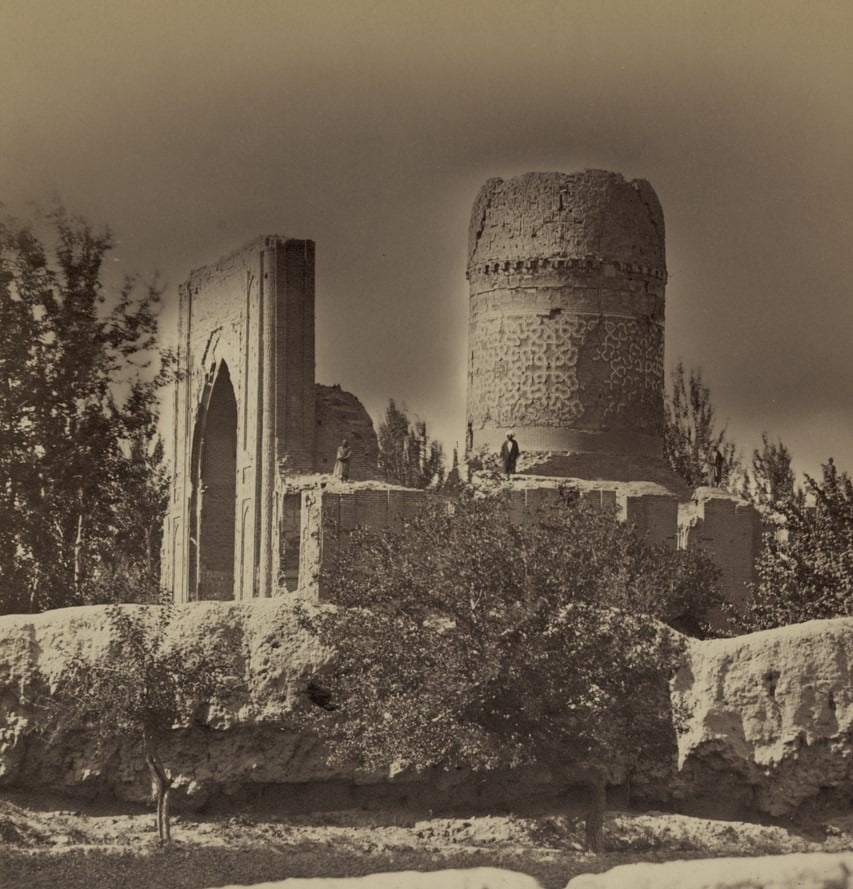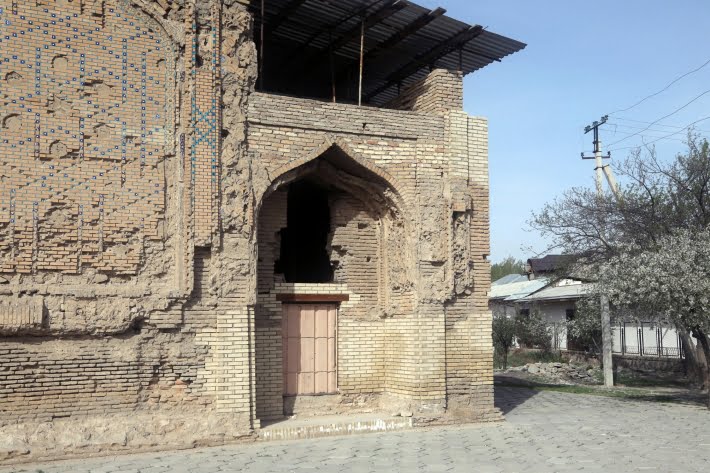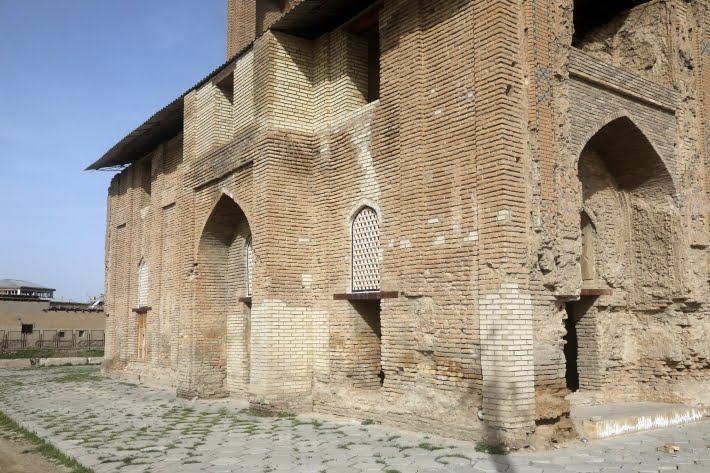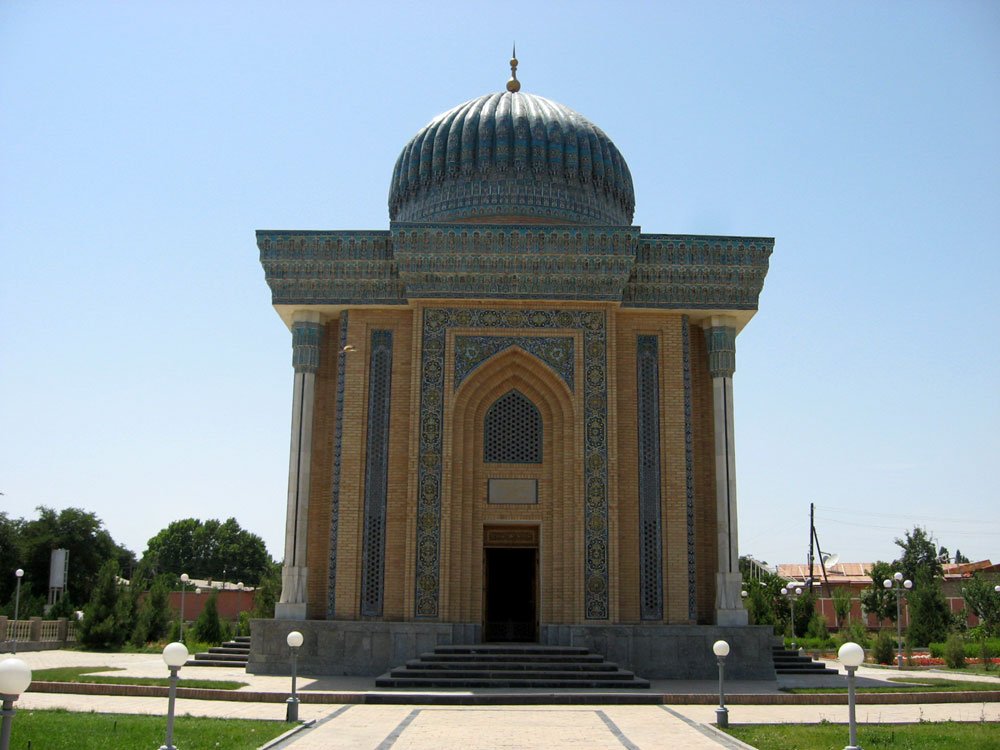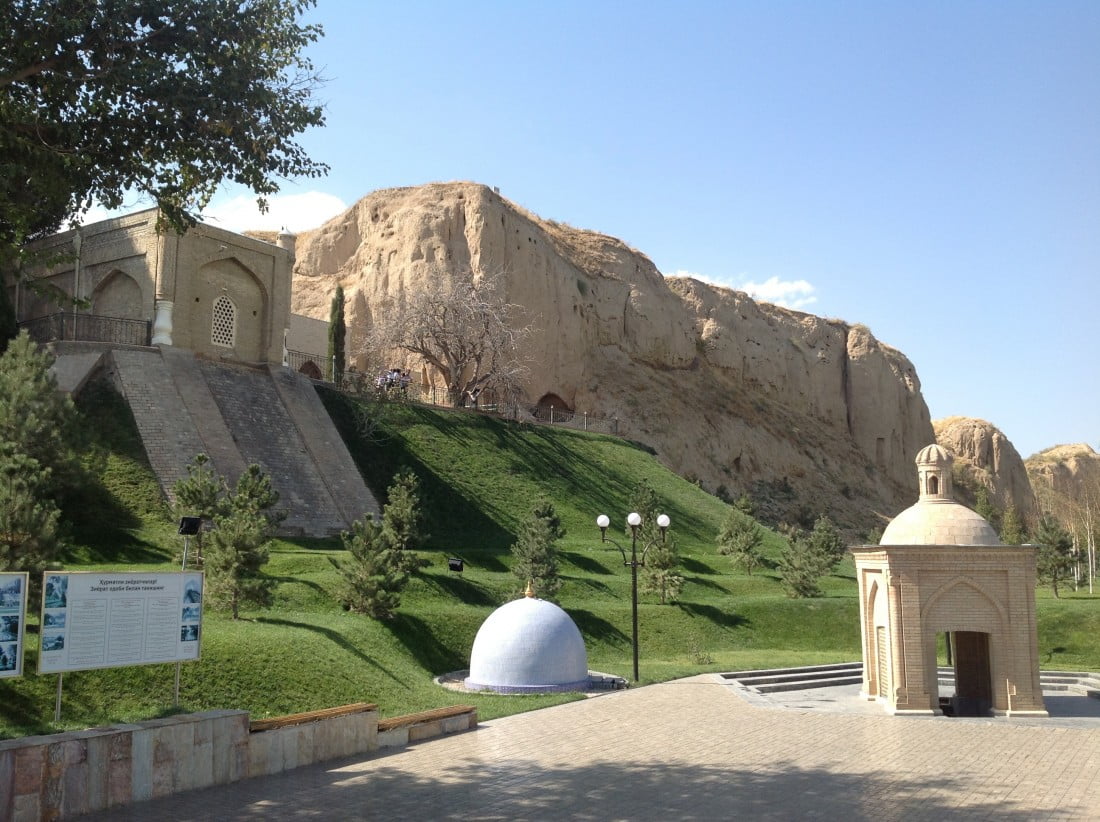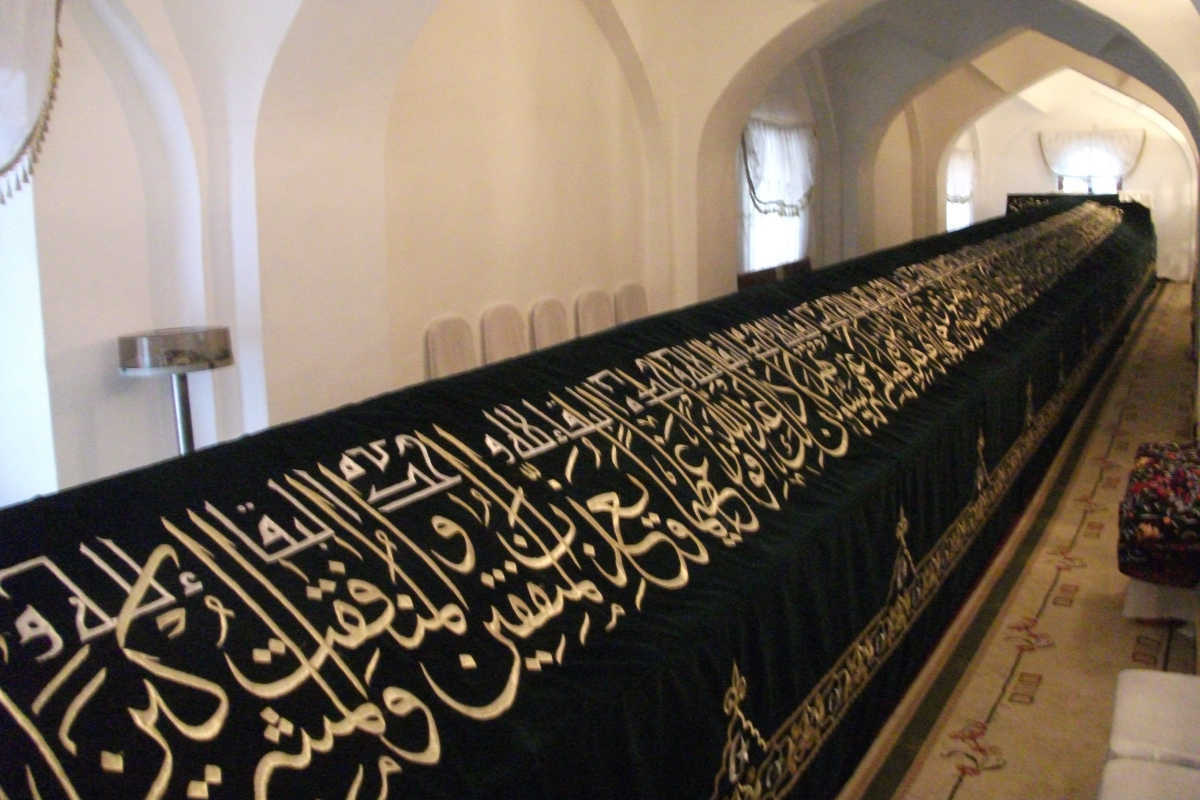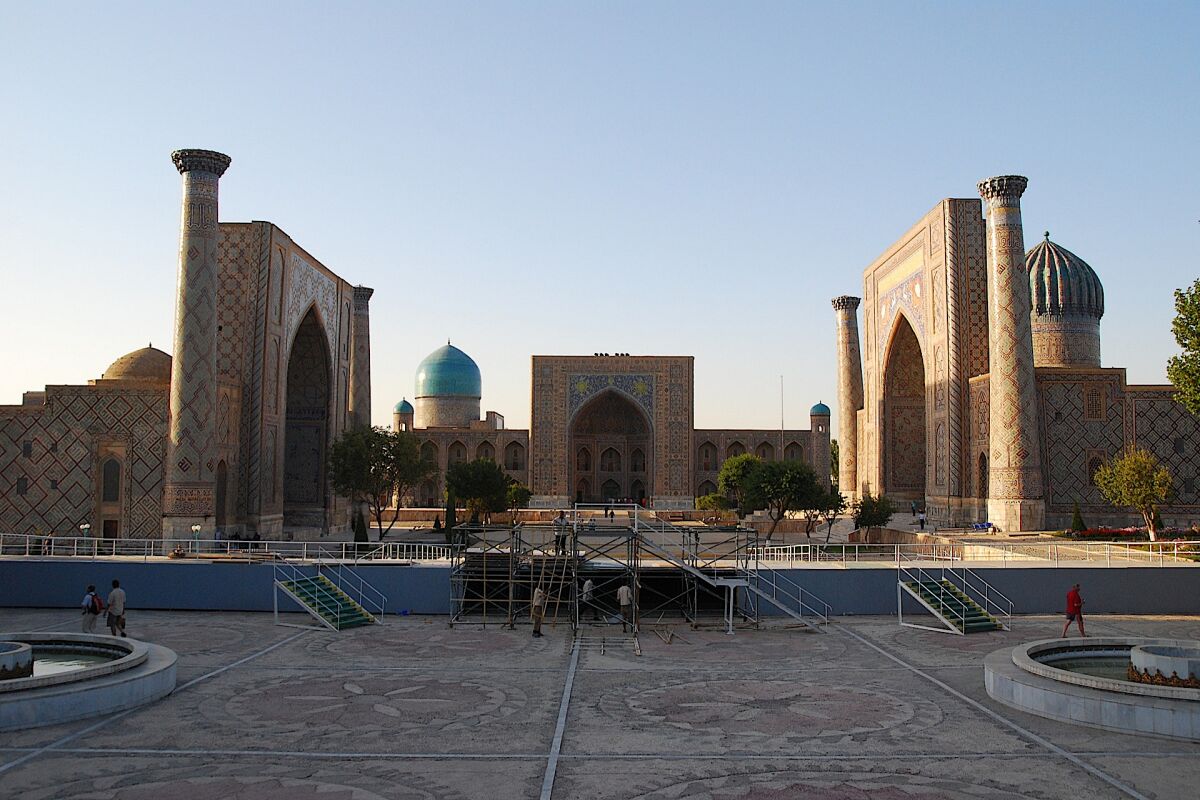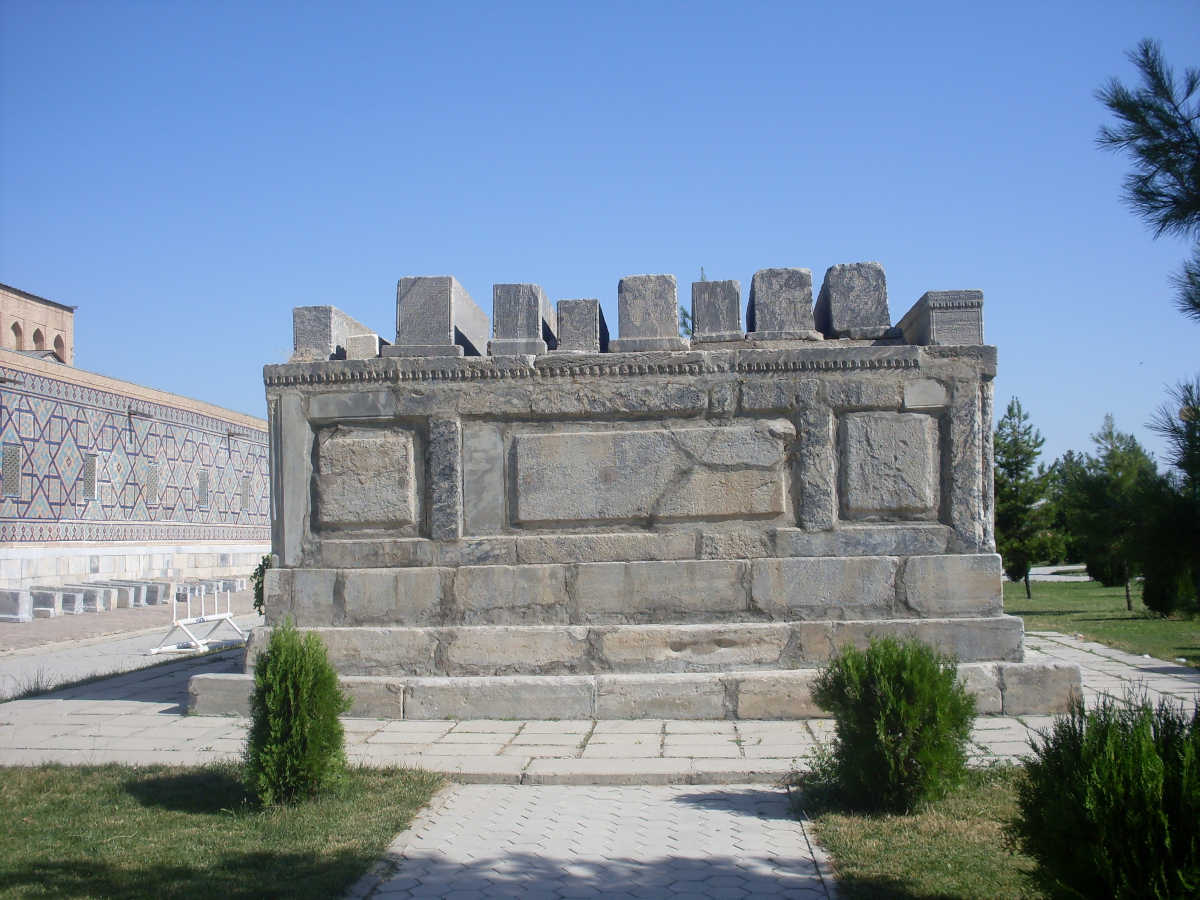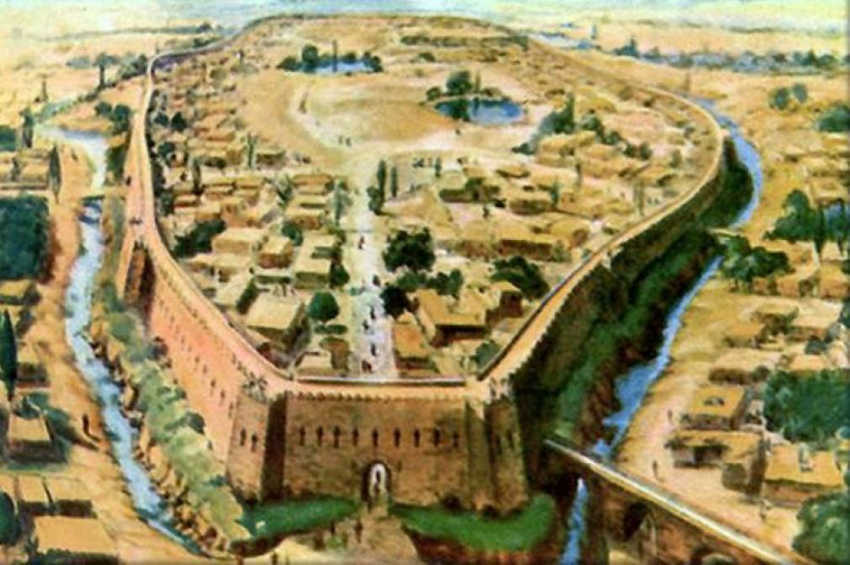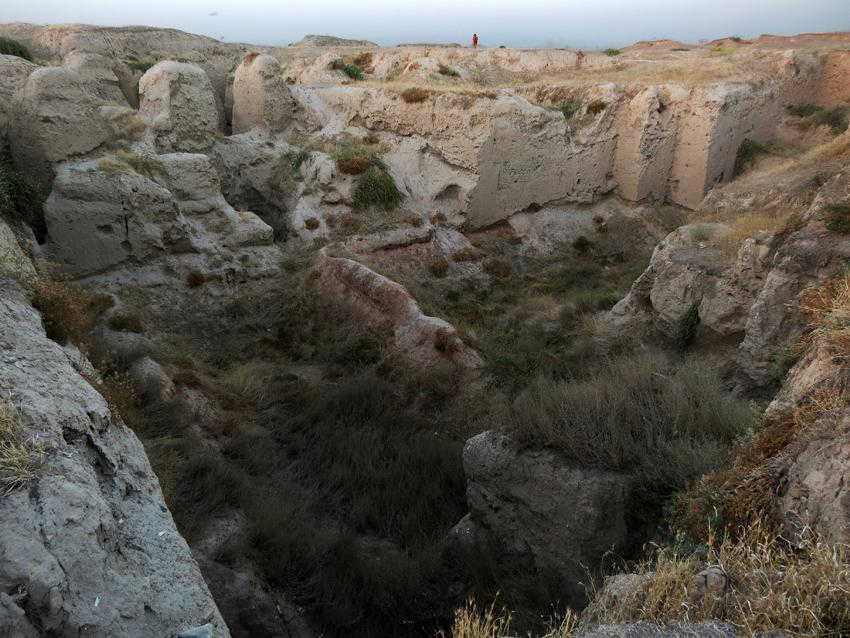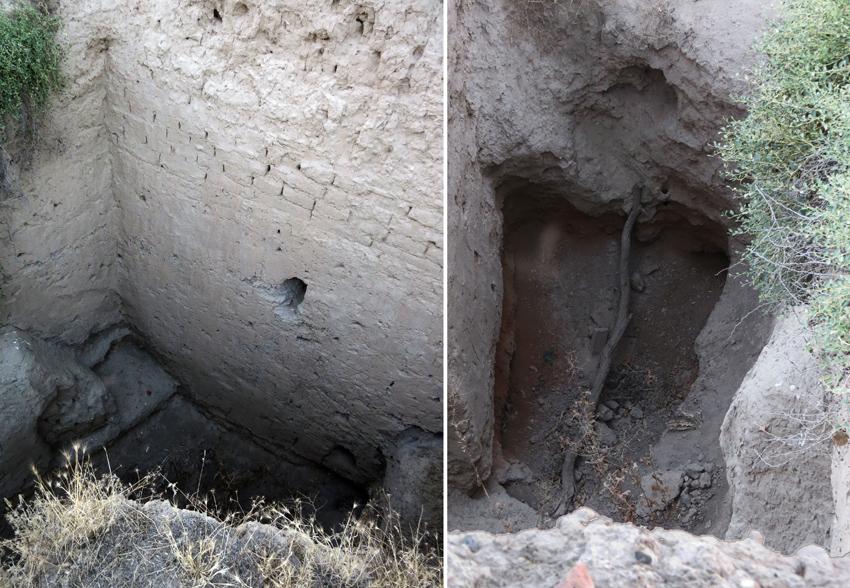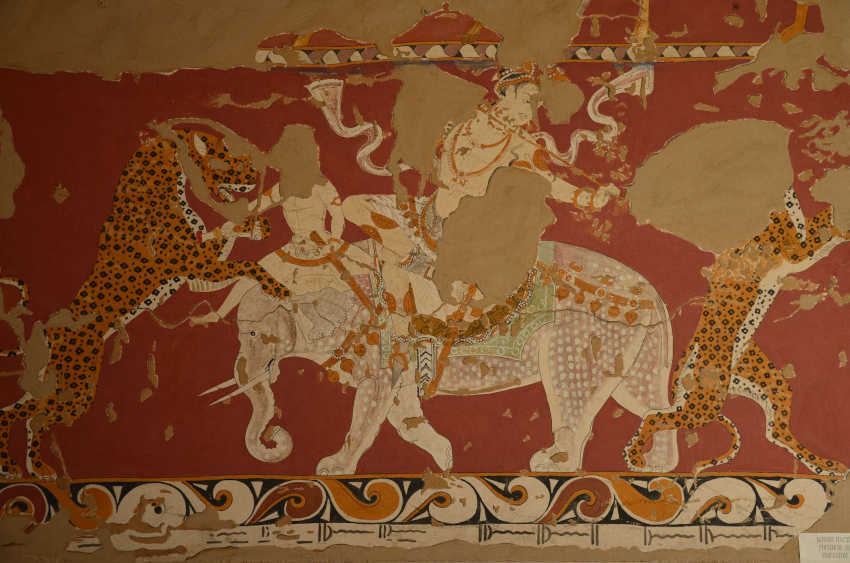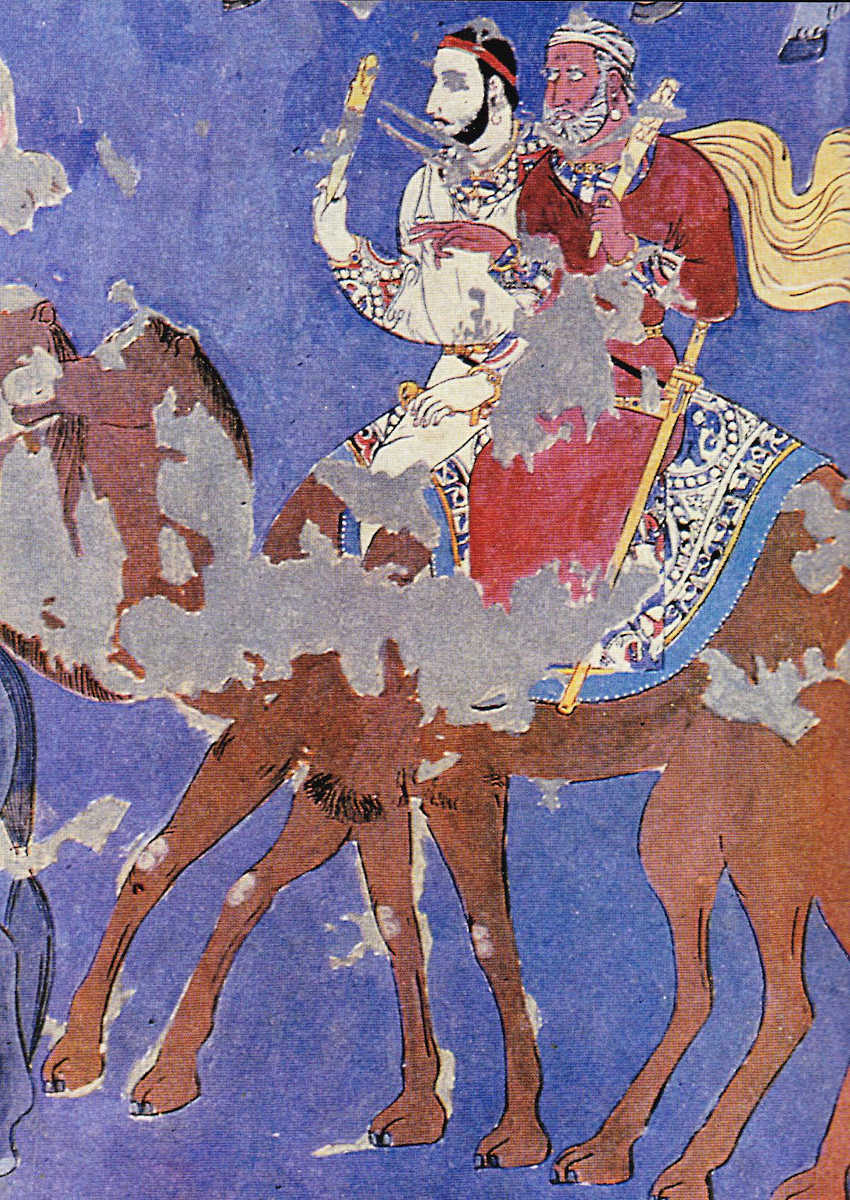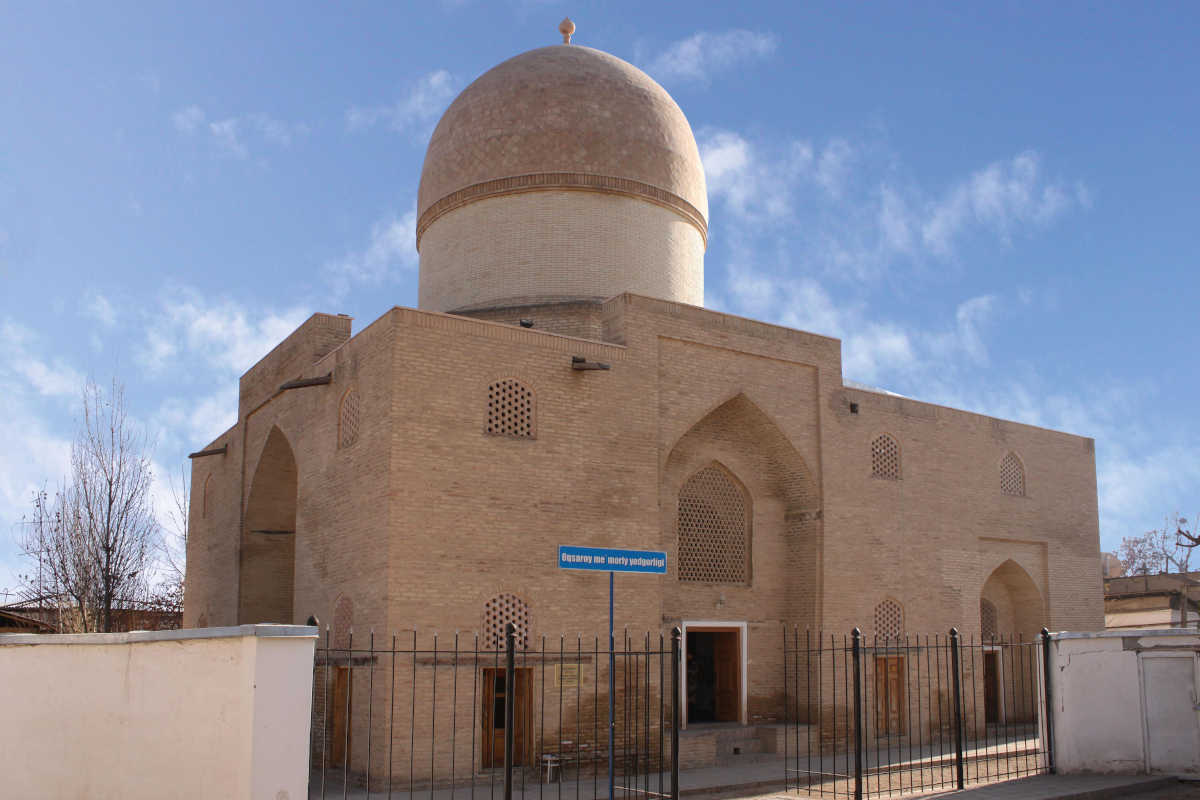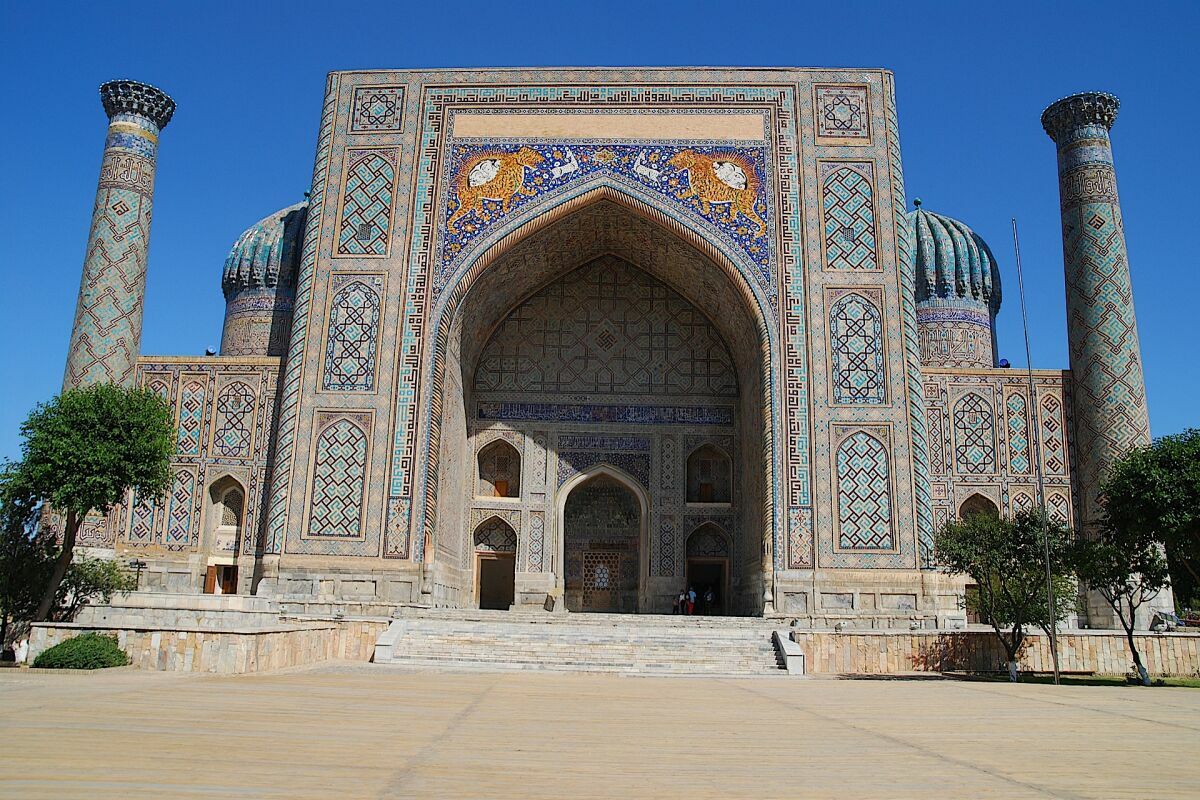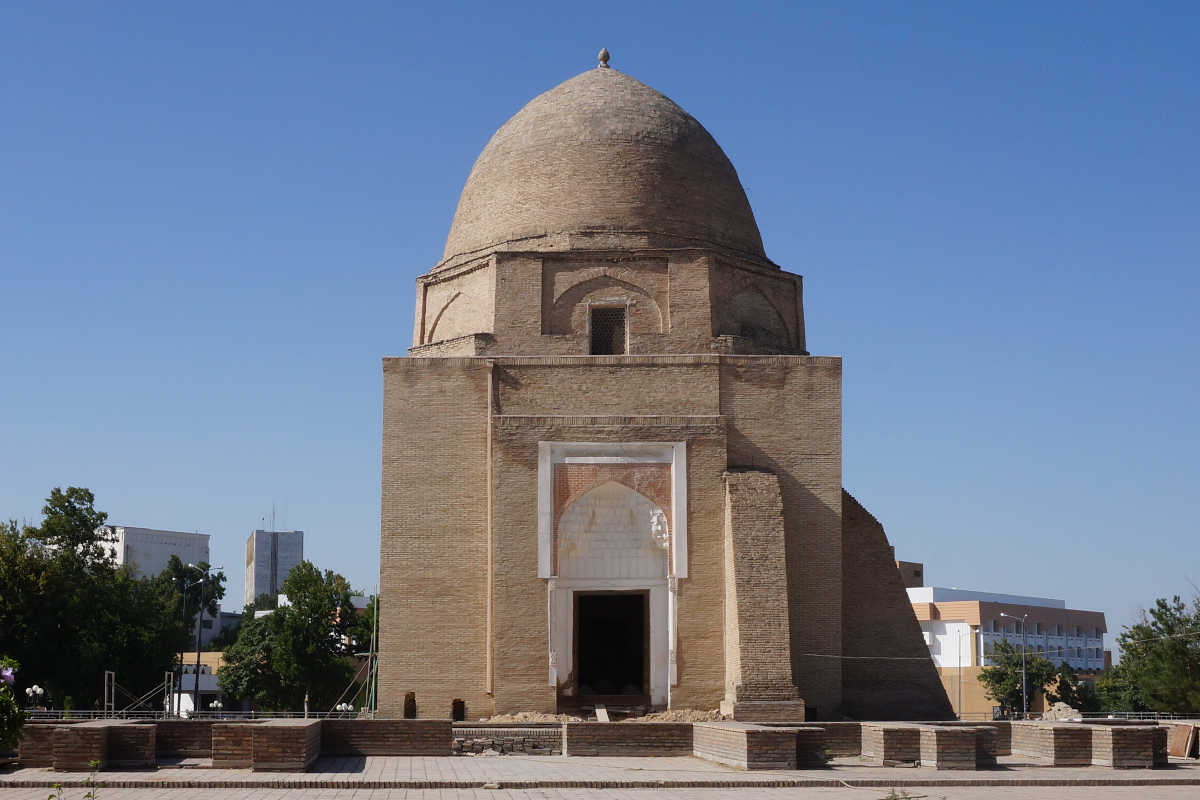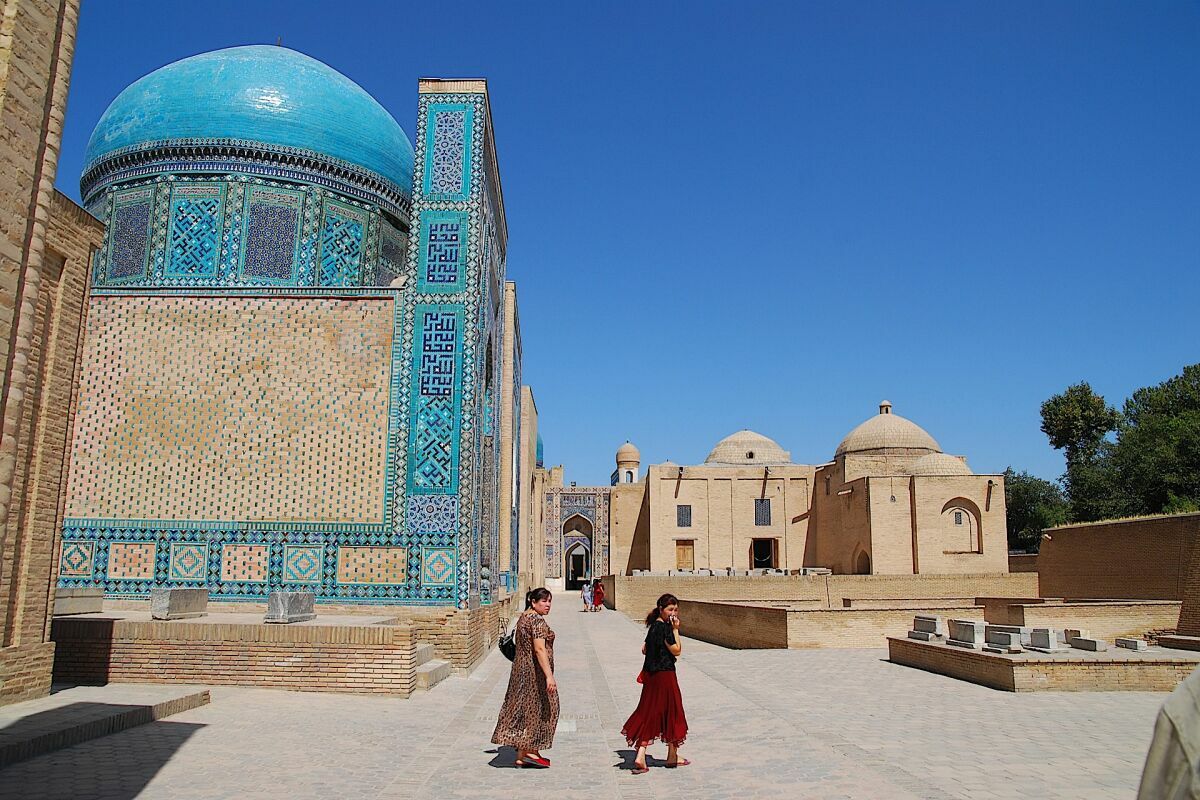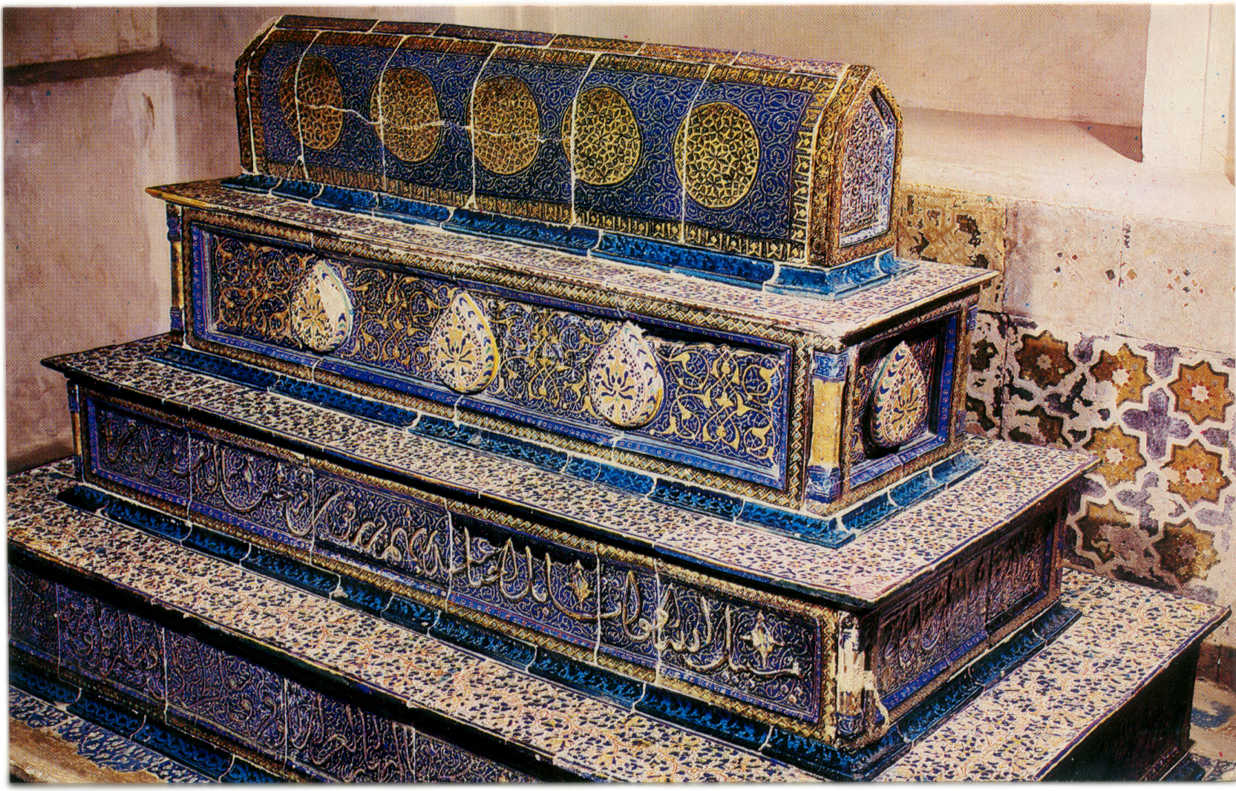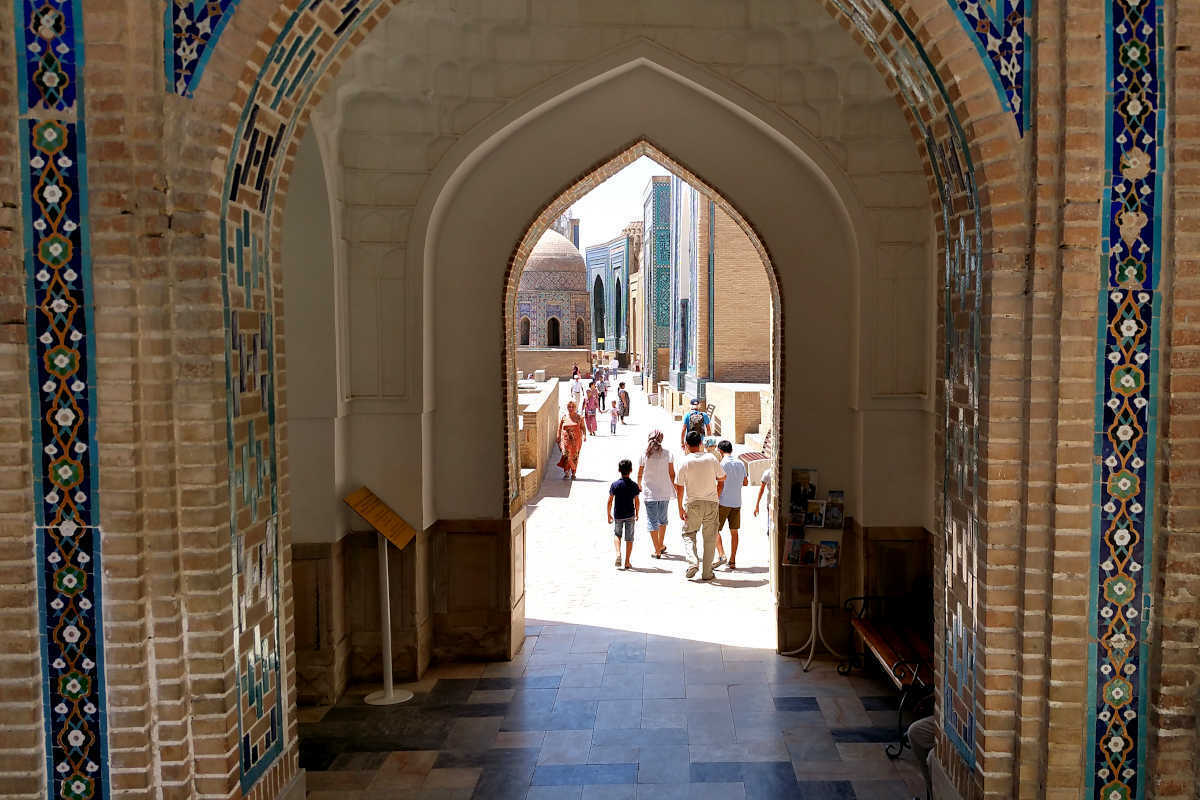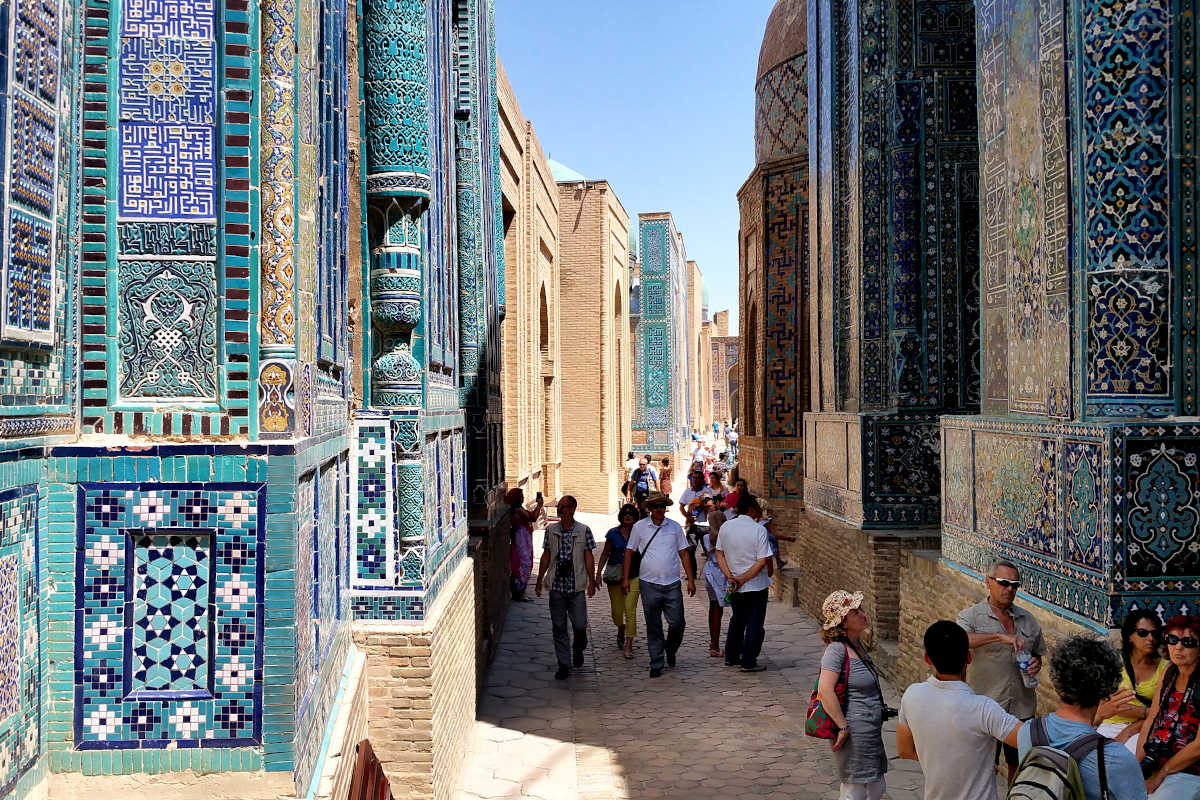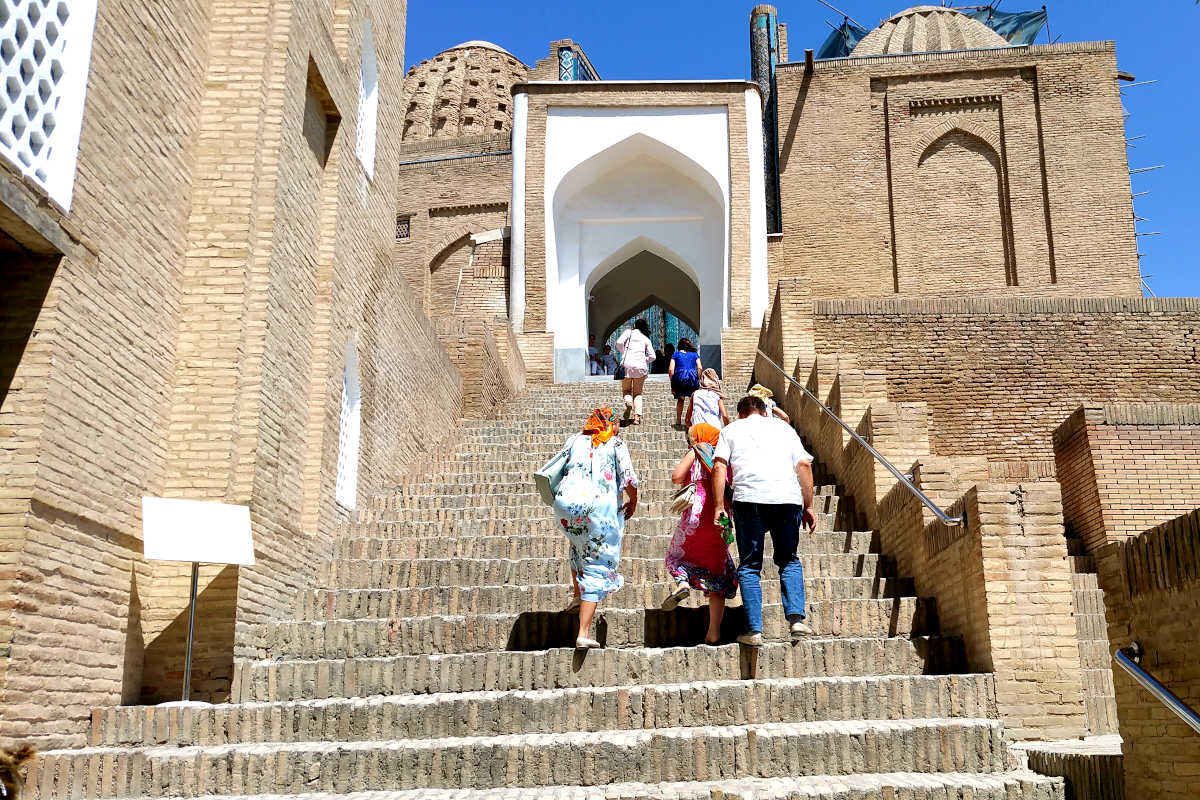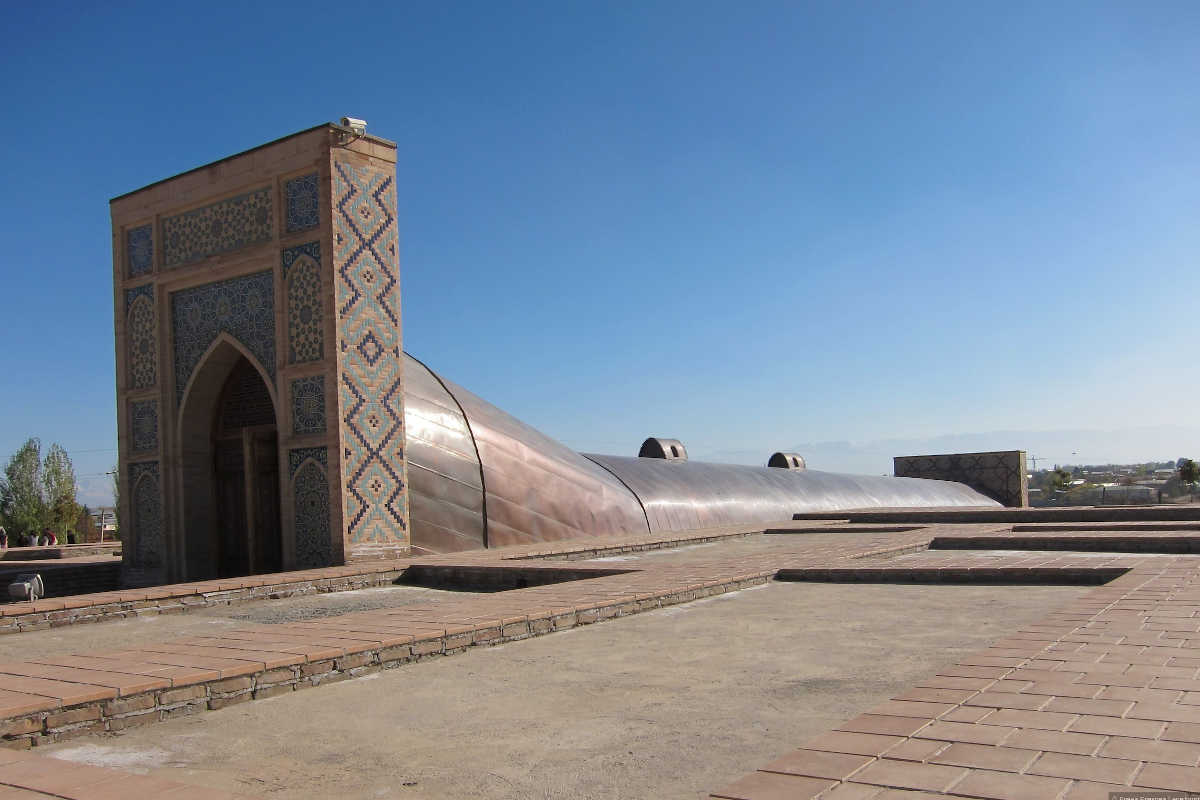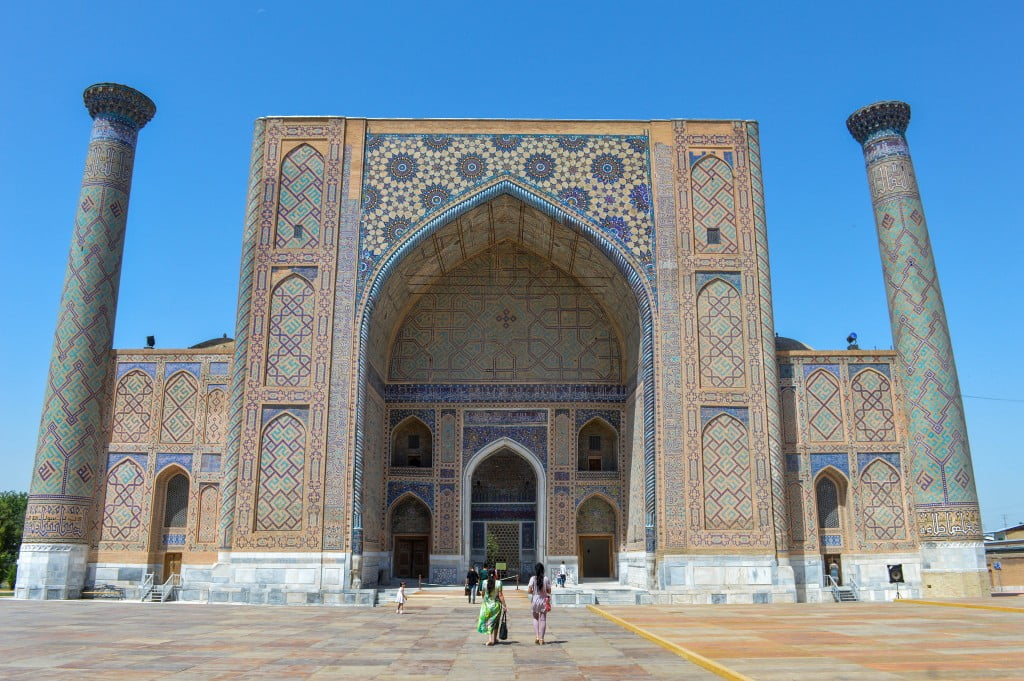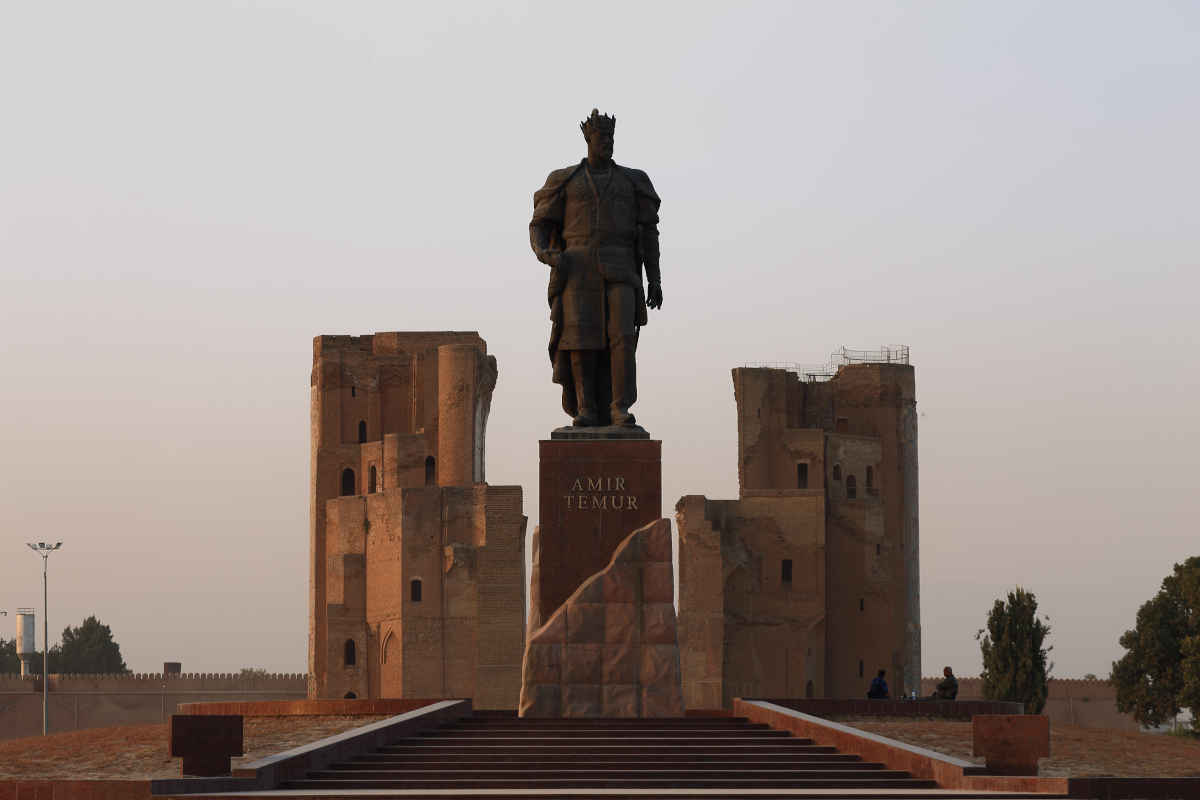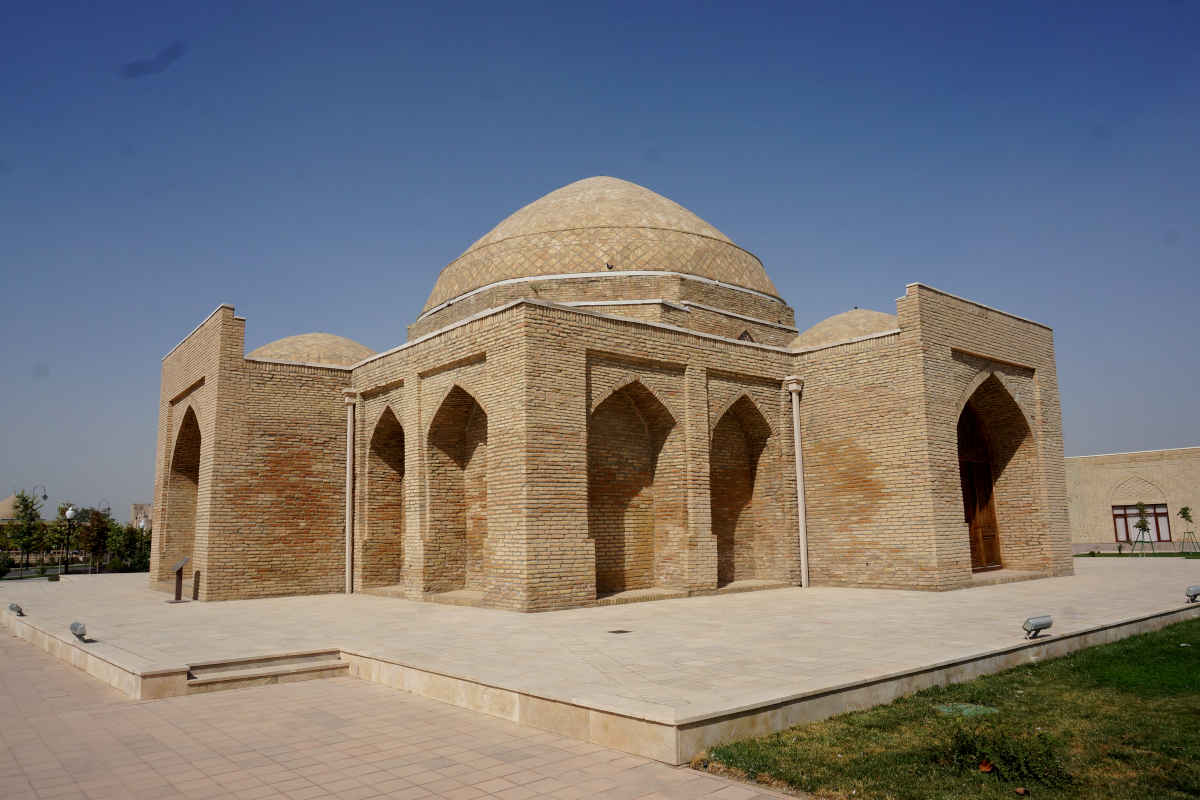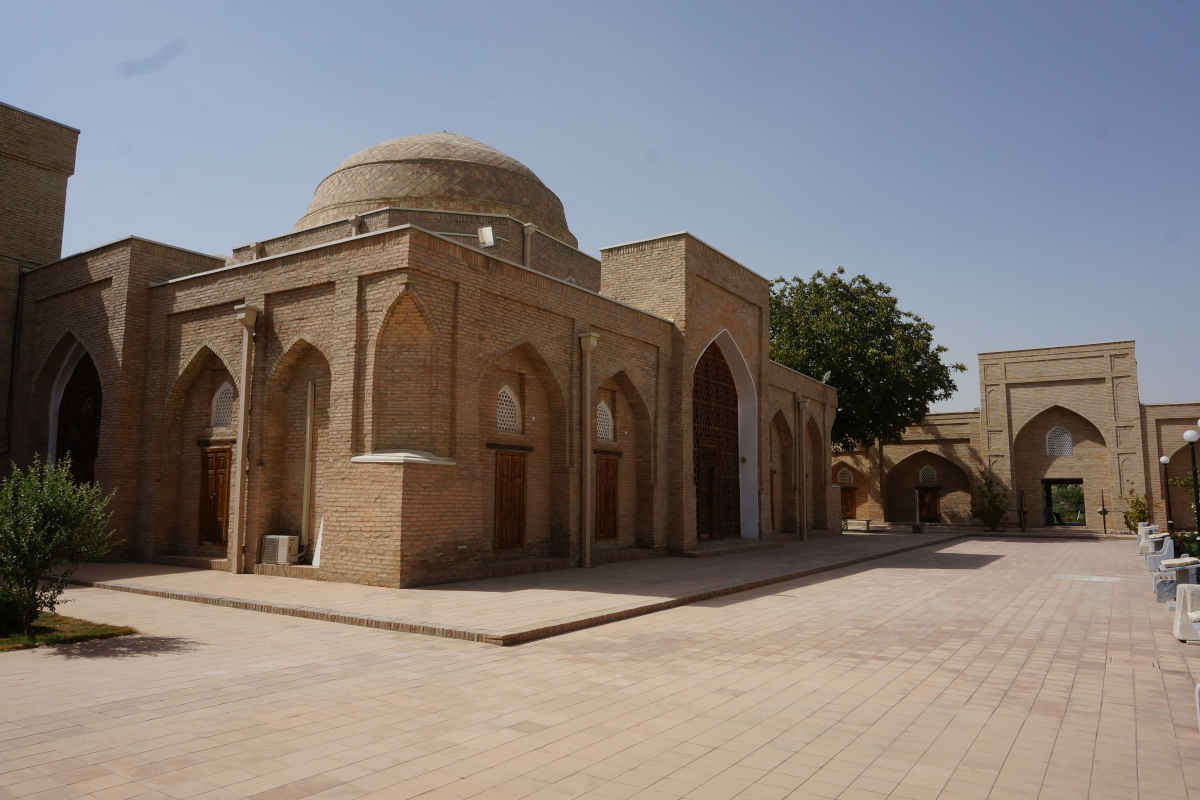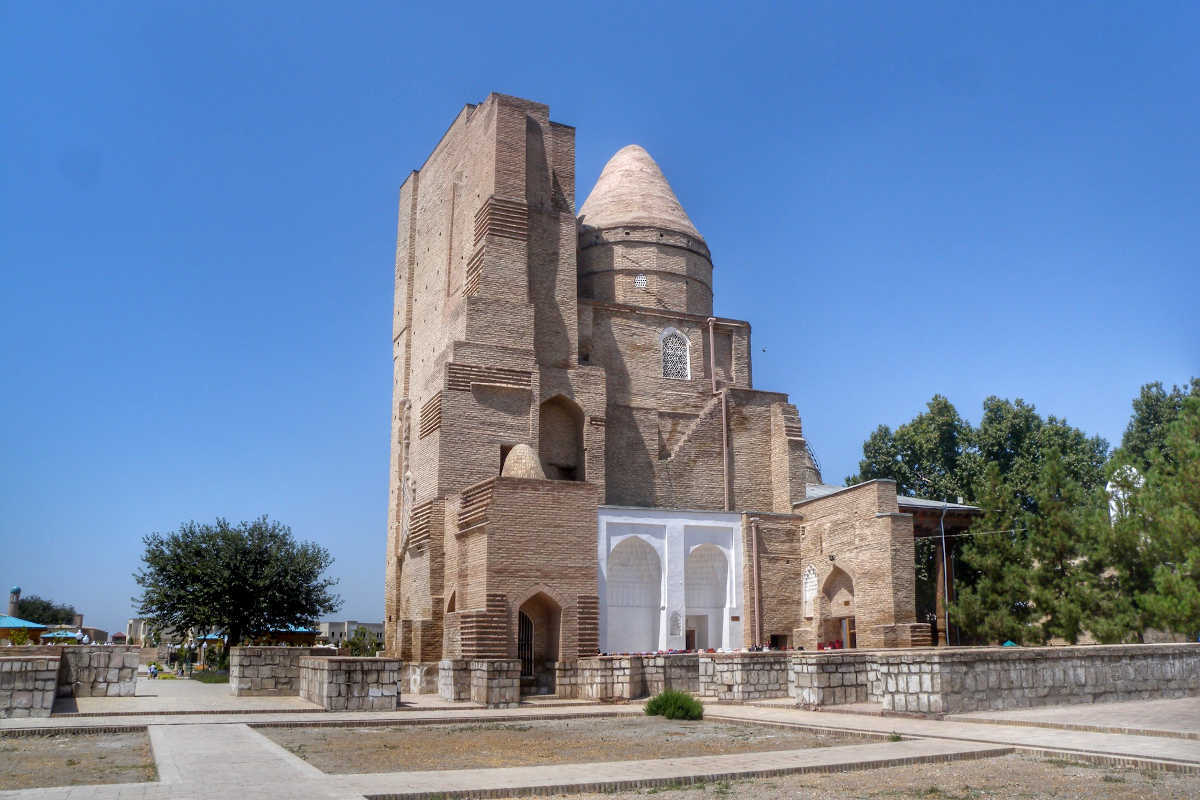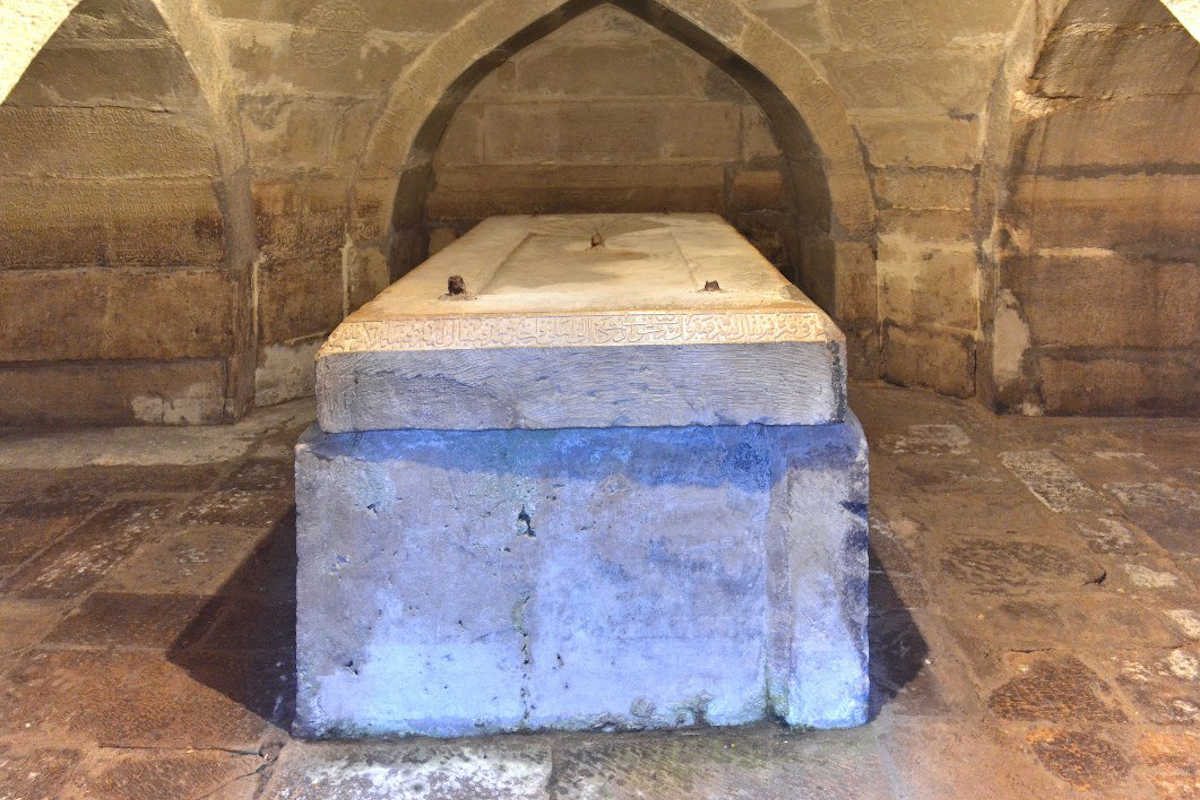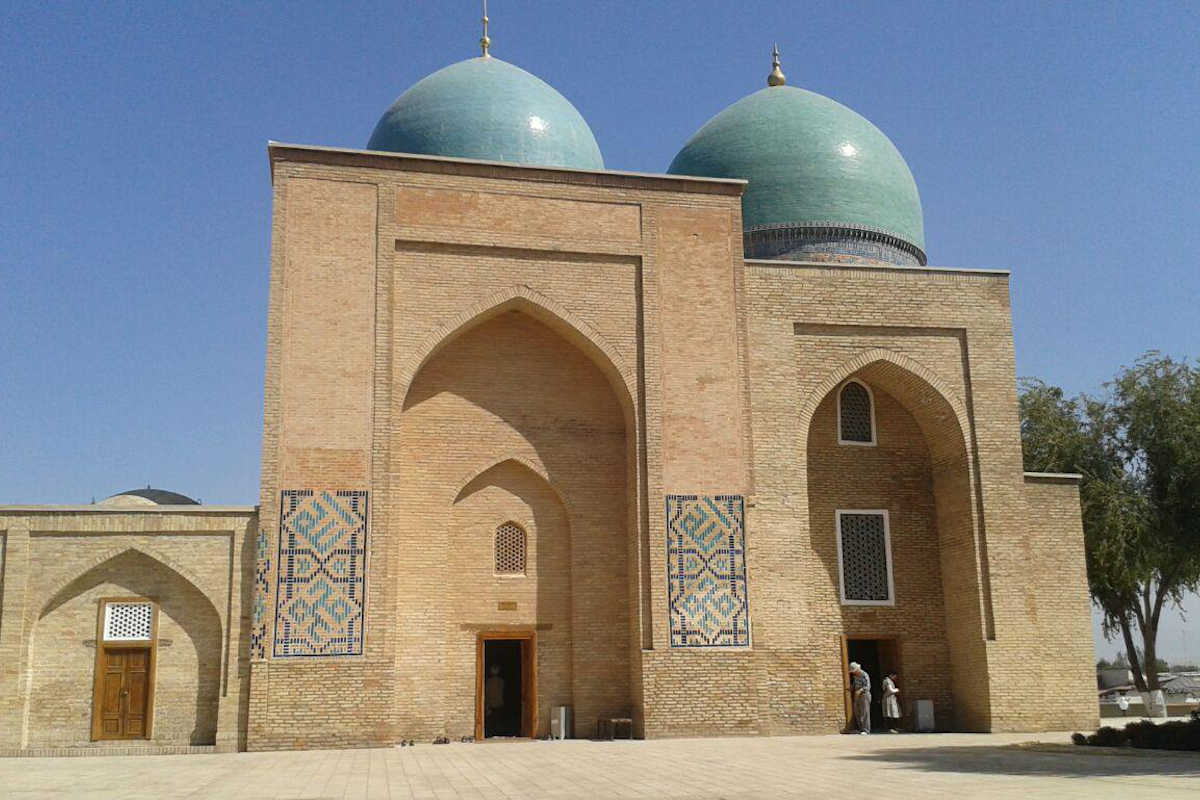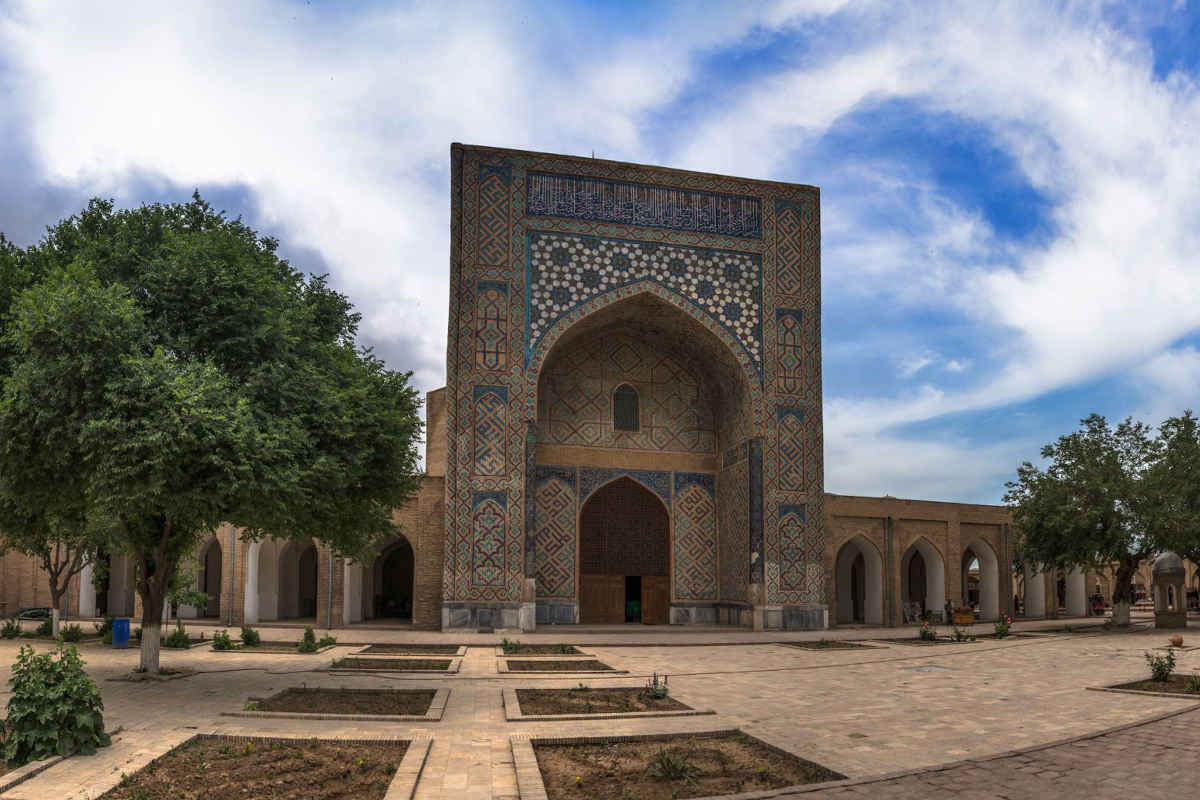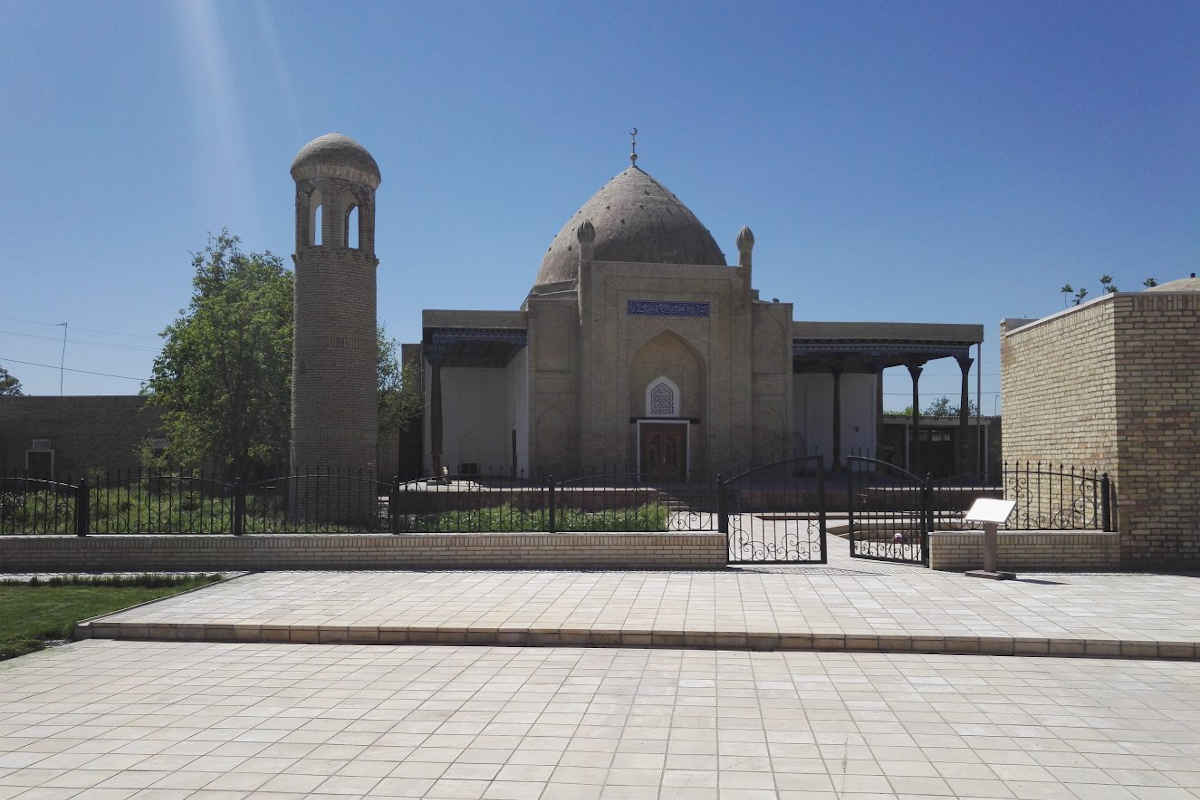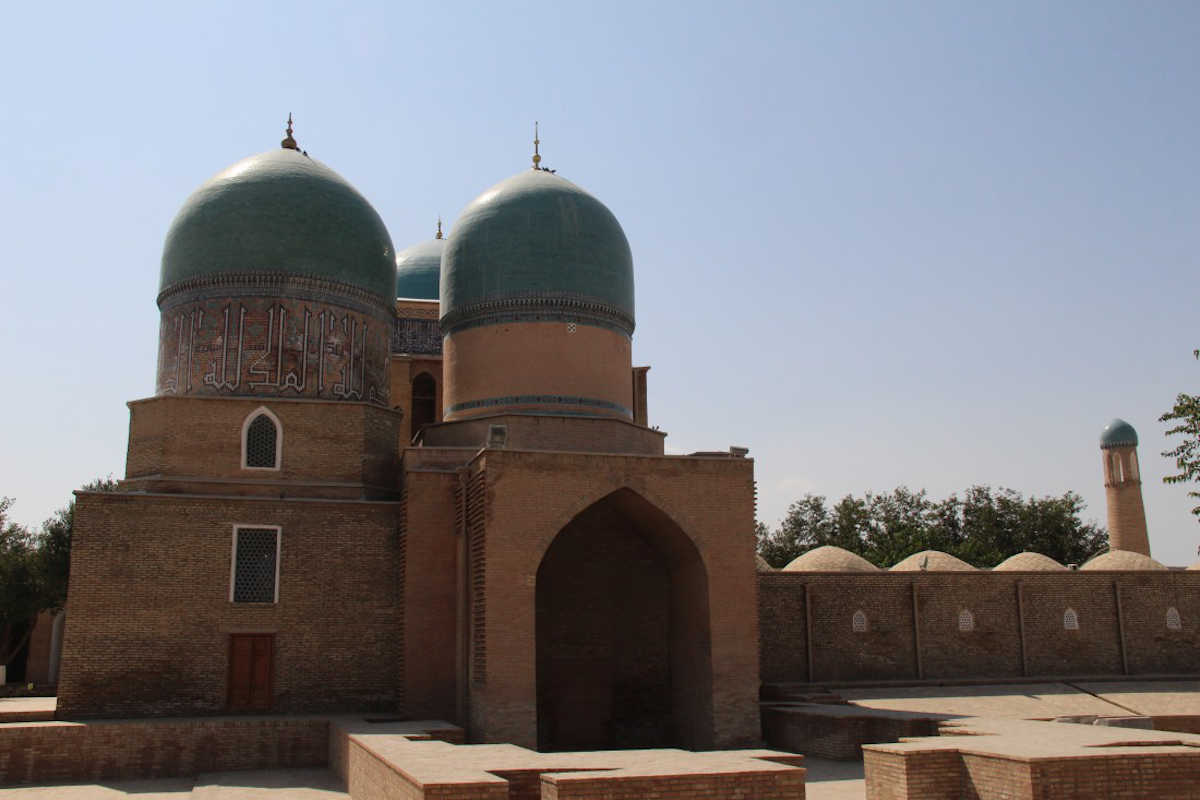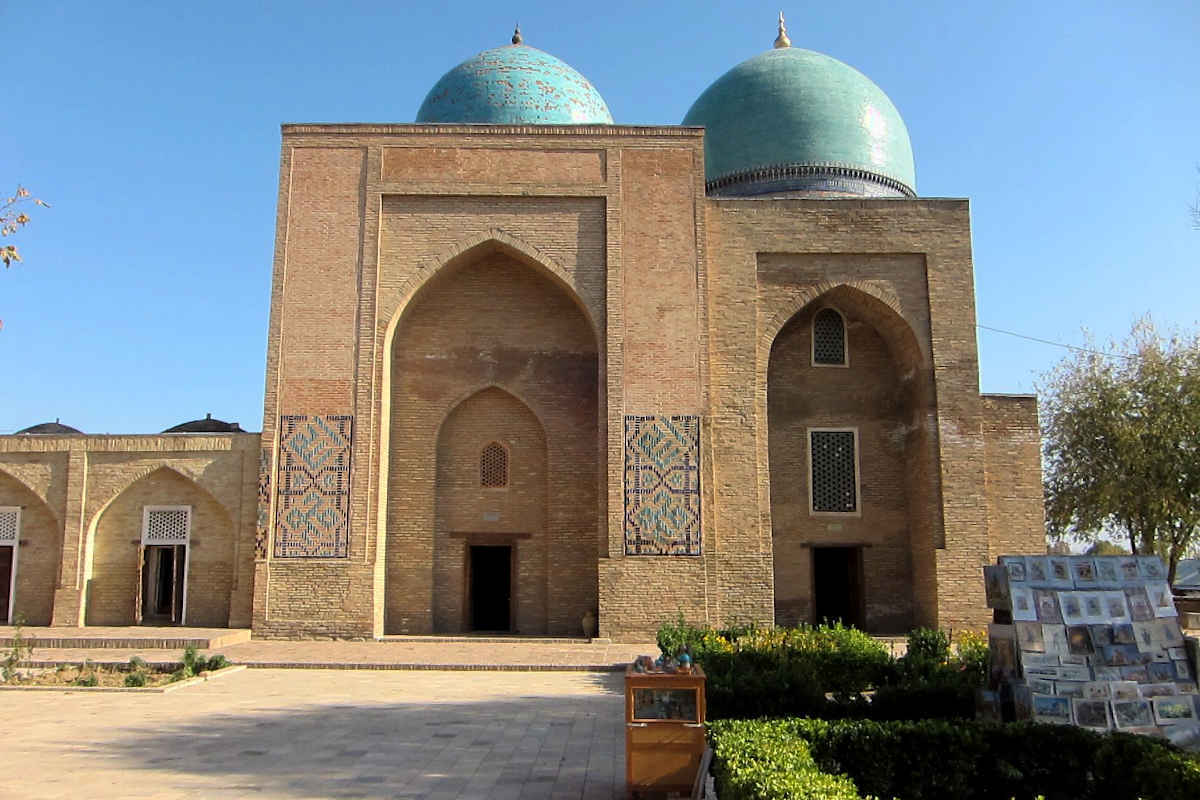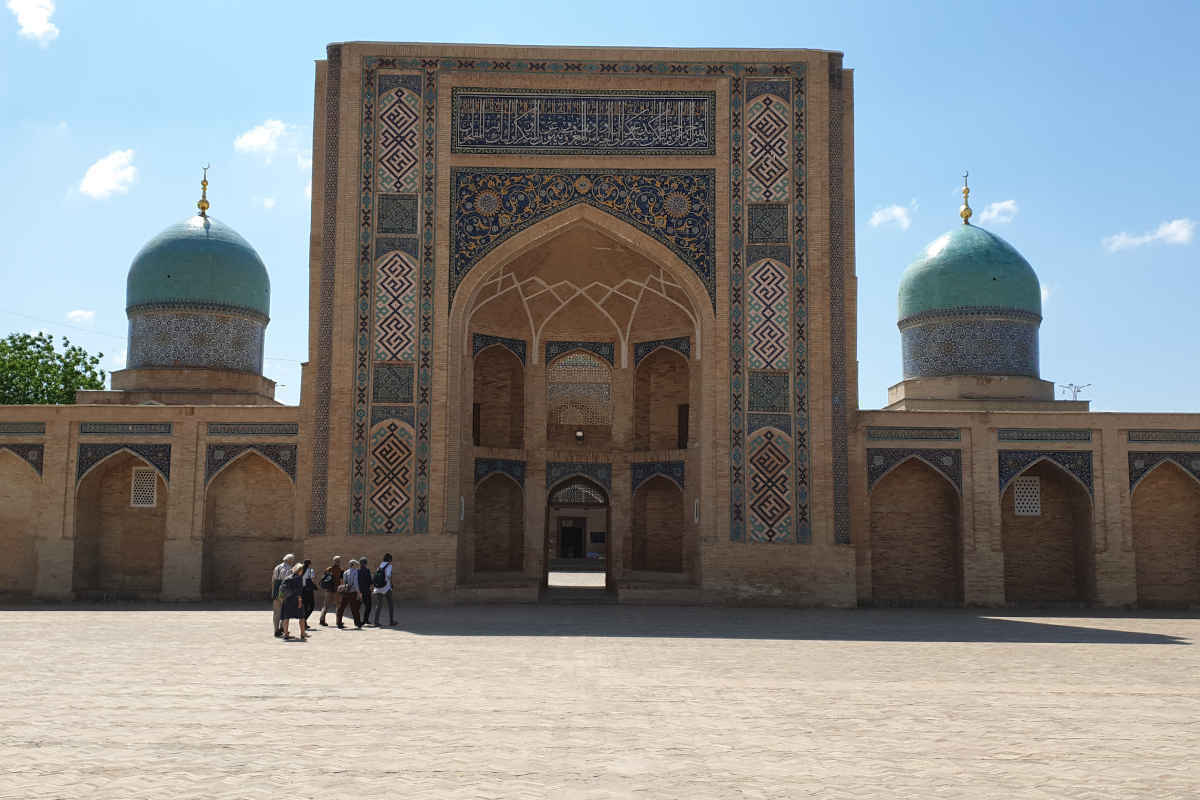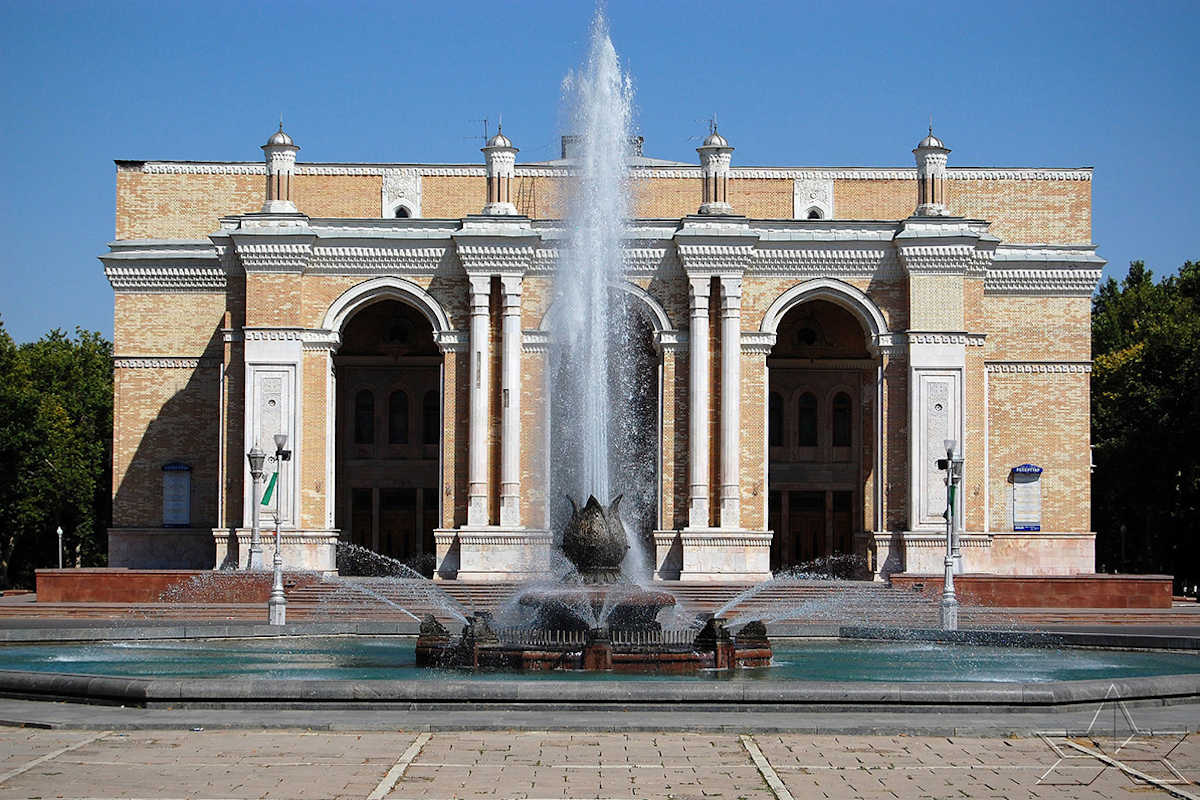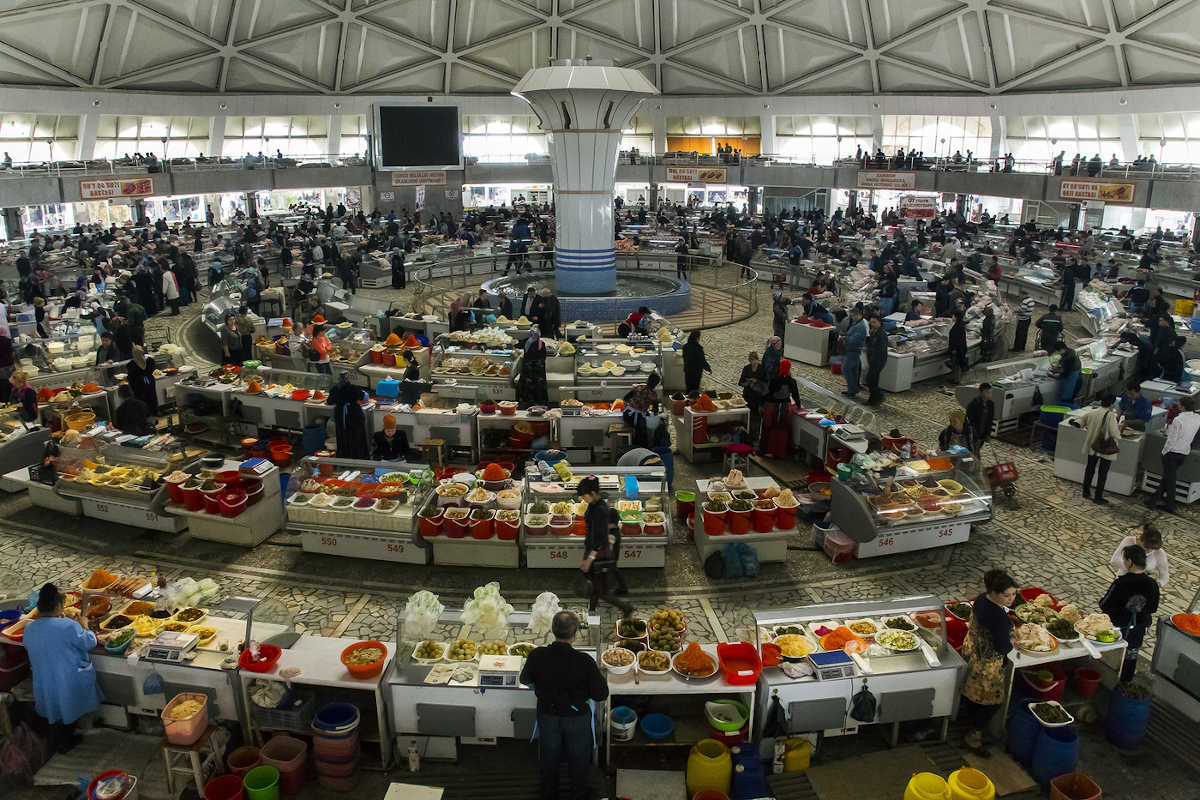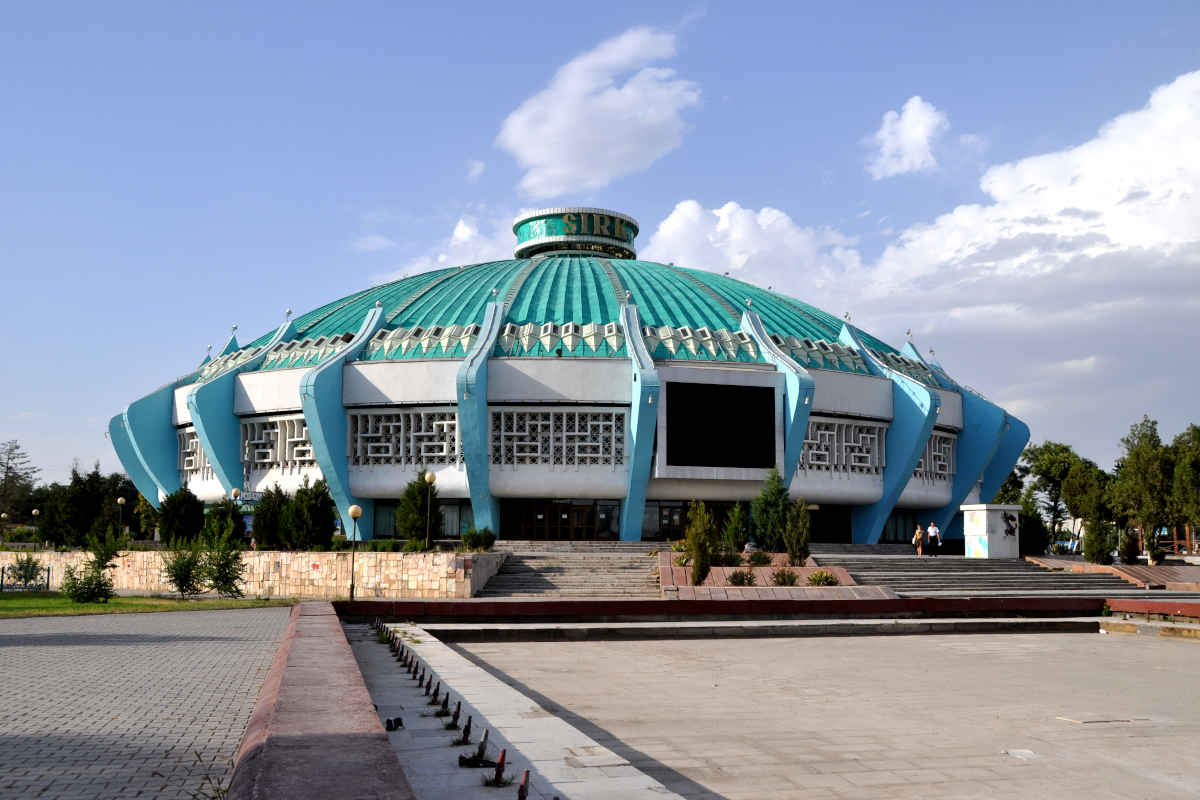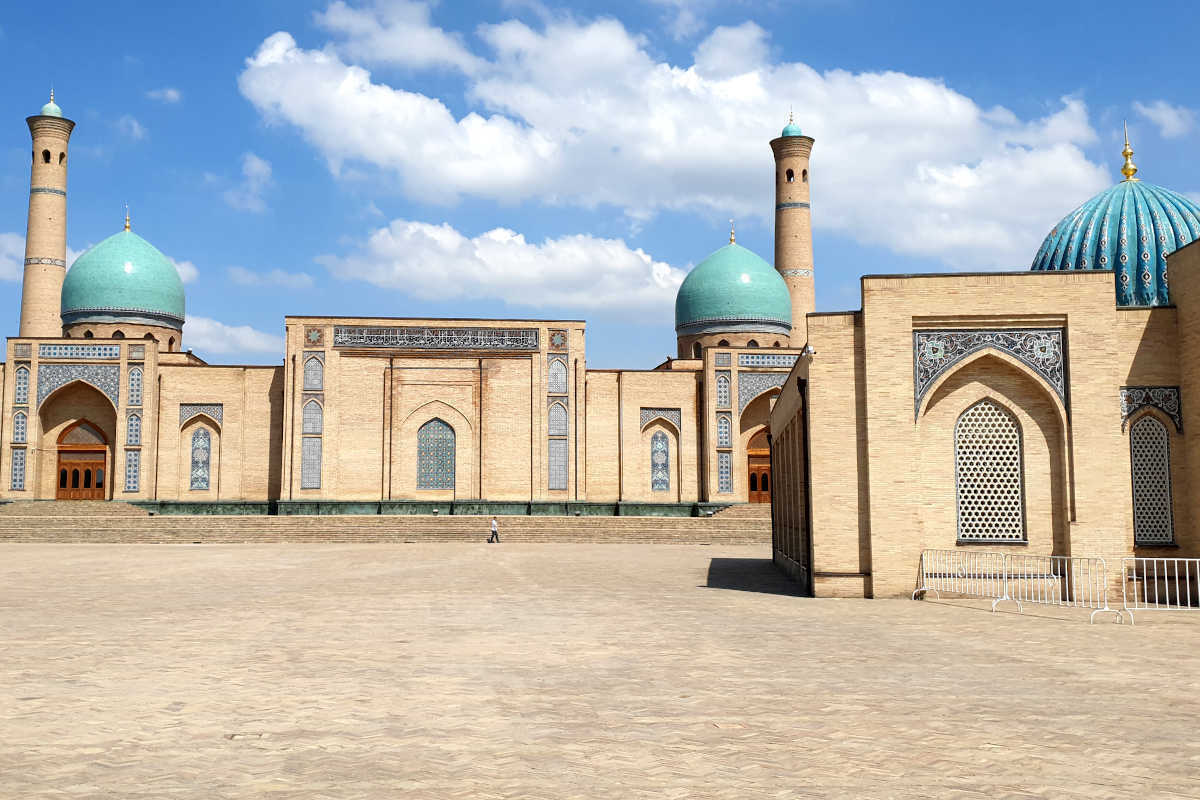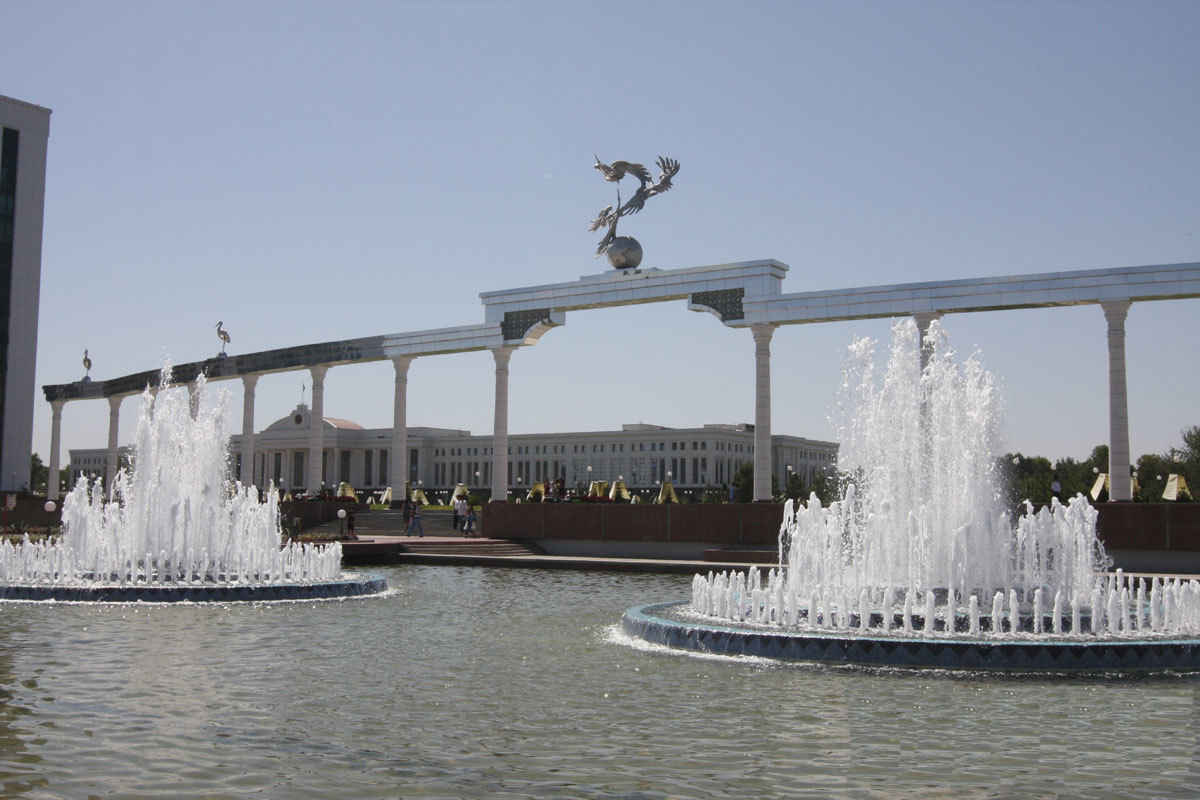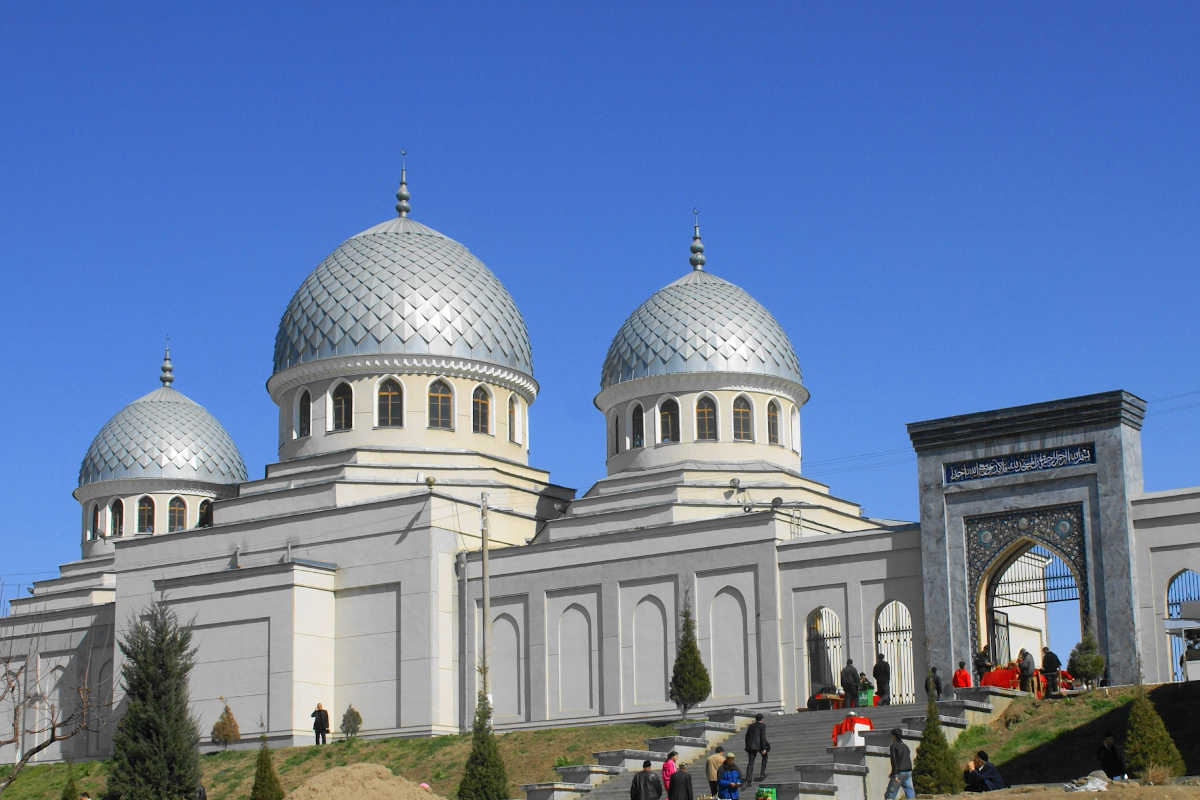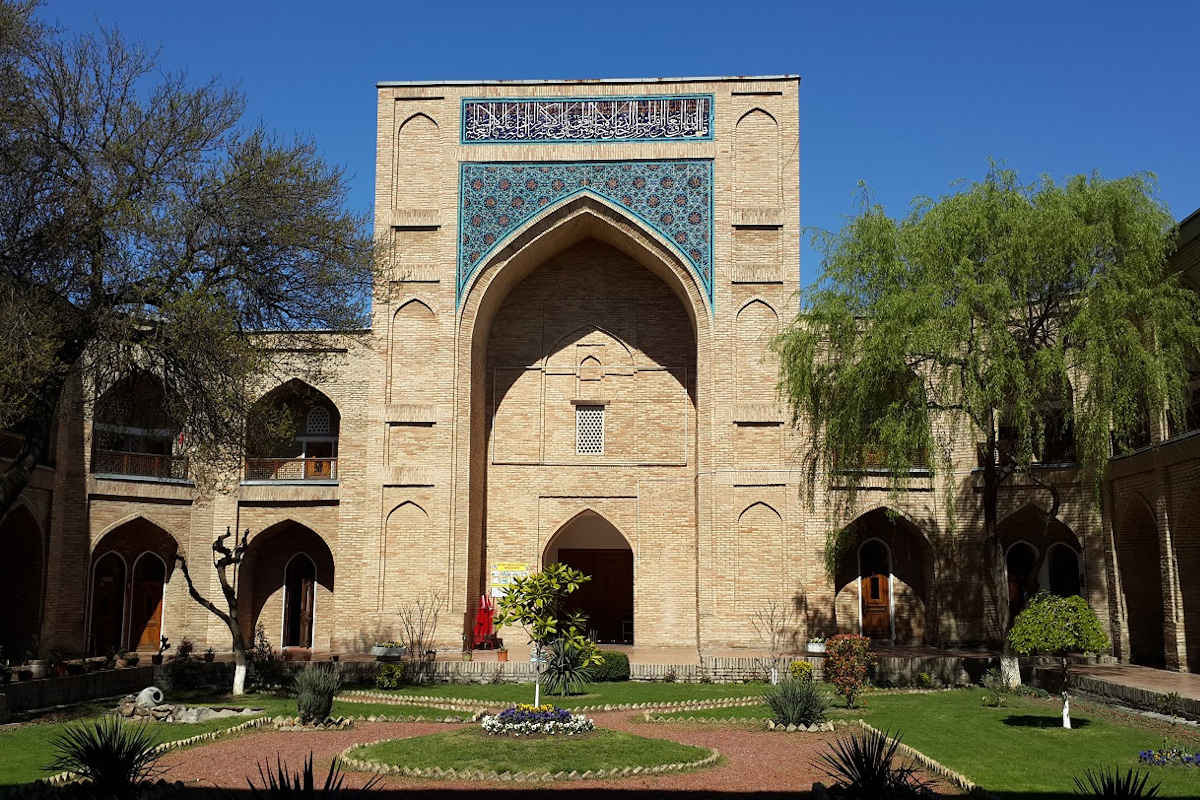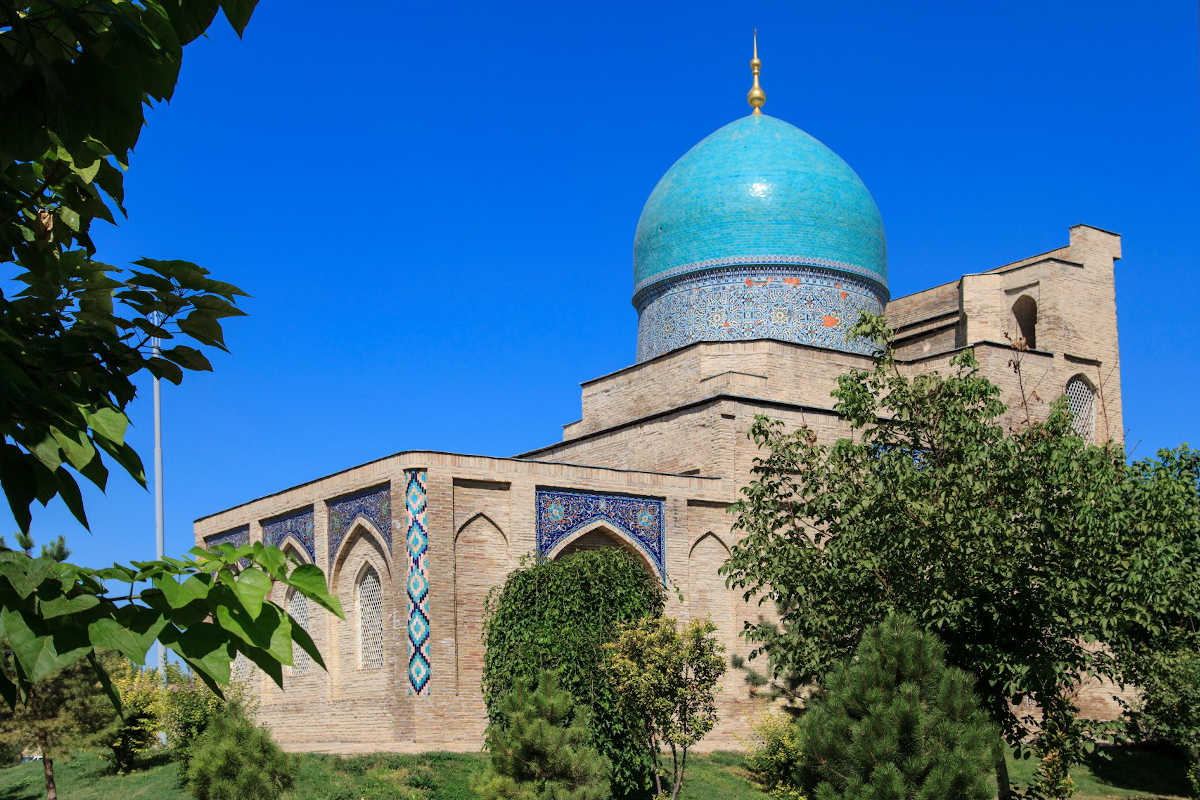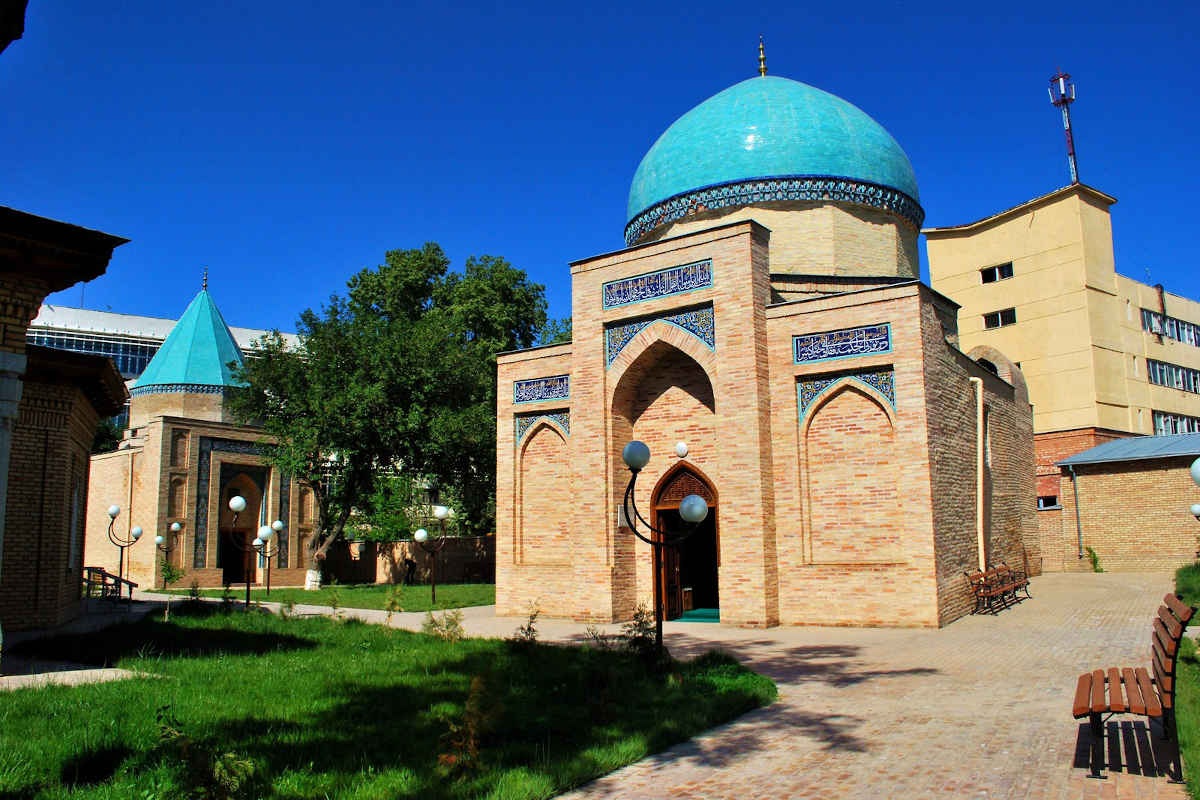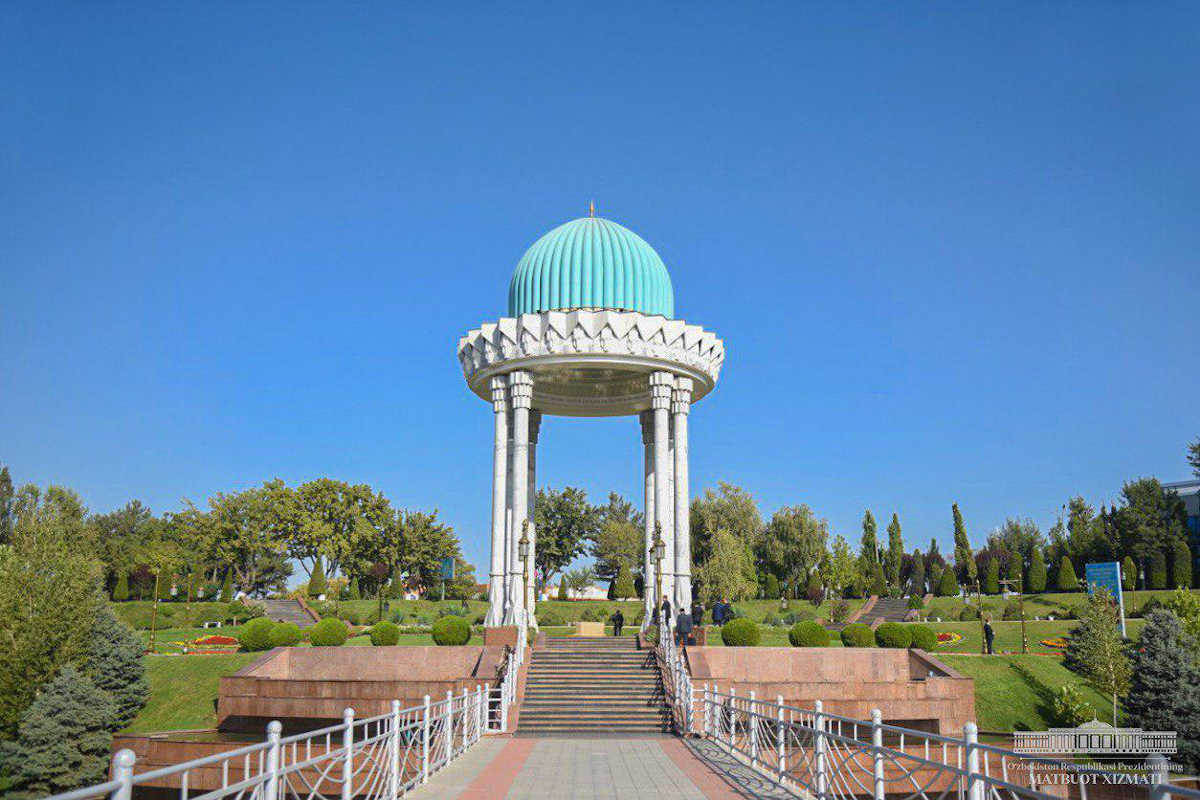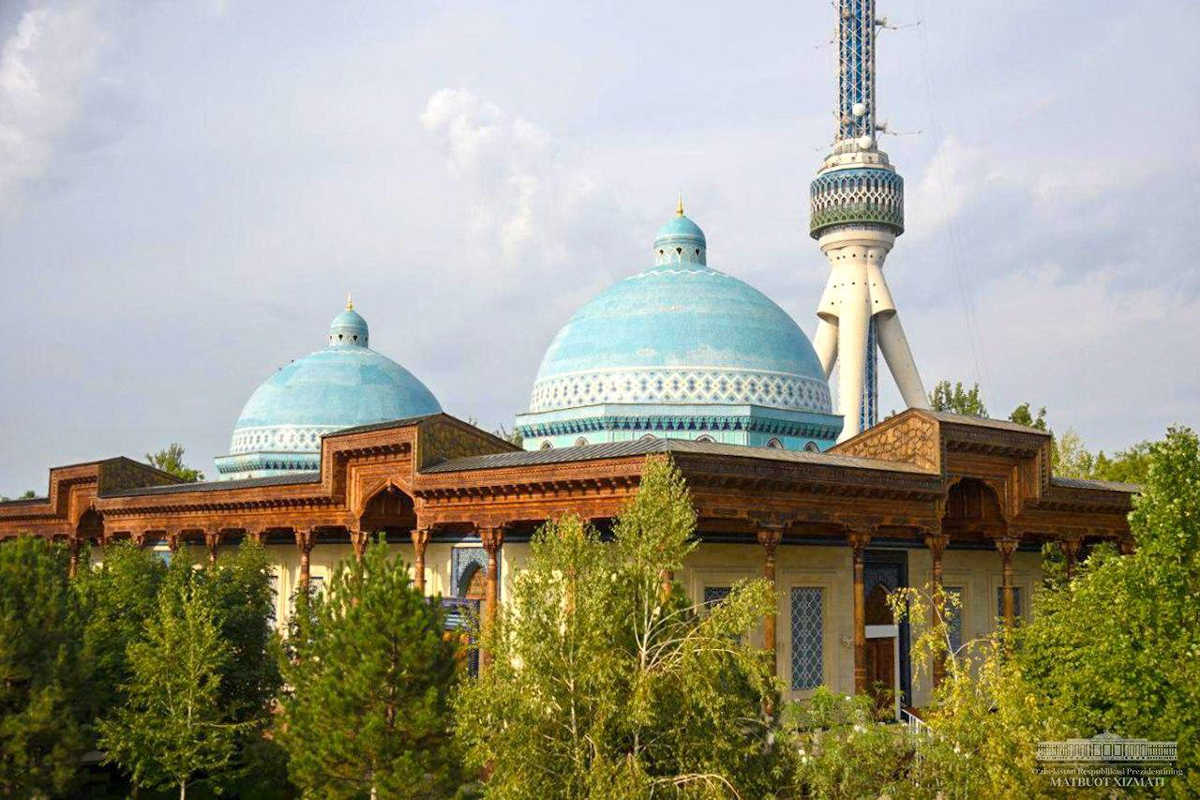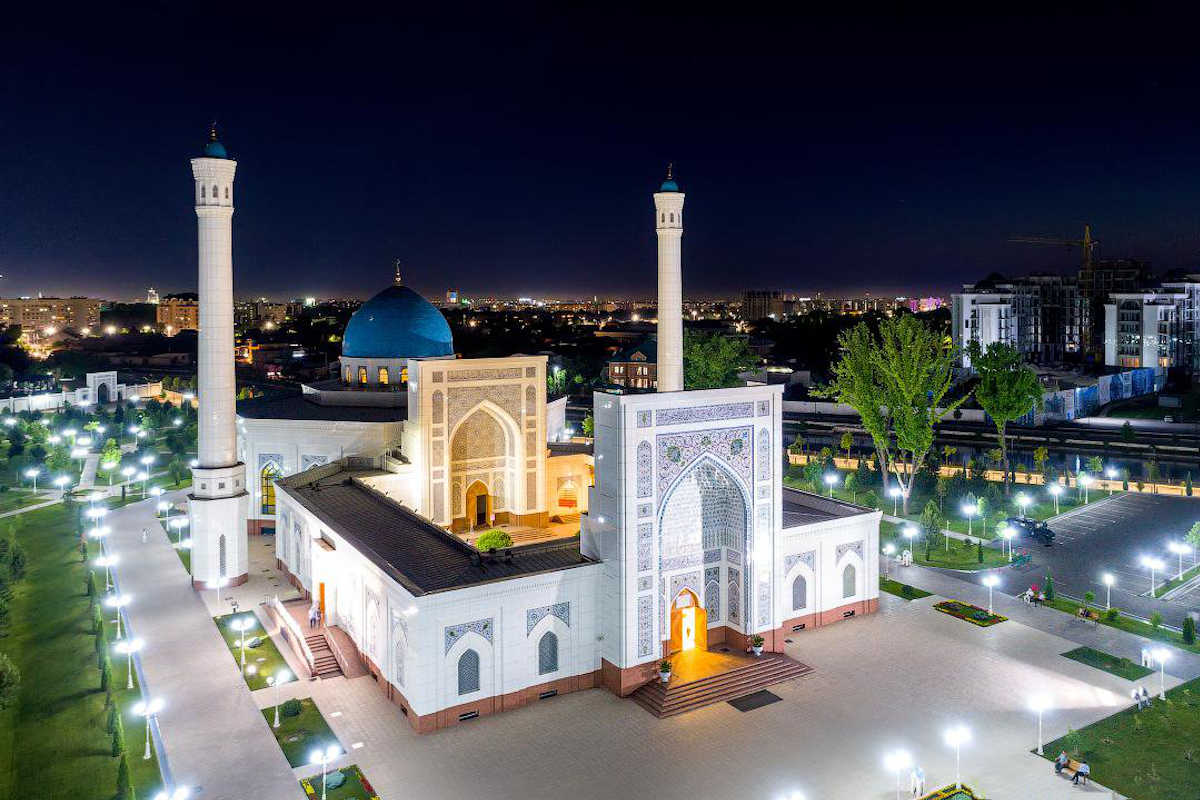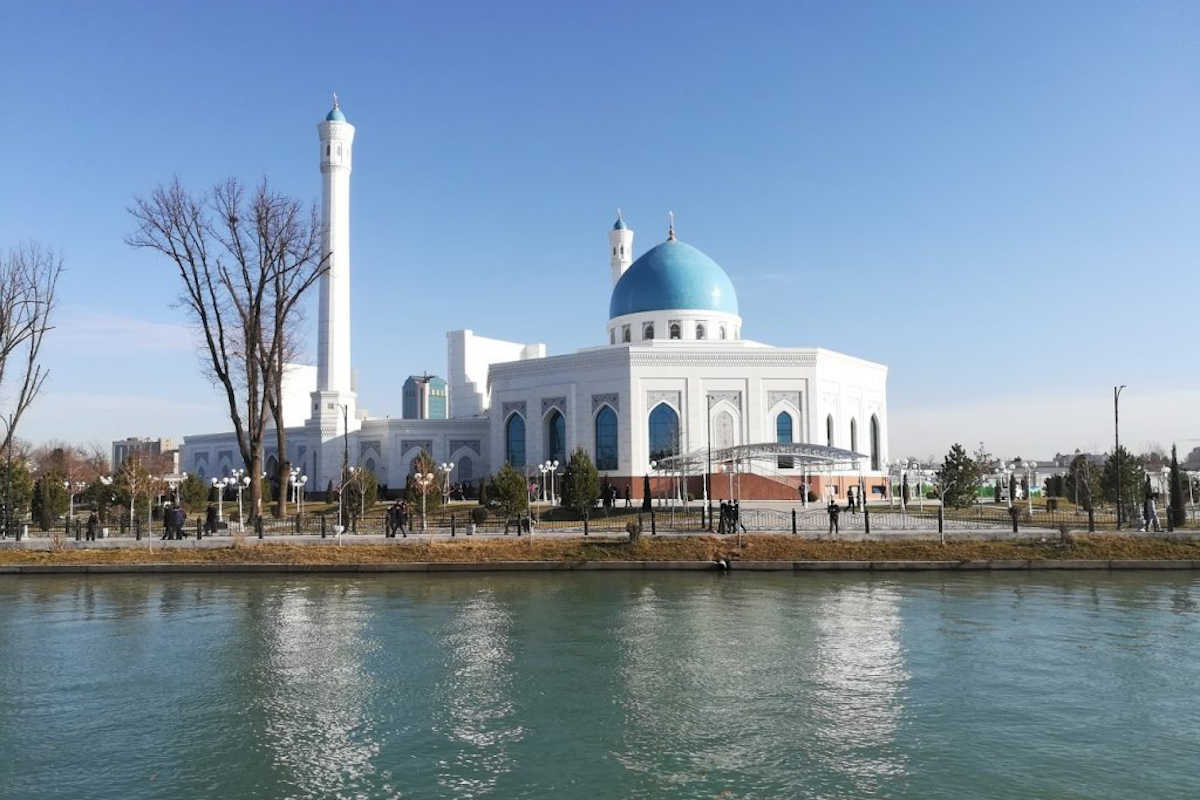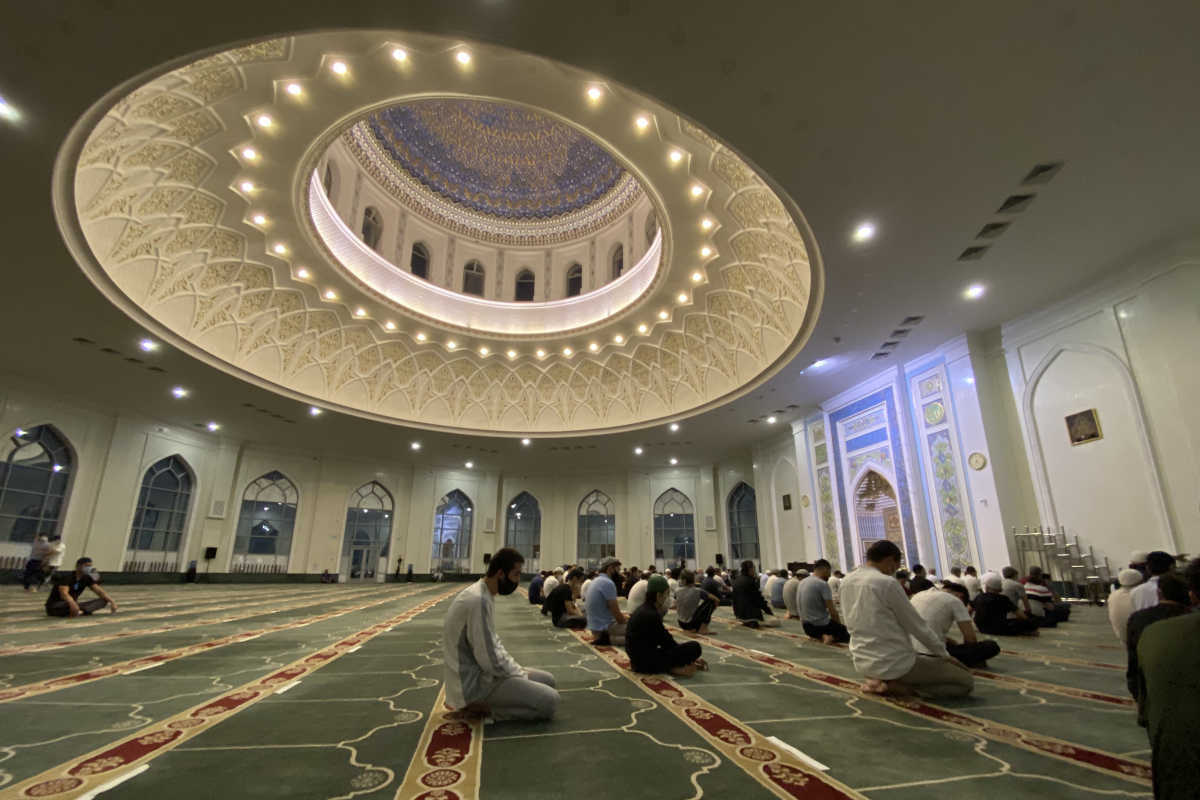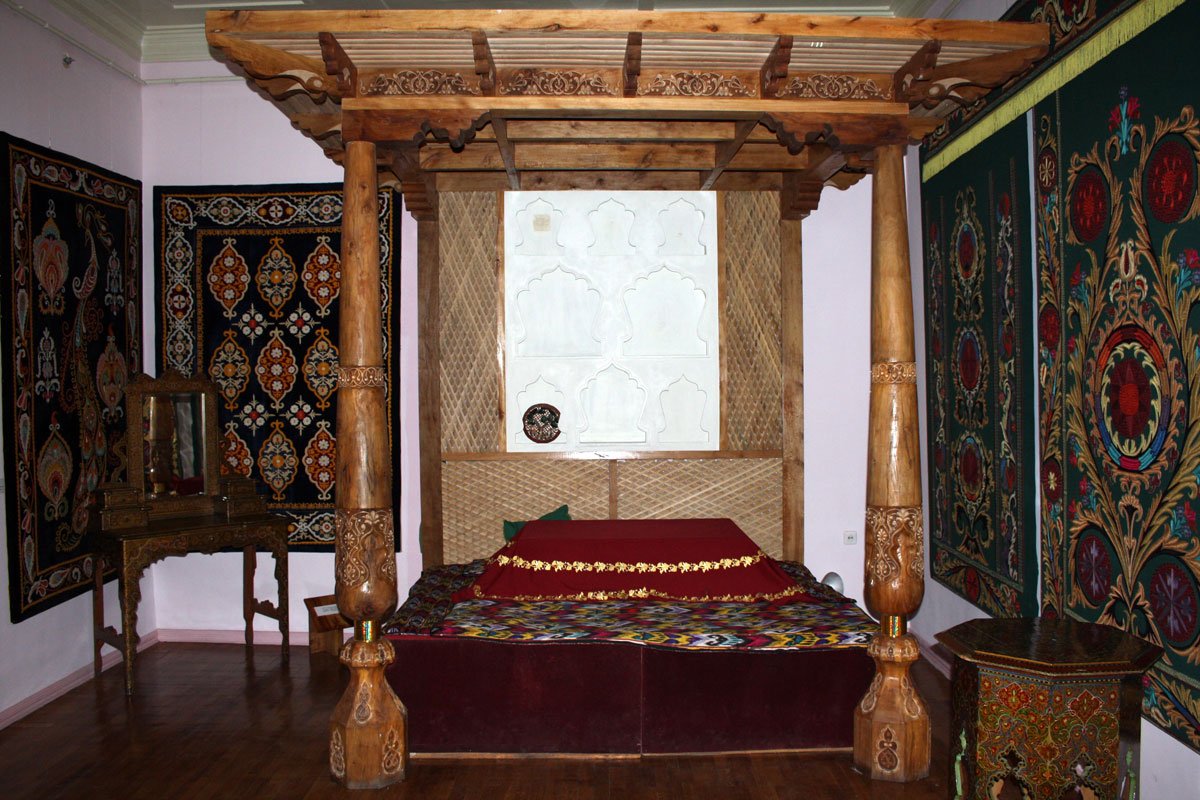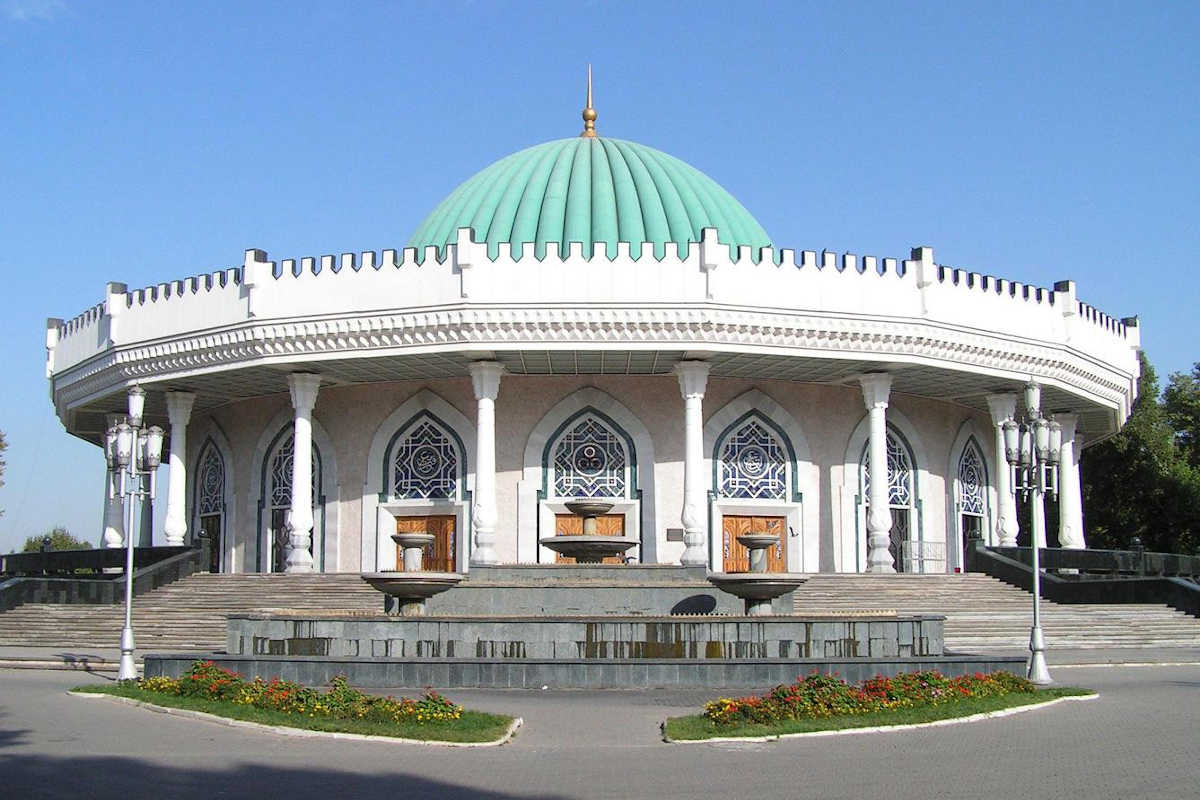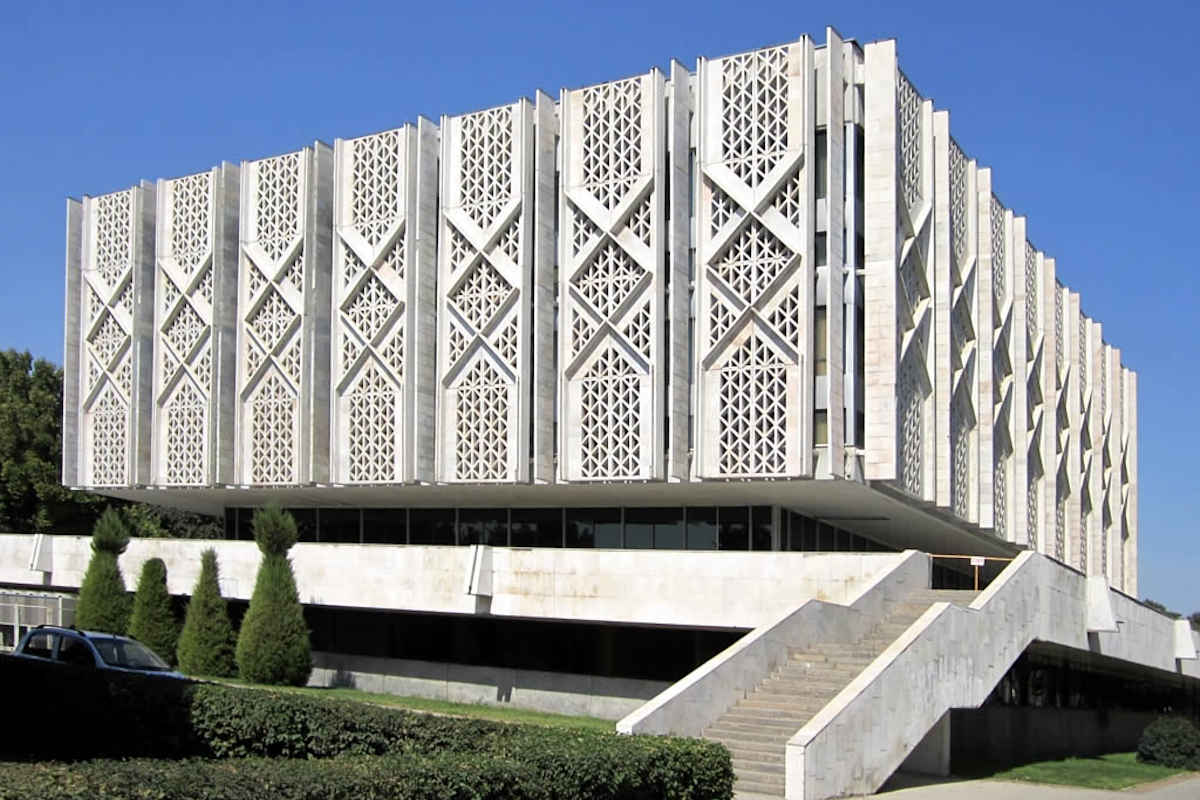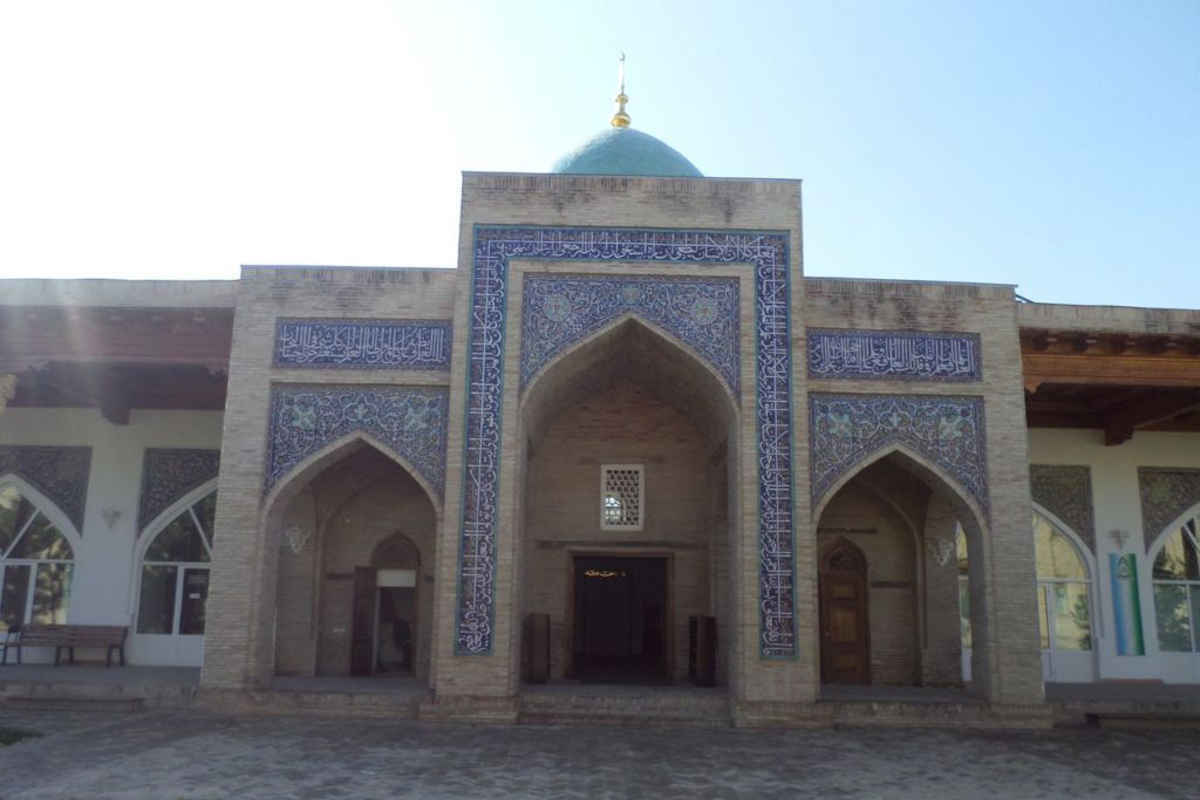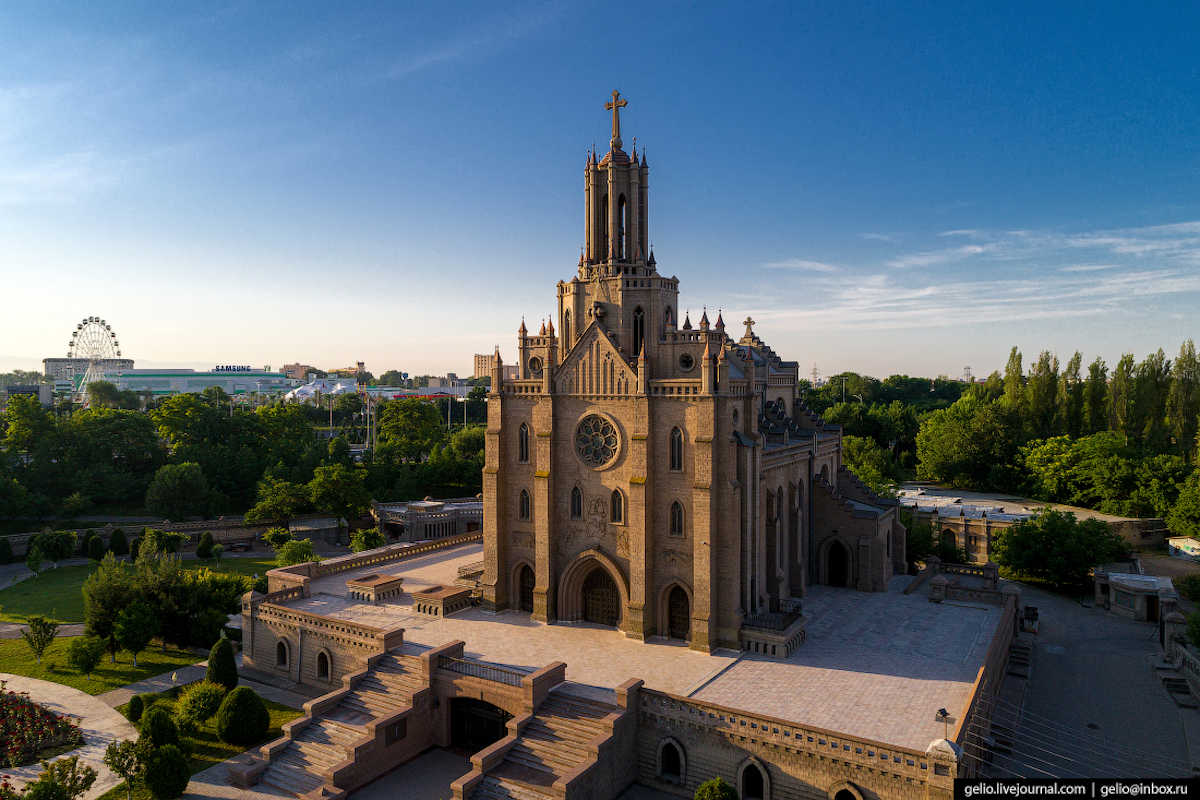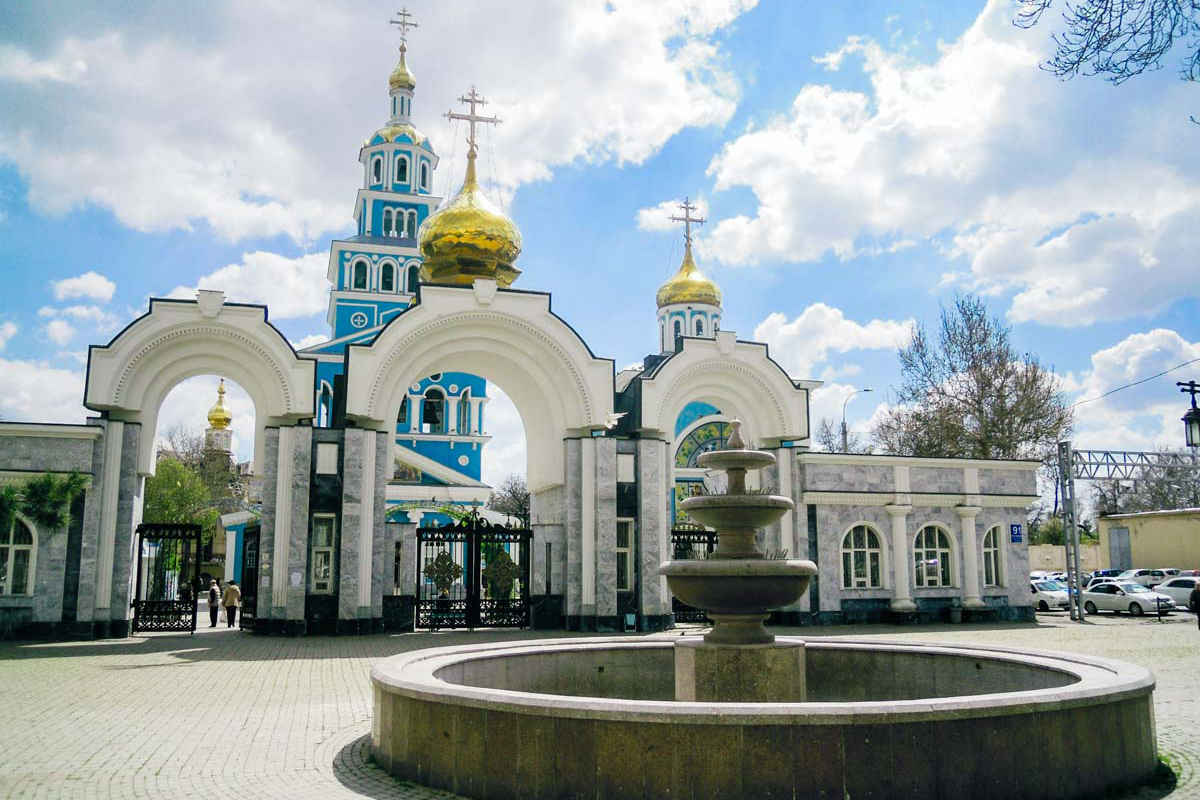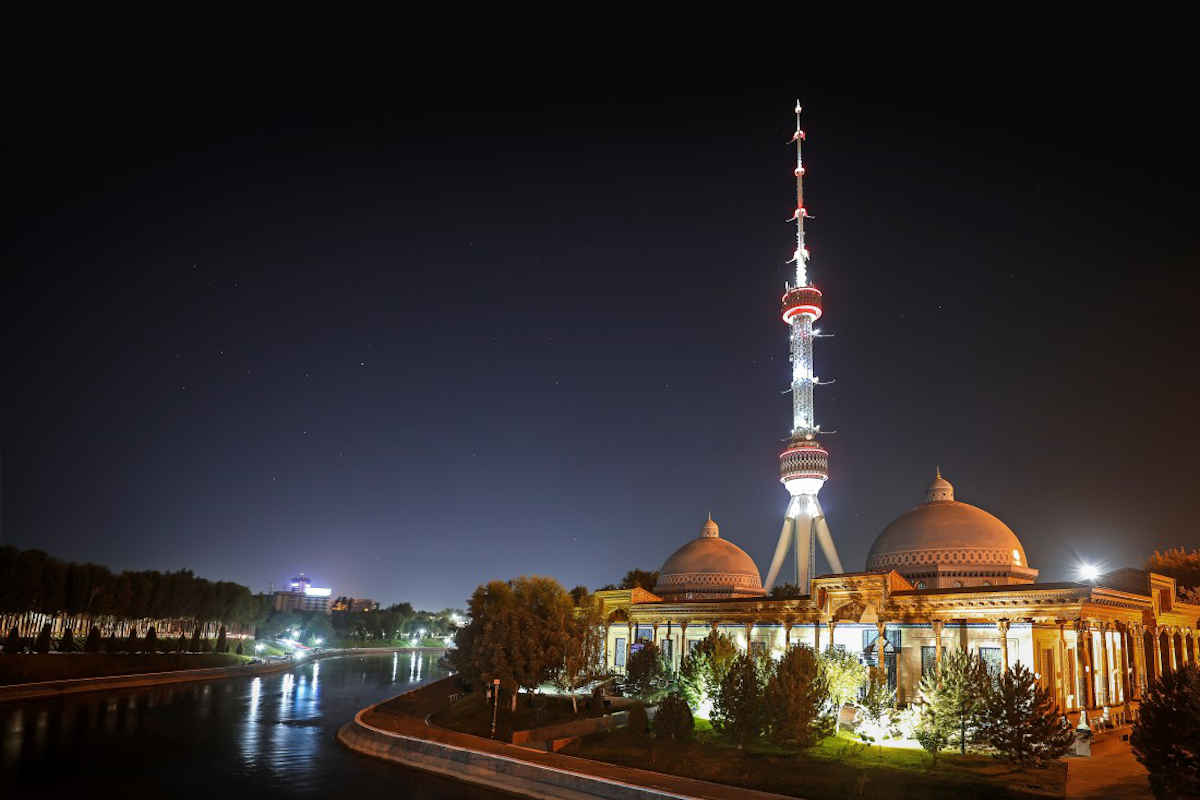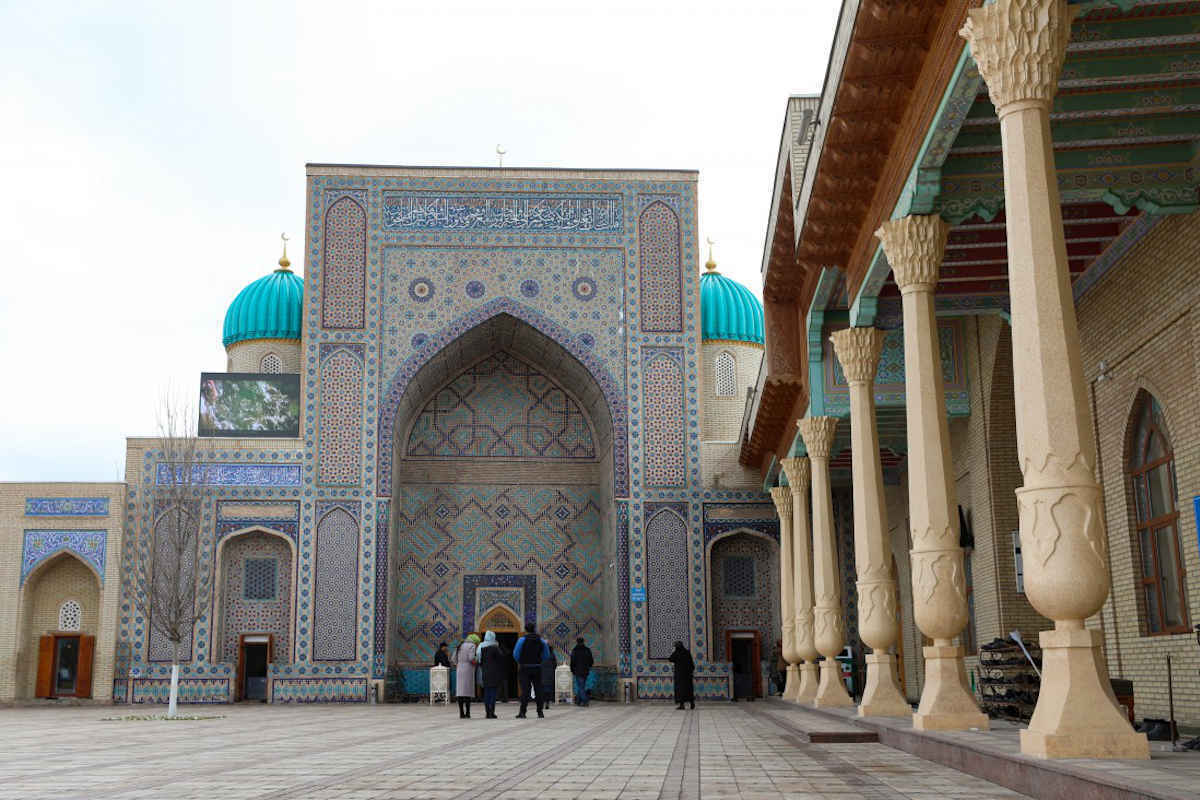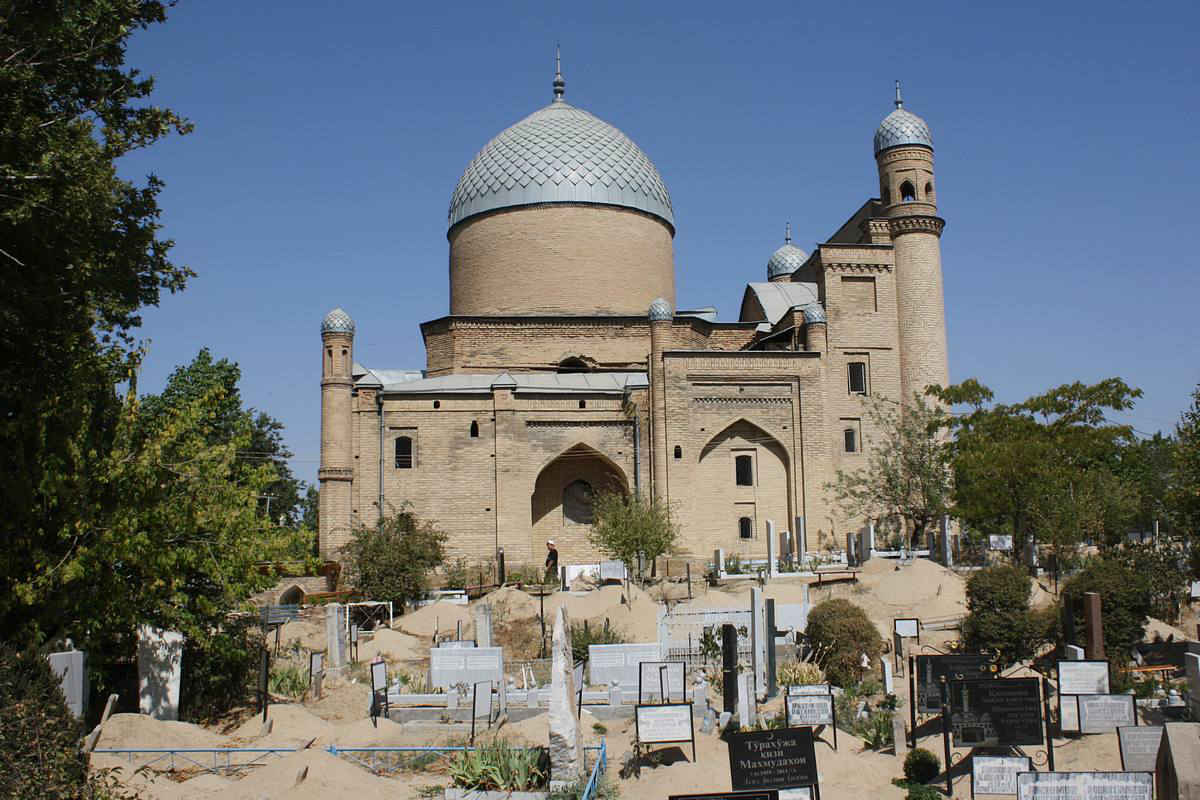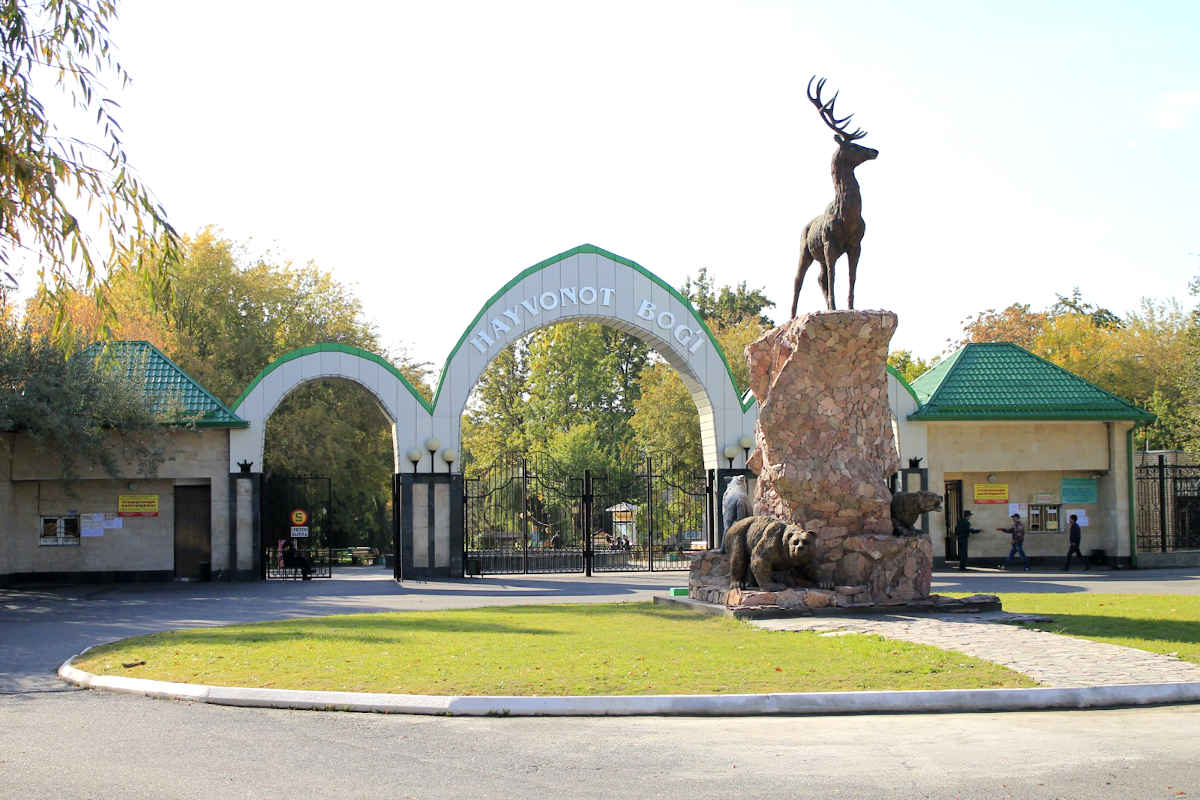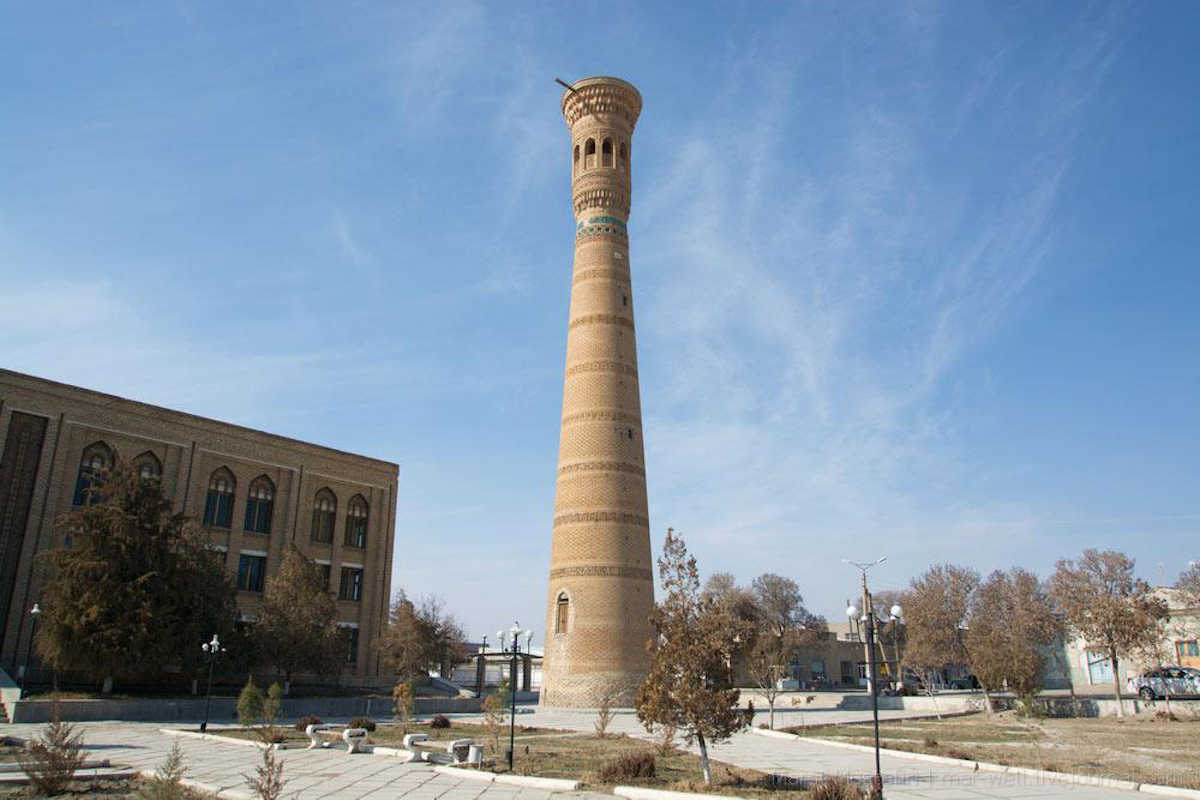Sights of Uzbekistan: A Captivating Mosaic of History, Culture, and Nature
Uzbekistan, the historical Mā Warāʾ an-Nahr, the cradle of many nations, and the center of numerous empires, may be the most fascinating of the Central Asian republics. Uzbekistan stands as the true treasure trove of renowned architectural landmarks, the hub of ancient cities, and one of the key centers along the legendary Silk Road. Time itself has left its “traces” here, and despite the tumultuous history of this land, most of them remain in exceptional condition. What adds a unique allure to the country is its central location compared to other Central Asian republics, enabling a tracing of historical connections among countries and peoples in the region, acquainting oneself with the most picturesque cultures of Asia, and discovering the incredible antiquity of this land.
Tashkent – Crossroads of Cultures
Tashkent, the capital of the country, is situated at the foothills of the Tian-Shan Mountains, in the heart of a lush oasis in the Chirchiq River Valley. For many centuries, Tashkent served as a crossroads for various trade routes, shaping an extraordinarily diverse appearance for the city. The city itself is one of Uzbekistan’s attractions, reflecting the cultural diversity that has evolved over centuries in its buildings and streets. Located 15 km south of Tashkent is the village of Zangiata, housing two ancient mausoleums – Zangiata and his wife Ambar-Bibi (Kambar-Ana, 14th century), surrounded by a large garden, a complex of monumental buildings from the 14th to 19th centuries, a madrasa (18th-19th centuries), a mosque (1870) with a minaret (1914-1915), and an ancient cemetery. These historical sites provide insights into the cultural development and religious richness of the region.
Samarkand – Jewel of the Silk Road
Samarkand is one of the oldest cities in the world, as ancient as Rome, an oasis along the ancient Silk Road, and the capital of the great Timurid Empire, located in the Zeravshan River Valley in southeastern Uzbekistan. The Registan Square is the most recognizable landmark in the country. Situated in the historical center of the city along the Silk Road, the perfectly proportioned square is surrounded by three historic madrasas, the oldest dating back to the early 15th century. The Registan Square, nestled within the sights of Uzbekistan, served for centuries as the center of social life in Samarkand. Announcements were made, executions and fairs were held, and celebrations took place here. The madrasas are adorned with multicolored mosaics, and the tall domes are embellished with brightly azure tiles. Samarkand, as the Jewel of the Silk Road, reflects in its structures and atmosphere the cultural and commercial currents that once flowed through this significant hub.
Bukhara – Testament to History
The city of Bukhara is located in the southwest of Uzbekistan, about 200 km from Samarkand. Bukhara is one of the oldest cities in Central Asia and bears witness to a rich history that shapes the sights of Uzbekistan. Surrounding Bukhara are numerous historical monuments, including the Varakhsha Palace Fortress (5th-9th centuries) and the Ohunada Ibrahim madrasa (1884). South of the city, there is a suburban mosque Namozgoh (12th-16th centuries), a sanctuary for wandering Dervish monks – Khanaka Faizabad (1598-1599), the tomb of the Sheikh of the Naqshbandi order, Chor-Bakr Necropolis (16th century), the tomb of the Zhubayri family (1560-1563) in the village of Sumitan, the mausoleum of the patron saint of Bukhara and spiritual mentor of Bahauddin Naqshbandi Timur (founder of the Naqshbandi Sufi order, 1560-1563), the grave of the teacher Bahauddin Naqshbandi – Hazrat Said Amir Kulol in the village of Kasri Arifon, and the ruins of the Rabat-Malik Caravanserai in Kermine. Bukhara, steeped in history, presents itself as a living museum and is an integral part of Uzbekistan’s rich cultural heritage.
Khiva – Oasis of Legends
The open-air museum of Khiva is located in the heart of the Karakum Desert, on the left bank of the Amu Darya, 450 km from Bukhara. Legend has it that it was founded by Shem (Sem), the son of the legendary Noah. The Muhammad Amin Inak Medrese is one of the best-preserved religious buildings in Khiva, situated in the ancient city wall next to the Qalta Minor Minaret. It was built in 1854 and named after the then ruler of Khiva. The Muhammad Amin-Inak Madrasa, once one of the region’s most important educational institutions, has two floors, is richly decorated, and served as a prison for a short time during the Soviet regime. Khiva, as the Oasis of Legends, provides insight into the cultural heritage preserved by generations and stands among the most fascinating sights of Uzbekistan.
Shakhrisabz – Amir Timur’s Heritage
The small town of Shakhrisabz lies just 90 km south of Samarkand, at the foot of the Hissar and Zeravshan mountain ranges, at the confluence of the Aksu and Tanhoz rivers. It is one of the oldest cities in the world, with human settlements believed to have existed here as early as 1700 BCE. The monumental structure of Amir Timur’s Summer Palace dominates the ancient ruins of Shakhrisabz. Commissioned by Amir Timur, the Ak-Saray Palace was intended to be the largest building in the empire and a symbol of his power and wealth. Ak-Saray is renowned for its quality craftsmanship and a wide array of designs and colors. The detailed mosaic and majolica work are particularly exquisite, featuring images of foliage and calligraphic inscriptions with both Quranic and secular content. Shakhrisabz, as the heritage of Amir Timur, showcases the grandeur of architecture and the greatness of one of the most significant rulers in Uzbekistan’s history.
Kokand – Cultural Crossroads
One of the centers of the fertile and densely populated Fergana Valley, Kokand, lies 228 km southeast of Tashkent, within several ancient oases, on the border between Central Asian and Chinese cultures. Kokand, as a cultural crossroads, has absorbed various influences throughout history and today presents an impressive diversity in art, architecture, and way of life.
Termez – On the Edge of History
The city of Termez is located in the south of the country, on the border with Afghanistan, on the left bank of the Amu Darya River. Termez, on the edge of history, holds a strategic position on one of the oldest trade routes and has experienced numerous conquests and cultures over the centuries. The archaeological sites in Termez are rich in historical treasures, offering insights into the tumultuous history of this region.
Muynak – Tragedy at the Aral Sea
Muynak is a genuine city of tragedy, dying alongside the Aral Sea, which is losing its water and significance. Muynak, as a witness to environmental tragedy, serves as a reminder of the urgent challenges of modern environmental protection and its impact on the heritage of nature and people in Uzbekistan.
Chimgan Mountains – Natural Beauty and Recreation
The Chimgan Mountains, located just 80 km northeast of Tashkent, are one of the most popular recreational destinations for locals and visitors from other countries. The low mountain range in the western part of the Tien Shan is famous as one of the best winter sports resorts in Asia. There are many resorts and hotels in the mountains, numerous hiking and skiing trails, and popular routes for mountaineering.
The Great Chimgan (3309 m) has been known since the early days of mountaineering as one of the best places for climbing, celebrated in the songs of Burchmulla, still attracting thousands of tourists. Dozens of paths lead through the Gulkam Gorge, Mazarsay Gorge, past the summit of Kumbel and Charvak Reservoir, to the geological outcrop Kyzyl-Zhar, through the passes of Akshuran and Takhtajailau, to Beldersay, to the valleys of Nurekata and Sandalash, to the Chatkal Mountains, to the Chatkal Biosphere Reserve (Ugam-Chatkal, included in the UNESCO World Heritage List), and numerous mountain villages serve as small climatic resorts, with many of them having ski slopes built. In the summer, the mountain slopes attract paragliders.
In conclusion, the sights of Uzbekistan form an impressive mosaic of history, culture, and nature. The diversity of architectural treasures, the grandeur of historical cities, and the breathtaking beauty of nature make Uzbekistan a unique destination that captivates the hearts of history enthusiasts, adventurers, and nature lovers alike. With each step through this fascinating republic, visitors are transported into a world of legends, traditions, and timeless beauty found only in Uzbekistan.


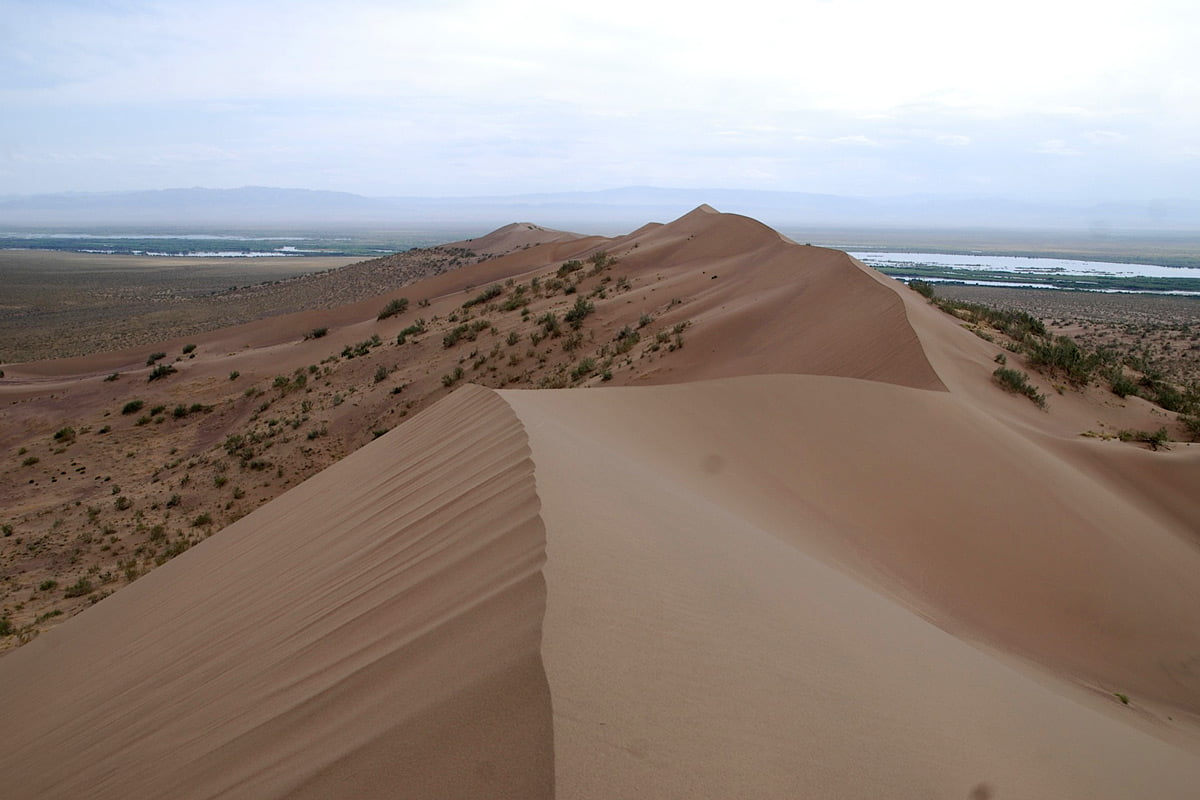 In the heart of Central Asia, in the valley of the river Ili, in the Almaty region, lies the Altyn Emel State National Park. The park was established in 1996 to preserve the unique natural complex of the area.
In the heart of Central Asia, in the valley of the river Ili, in the Almaty region, lies the Altyn Emel State National Park. The park was established in 1996 to preserve the unique natural complex of the area. The Ascension Cathedral (Senkov Cathedral) in Almaty was built in the late 19th and early 20th centuries by the Russian architects Borisoglebsky, Stepanov, Troparevsky and Senkov. After the earthquake of 1910, which destroyed many buildings in Almaty, this is the only structure that survived.
The Ascension Cathedral (Senkov Cathedral) in Almaty was built in the late 19th and early 20th centuries by the Russian architects Borisoglebsky, Stepanov, Troparevsky and Senkov. After the earthquake of 1910, which destroyed many buildings in Almaty, this is the only structure that survived.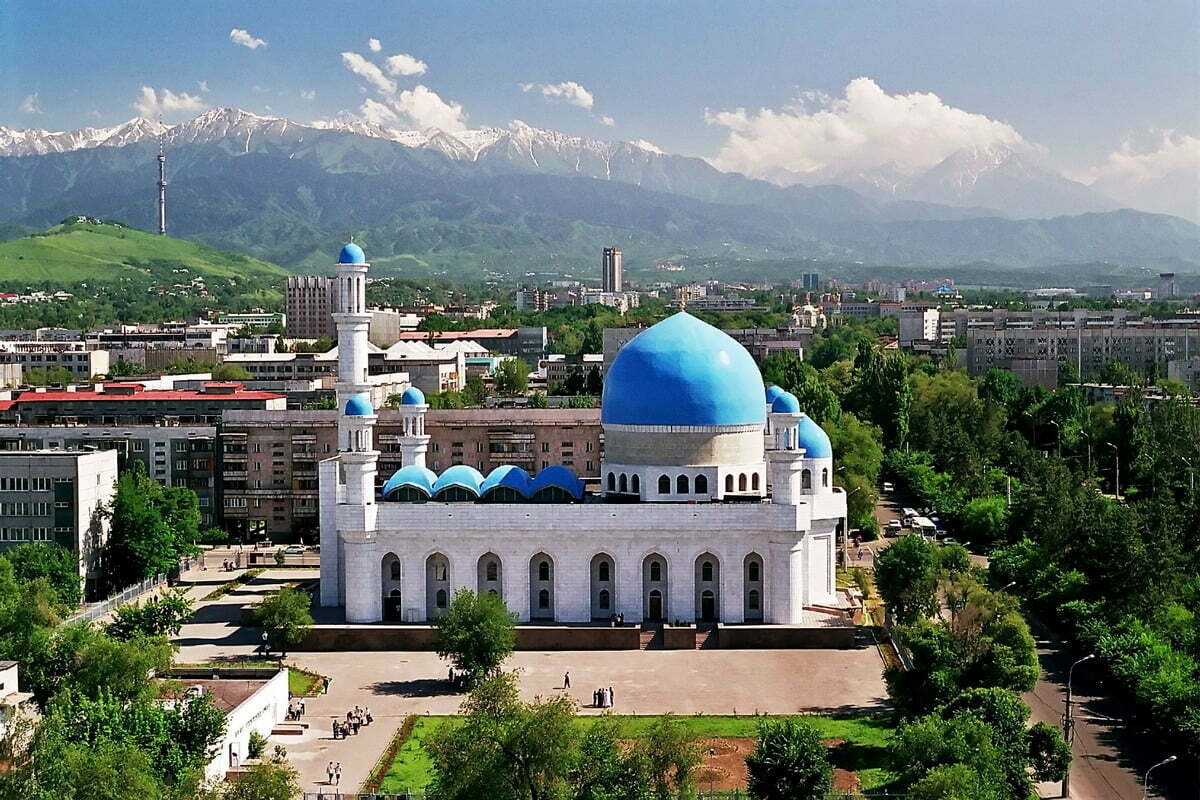 The main religion in Kazakhstan is Islam. The Kazakh people have practised the Islamic religion for more than a thousand years. There are more than 20 mosques in the city, but the Friday Mosque on Pushkin Street is the centre of the city’s spiritual world. The Central Mosque of Almaty is one of the largest mosques in Kazakhstan. The mosque was put into operation in 1999. The personal support of the Head of State N.A. Nazarbayev played an important role in speeding up the completion of the construction and handing over the mosque for use by the faithful. The architects are: Baimagambetov and Sharapiev.
The main religion in Kazakhstan is Islam. The Kazakh people have practised the Islamic religion for more than a thousand years. There are more than 20 mosques in the city, but the Friday Mosque on Pushkin Street is the centre of the city’s spiritual world. The Central Mosque of Almaty is one of the largest mosques in Kazakhstan. The mosque was put into operation in 1999. The personal support of the Head of State N.A. Nazarbayev played an important role in speeding up the completion of the construction and handing over the mosque for use by the faithful. The architects are: Baimagambetov and Sharapiev.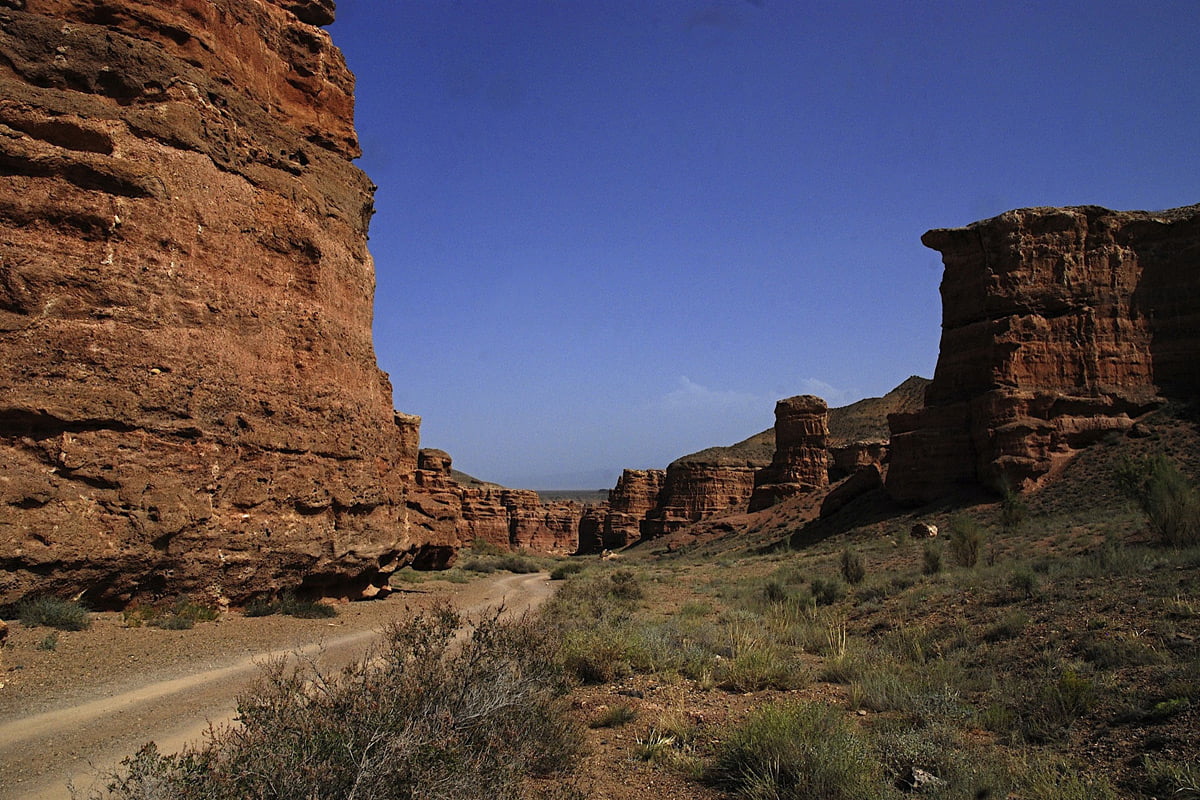 The Charyn State National Park in the Almaty region was established to preserve natural landscapes of special ecological, historical and aesthetic value. Due to the favourable combination of various functional purposes of the areas included in the park, they can be used for scientific, educational, pedagogical, cultural and recreational purposes. The territory of the national park includes the valley of the Charyn River.
The Charyn State National Park in the Almaty region was established to preserve natural landscapes of special ecological, historical and aesthetic value. Due to the favourable combination of various functional purposes of the areas included in the park, they can be used for scientific, educational, pedagogical, cultural and recreational purposes. The territory of the national park includes the valley of the Charyn River.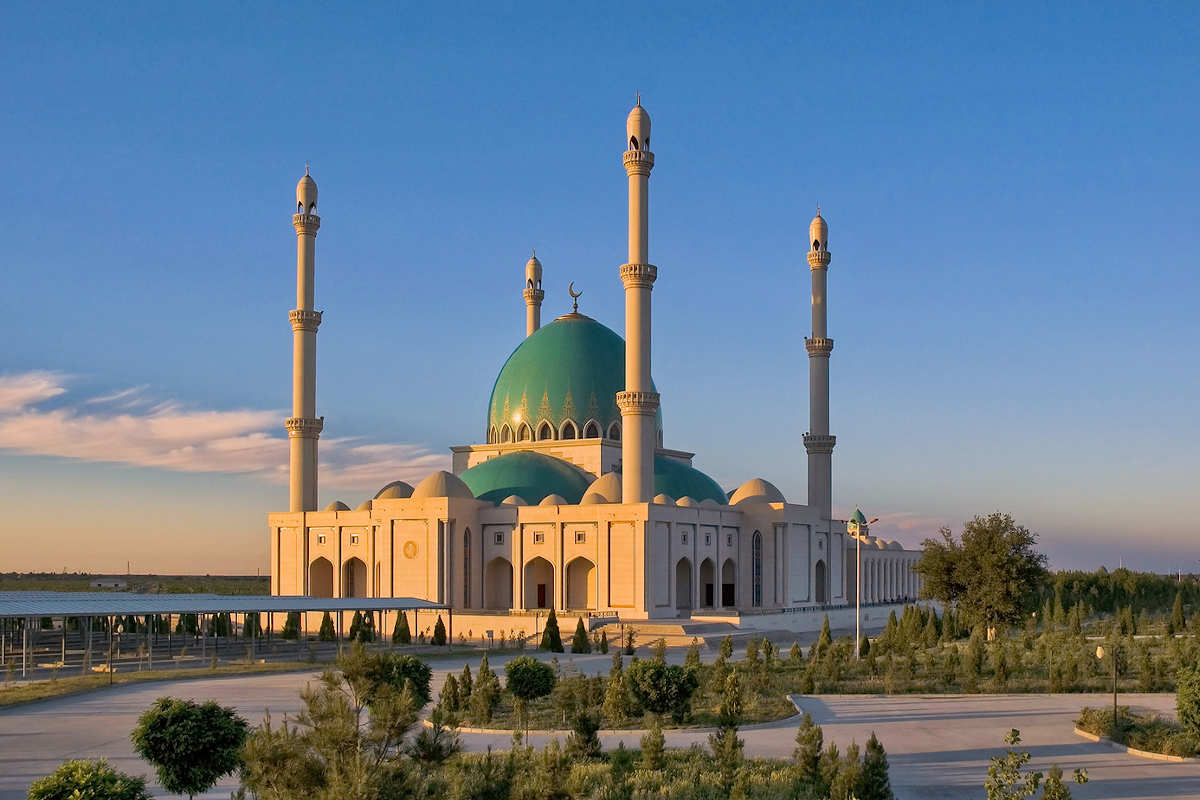 Geok Tepe is 40 km west of Ashgabat. The famous Battle of Geok Tepe took place on the territory of the fortress. The fortress was captured under the command of the Russian general Mikhail Dmitrievich Skobelev.
Geok Tepe is 40 km west of Ashgabat. The famous Battle of Geok Tepe took place on the territory of the fortress. The fortress was captured under the command of the Russian general Mikhail Dmitrievich Skobelev. Nisa is an old city whose ruins are located near the village of Bagir, 18 km west of Ashgabat, the capital of Turkmenistan. It consists of two sites: New Nisa, a Parthian city in the valley, and Old Nisa, a royal fortress on a plateau.
Nisa is an old city whose ruins are located near the village of Bagir, 18 km west of Ashgabat, the capital of Turkmenistan. It consists of two sites: New Nisa, a Parthian city in the valley, and Old Nisa, a royal fortress on a plateau.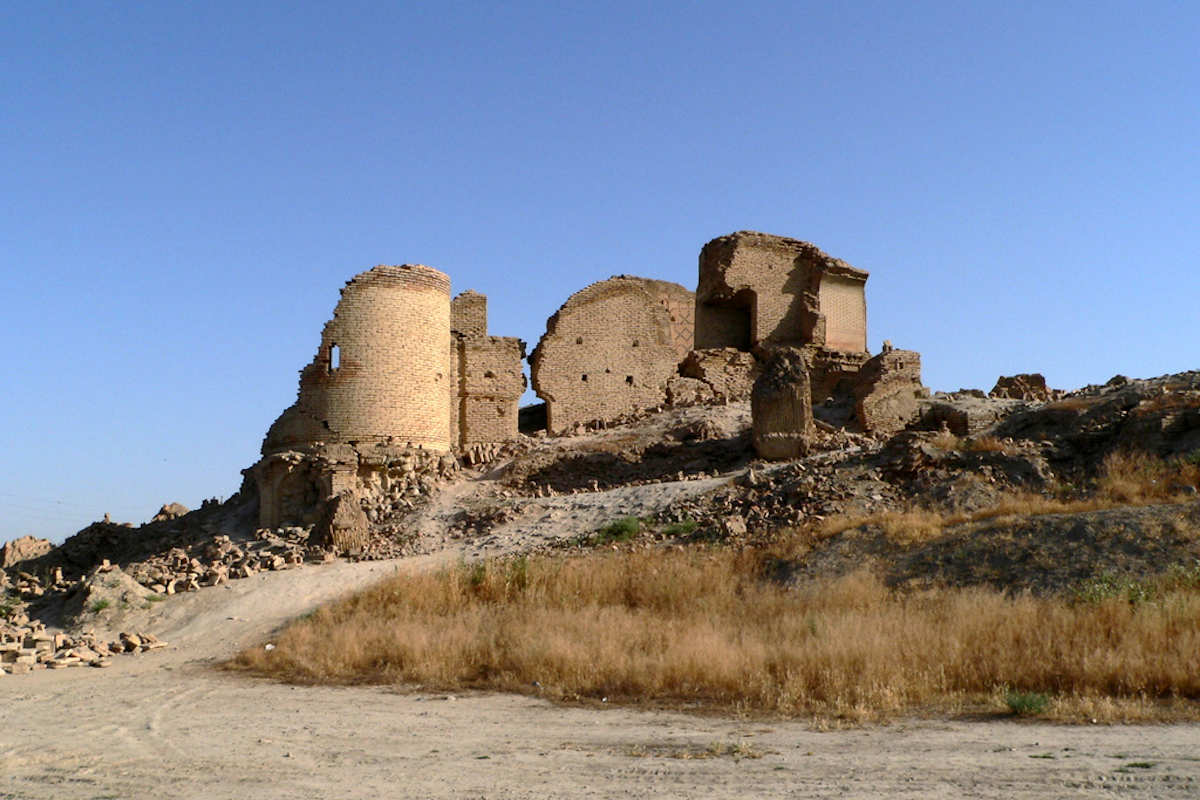 The settlement of Anau is located 12 km east of Ashgabat. Archaeological findings indicate that the settlement of Anau already existed in the Neolithic period (IV-III millennium BC).
The settlement of Anau is located 12 km east of Ashgabat. Archaeological findings indicate that the settlement of Anau already existed in the Neolithic period (IV-III millennium BC).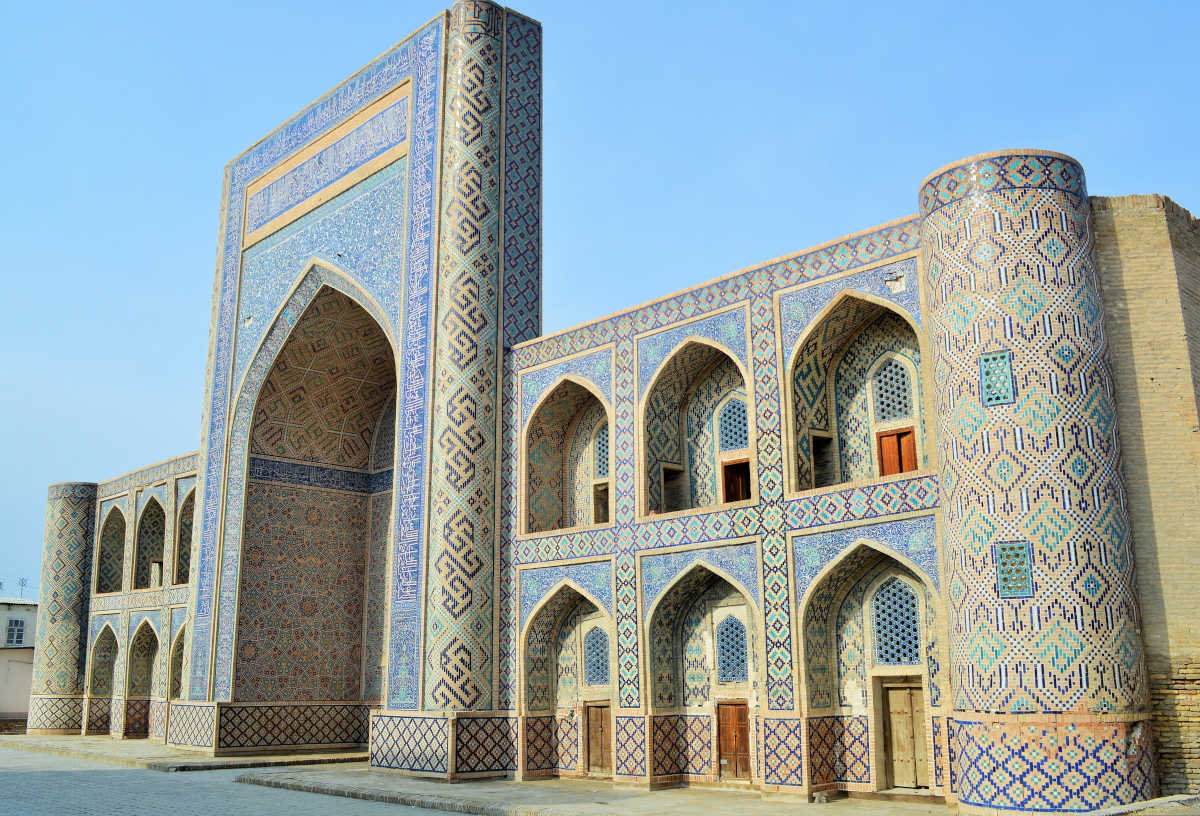
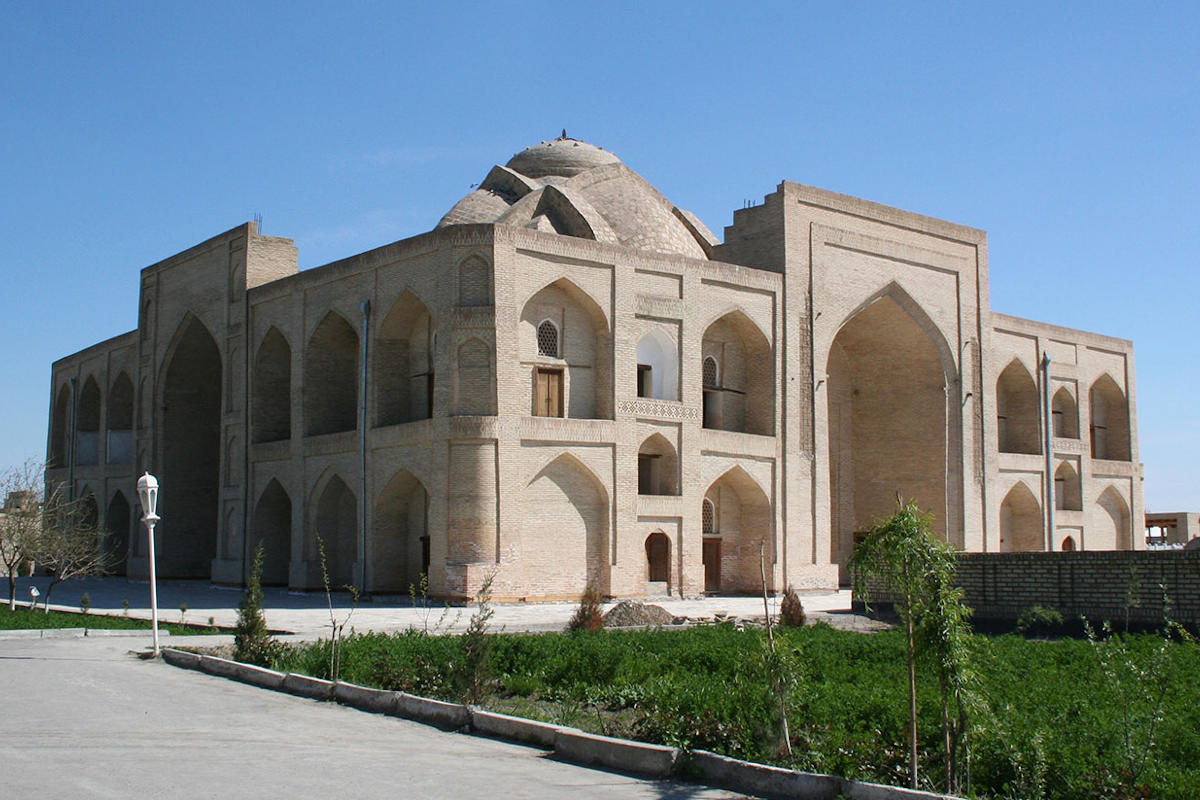
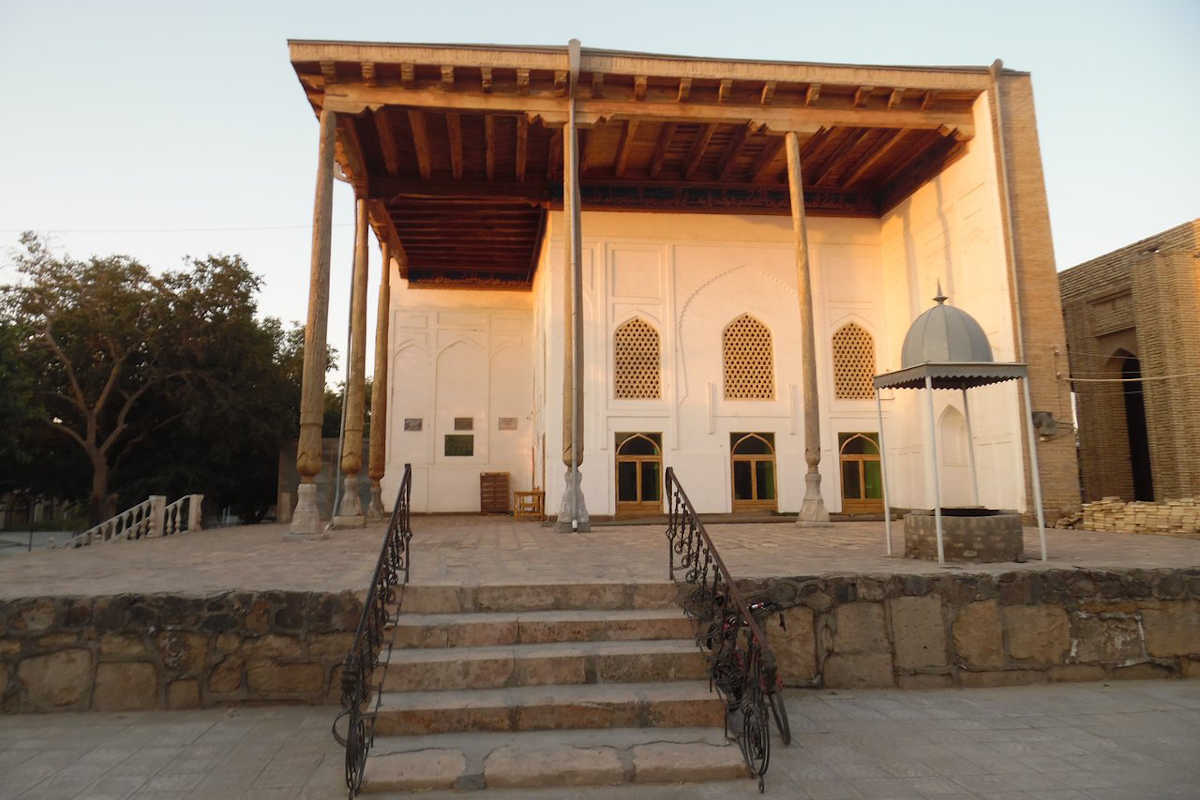
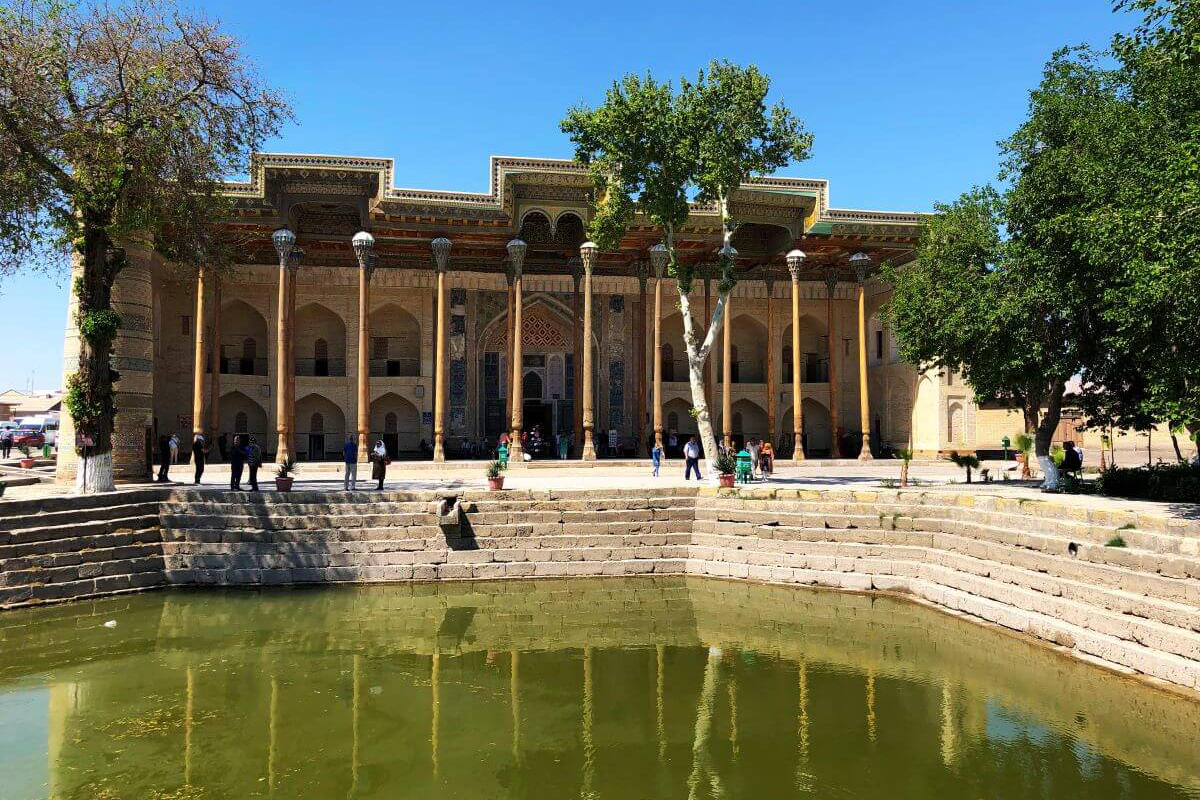
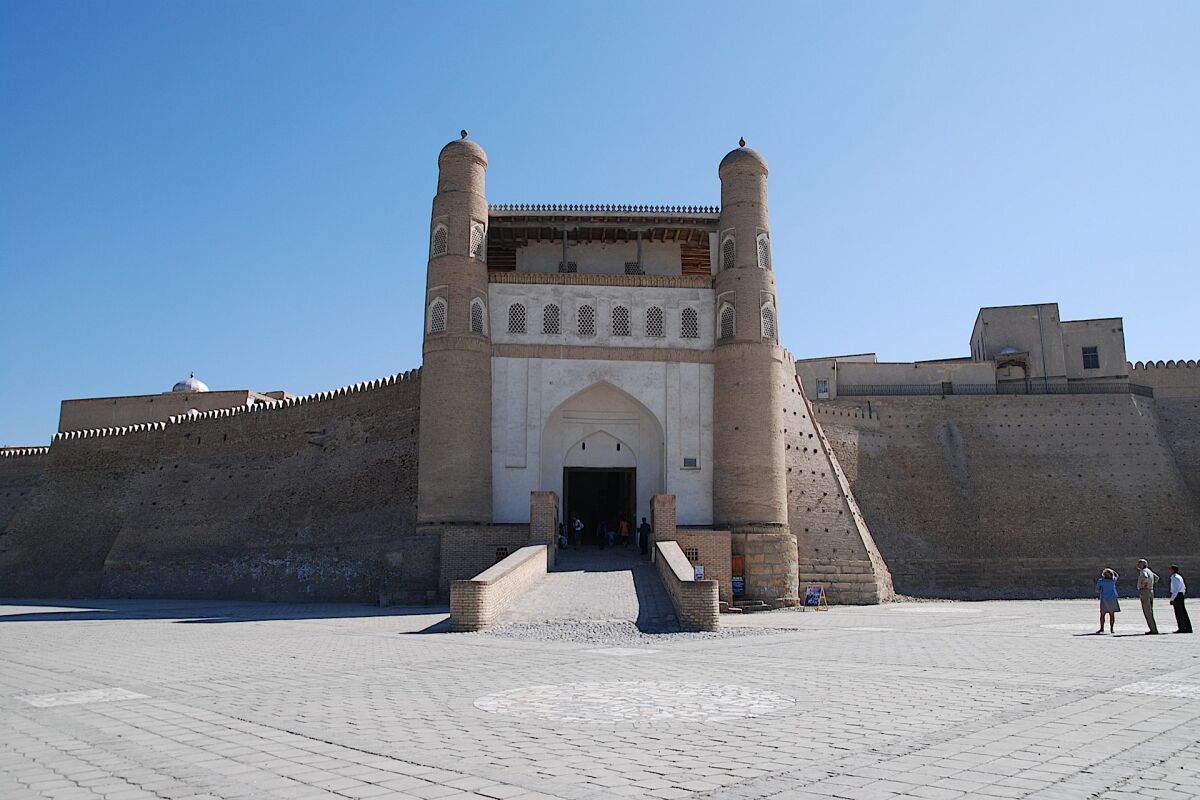
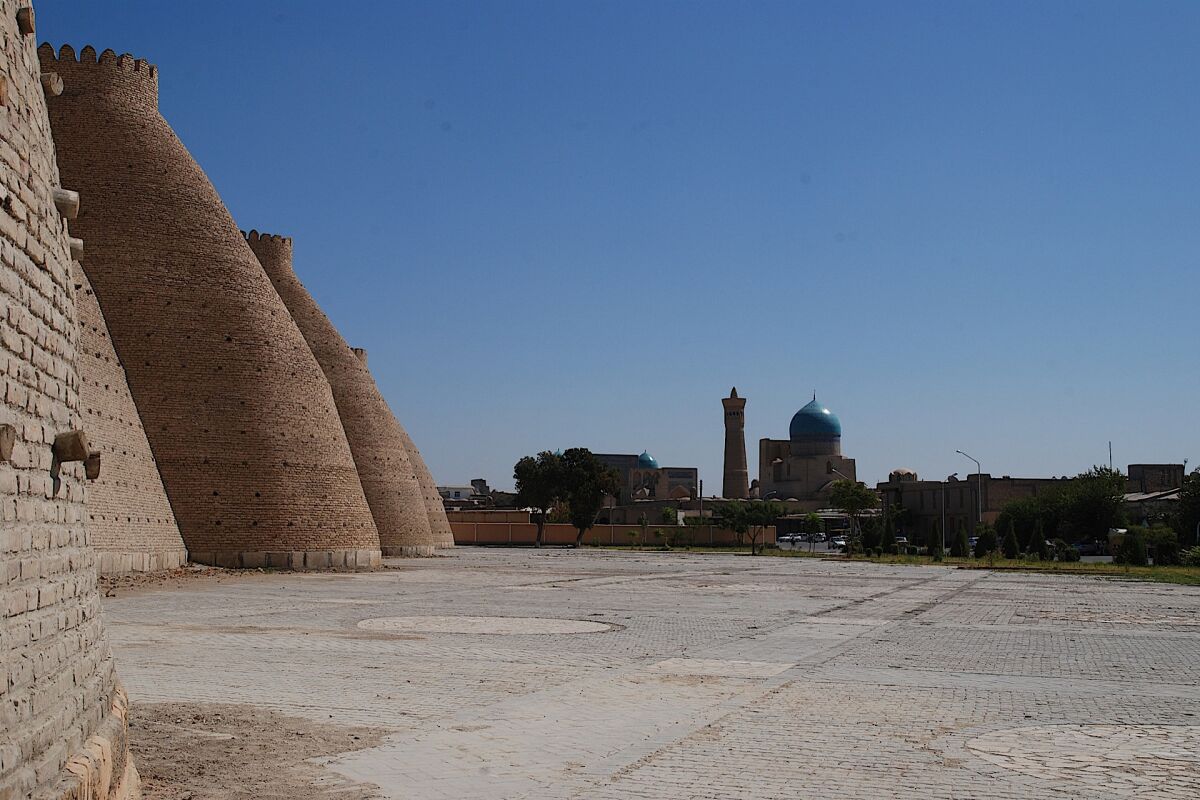 Extensive restoration work is currently underway to preserve this monumental building for future generations. In particular, the walls on the Registan Square side and numerous interior rooms have already been carefully restored. These measures ensure that Ark Citadel remains an important cultural heritage site and continues to captivate visitors from all over the world.
Extensive restoration work is currently underway to preserve this monumental building for future generations. In particular, the walls on the Registan Square side and numerous interior rooms have already been carefully restored. These measures ensure that Ark Citadel remains an important cultural heritage site and continues to captivate visitors from all over the world.